https://www.are.na/benjamin-jepsky/the-critical-structure-deterritorializationand-collective-self-resilience
THE CRITICAL STRUCTURE
Deterritorialization and Collective SelfResilience
Benjamin Jepsky
https://www.are.na/benjamin-jepsky/the-critical-structure-deterritorializationand-collective-self-resilience
Deterritorialization and Collective SelfResilience
Benjamin JepskyJaneAlison, from Meander, Spiral, Explode: Design and Pattern in Narrative (2019)
[…]And Joseph Frank launched much of this discussion with “The Idea of Spatial Form,” where he describes a kind of fiction in which juxtaposition or association replaces temporal order, sense not arising from linearity but from puzzle-like compositions or networks. "I was looking for ways to create forward motion in narrative that didn’t rely on the linear arc when I happened upon W.G. Sebald, twenty years ago. InThe Emigrants, he seemed to work with patterns that yielded connections and meaning, rather than anything linear. Since then, I’ve sought powerful narratives with structures other than an arc, structures that create an inner sensation of traveling toward something and leave a sense of shape behind—not just slice-of-life."

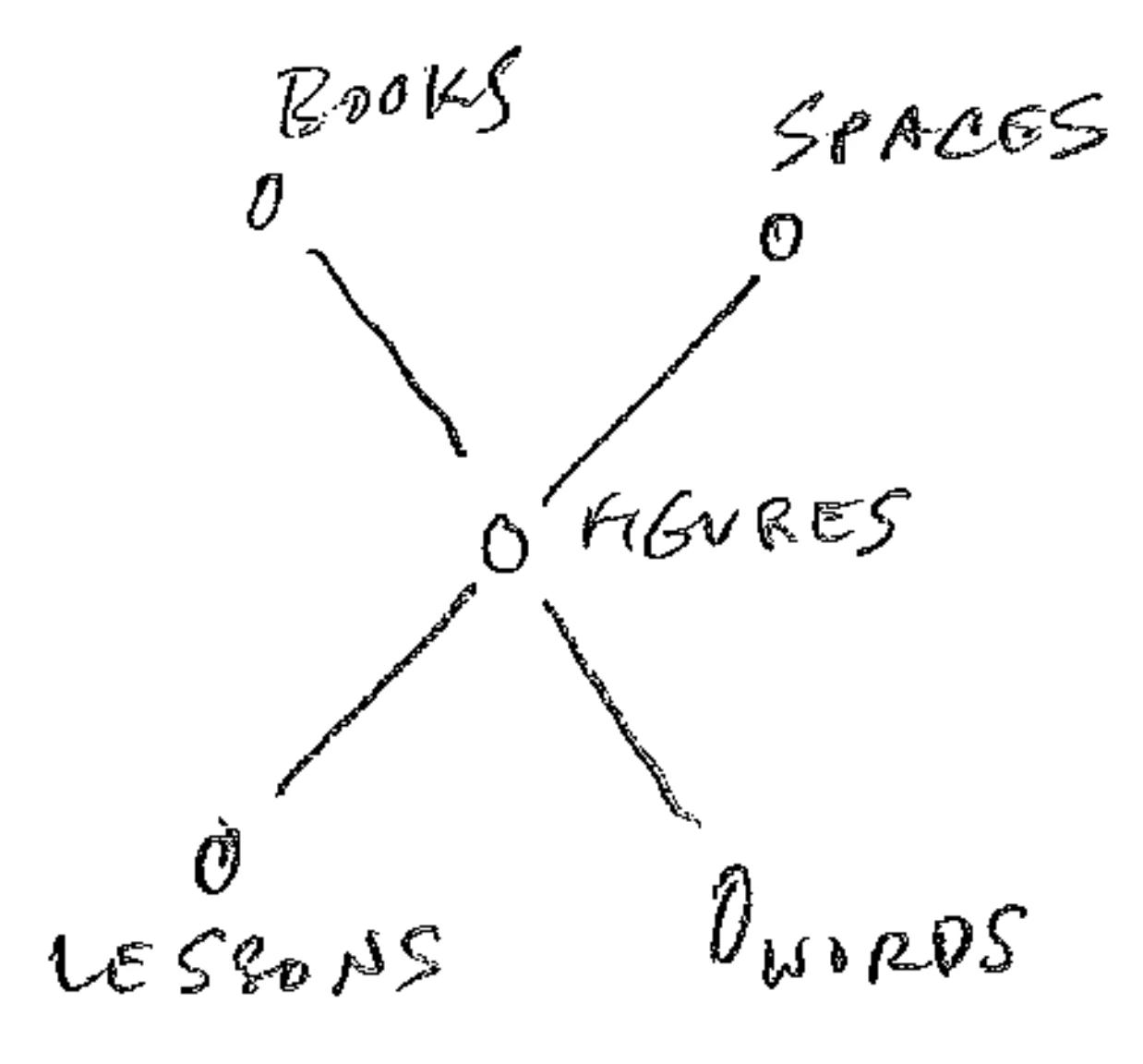
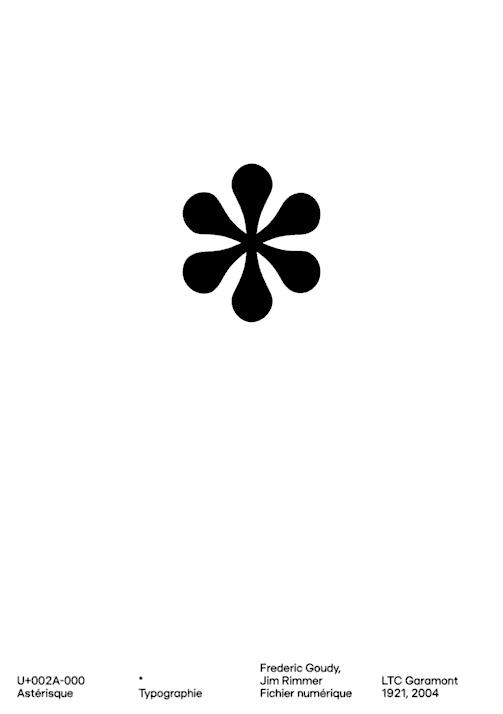

It is the World itself, or rather its beginning, as Klee used to say. "a site of cosmogenesis " "a nondimensional point" "between dimensions "An event that would await an event?


 ChristopherAlexander (2002)
ChristopherAlexander (2002)

John Venn’s diagram of a
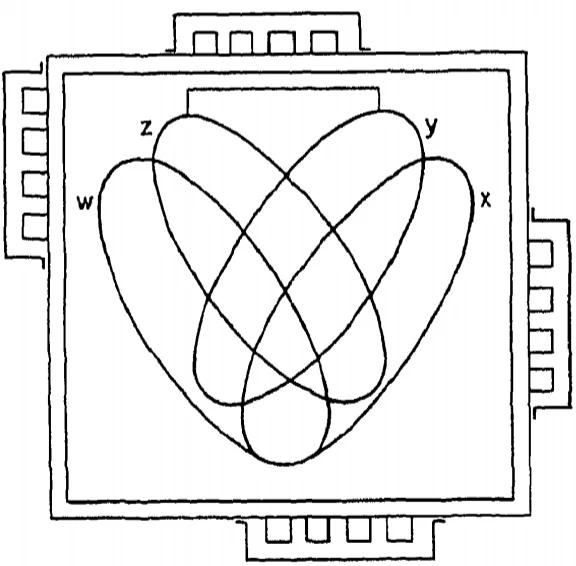 Martin Gardner (1958)
Martin Gardner (1958)
 by Sigfried Gideon (1948)
by Sigfried Gideon (1948)
The pool of diagrammatic images and symbols is a permanent part of our daily perception. […]This process always happens through the establishing of relations and through drawing connections: the structures of the semantic relationships embodied in the anatomical organization of our brains allows us to interact with others through language and behavior. Since drawing can mediate between perception and reflection, it plays a constitutive role in the production and communication of knowledge.
Sofía Clausse on Instagram: “writing as magic ↔ magic as writing S SPSPE SPELSPELL SPELLI SPELLIN

120 Likes, 9 Comments - Sofía Clausse (@sofiaclausse) on Instagram: “writing as magic ↔ magic as writing S SPSPE SPEL SPELLSPELLI SPELLIN SPELLING…”
Source: Sofía Clausse on Instagram: “writing as magic ↔ magic as writing S SPSPE SPELSPELLSPELLI SPELLIN SPELL...
“Any fact becomes important when it’s connected to another.”

Dear Friends, please initialize your Hypothes.isAPI now to access the annotations database for this book.
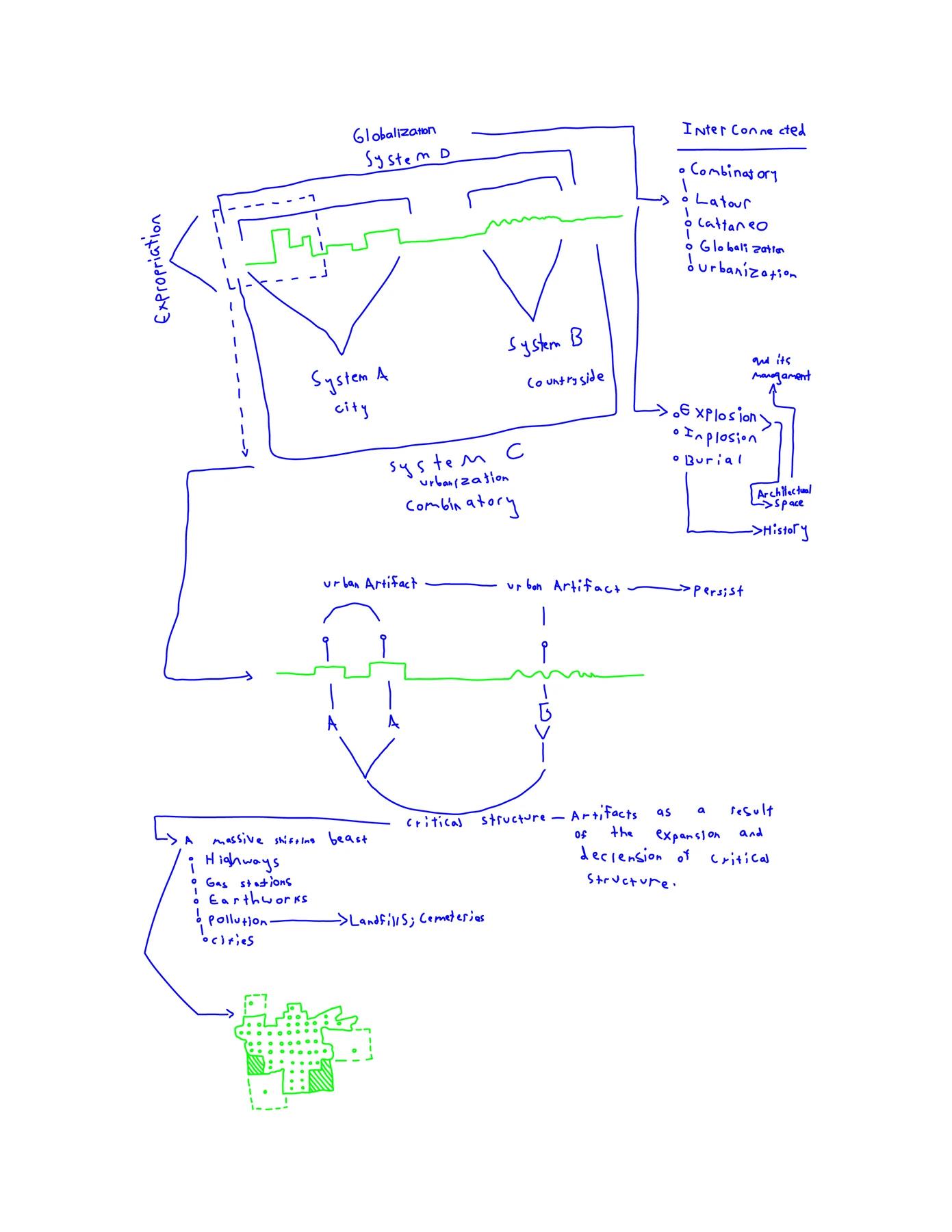
The Critical Structure Deterritorialization and Collective SelfResilience Fig 1
Critical structure: the extents of urbanization; a combinatory terrain; the systematic pathing and circumscription which forms the underlying structure of a staged society. The Critical Structure must be surveyed in two ways: in emergent properties coming from the interaction between parts, demanding a bottom-up approach; and a analytical top-down approach to the studying of complex entities. Analysis, hand-in-hand with synthesis.
This book is about the construction of a combinatory urban theory, which is examining various dynamical systems and the urban conditions embedded within them to understand how they remain distinct within an overarching system of capital. It is my belief that we can read these places, including their
histories and how people and urban culture have interacted or been repelled by them, to move toward a type of collective self-resilience through placemaking.To that end, I am very interested in the work undertaken by Jane Jacobs in her advocation for a bottom-up, community-centered approach to urban planning and at the same timeAldo Rossi for his analysis of UrbanArtifacts.Although in both regards, I am interested in not just the city but positioning my work as a larger schema to evaluate the built environment through UrbanArtifacts I have found which are not in the city, but embedded in the greater urban structure, which I am calling the Critical Structure. In effect, this book concerns the constructing of a theory of urbanization, to understand and perhaps resolve the tension between being a place within a local and global paradigm – or in part, reregistering Jacobs and Rossi as a model for the now expanded
This book is my thesis, meaning aside from placing a specific built intervention within an argument, which is a common practice in architectural education, I am instead presenting this theory with certain physical elements to elucidate my claims. While I do believe it is important to challenge precise issues, I think that when discussing any massively scaled system, it is impossible to precisely point to it. We can only ever use intermediaries. Maps and satellite imagery when discussing the planetary or numerical data and graphic vectors for variable supply chains. Once we admit that we cannot understand the entirety of our impact on the built environment and recognize that our models are insufficient and outdated in respect to modern discussions on both globalization and urbanization, perhaps we can shift our frame of reference, and construct a more comprehensive methodology for
JEPSKY2023
CANIGGIA/ MAFFEI 1979
AMorphologicalApproach to Cities andTheir Regions Fig 84
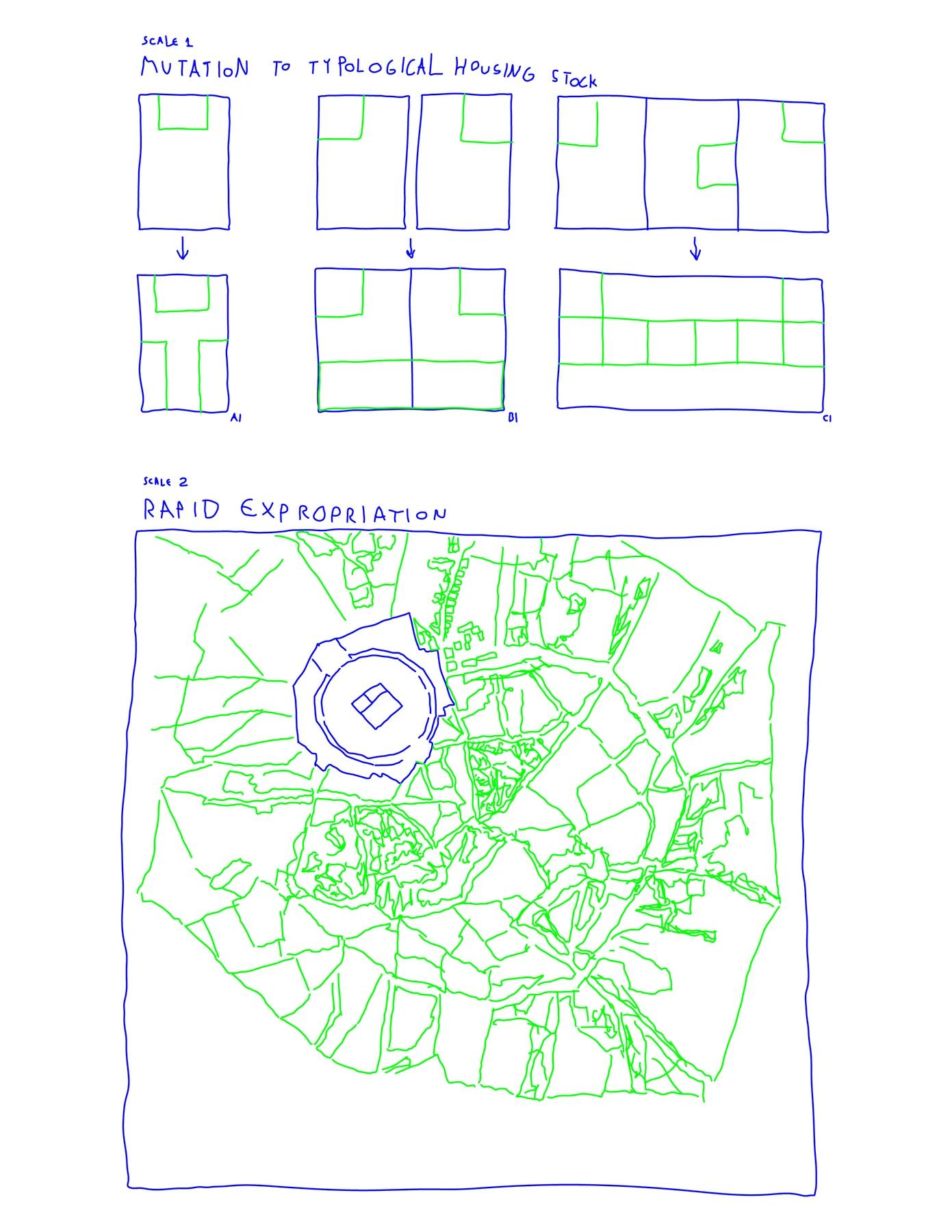
ROSSI 1984
TheArchitecture of the City
Fig 87
determining the material construction of society, physically and culturally.To properly construct a comprehensive theory on urbanization we must concern ourselves with geography, urban topography, architecture, engineering; to a certain extent: economics, anthropology, historiography, and several other disciplines. It is my belief that the study of these problems in their totality, with all their implications, returns urban science to the larger complex of human sciences; but it is such a framework that urban science retains its own autonomy.The problem at hand is far from easy, but it is not impossible. In the following paragraphs I will attempt to form analyses along these lines, at times being very specific, or very general when necessary, to construct this argument on the
nature of the Critical Structure. It is my belief that such complex entities can only be
surveyed in this way. Dualistically, in emergent properties coming from the interaction between parts, demanding a bottom-up approach; and an analytical top-down approach.Analysis, hand-inhand with synthesis. Thus, we can address such fundamental questions as the relationship of the city and its region, within a more local and then global scope, which I believe has been undertaken only in generalizations and has not yet been the object of serious systematic work in the domain of the urban sciences, which I mean to expand.To be more specific, discussions on the concept of planetary urbanization, or the construction of the ecumenopolis and its extents seemingly have urban theorists running in circles. They are unsure, or at least have a variable understanding of urbanization as a ground, and to an even larger extent, as a cultural condition. Discussion have ranged from isolation of the city as an object of study on one
end of the spectrum, all the way to the eschewing of all categories that make a distinction between “urban” and “rural”, along with all those that describe any kind of circumscribed location (the “city”, the metropolis, the megalopolis, the edge city, etc.) – in short, to replace the discrete with the continuous, the place with the process, and the stagnant with the dynamic, in the case of Neil Brenner. What is natural, what is artificial? Is the city an object or is the city a region? Does the countryside exist anymore? Did it ever? Does the city exist anymore? Did it ever?These are the circles that urban scientist’s thoughts describe in the sand, only to be blown away. In my opinion, it is necessary to realize the development of the built environment is a combination of complex systems, materials, and histories, dialectically juxtaposed rather than a singular combinatory function. It is the difference between linear mathematics for the description of
behaviors for a set, or chaos theory, which focuses on underlying dynamical systems which when combined form highly sensitive models that incorporate unpredictably and complexity. Its main functions are nonlinear interdependence; hidden determinism and order; and sensitivity to initial conditions, which are highly relevant in almost all real systems and the associated processes (like discussing weather or economic patterns). In part then, our work is in understanding the unique factors within each dynamical system, and how they interact with one another in turn. In doing so, we can recognize that although systems of capital engage with consistent mechanisms and that the work of these pervasive apparatuses might even be to collapse these different places into a single definition at the global scale; it is still the case that these unique places with their own exceptional systems are actively fighting against these greater,
bigger, systems. In opposition to Brenner, we need to remember that both the capital systems, but also the structures to sustain communities and reject capital are built in too, which is why these systems have not collapsed together in totality. In effect, there are other factors beyond the influence of capital that differentiate cities, regions, places. In understanding the relationships between the placelessness engendered by capital, as well as place engendered by people who live in those places, (which are opposing forces constantly in conflict) we can discover effective strategies to protect the unique qualities of places and counter the homogenizing effects of capitalism.
I am indebted, then, to certain theorist Gianfranco Caniggia and his scholarship on combinatory architectural system which expand the definition of the built environment or later on Jane Jacobs and her work in exploring the best use
of these models to accommodate the needs and desires of residents; and Architects –Aldo Rossi whose critique of urban science has constructed a foundation from which we can analyze our cities and environment. Why Urban Artifacts, and whyAldo Rossi? Rossi wroteArchitecture of the City in 1966, is it even still applicable? What does an UrbanArtifact have to do with modern theories of globalization? In my view, writing in response to modernism and modernization characterized by increased globalization as a result of expansion and transcontinental synchronization, as well as an explosion in human population and amplified energy and material use and dissemination, Rossi stood at the juncture between the problem of the local and global. Continuously, if we consider Henri Lefebvre's concept of the "Dissolving City" as a global phenomenon, which has led to severe social and environmental consequences
including the loss of temporality, then revisiting Rossi's ideas becomes essential. Lefebvre was worried that the long-entrenched link between the citizen (citoyen) and the city dweller (citadin) had been severed.That if the right to the city involves agency over the urban process—that is, the consolidation and exercise of collective capacities to reshape socio-spatial organization, then we have entered into a situation in which the knowledge of this urban process, the formation of the city, as a managerial praxis, has gradually shrunk to become a kind of gospel for technocrats. Where Lefebvre asks, “is the right to the city still tenable when the urban condition is planetary and the geographies of the political are being so radically rearranged?” I believe the agency, the right that he is referring to still exists in the history of places – that understanding and having control over our history means we can have agency over how the contemporary urban
schema continues to form, or as Marcel Poète has suggested, “it is knowledge of the past that constitutes the terms of the present and the measure of the future.” Furthermore, this history is becoming more amorphous as it is being destroyed and rewritten by this very urban process. While these conditions are seemingly not architectural, as they deeply concern the political, it is just because of this that urban science remains the principal study areabecause it considers by what means the collective organizes itself within the political ecology that we all belong to and in turn, asks how this organization has become physicalized.
I turn to Rossi because he also asked what the life of collective was, and how it materialized physically. In suggesting that the city is made of architecture, rather than an object in itself, Rossi recognizes that the city is a constructed environment - for this reason it can be
studied, and that furthermore, as a designed thing, shouldn’t be taken for granted. In the morphology of the city, a collective artifact, Rossi could read strata and territories, movements and deterritorialization - phenomena of relative slowness and viscosity, or, on the contrary, of acceleration and rupture. In other words, the flow of the history of a place – including what persisted or deteriorated in that place. He practiced as an architect until the early 1960s where he began his lifelong career as a teacher, working for a time at the Polytechnic of Milan and the Istituto Universitario diArchitettura in Venice before finally publishingTheArchitecture of the City. Presented as a theory of UrbanArtifacts,TheArchitecture of the City stems from the identification of the city itself as an artifact - something that has been made - and from its division into individual buildings, dwelling areas, infrastructures, earthworks. While the division of the city along these lines had
been proposed many times, it had never been placed in this particular context but I believe that this point of view, this analytical methodology of describing the city via individual parts, through their relationships, and histories, rather than perhaps principally thorough districts and zones, addresses the most significant aspect of the city, and furthermore the built environment as a whole – that the collective has created the environment in which it lives (and that this is truly what should be surveyed). It is my belief that Rossi anticipated the role of his work in a discussion of the built environment as a whole.Although he purposely delimited the field of urban science to the specific frame of reference as the city, he also included work from such theorist including Carlo Cattaneo who is exemplative for his recognition of the lack of formal distinction between the city and countryside and rather casts all inhabited spaces as the work of human
hands. Cattaneo suggests: “…every region is distinguished from the wilderness in this respect, that it is an immense repository of labor…the land is thus not a work of nature; it is the work of our hands, our artificial homeland.”
‘The city and region, field and forest become human works because they are an immense repository of the labor of our hands.’I find this to be one of the more illuminative references in the work; not so much as to the nature of the UrbanArtifact, which I mean to discuss further, but as a call for the expansion of urban science as a comprehensive field reaching out of the city towards urban culture as a whole. If we can discuss highly complex environments like cities with Rossi’s toolkit as a guide, then why not even greater?This is one of the many reasons that the analytical methodologies that Rossi developed will help us to describe the built environment, because it was already developed with this in mind. Equally,
Rossi starts very small and narrow, pointing to specific examples, rather than large and general ones as is the case for much urban scholarship which creates theories that are as artificial as they are useless. It is my opinion as well, that much recent scholarship on the ecumenopolis or the concept of the planetwide city, through its use of Ekistics, is indeed indebted to the Morphological school; asAldo Rossi or theorist like Gianfranco Caniggia whose comprehensive hypothesis is also that the internal organization of the built environment is the result of its process of formation. In other words, that the structuring of a territory proceeds gradually, with successive additions of new elements; meaning not only the city but the physical landscape serves as a type of artifact; not only bearing witness to the history of human activity and the destructive power of time but retaining traces that we can interpret to discuss our own history. Over time, our
interventions accumulate and shape the physical and cultural landscape of our world which is where I believe the ecumenopolis becomes a useful metaphor talking about the built environment as a whole.
It is my opinion that it is integral that urban science has a way of discussing the massively scaled, and complex systems that are embedded in our now global culture. We need to adopt large scale thinking in understanding the formation of our society.That is to say, while the ecumenopolis translates to planetwide city, I believe that in 1967 Greek city planner Constantinos Apostolou Doxiadis was more so pointing to the idea that in the future, urban areas and regions would eventually fuse to a single continuous worldwide city as a progression from the current urbanization, population growth, transport, and human networks.To me, this does not suggest a world entirely composed of skyscrapers and
massive-scale building projects, but rather an urban region, that is no longer a city, and is not strictly the countryside; a group of metropolitan areas which are perceived as a continuous urban region through common systems of transport, economy, resources, and ecology – not just buildings.The Megaregion. In reality, this is the morphology of the “Dissolved City” that I believe Lefebvre is referring to, and it is, in part, the theory that Jean Gottman has provided us with.Although, regulatory documents have not arrived at a single definition of what the Megaregion specifically corresponds to, in part, because of the perceived difficulty in aligning crossjurisdictional regulations. In spite of this, the very nature of the concept does
Megaregion
produce a need, and partially describe the structure for greater cooperative jurisdictional borders, including the coordination of policies, to address specific challenges experienced at the Megaregion scale.The
concept is an important aspect of the four managerial systems that I believe are the functional devices of the Critical Structure which I will describe later, but it is worth at least pointing out now that the current definition of the Megaregion has certain pitfalls that we should note. The first is that Jean Gottman’s Megaregion creates an economic rather than material geography which relies on the methodologies of the Regional PlanningAssociation to interpret certain markers based on population density. In my opinion this fails to recognize one of the most important implications of the Megaregion concept: that there are connections between large systems across regions that are not just economic, but material; in environmental systems and topography, settlement and land use patterns, infrastructures, culture and history. In other words, an urbanized territory has a relationship that is not just city to city, but also city to region, which is a relationship that is not
new but in fact the basis of modern civilization.This is very important; in part, to recognize that the RPAdoes not currently have a distinct marker to describe the connectedness of city and region, and principally, that the life of the collective is in the built environment that it has made for itself – that the city is a man-made object, but so is the landscape.The landscape that we have constructed is a record of events, and time, an artifact, as a facet of the built environment.Timothy Morton has discussed this concept in a very interesting manner. ‘Taking Nature out of the question also means leaving behind the old-fashioned distinction between natural and artificial.There is another word that we use all the time to refer to artificiality and that is “synthetic”…. he used the literal sense of the Greek word synthesis, meaning a combination of things and processes to make new things and processes.’I believe this is key to understanding the built
environment in its totality, as a synthetic environment that is the combination of the constructed landscape and its relationship to the city.The landscape being a synthetic environment means that as a designed thing, it contains our history too, and that this history remains legible in traces. When the Megaregion can be used as a description of just the city, it cannot help to describe the built environment in its totality; it is far more useful as a tool to describe what is in the city and what is not in the city.The UrbanArtifacts which are in the city, and the UrbanArtifacts which are not in the city.The facets that facilitate the management and production of this reality and what materially and culturally defines an integrated Megaregion: highways, mines, towns, gas stations, farms, to name a few examples– is what I have begun to call the Critical Structure, because it is the ground from which our society has formed its structure.This incorporates a definition
of the Megaregion that considers critical parts of our urban culture which are not contained in the city-to-city relationship, but are integral, nonetheless. I have since expanded this definition to form a more significant and efficacious relationship between the scalar relationships between places, but the principal intention remains the same. The Megaregion is integrated, and yet individual parts keep their individuality and can be discussed in isolation, returning us to Rossi’s and Caniggia’s combinatory theory, as well as Doxiadis’ use of Ekistics. Which is an inter-scalar categorization system as: theAnthropos (1), Room (2), Neighborhood (1500), small metropolis (500,000), with various intermediate categorizations, to ecumenopolis (50 billion). It should however be noted that - one: as we have already seen, principally discussing an environment through density does little to describe much about the system or our ecological effect
on the territory which was in existence long before it was settled by human beings.And - two: a dilemma that was never rectified in Caniggia’s work is the simple idea that large-scale phenomena are not merely a consequence under proportions in arrangement at a lower level, nor can the relation between the two be understood through the simple principle of cause-and-effect.As Rossi suggested, a city might be made of architecture, but they remain two separate systems, in relationship, but not precisely as a result of the other. So, my contribution to the argument of either considering the city as an entity or eschewing all permanent systems in favor of globalization is that urban scientists instead need to think of the problem dualistically, in emergent properties coming from the interaction between parts, demanding a bottom-up approach; and an analytical top-down approach. I have outlined four integral elements of the Critical Structure which I
mean to specifically analyze in the coming paragraphs. Principally the four systems of the Critical Structure are the city and the region; then the megaregion (or urbanization and urbanized territory) as a greater system, and finally, systems of globalization as the largest synchronous structure or meta-structure of contemporary society.As I suggested earlier, if only as a metaphor, it is necessary to call on chaos theory for non-linear systems, rather than linear mathematics.The megaregion is not a direct result of the city or region – and furthermore globalization is not the result of continuous megaregions –these are all integral systems, in relation, and not merely as the result of the other.As a related example, we can say that in the
formation of a city, that because there is a marked economic structure to urban growth and the founding of settlements falls on certain logical or ritualistic principles, one can detect certain regularities in the
combination and transformation of artifacts over time seen in evidence: traces like grazing paths, places were rivers were crossed or trade was conducted, sacred sites, manipulation of the water supply, military defense, subsistence agriculture and temporary dwellings. But we must also admit, that from the top-view, the structuring of the territory is not a single act, there is no single center or agent, and that the process of formation whether architectural, urban, or territorial, occurs through a dynamic imperative of recombination over time.
Which is in fact the most important aspect of Rossi’s understanding of the UrbanArtifact, and why I am certain it will be of great use to us. Without going into too much detail yet on how he defines the UrbanArtifact, the fact that they persist through time in our culture is what initiated theTheory of Permanence which composed a new mode of urban science which demanded
that time was a necessary element in the formal study of places.This was very important as when we speak of the structuring of the territory, we are actually talking about the way a place changes over time in relation to population and economic growth or decline – to name a few factors of development.These are natural behaviors of dynamical systems which are related morphologically to devices of urbanization. In this regard, I am very interested in Caniggia’s studies into models of urban growth which I believe are an essential tool to describe these behaviors. Caniggia tells us that over the course of time, changes in settlement structure may result in absolute discontinuity on one extreme, or an absolute continuity on the other. The first case would apply if, once the forms have attained a certain state of organization, they tolerate no further alteration.Thus, in order to adapt the settlement to new conditions, the only
alternative would be to resort to tabula rasa, removing the existing structures and replacing them as a whole with new ones.This assumes in all the total inertia of the existing forms, such that they become impregnable to particular changes within them.The opposite pole assumes a state of complete flexibility. The tiniest new requirement would have immediate repercussions for the totality of a system of forms. Nothing would ever remain stable, and change would be continuous. Synchronic coherence in the system would be complete and continuous. Neither of these extremes corresponds to reality but each of them describes a phenomenon of reality.The evolution of a complex system like a city or a landscape will experience destruction and demolition, expropriation, and rapid changes in use and as a result of speculation and obsolescence, and what is left, what persists in our culture, is an Urban Artifact. If our work is in understanding
the unique factors within each dynamical system, and how they interact with one another, then this theory is helpful to us in being able to define and pick out artifacts in question – a building, it can be a street, a highway, a mine, nuclear bomb sites, pollution – in the urban schema at large, that have been embedded in the landscape. Their permanency can help us to describe aspects of our culture and history because they have persisted against the wave of speculation and urban growth.Additionally, their very character, including their histories - how they have persisted - and how people and urban culture have interacted or been repelled by them contains important instructive models to better understand placemaking. Perhaps, and most important of all, we must recognize that these places can only be considered UrbanArtifacts because they have persisted. In this regard, the
relationship of destroyed artifacts, and our knowledge of them, is as integral to our understanding of place as those that have persisted.This means that describing the built environment via persistent artifacts is not enough to construct a full picture of place, especially when we are discussing the memory and events of individual people, tied to places which are not monuments – in general buildings, streets, etc.
(Rossi does mention this funnily enough, “destruction and demolition, expropriation and rapid changes in use and as a result of speculation and obsolescence, are the most recognizable signs of the urban dynamic. But beyond all else, the images suggest the interrupted destiny of the individual, of his often sad and difficult participation in the destiny of the collective.”) Essentially then, how I want to engage with the UrbanArtifact is by describing them as places that have retained their history over time.Again,
and perhaps where I do disagree with Rossi, is that in my view, this does not give them more importance or make them somehow emblematic of the city or built environment at large – my definition only means to suggest that they have persisted against speculation and retained – to some degree– the history of a time, of a specific collective, against prevailing mechanisms of urbanization. In the same way, I believe that the model for collective self-resilience looks different from place to place, but if the systems of capital have a certain consistency across places, then there is meaning in understanding a more general paradigm along with generating specific interventions, which are surely necessary. Effectively, that artifacts have persisted has meaning in the unique mechanism by which they have done so, and the fact that they have persisted is a good thing. Where temporality doesn’t exist, places can be more easily expropriated and destroyed by
speculative forces of the market. Additionally, a public artifact that shows different cultures and strategies – the way individual cultures have physicalized their own history – is a consistent reminder that we are in a collective culture, with a multifaceted, non-linear, and massively distributed history.As such, while we can engage with these persistent artifacts to look at different strata of our history that has been lost, then I believe it remains a very effective method for us.And once again, while these artifacts are not necessarily emblematic of the history of a people, or perhaps even directly translatable – there is a parallel between the unique places that people inhabit, with their own exceptional systems, which are actively fighting against these greater, systems of homogenization and speculation at play. In understanding this parallel we can draw a more direct link between the unique qualities of people and place while also drawing out
those factors beyond the influence of capital that differentiate cities, regions, places.Trying to understand relationships is the very reason I have turned to the Critical Structure concept, to understand the scalar interactions between the local and the global. This book is divided into four parts, in relation to the four aspects of the Critical Structure: in the first section I will consider problems of descriptions of the urban and turn to some of the primary models necessary to build from the region to the city; in the second, we will concern ourselves with the formation of the city alongside translations of the ordering elements of the region; in the third, we will return to the concept of the Megaregion as the scale that urbanized territory and what this might suggest about the contemporary city, as well as basic questions of urban dynamics and the problem of politics as choice; and in the fourth, we will compare the locus of the local and how it is imprinted with a
persistent urban history, against the loss of temporal specificity engendered by an expansive global paradigm. Or in other words, the history of the landscape before the formation of the city, the formation of the city, after the formation of the city, and then bridging these conditions while looking toward an urban paradigm in relation to the concept of collective self-resilience.The first three conditions, and their influence on one another, compose the lineage of the urbanized territory and bring us closer to understanding the contemporary urban condition. I will primarily focus on relating Rossi’s Urban Artifact to other theorists and writers that I acknowledge in the first part of this book and as we move towards the political, Jane Jacobs among others will be very useful for a full discussion. With this layout in mind, I believe that the urban theoretical scheme presented in this book can give rise to many kinds of development, and that these
developments can in turn take unexpected emphases and directions. For I am convinced that progress concerning knowledge of the city, and the built environment as a whole, can be real and effective only if we do not try to reduce it to any one of its partial aspects, thereby losing sight of its broader significance.This is the real strength of the scalar implementation of the Critical Structure concept as it applies to the built environment as whole. My outline for the establishment of an urban theory should be evaluated within this framework. It is the result of long research and is intended to initiate a discourse on its own development and research rather than simply to act as a confirmation of results.And while the architectural clearly represents only one aspect of a more complex reality - of a larger structure; it at the same time constitutes a strong vehicle to consider urban growth when urbanization is defined as the apparatus of governance
defined by integration, subdivision, enclosure, and abstraction.And this is, at least, the very general idea that we will set out with – that the way land is subdivided, mapped, and distributedmanaged - represents an integral tool for how urbanization functions as a device. For now, we will also say that this entails an understanding that urbanization does not present itself as an outcome but rather as the drive of urban governance.The way people and places are managed.The outcome, in turn, will take us some time to truly unravel, but I hope that by the end of this book, the outcome of urbanization, and the implications will have been made clear in the Critical Structure itself. And that in turn, a wider, more expansive conversation can be initiated. While this remains the overall intentionality of this book – to understand the devices of urbanization, alongside its goals, and physicalizations – and then to formulate
counternarratives, I would first like to speak about it more generally here in relation to the efficacy of models. What is total urbanization? Where does it happen?As a phenomenon, what form does it embody and how has it represented itself as a deeply rooted sociological drive? Urbanization is a general term we can use to define complex aspects of a multifaceted reality. I believe its precise definition - its drives, devices – has only been discussed either in generality or in isolation. Or worse, from the perspective of many different fields in seclusion or remoteness, with specialized definitions yet all suggesting similar meaning.To this, Rossi reminds us that what is called interdisciplinary is nothing other than a problem of specialization into a field of knowledge. For this reason, I have turned to the concept of the Critical Structure which entails a full integration of all the places and scales that urbanization occurs. Or along with the
city, as Pierre Vidal de la Blache wrote, "the heath, the woods, the cultivated fields, the uncultivated zones, are related in an inseparable whole, the memory of which man carries with him." This inseparable whole constitutes the entire plane-scape of the built environment which in turn has been so suffused with the actual instrumentality of urbanization that it appears to be almost natural. Or as we will discuss, while today, the word urban is used to address something ‘related to the city’ as distinct from rural areas, Ildefons Cerda first coined the term urbanism at the moment that a new kind of design was necessary. In which the focus was no longer just the city form but the whole functioning of the inhabited territory as a large-scale infrastructural project. In effect, urbanization is a force. It is the expansion of architectural space, its management, and eschewing of permanent history in a society in favor of economic optimization.Against this, we
have the UrbanArtifact which will persist anyway, and is defined by this persistence. In the contemporary scheme, their permanence allows us to describe our own history against the sea of urbanization, which devours and destroys the history of a place.Thus, it is integral to understand these mechanisms, both techniques and technical applications, by which urbanization has been carried out as a process in various places and at different scales to understand the how the built environment changes over time. Understanding how places and systems change or are made to change both will help to show how Urban Artifacts emerge in and outside of the city, as well as how these places respond to the processes of the urban dynamic. In turn, finding the mechanisms which form permanency in places will suggest how a place can exist within each aspect of the Critical Structure at the same time – as a
regional artifact, but within a globally scaled paradigm, etc.This will help us to move towards collective self-resilience by understanding how a place can be resolutely itself, with a relationship to the locality own its own system, but while still having relationships to larger urban structures which work to develop these places away from their own history. There are many places from which one could begin to chart the advent of the urban process but overall, my intention is neither to search for an origin point and take up a universalizing or diffusionist argument, or even to trace a possible genealogy.Although there are many texts that would be illuminative if this were the case, including Reuben S. Rose-Redwood, Genealogies of the Grid: Revisiting Stanislawski’s Search for the Origin of the Grid-PatternTown; Kent Flannery, Early Farmers:The View fromArchaeology and Science (2004); even James E. Vance’sThe Continuing City and many more. Instead, I am more
interested in a comparative study of different scales of the places where urbanization has occurred, as a series of techniques and technical applications. Partially because different places have unique characteristics by which they were able to urbanize and also many places went through these processes at different times and even at the same time – meaning genealogy can only help us to describe how these techniques have been disseminated across cultures and space, but it tells us little of the techniques in general.Additionally, genealogy would suggest smooth temporal transitions between the elements of the Critical Structure, in a single direction; region to city, city to urbanized territory, etc – where in reality these transitions are discontinuous or sometimes even regressive.
We see this most clearly during periods of recession, violent destruction, or even abandonment leading back to periods of repair and reconstruction. For example,
in the late Empire when the cities appeared as semirutarum urbium cadavera (the cadavers of hall-ruined cities), they were not in reality dead bodies, said Cattaneo, but only in a state of shock.The relationship between the city and its region was a characteristic sign of the municipio since "the city forms an indivisible body with its region". In time of war and invasions, in the most trying moments for communal liberty, the unity between the region and the city was an extraordinary force; at times: the region regenerated the destroyed city. "In the roughly four centuries of domination by the Longobards and the Goths, barbarism grew... cities were not valued except as fortresses...The barbarians were extinguished along with the cities to which they had laid waste…”Through this
process, aspects of both the city and region are disregarded, destroyed, retaken, and manipulated in which recombination over time makes them
whole again, but with pieces and modalities of each other now shifted and embedded. I have spoken on this already but as an additional example, we can image a scenario in which a city that is reconstructed in the 12th century on the site of urban remains dating from far earlier (Roman era), and in which the larger part of its structures has suffered the damage of several centuries of settlement retraction.Apart from a few areas that have enjoyed a certain continuity of habitation, most of the preexisting city is no longer available in the form of reusable reconstruction and rather persists only as a substratum through foundation walls or in street patterns. During this period, places of military defense constructed during the settlement period, once isolated outside of the city’s immediate core, have survived due to its construction methods, and become integral for protection in the intervening stage before renewed extension.The city
eventually enters a period of reconstruction, but now incorporating these places of military defense which are carried forward in the renewed dynamic.As such, we can see that the dynamics of the region do not only exist at the time of regional development, etc. There are countless examples of the urban dynamics of growth and recession and its implications for the morphology of the built environment as a whole, especially examples of instrumentality embedded into the region, persisting in the city substratum.The importance, really, is that these signs, however hidden by layers of time they may be, are never totally wiped away – in superimposition, fusion, and simultaneous codification, trends can be reconstructed both for the city and region.As we move towards further discussion of the relationship between the region and city, we will discuss this at greater length. In primacy, for all of the reasons suggested, no aspect of the
Critical Structure can be looked at purely in isolation as a series of wellmarked stages where in reality, systems are interconnected and dynamically related. In Foucault’s lectures on Security,Territory, Population he attests to the relationship of these interrelated structures to a certain extent. In particular, I am interested in his admonition that they are not a series of successive elements, the appearance of the new causing the earlier ones to disappear in entirety. He’s speaking more generally on the terrain in relation to mechanisms of security (that different spaces have different rules and meanings) where he regards the working devices as a series of complex edifices, in which, the techniques themselves change and are perfected, or anyway become more complicated, but in which what above all changes is the dominant characteristic (the degree to which the city and region relationship shifts over time), or more exactly, the
As such, I believe the construction of a lineage of urbanization, purely as a genealogical exercise, which has already been attempted by many different scholars, would not help us much here; at the same time, it would be so expansive as to fill many volumes, while still never capturing every application.Additionally, most historians and theorists that I have noted typically start the conversation of the mass management of space with the history of the Roman empire. For our purposes we will start in Italy but more specifically with Florence and in relation to the Etruscans whose towns were the first indigenous congregated settlements in Italy, and the direct ancestors of the Roman city. For the reasons suggested, of scale, and effectiveness, I am primarily interested in the set of techniques which began to develop at this time to begin to get a picture of typical moves as it occurs in the region
during the settlement stage.At the same time, I will speak on the founding of the city of LosAngeles with a few intermediary examples. I am primarily comparing these two very different places for the reason of speed, in part, but also for the very reason that they are so different.As I have already suggested, if capital truly harnesses similar or consistent mechanisms for growth across vast spaces, then these two very different places should hold a degree of similarity, not in their historical formation, but in their mechanistic growth – in sharing certain morphological characteristics such as grids or other boundary and ordering systems which are emblematic of the management of space.This will at least give us a suitably narrow set of conditions by which to describe the beginning stages of urbanization, the first segment of the Critical Structure model (the region), after which I will speak more on the uniqueness of
individual conditions at this scale against larger paradigms.Again, it is not my intention to universalize the conditions of urbanization into a single theory – places have both a unique site and situation; San Fransisco, NewYork, and Montreal have different features because of their unique sites. But in terms of the situation of founding – each finds itself at an estuarine outlet of a major river system, and each was a settlement from which a great valley was tied into a larger economic schema. Coming toward the present, this pattern is not shared in the same way, where Montreal still has its initial situation in large measure, but NewYork and San Francisco are far less influenced by their founding by river. In this sense, comparing shared conditions across places can produce models by which to create a general catalogue of techniques – this is when it is pared with an understanding that these techniques can only ever be understood in full
depth when studied in relation to the place from which the techniques are located. In effect then, we are discussing the value of models, which are something to be met with caution. Different interpretations of the same events or the discovery of new sources can easily call into question the explicative value of the model.Yet, the presence of a model will doubtless have played a role in prompting the formulation of new interpretations and the search for new information. What is essential is to remember that the model constitutes the provisional response to a problem, while giving general insight into the solution that inevitably requires extensive research. Now that we have briefly discussed some general ideas of urbanization and of models, and before breaking off into individual modalities, I would like to spend some time discussing the position of urbanization, and so to a certain extent, of the transformation of earth into land, more
generally.This phenomenon is important to understanding the urbanization of the region in general, and in turn, every other level of the Critical Structure which formed from it. But for now, in preparing the landscape, so to speak, the land itself is the project and various cultures and disciplines offer diverse definitions of "land." Jurists emphasize sovereignty, while developers consider geology, infrastructure, legal order, and more in planning.This spectrum of meanings also includes geographers, architects, sociologists, historians, and others. Everyday language adds further dimensions, using "land" to symbolize nationhood, cultivation, or recreational landscapes. In some traditional civilizations, concerned not to disturb the order of the world and desirous of helping to maintain it, the land is a living body of divine nature to whom cultic homage is paid, a common given thing. Some portions of it may benefit from a special status as consecrated but this
does not mean that it necessarily transitions into a formally detached place from its unique position on earth. While some aspects of his work, in my opinion, are perhaps too dogmatic for my liking- the scholarship he partakes in and particularly the sources that Pier VittorioAureli finds, are truly wonderful.
BothAureli’sThe Nomos of the Earth: Rethinking theArchitecture of the Territory (2015) and hisAppropriation, Subdivision,Abstraction (2018) are particularly interesting for his suggestion that: the subdividing of land abstracted the relationship between man and land, and in turn man and man, into a readable and measurable form whose antithesis to nature was immediately recognizable. In this regard,Aureli, who has written extensively about the relationship of the subdivision of space in general (most interestingly (city or region scale) and its intrinsic translation to an interior phenomenon (management of the subdivided home),
points out two aspects which are very important for the relationship of land, in general, to the Critical Structure theory. One: the earth becomes land through an abstraction via measurement; two: this relationship of the utilitarian act of parsing land or developing it in generalthe management strategy of this spacehas a persistent effect later on.Although we will speak more precisely about his work shortly,André Corboz - an important architect and urban planneris very interesting in regard to both of Aureli’s points. He has the position that another way the land was abstracted was through a type of personification which led to the rise of the consecrated nation-state. In hisThe Land as Palimpsest (1976) he states, “in late antiquity a female bust crowned with towers was the symbol ofTrier or Milan. The MiddleAges, and then the Baroque era, applied other means of personification, based on the symbolic interpretation of earthly contours, finding
a character who corresponded to their shapes and thereby expressed the nature of the land so represented.This moralizing desire permitted identifying the earth to Christ (Erbstorf mappemond, 13th c.), calling Europe androgynous with Spain the head and Venice the sex (maps of Opicinus of Canistris, 14th c.) or showing the Spanish Netherlands as a lion and the Tyrol under the form of an eagle (17th c.).The loss of meaning which accompanied the advent of industrial civilization transformed these allegories into caricature, making one country in the 19th century take on the appearance of an ogre and another that of an old maid.The personification of the land was prior to the concept of the nation as an organic unit and sometimes even took its place. When such personification lost its effect, modern states invented the idea of the fatherland and, with the help of chauvinism, succeeded in making it take
hold even if at the beginning it seemed harmless.” Corboz andAureli begin to suggest some important aspects of the shift from earth to land- abstraction shifted the land to something that could be owned, and development gave permanent form to this possession.The instrumentality of these devices has had cultural, ideological, and morphological impacts which facilitated the management, optimization, and organization of space that we still experience today. In effect, the land has a history of its own, and a history that must be understood to place the urban drive within a more truthful history. We see its history still legible in traces in which it can be read in the same way as the morphology of the city – in grazing paths, land parceling, places where rivers were crossed or trade was conducted, sacred sites, manipulation of the water supply, military fortifications, places of battle, large scale refuse dumps, mines, and quarries, persistent
pollution, etc.The land, as a designed thing, means that its development is integral to conversations on the urban dynamic as a whole.
André Corboz suggests as much in his "inhabited landscape” concept. He believed that understanding the relationship between the built environment and its surrounding landscape was crucial for effective urban planning and design. Corboz's writings, including books likeTerritoire Urbain (1983) and as already mentioned The Land as Palimpsest (1976), are both extremely interesting to us -The Land as Palimpsest in particular, as it suggests that as soon as a group of people occupy land, they establish a kind of developmental or planning relation with it, and the reciprocal effects of this coexistence can be observed. In other words, the land becomes the object of construction. It is a type of artifact. It has become a form in itself through translations which are
sometimes geometric and at other times purely statistical (expanse, altitude, average temperatures, gross production, etc.), where the overall attempt is to reduce the land to the purely quantitative. It is parsed, mapped, semantisized, redesigned (developed) for production – for a more efficient grasp of what is possible, more judicious distribution of goods and services, more adequate management, innovation in institutions.All of these techniques shift the earth from a place, a subject, to an object that can be owned and developed with the origin point now as tabula rasa, rather than as an already existent place, with a unique history.The land is stripped from its earthiness, its personality and history, through optimization and translation. Consequently, the land, as a developed thing as a translation of the earth, is the project. Of course, this reading takes us away from the more typical concept of the town-country rivalry that emerged in
the 13th century and intensified with industrialization. But in my view, this rivalry, akin to defining an island solely by water, lacks depth for many reasons. The first, as I have already suggested, the land is inherently within the urban dynamic as a designed thing; second, which I will later prove – that the formation of the city represents the translation of productive landscape of the region – and so was never really distinct from it; the third, of which many have already spoken – that the explosion of the city out of its fortifications has retaken the expanse that it has come from. In this regard, the rivalry is clearly less related to what Virgil, and in the Bible before him suggested or even what the humanist and romantic contributed – (and as I have already suggested against as well) that the countryside is an untouched refuge spread out before the corrupted city. Instead, the rivalry is twofold – 1: it is the push and pull of two (for now it is
two, but as we discuss their relation to the megaregion and global systems it will become four) jurisdictional and managerial systems in exchange and conflict – and so two related but unique ways of living (Franco Farinelli notes it as such: the city grew, was enflamed, invented, fomented, created, planned, transformed, produced, exchanged, exploded, and spread; while the peasant rhythms, with their customs and their methods, persisted with the apparent permanence of long duration.”); 2: it is not really a rivalry at all whereas Bruno Latour suggests, they are distinct but intertwined as “the world we live in, and the world we live from”. Neither is corrupted, and certainly not untouched, it is simply that they are designed. These two seemingly antithetical understandings of the region are one reason that I believe the idea of the Critical Structure is necessary. It suggests that the region can both be an artifact of study in its own regard as a
translation from earth to land, but also related to other scalar aspects of the built environment at the same time. To understand the development of the region as a massively scaled infrastructure project, both in its own regard, and in relation to the translation of earth to land, lets now turn to the history of the Etruscans as I will weave in several intermediary references too. To discuss any city in Italy related to the Etruscans, in this case Florence, it is nearly impossible to not include Gianfranco Caniggia. I have already brought him up several times – and it remains a strange loss to us all that history has seemingly forgotten his contributions. It is perhaps because one of the other members of the Italian Morphological school, Saverio Muratori, is better known, but not much better himself.Andrei Gerber discussed this in his 2021 publication Saverio Muratori andAldo Rossi: near-converging vanishing points. He suggests that
although representing two different generations, they had much in common. Gerber reflects on a few entries in various design encyclopedias published in 1969. In the encyclopedia entry that mentions “morphology” and the other that mentions “type“(there is no entry for “typology”), we can see the subtle reflection of two opposing fronts.The “morphology” entry was written by Salvatore Bisogni, who, among others, worked with Vittorio Gregotti and also participated in the 1973 XVTriennale in Milan organized byAldo Rossi. In his extensive entry, he mainly references Rossi, CarloAymonino,Tafuri and Ludovico Quaroni (whose assistant he had been in Rome), but never once mentions the fundamental contribution of Muratori and his students.The entry for “tipo” (“type”) sounds very different –it was written by Gianfranco Caniggia, Muratori’s assistant, and most successful student. Here, Muratori and his work are duly referenced, while
Rossi, who exhaustively studied the type as relates to CarloArgan’s definition, is not mentioned at all. While this might be a mere anecdote, these dictionary entries reveal just how utterly lost the argument was in a formalistic turf war and how insurmountable the two fronts were – despite their many commonalities. On one side were Muratori and his students and on the other, a heterogenous group around Rossi,Aymonino,Tafuri and Portoghesi, to name just a few. In the words of the architecture historian Sylvain Malfroy,” Paradoxically, the person of Saverio Muratori continues to be unrecognized, even though we are now strangely familiar with most of the deliberations he has contributed to the Italian architectural debate since the Fifties. […]. What has happened is simply that some of his philosophical reflections and his personal contribution to the didactics of architecture have been largely exploited by the other proponents of an
architectural and urbanistic discourse of the past thirty years (up to and including their superficial reception). […]This has resulted in the peculiar treatment Muratori was afforded: ostensibly, he was being ignored, but at the same time, his intellectual legacy was being plundered.”There are various reasons why I believe this was the case, but there are two reasons in particular which are most likely. One: I have already suggested that a scalar approach to understanding the city (or ecumenopolis in the case of Doxiadis) as room, house, neighborhood, city – perhaps has some bearing as a model, but this morphological reduction ignores various cultural and ecological aspects of these places which cannot be captured purely in consideration of scale.Two: metaphors related to organicism take us away from any meaningful discussion of the built environment by suggesting that the city as an organicism has an internal or autonomous dynamic which is not the
result of people, culture, labor, history, and struggle; that these dynamics can be studied by relating it to models in nature, resulting in a purely formal exercise; blighted territory – buildings, districts, etc. can be likened to an diseased organ which necessitates surgery.These understandings of models of urbanity as related to nature were typical notions of the prior generation that Rossi and his cohort cautioned against, for good reason. Now, while Muratori used the diction of an organicist, the way that he understood the built environment was clearly not organic. In studying quite rigorously, in his case the culture and history of Venice through typological observation and championing the city as something formed through history, his interests were clearly not too far removed from Rossi’s. I think that in reality, for both Muratori and Caniggia, the real reasons for the any mention of the organic comes from a program that
is less concerned with the teaching of architecture than with a critique of the abstract norms and sectorial objectives that had become so pervasive in the practice of urban planning. For Caniggia in particular, his aim was to rebuild the practice on a foundation of what Edmund Husserl calls the "lifeworld" (German: Lebenswelt), for Ludwig Wittgenstein the "forms of life" (German: Lebensformen) and, closer to our time, John Searle "background". Caniggia does not explicitly refer to these authors, but Muratori was familiar with Husserlian phenomenology, as evidenced above all by its influence on his extremely important Civiltà e territorio (1967). In decrying the oblivion or rather repression - practiced by the modern rationalist conception of design, and insisting that the "architecture of architects" derives from "architecture without architect" (Rudofsky 1964), Caniggia endorses the diagnosis offered by Edmund Husserl in his celebrated
lecture in Vienna (1935),The Crisis of European Sciences andTranscendental Phenomenology (1976), in which he charges Descartes, Galileo and Kant with ignoring the original roots of scientific inquiry in the lifeworld.As such I am aware that placing either the scholarship of Caniggia or Muratori into a contemporary setting comes with an engagement with a charged past. Aspects of their shared theories are not of interest to me, for the reasons I have already discussed, but their contributions to the conversation of morphology, typology, and most important here, the history of Italian cities in general is for me something that should not be overlooked and in my view remains extremely rigorous. Of course, the point of this book is not to reframe the Italian Morphological School, but I believe that however you label it, and whichever side of the discourse you’re on – we are all inevitably grappling with the dynamics of
an urban imperative that we would like to make sense of. In my opinion, the school that I am referring to touched on this in a profound way and instigated a critique of urban science that was carried forward in Rossi,Tafuri, Jane Jacobs, etc.This is why they are of interest to me as it pertains to our attempt to better understand the principles of urbanization within the Critical Structure. Gianfranco Caniggia’s “AStructural Reading of Florence” was published in 1990 from a study commissioned and published in 1980 by the city of Florence.
In his study he suggests that to understand why the city of Florence developed in its particular location, we need to start at a larger scale and recall that the territory bounded by the valleys of theArno and theTiber, the Val di Chiana and theTyrrhenian coast, witnessed the development of a particular culture, known as the Villanovan.This population would later
spread over large areas of central and northern Italy but originally stemmed from the western side of the peninsula on theTyrrhenian coast. One of the cultural sects of the Villanovan known as the Etruscan developed while protected by the sea and the river valleys from the Indo-Europeans who were advancing along the ridge of theApennines.The presence of this cultural group is of particular importance to forming theories of urbanization where they can be seen as developing one of the earliest land mapping techniques by plotting along ridge-top routes. Ridge-top routes or high roads were passable year-round and required no special infrastructure, as there was neither a river to cross nor steep valley slopes to be negotiated. This being the case, it is assumed that this is one of the oldest methods of traffic because no special technical means were necessary for their construction.Additionally, these routes were very valuable in terms of defensive
positions because of their ability to adhere to the natural topography while also providing ample view of the territory to be traversed.These routes formed the major network system by which the Etruscans began to form disparate settlements. We can see how the mapping of the territory in this regard lays the groundwork for future development and settlement placement. One Etruscan ridge road turns along the watershed of the volcanic lake basins, reaches MonteAmiata, then circles the basins of the Ombrone and the Cecina, and finally ends up on the hill of Boboli. At the foot of this hill lay one of the best fords over theArno, just above the Ponte Vecchio, where the river, after narrowing, spreads out to form a marshy zone of shallow water.And the reason for crossing theArno at this point is that another ridge road begins on the other side, which leads from Bologna, along a protected route, to the port of Spina on theAdriatic coast.This is before the
river Po partially changed its course and produced a new arm that branched to the south, interrupting its previous path to the sea.This event meant the end for both the port and the city Spina, granting the role instead to Ravenna and Classe which resulted in a preference for routes through what would be Florence.As such, the future location of Florence is really indebted to a change in the watercourse and two ridge roads that meet at that junction. Caniggia suggests that it is highly probable that the trigger for urbanization in Etruria was more closely linked to the expansionist drive of the Etruscans and less dependent on the older Villanovan tribes, which were established in the core area itself.As a sort of slight rise in the marshland, the Etruscans did not immediately take to the later Florentine site because of the change in their settlement type. Once the Etruscans had settled down such that they had major properties to defend, better
protected hill settlements were preferred.This circumstance caused the center of power to be transferred to Fiesole because it was a more defensible hill. Later when the Romans would inherit this site, we see a return to the bottom of theArno valley, since the Romans, in course of continuous development of the settlement type had already acquired the ability to construct, artificial structures of defense (dams and walls) and were therefore no longer as dependent on landform for protection. Even before Caesar gave the valley settlement of later Florence the status of a municipium, a town had established itself on the plain by way of gradually relocating the hilltop settlement to the lower site. Florence was effectively a counterpart of the existing hilltop city, such that two autonomous cities continued to develop side by side.This anomaly may well be due to other factors, but only to a limited extent. One is the climate, which is fairer
in Fiesole than in Florence, located in the basin.Taking a closer look at the Florentine valley floor as it appears on a topographical map of today, West of Florence between the foothills of the Apennines and MonteAlbano, we notice a plain that was once a marsh and was later meliorated.Asystem of regular canals and land parceling (centuriation) was implemented, which served to delimit the Florentine farmland. What I earlier referred to as the Roman “inheritance”, in regard to both centuriation and the earlier remarks on the concept of Earth to land is very interesting here. In Rome, the grid pattern which it imposed physically on all its conquered lands provides an extreme example of willful configuration still visible today from Scotland to Syria, from Roumania to Portugal and from Tunisia to Germany.The square of 2400 passus (app. 710 m) constitutes the uniform basis of its system of agricultural operations in variously
oriented networks. During the sixth century BCE,Ancient Rome adopted this strategic approach to expansion, making the grid its predominant urban layout. For this, Neville Morley’s “Cities in Context: Urban Systems in Roman Italy” and O.A.W Dilke’s “The Roman Surveyors” are both very illuminative. Just like the Greek colonial planning, Rome established colonies by populating them with migrants from various regions.This can be seen in Rome's grid system which had two central axes, the cardo and decumanus, which intersected to promote a powerful centralizing logic from which to expand from before the implementation of the colony.This configuration symbolized the might of the center and was applied not only within the city walls but also to the surrounding territory, creating a system in which the terrain was systematized and integrated.This basic grid is in turn articulated in multiples and sub-multiples making it possible to
master both the largest dimensions (an entire province) as well as the smallest (1 actus, less than a quarter hectare). The state distributed this land as private property to settlers brought in from other regions to replace or integrate the native population, a process managed and financed by the army. Centuriation aimed to efficiently control the land and create a class of landowners, regardless of the size of their parcels.This division of land was meticulously surveyed, a task exclusive to the state's authorized surveyors. Only after the land was properly measured and subdivided into modules could it be assigned to individuals with clearly defined ownership.This brings up a concept that YanThomas, the famed historian of Roman Law, brings to our attention in “The Value ofThings”, the techniques of Res which played a pivotal role in this system. Res denoted the transformation of objects, places, and human relationships into tangible, tradable
entities. In the context of land ownership, Res allowed the grid system to not only enable the systematic division of land but also to abstract it into monetary value. Clearly the concept of Earth to land is extremely evident here and in addition, and what is particularly important for us, the relationship between the placement and morphology of the Etruscan land pathing to the stage of Roman Centuriation is very obvious when examining more detailed maps (for example, the old "Leopoldine" or the current cadastral maps). We notice that less uniform, but nevertheless planned grids also included numerous sections of the hill zones but were often of a smaller scale and differently oriented than the principle centuriation to encompass the whole Etruscan pathing scheme. In this sense, the mapping of the territory, which in this case is Etruscan ridge roads and early settlements, lays the groundwork for later expansion and
economic optimization of the region, before larger urban nodes have begun to agglomerate in the landscape. And Caniggia recognizes that these systems still persist today, clearly extending over the entire plain to the edge of the foothills. In his study he reconstructs the centuriation in its entirety and notes that the plain was divided along the perpendiculars that allowed for the greatest number of whole centuriae. He suggests that the centuriae contained within larger square units called saltus determined the grid of access roads, while the main routes were formed, as already mentioned, by the course of the Bongo Pinti and Via Quelfa and ViaAlfant.The last of these is still today the longest road in the rural area of Florence. What is particularly fascinating in his reconstruction is the noting of many parish churches (pievi); where apart from a few exceptions, each saltus seemed to contain a parish, which suggests that later ecclesiastical
administration of Florentine territory was based as well on the former Roman administrative system guided by Etruscan paths. By contrast, there are no parish churches in the area immediately surrounding the city, with one exception, known to be of later origin.This is a further indication that the present structure owes its existence to either the earliest settlements or their later modifications. He ends with a chiding remark to the current practice of urban science,” before our careless times with so little regard for historical memory, human settlement preserved and developed inherited structures wherever possible, always reaffirming their existence and ensuring continuity. Our reconstruction of the centuriation likewise shows the ridge roads, which Roman planning inherited from the past and connected to its system, including the Etruscan ridge roads on both sides of theArno, which still exist today.” In this sense, the instrumentality of
management is already embedded into the very landscape that the urban core forms from. PerhapsAureli’s remarks that these systems first traced on the ground become an ordering apparatus that has steered the totality of our relationships – in our constant expansion, segmentation, productization. Or perhaps these are values and imperatives that are inherent within social systems and the grid is merely one way that this is recognized and physicalized. In any case, it is clear that the land itself is the project, with its unique history – and that this history is integral to other conversations related to the urban imperative. In LosAngeles, rather than the Etruscans the stage is set by the collapsing Mexican regime that was in itself the successor to the original Spanish colonization of California. I am interested in a few important artifacts that were inscribed into the region at this time; the military communication line of the Camino Real
and the Presidio forts, as well as the system of large-scale ranching. In his “The Four Ecologies” Rayner Banham references the persistence of these managements strategies as patterns of landholding which ultimately gave the titles to every current piece of land in LosAngeles. Most of the original titles granted by the kings of Spain and by the Mexican governors were confirmed by patents granted by the US after 1848 (often a long while after) and thus embedded the area with a pattern of property lines, administrative boundaries, and placenames.This land was later acquired from the grant holders by every means in the rule book and some outside; it was subdivided, watered, put down to intensive cropping, and ultimately offered as residential plots. By 1910, the construction of the full network of the Pacific Electric Railroad had done a few things of importance in regard to the original rancho property lines. One: it codified
these boundaries through infrastructure, already constructing the map from which Greater LosAngeles exists today; (this is somewhat typical as major investment in transport tends to stabilize a new pattern more permanent than the one which was disrupted by the investment). Two: it joined the scattered communities into a more structured assemblage in which empty interstitial space was filled by townships, vineyards, orchards, health resorts, etc.
In general, this second condition is very typical; the distribution of population is dispersed in the region and to gain goods and services beyond their shared capacity to produce them people must physically converge on central locations where goods and services are easier to distribute and manage; eventually interrelated networks are constructed for trading these goods and services; infrastructural improvement codifies these improvements and managerial borders; within these borders, land
parceling offers a convenient method of managing and keeping track of resources and people. For the shift from Etruscan mapping to Roman parceling; from Spanish ranch borders to Los Angeles train lines, we can see that pathways which were laid down in the settlements stage are not simply wiped away but remain as managerial mechanisms far into the centralization stage – where efficient means of controlling property is the major imperative. In both these examples as well, the management of space and nature is not only purely geometrical but entails a full-scale design of the region. This is one of the reasons I disagree withAureli’s recognition of the grid as the supreme embodiment of capital with physical dimensionality. We might note certain historical moments in which interventions have affected the form of the land without modifying the topography of production.There are those, for example, which changed the
forest cover of a country (by replacing oaks with pines which grow much more rapidly, as is the case for a part of central Europe) or those which did away with forests all together (as in Spain in the GoldenAge which needed wood for its navy and to produce iron and which then completely did in the land by leaving it to sheep).The discovery of America shifted the European economy from the Mediterranean to theAtlantic. To avoid bankruptcy, Venice, which lived from trade with the Orient, attempted to convert from long distance commerce to agriculture. Partially concluded, the operation in the 16th century brought on a profound change in the extent of tillable land, the types of plants grown, and the methods used for exploiting the earth which in consequence changed the appearance of the land.Additionally, there are many geometric models that I did not touch on –the 1’000 km² area created in the ninth century around Angkor is one of the most striking:
temples, cities of lake dwellings and rice paddies are here united without dissolving functional continuity, the whole oriented by astronomy, structured by giant quadrants clustered around sanctuaries, platforms, gigantic pools, moats, dikes, paths. But alongside this “rice factory” (Henri Stierlin) we can also cite the interminable succession of rangs in Quebec, narrow strips of land perpendicular to the river, laid out as if by a ruler (where sometimes the ruler slipped disturbing the regularity) or the squares, circles and stripes which form the entire surface of Nebraska, a state dedicated completely to industrial agriculture. Landscapes redesigned for production purposes but without geometric consequences are even more numerous than the preceding ones.
Tenth and eleventh century Benedictines were drainage specialists who transformed the Po River plain from the swamp which it had been into tillable land.Another monastic community, the
Cistercians, developed fisheries and vineyards as well as reshaping entire regions beginning in the 12th century, for example the Lavaux vineyard in French-speaking Switzerland where they constructed terraces on extremely steep slopes.The extraordinary, terraced rice fields in Indonesia and the Philippines, and the elaborately embroidered plots of Kyou-Shou represent a similar kind of transformation, however on an even greater scale for they involve entire mountains.
Perhaps then, understanding the region in this regard can teach us a few things. The imperative for the capitalization of the landscape is not only an inherent feature of grids but is an essential aspect of the urbanization of the region in general; there are otherwise many marked strategies that urbanization works through, ranging from the now invisible in its suffusion, to the geometrical, and the non-geometrical;
and aspects of these various formal development can still be seen today. That these techniques are laden with the political, I think is inherent.That the very idea of property and management in the contemporary schema is a result of these techniques, I think would be a conversation that would be valuable, if not only interesting to have. In any case, it is clear that the land is a project in itself, in its long lineage, it already had urban instrumentality embedded into it when the city eventually would begin to take shape as various nodal centers. In this next part I discuss this shift of one form of management to another, and how this legitimized a transformation of production relations as a result of a new distribution of landed property.This is with an understanding that the shape of the land had already been made to express these the socio-economic realities, which found their form not erased by the agglomeration of the urban center but interpreted into it.And
eventually, out of it- when the city left its fortifications, far from into an unknown territory, but into an already heavily organized and optimized modality. In effect, there is a relationship which persists between the treatment of the land – the structuring of the territory –and the process of formation, whether architectural, urban, or territorial.This is to suggest that the land, in and of itself, needs to be analyzed as a historical object in its own right- for it has its own lineage, constraints, projects, etc. But, at the same time, it cannot be addressed as an artifact in isolation as the structuring of the territory is not a single act, there is no single center or agent. Understanding the way urbanization presents itself, in some of the techniques that I have already discussed at this scale is integral to understanding the region as a modality in itself, but also its relation to the city and global paradigms at large.
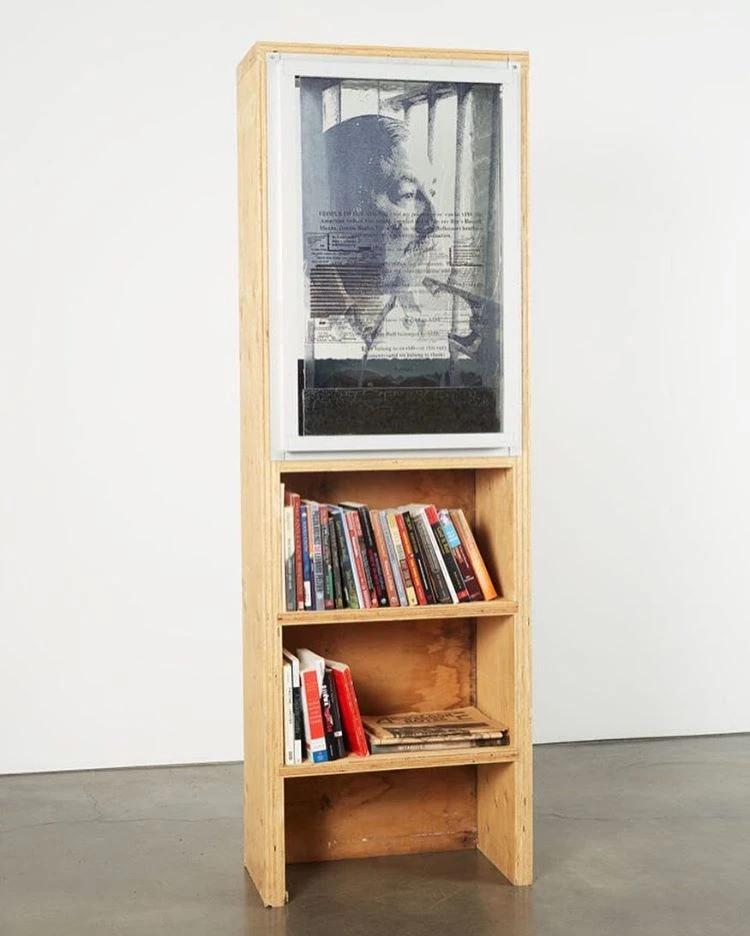
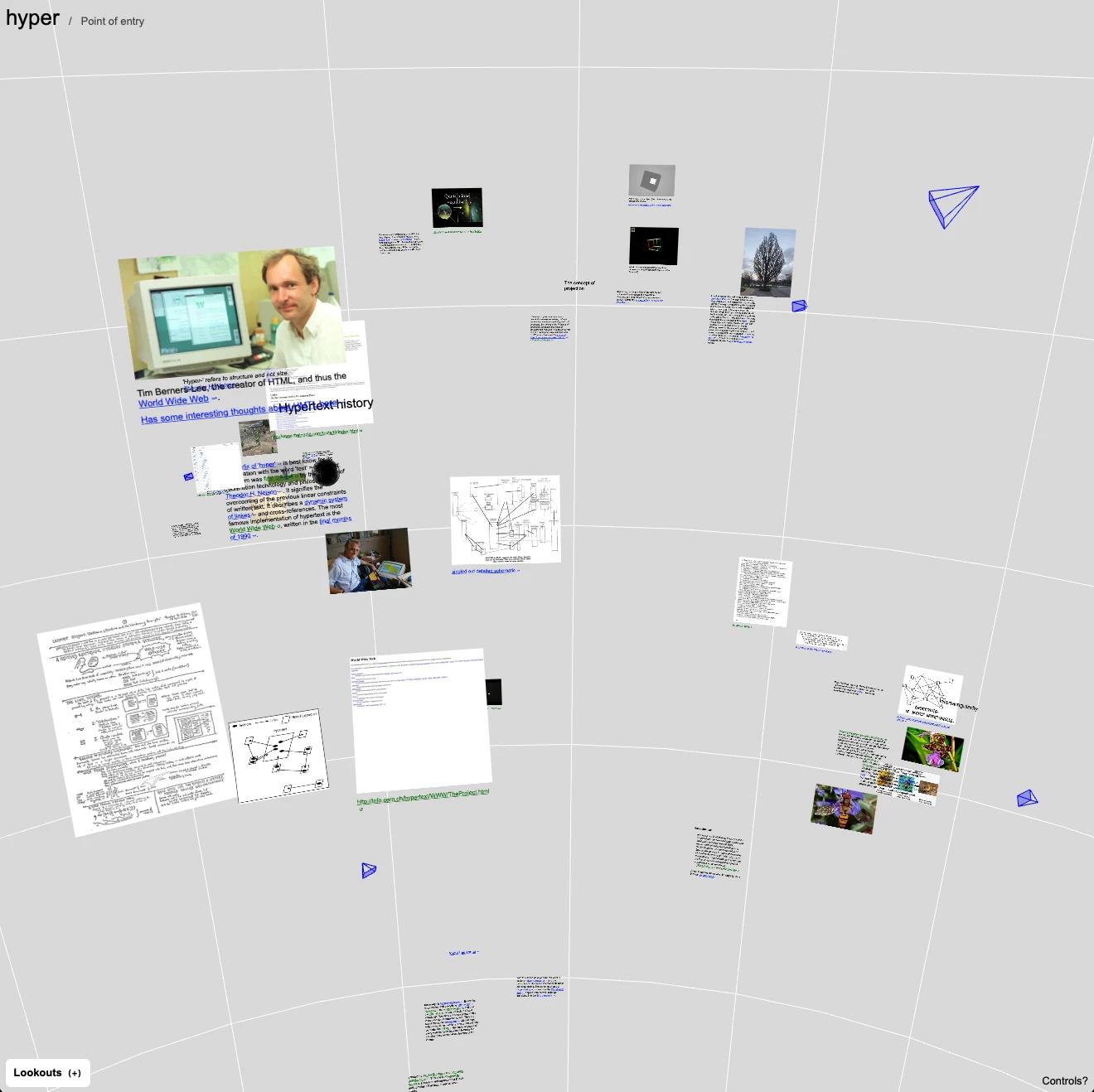
Motivated by previsions ideas from various internet pioneers on knowledge narration, likeTed Nelson, HYPER is a tool for building 'thought-spaces' by making relations and interlinkedness visible. It tries to break apart the WWWs core aesthetic, that is rooted in screen bound two-dimensionality.The content is managed viaAre.na.
Created together with jo scha
Source: hyper
Afiling cabinet on the internet by Rob Giampietro
Source: Lined & Unlined · Structure
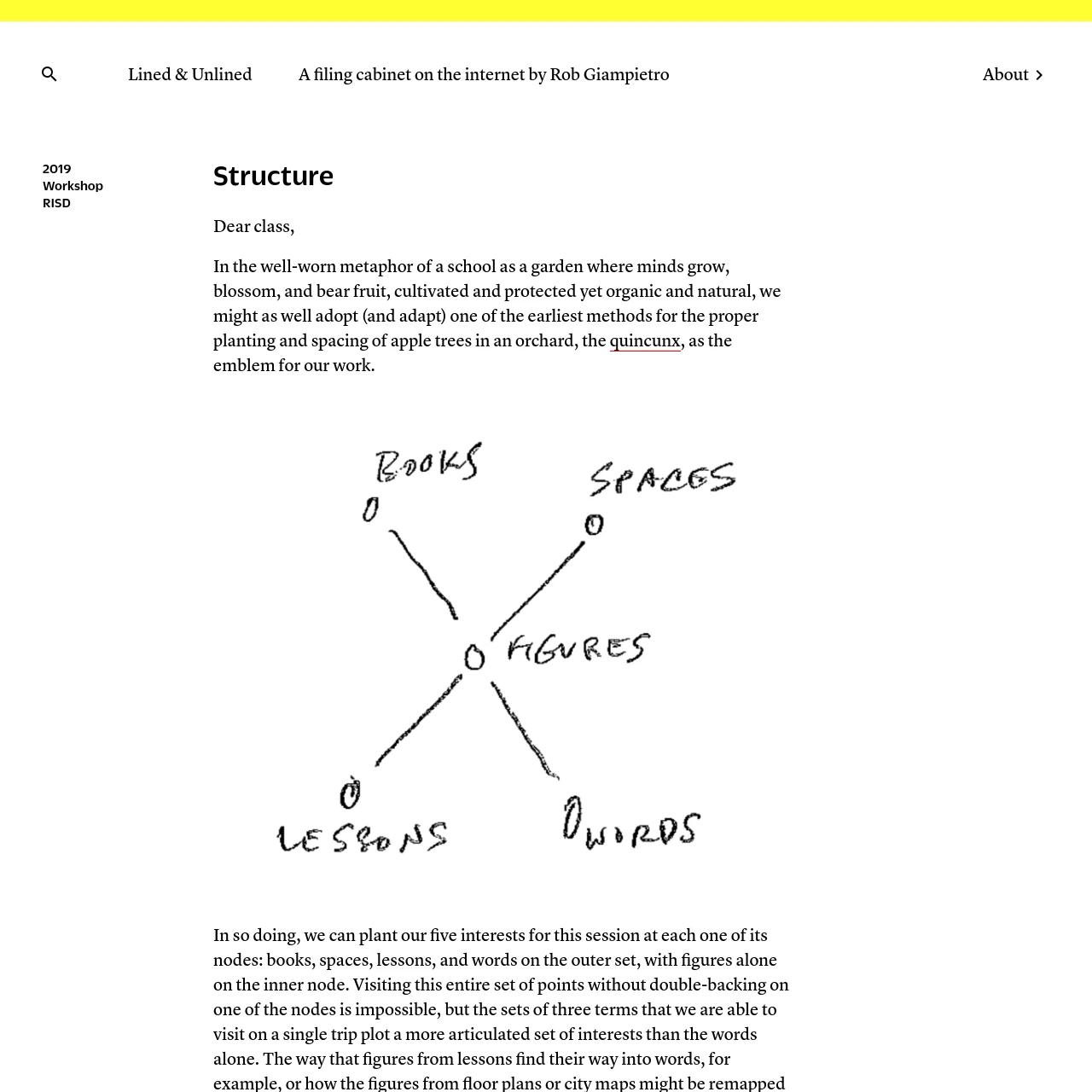
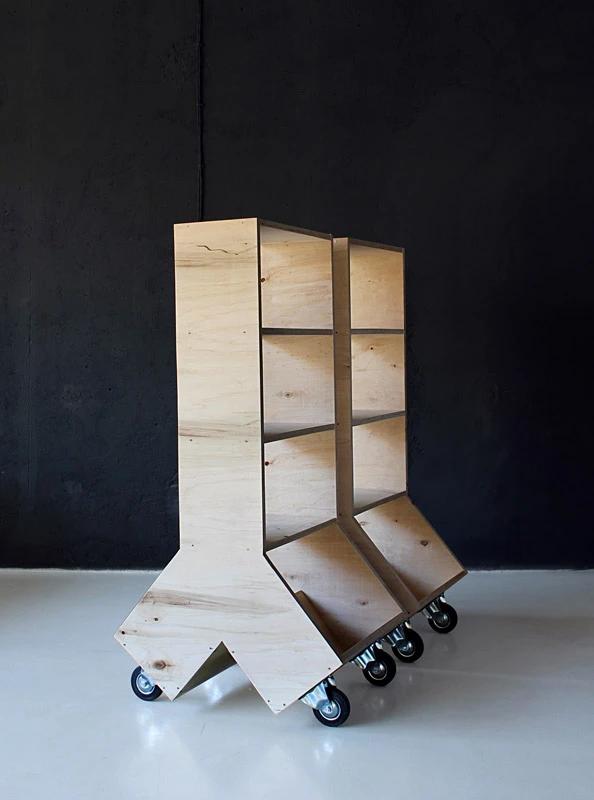
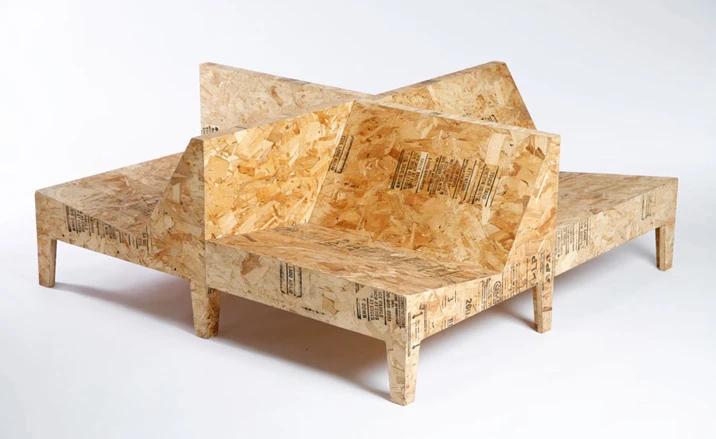
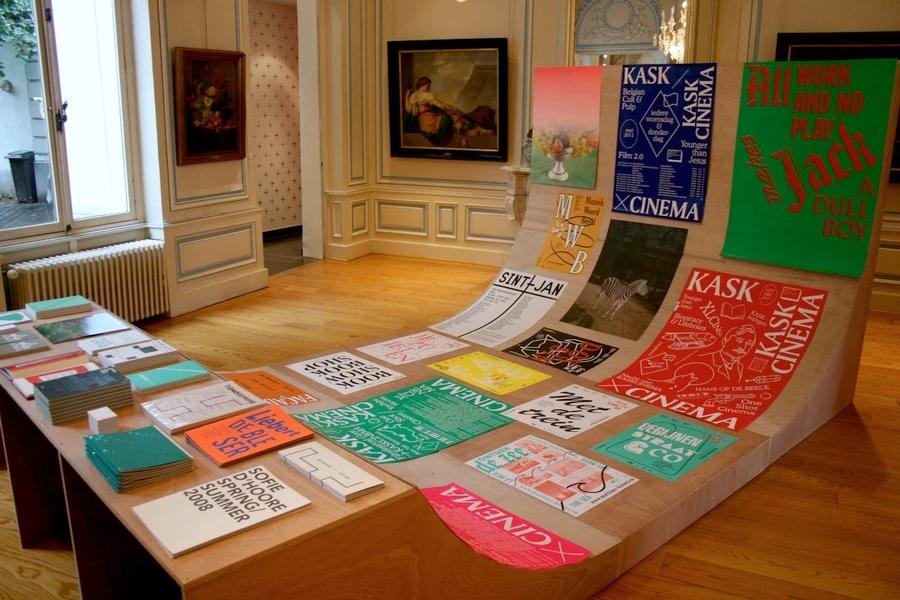
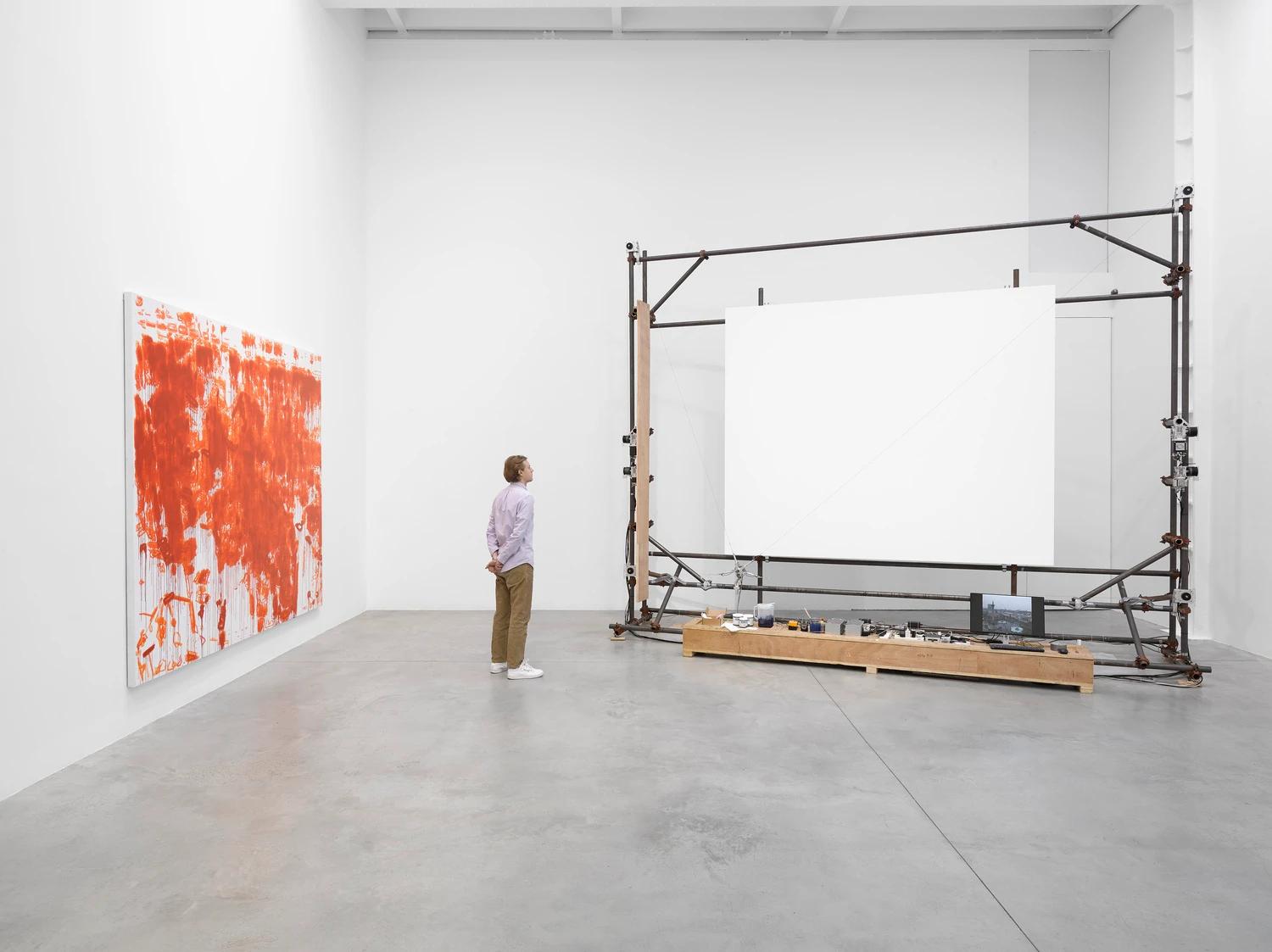


CHAPTER III
Source: What is Property? by Pierre-Joseph Proudhon (487ES) Atlas of Places
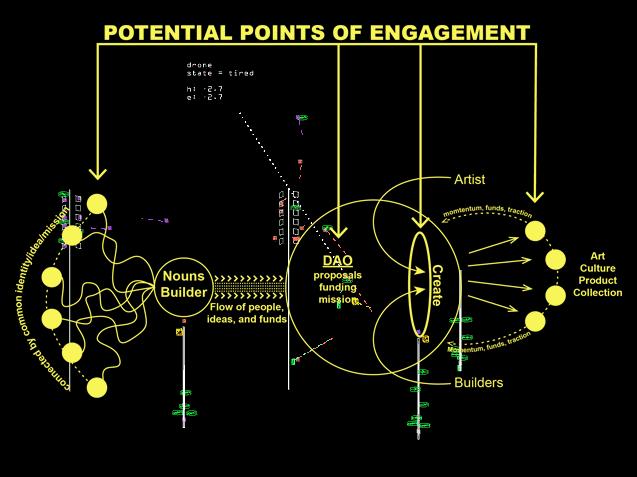
Source: astrological map - Google Search

The biggest thing that I’ve learned from nature is the importance of relationships. E.g. an ecosystem isn’t just a list of living things (squirrel, tree, bee, flower); it’s the set of relationships between those living things (the squirrel lives in the tree, the bee pollinates the flower). In terms of organizing, this means that a given social movement isn’t a list of organizations, or campaigns, or even individuals; it’s the set of relationships between organizations, campaigns, individuals, etc.
Laura Coombs, Laurel Schwulst, Mindy Seu. (Multidimensional Citation, p. 5)
Tansley, a Botanist, coined the term 10 years after studying with Freud in Vienna. He described an Ecosystem as ‘the whole system of the environment’.
Source: img 0685.jpg

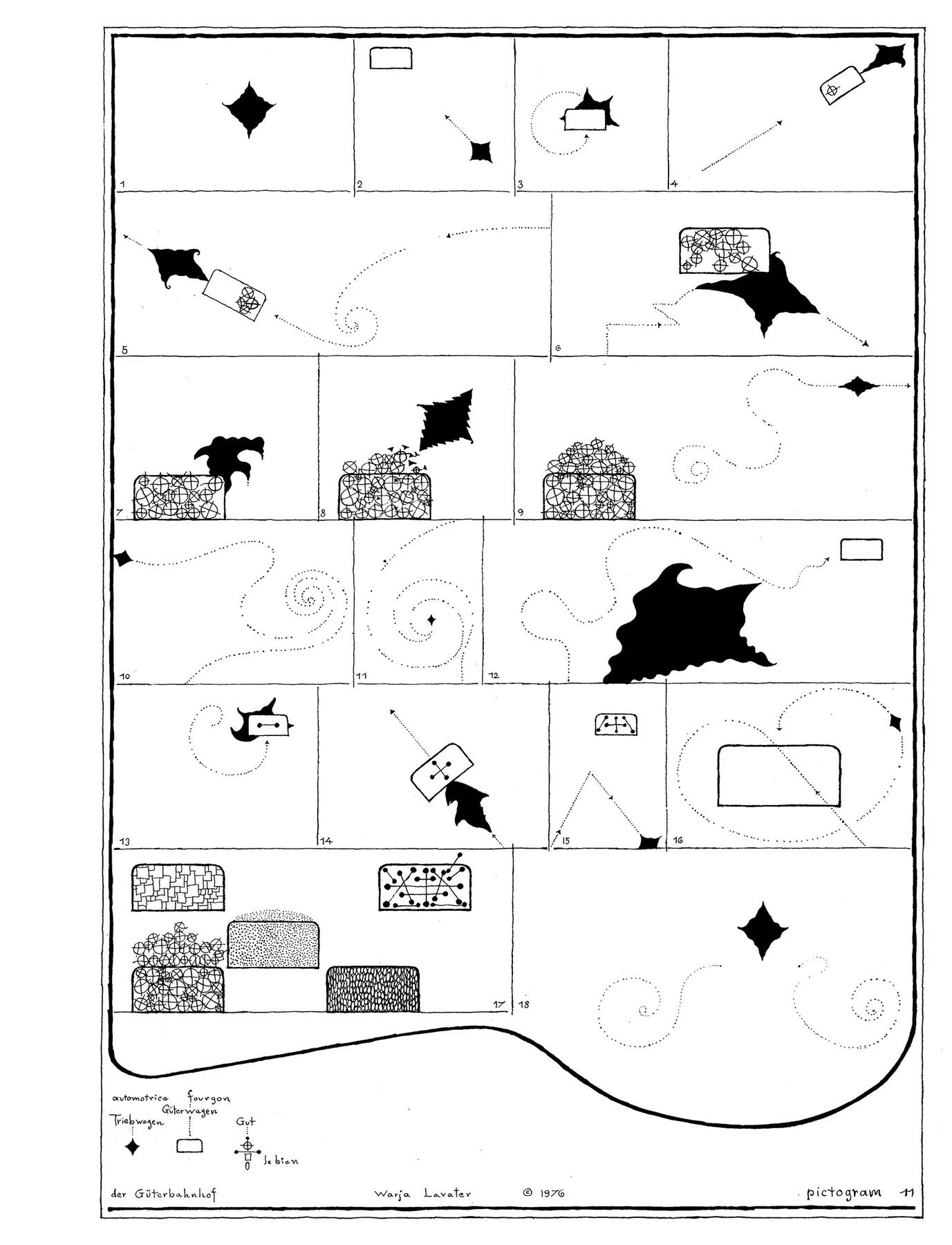
An early progenitor of the artist's book genre, Warja Honegger-Lavater was born in Winterthur, Switzerland in 1913. She worked as an illustrator for the magazine Jeunesse from 1944-1958, and moved to NewYork shortly thereafter where she began a wonderful series of artist's books.
These books were published between 1962 and 1971, an exceptionally ripe time for artists to turn to the bookform, a time when the most often cited "first" artist's book also appeared,Twentysix Gasoline Stations (1962) by Ed Ruscha.
All of Honegger-Lavater's books were made using the accordion-fold binding. Her aesthetic has been aptly described as "very clean, very Swiss." Each book tells a story, sequentially, like traditional books, but varying from them by rarely using words. Instead she chooses a symbol to represent, for example, a character, as in the red dot standing in for Red Riding Hood in Little Red Riding
Nieves is delighted to release this previously unpublished collection of 60 ink pictograms, drawn between 1976 and 1996, originally printed individually asA2 plane prints.
https://www.nieves.ch/1116/pictograms
https://www.lpi.usra.edu/resources/mapcatalog/usgs/I703/
Full GeologicAtlas of the Moon:
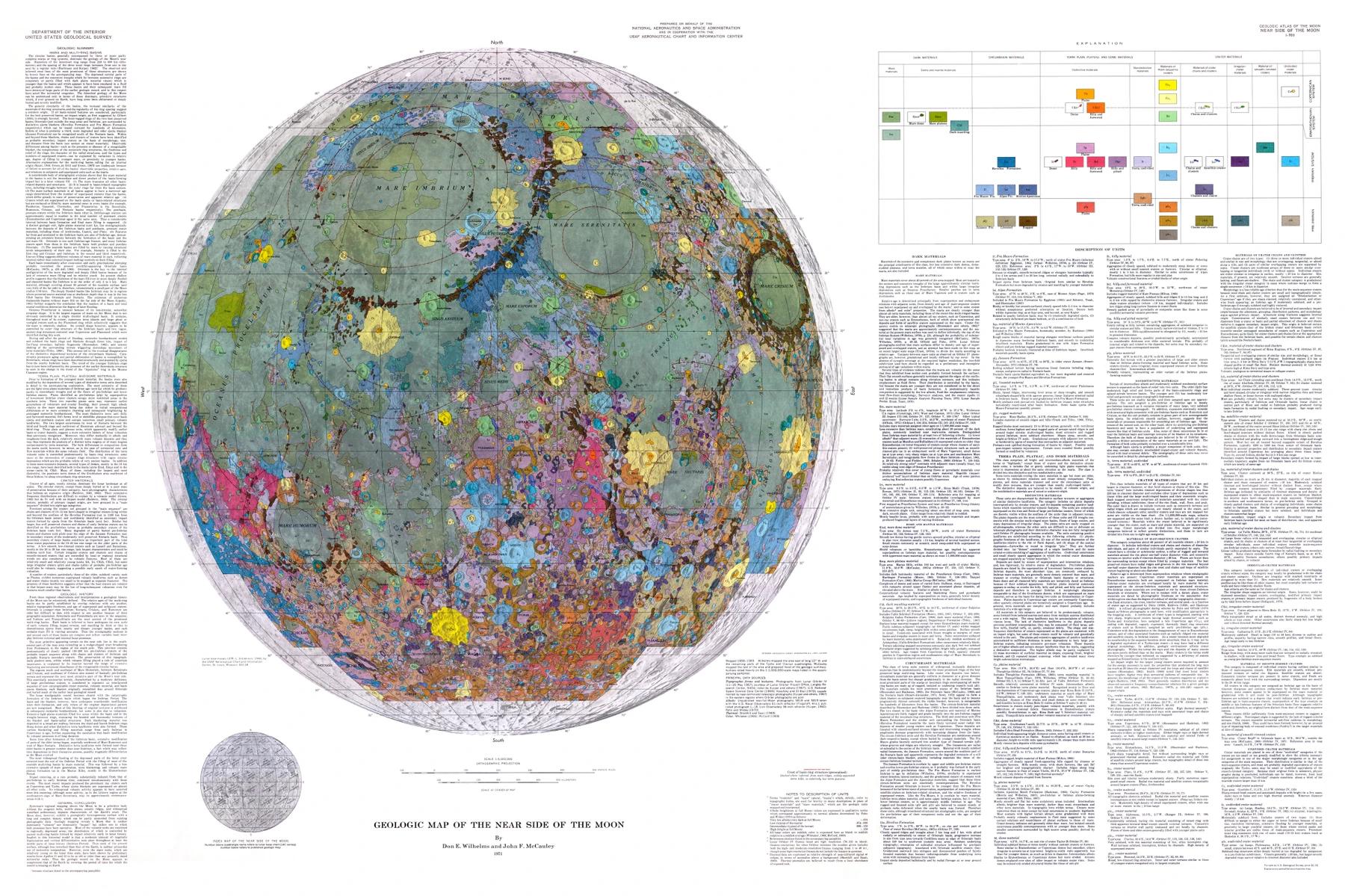
https://www.lpi.usra.edu/resources/mapcatalog/usgs/
Source: 72dpi jpg (JPEG Image, 3848 × 2564 pixels) – Scaled (36%)
Source: recursive-chessboard.jpg (1698×1695)
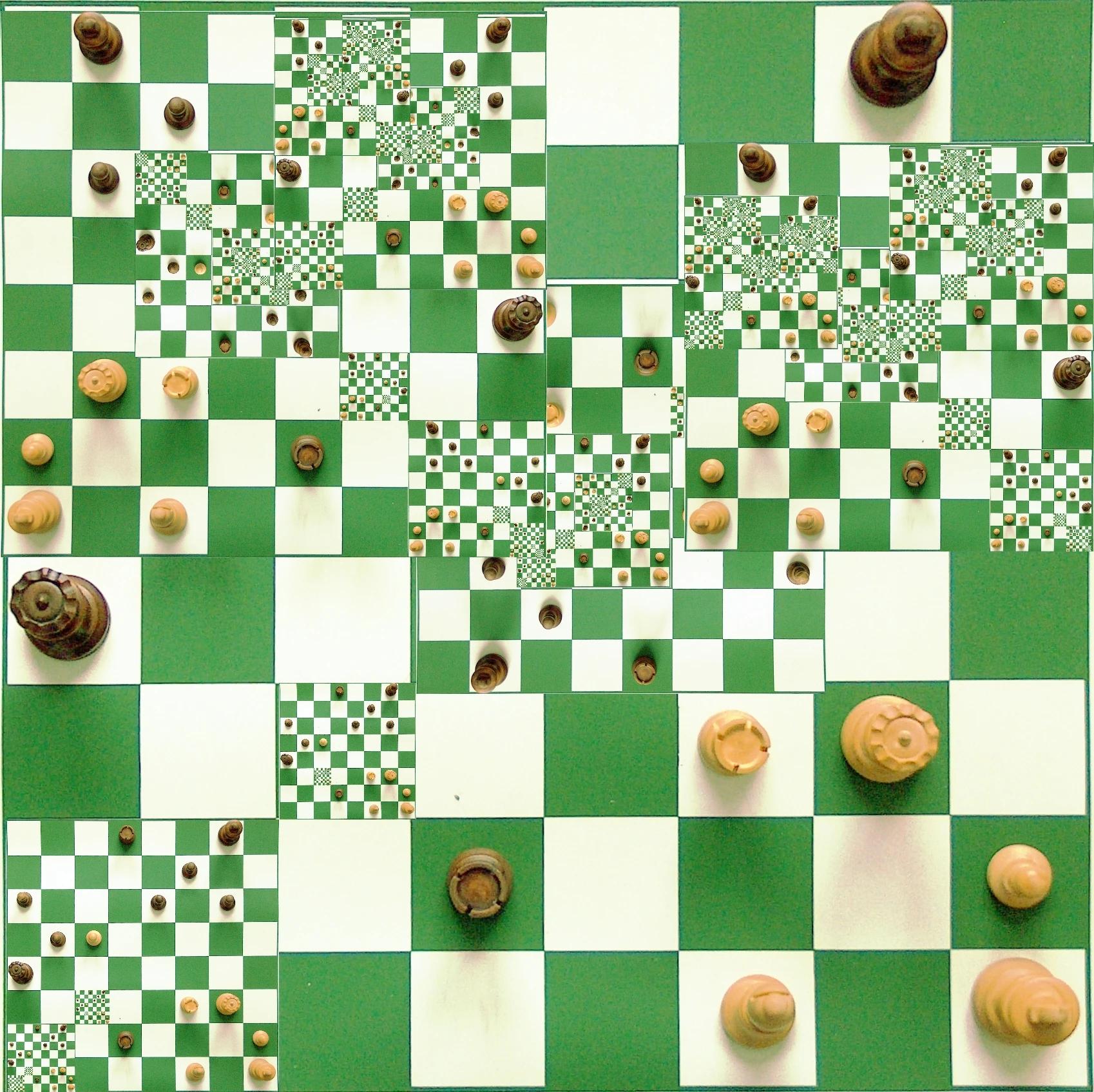
At the start of 2020 we announced our collaboration by sending around a postcard Three women in stone-colored clothing sat on the ground, our faces staring directly into the camera in a diagonal cascade.The postcard also contained a link to our website where we described ourselves and our collabor…
Source:The Serving Library
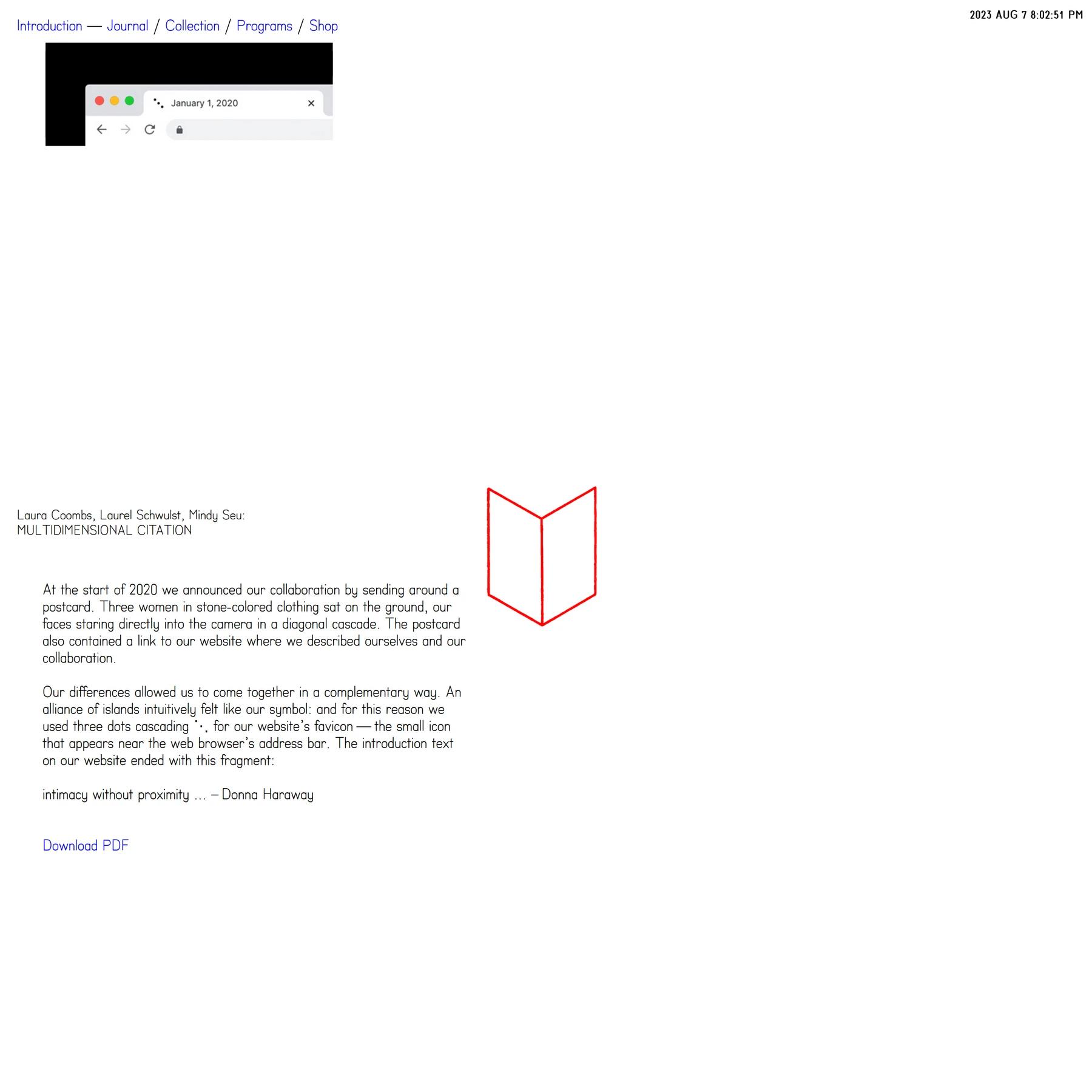
Structure de Quadrilatéres (Square Structures), 1987, colored ball point pen on paper

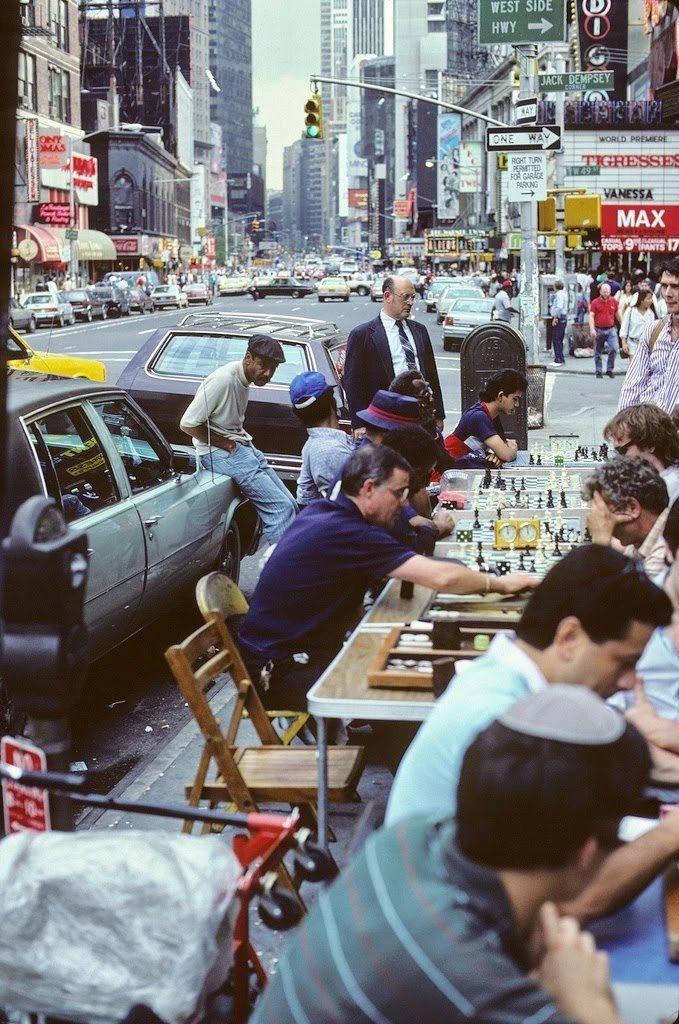
MAFFEI 1979
AMorphologicalApproach to Cities andTheir Regions Fig 62
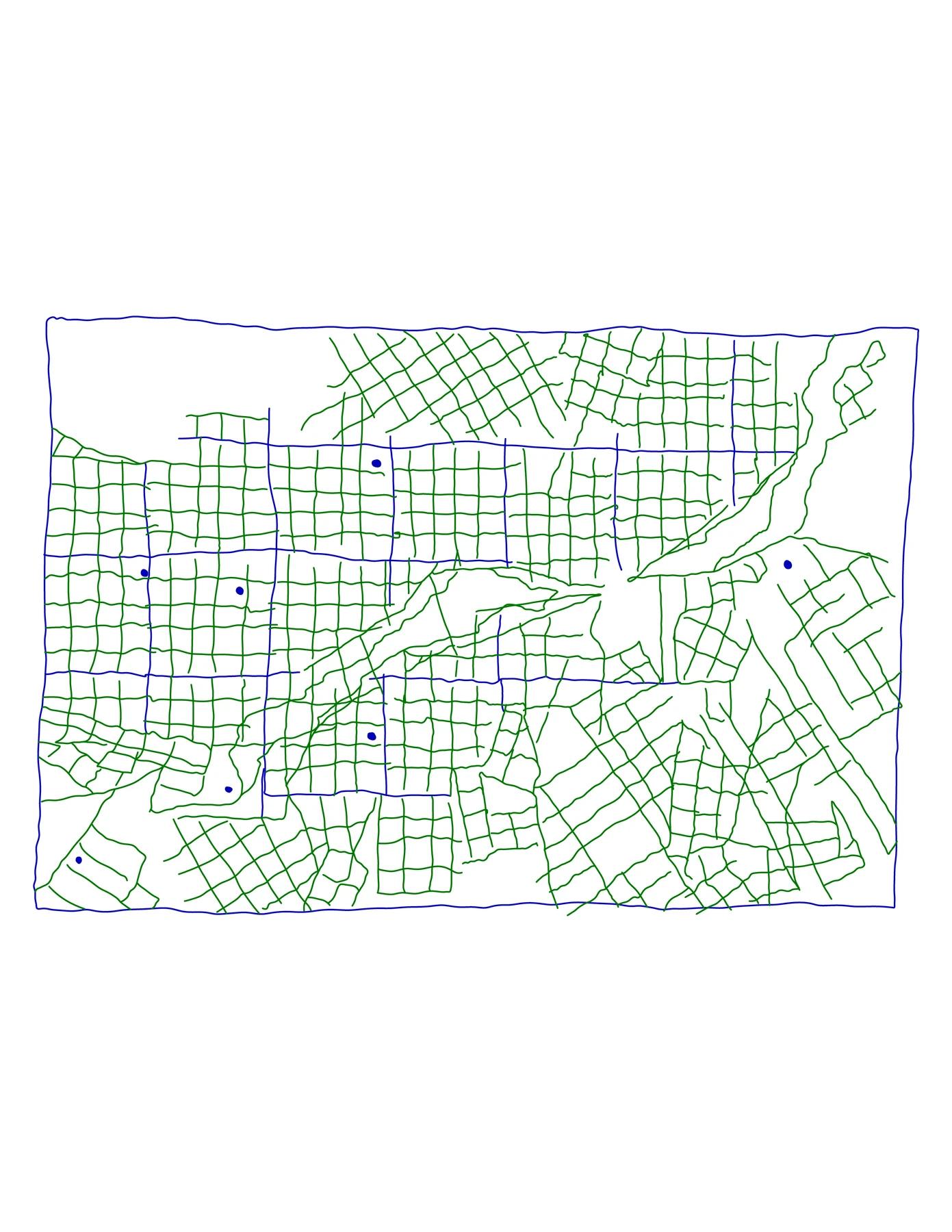
Source:TypeTester supp illu 1 GIF (GIF Image, 519 × 510 pixels)

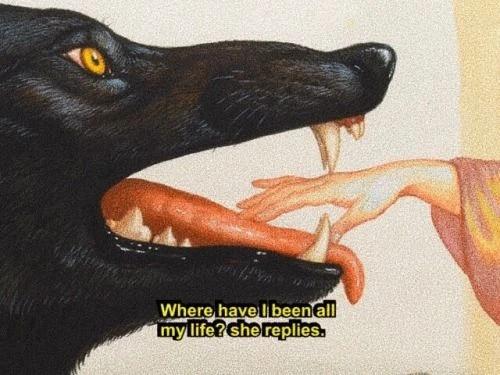
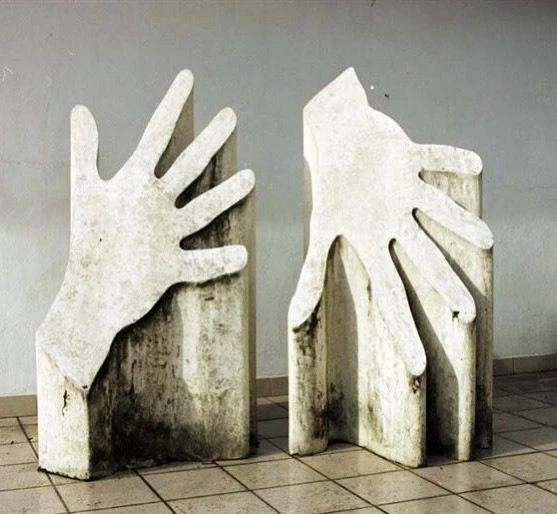
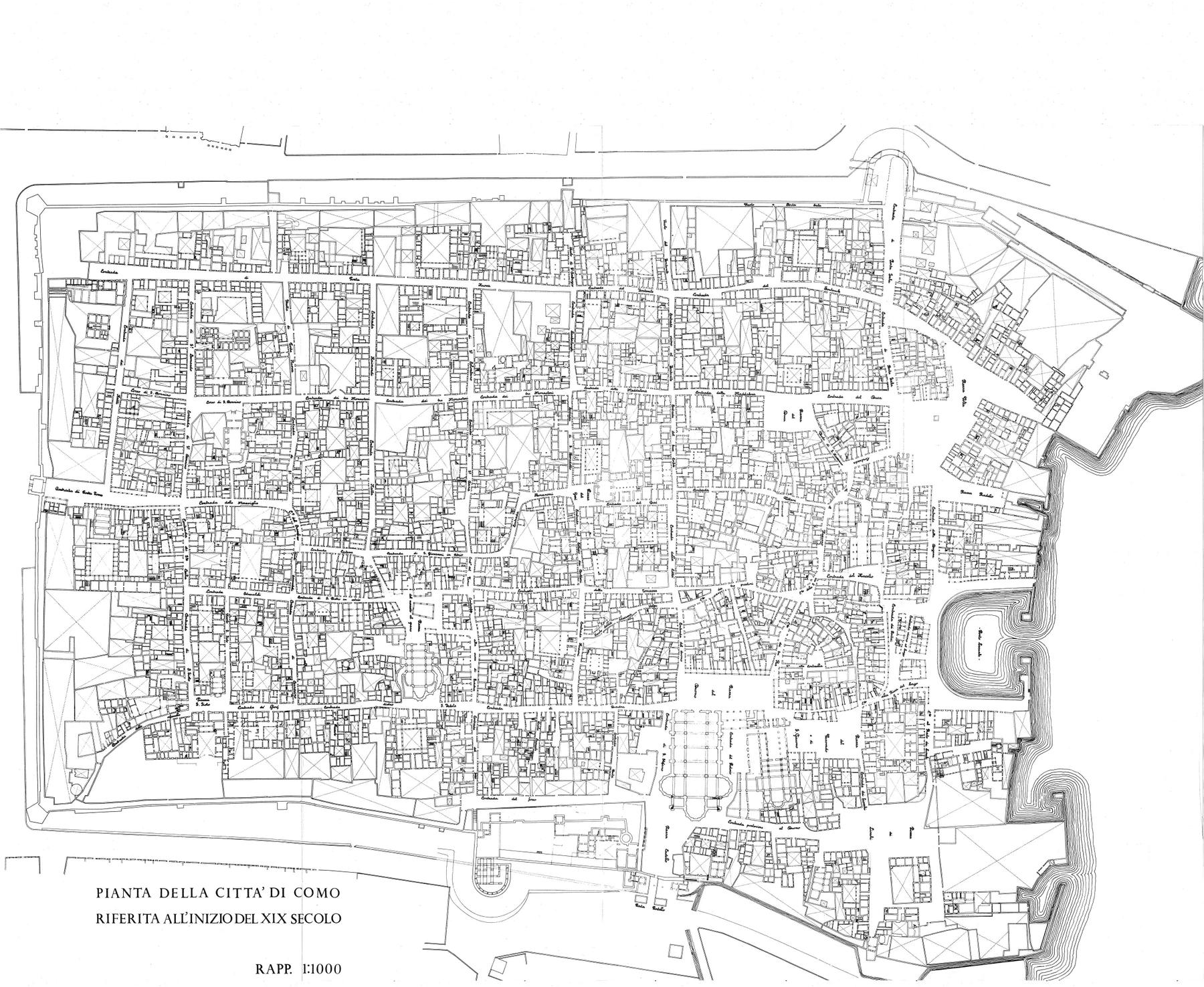

Comments on the Society of the Spectacle
"There is no place left where people can discuss the realities which concerns them, because they can never lastingly free themselves from the crushing presence of media discourse."

From the opening page of the 1969 Catalog: Function
The WHOLE EARTH CATALOG functions as an evaluation and access device. With it, the user should know better what is worth getting and where and how to do the getting.An item is listed in the CATALOG if it is deemed:
Useful as a tool, Relevant to independent education, High quality or low cost, Not already common knowledge, Easily available by mail.
CATALOG listings are continually revised according to the experience and suggestions of CATALOG users and staff.
Purpose (emphasis mine)
We are as gods and might as well get
good at it. So far, remotely done power and glory—as via government, big business, formal education, church— has succeeded to the point where gross defects obscure actual gains. In response to this dilemma and to these gains a realm of intimate, personal power is developing—power of the individual to conduct his own education, find his own inspiration, shape his own environment, and share his adventure with whoever is interested.Tools that aid this process are sought and promoted by the WHOLE EARTH CATALOG.
Source: http://upload wikimedia org/wikipedia/en/thumb/6/6f/Whearth-69-cover.jpg/435px-Wh-earth-69-cover.jpg
Source: critique-of-life-1050std1a73548a3aed910a3bb9527932455ce.jpg
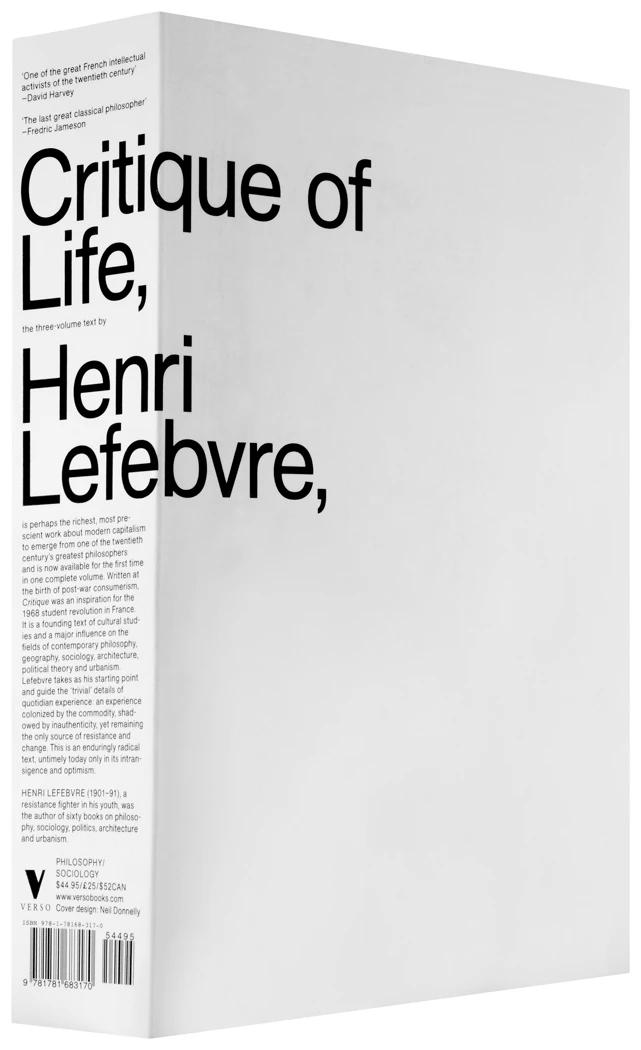
Source: Max Miechowski Website BurgessPark New-3-11920x1533.jpg (1920×1533)

Maybe there's a fake city-scape I see in one of the screens and it starts to distort at the chorus, "fading away" as reality is being discovered
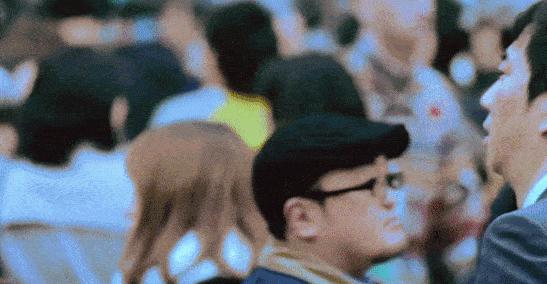

Source:The Dust ofAncient Suns: MakingArt and Meaning From the Depths of DeepTime
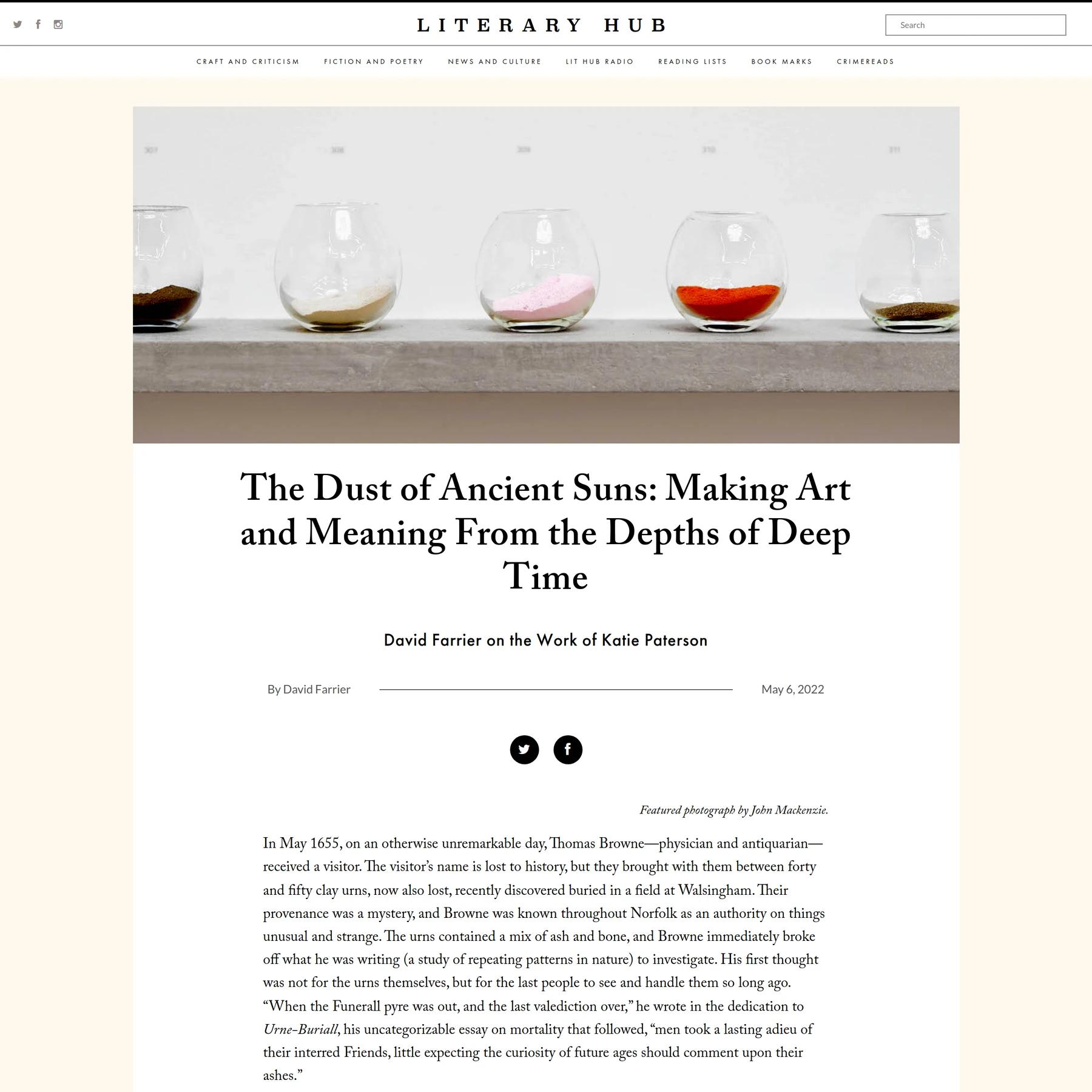 Featured photograph by John Mackenzie. In May 1655, on an otherwise unremarkable day,Thomas Browne—physician and antiquarian received a visitor.The visitor’s name is lost to history, but they bro…
Featured photograph by John Mackenzie. In May 1655, on an otherwise unremarkable day,Thomas Browne—physician and antiquarian received a visitor.The visitor’s name is lost to history, but they bro…

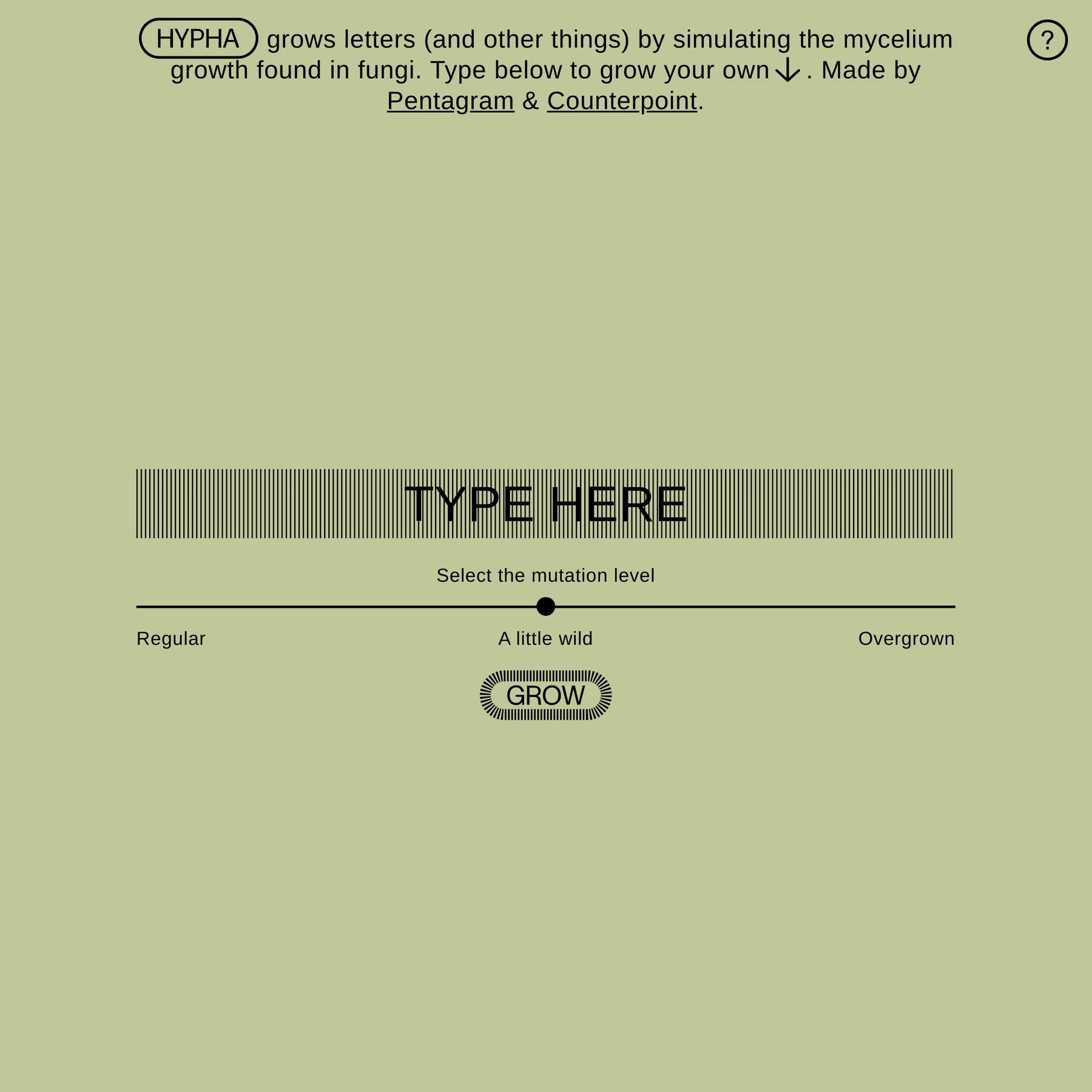
Hypha grows letters (and other things) by simulating the mycelium growth found in fungi.
Source: Hypha
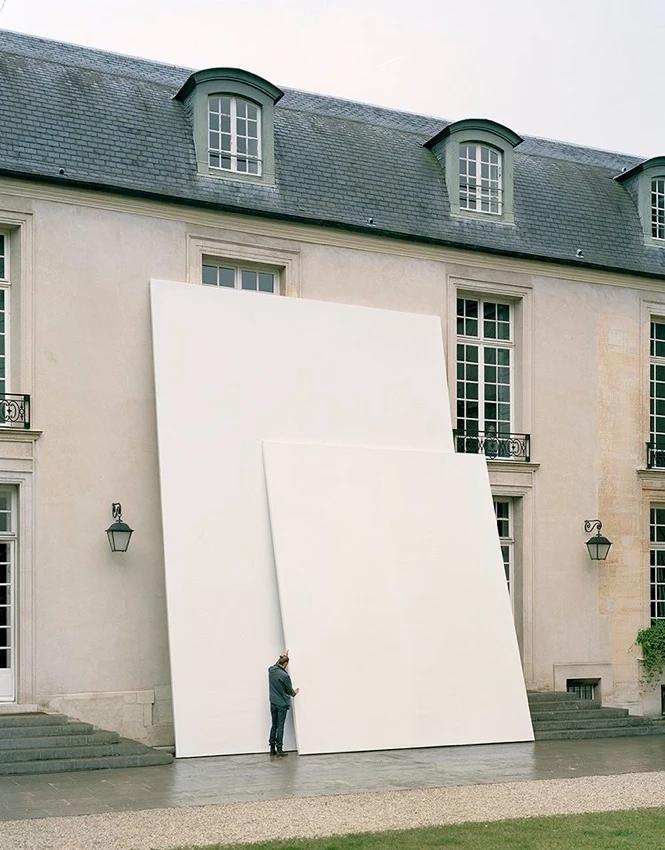

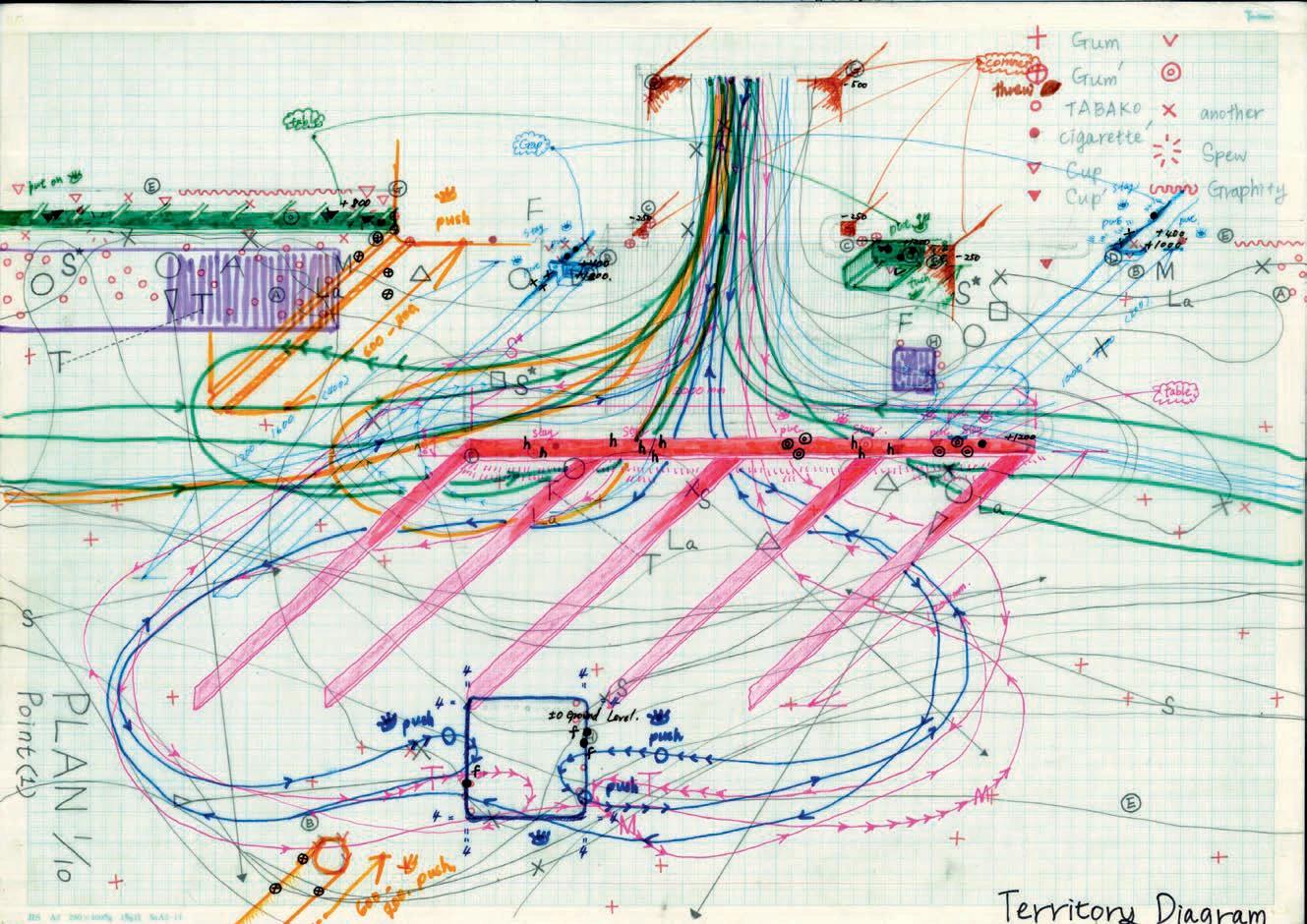
Ink, colored pen, on graph paper.
297×420 mm. 2014.
In the fourth drawing, we explore how the physical is compiled by both influential (active) and influenced (passive) components.Through our evidence-based research, we look at the ways physical combinations are interconnected to form architectural spaces. On the site, specifically, we find that the combination between the door of the workers’entrance for St. Pancras Station, the gutter, the window frame, the handrail, the sewer cover, the edge of the corner of the staff entrance, and the paving creates an interiority of urban space.
Source: 1-bit music - closed-5.jpg


Zine conception - 1st draft
Source: 69d86d4c-0b04-4d80-b02a-b776ed873291.jpg

©A.Abbas/Magnum Photos
Source: (73) Likes |Tumblr
Tap to snap!
Source: GAMEBOYSELFIE ☻


Source: https://inanimatefeast.tumblr.com/

Source: fb53eb9b-8eb7-47a2-aa85-4892e7edbb4a.png

Source: (5) Feed | LinkedIn
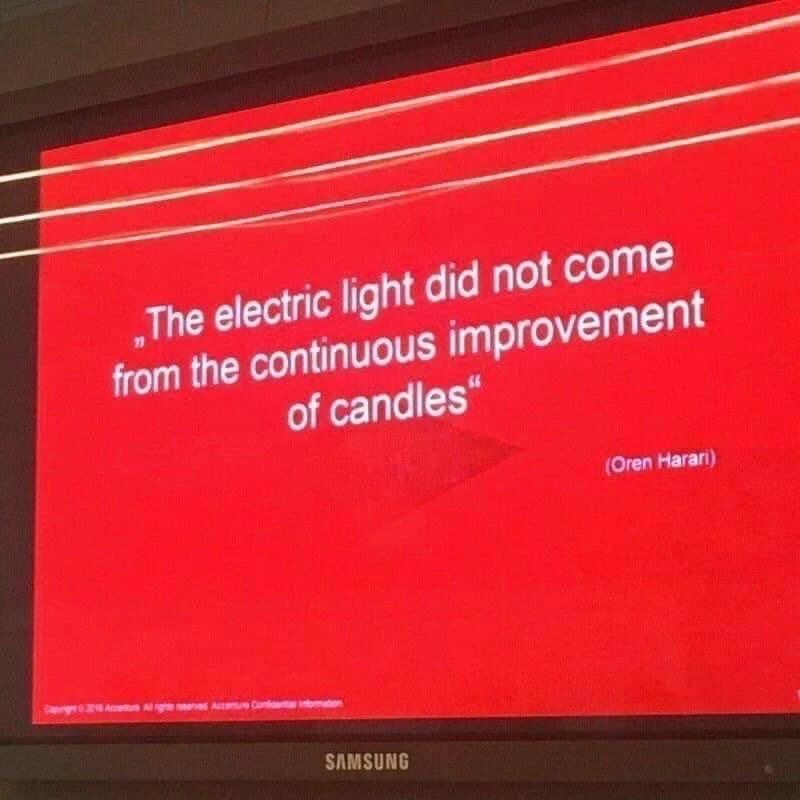
Daisy Link
Source: 60a47f1b-5320-45e7-8fc0-8d7a2e8d406f rw 600 gif?
h=350cce336bf03307cf66e1ab1ef3c0e7
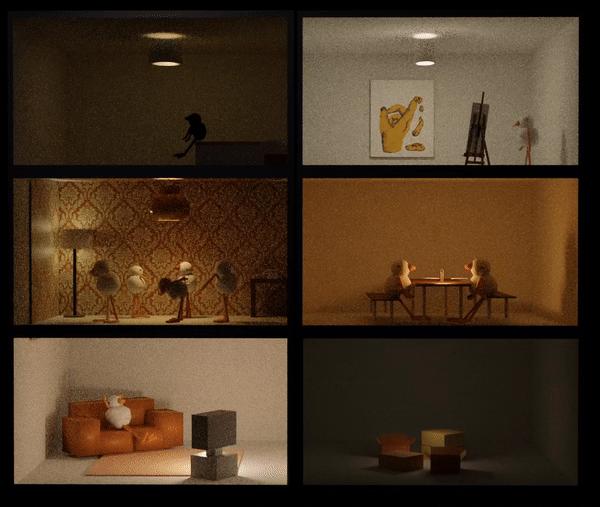

Source: 601e1e6d-c4ac-4a68-9ccb-93a57a07a49c.jpg

Behind me in the lemon grove I could hear the faint sound of a girl's voice singing.Asplash of oars came across the water, and radio music from below in some fishing town, a shadow-town which never knew twilight or evening, and was forever eclipsed by a somber half-darkness at three in the afternoon.
Source: ✦ ʏᴀɴᴀ ✦ onTwitter: "“Human nature doesn't change You are wasting your time if you are not trying to change how people behave But if you change their tools, you can change whatever you want”. ~ Stewart Brand @stewartbrand" /Twitter
“Human nature doesn't change.You are wasting your time if you are trying to change how people behave. But if you change their tools, you can change whatever you want.”

Source: ContemporaryArt Daily » BlogArchive » Hito Steyerl at K21


open-weather apt is an accessible browser based decoder for National Oceanic andAtmosphericAdministration (NOAA) satellite images.
Source: open-weather apt satellite image decoder
Atlas of Places is a public educational collection ofAcademia, Architecture, Cartography, Cinema, Essays, Painting, Photography, Research.
Source:Atlas of Places

They got the guns, but we got the numbers.
-JimfromTim Ingold's "Globes and Spheres: the topology of environmentalism"


a collection of pdfs for personal and academic use.
Source: CriticalTheory Index
Archive Stories is a website about how to work with creative and non-traditional archives We wanted to create a space for conversations about archiving beyond institutional archives, to think through the possibilities that open up when we imagine the archive as expansive and as encompassing everyth…
Source: archive stories
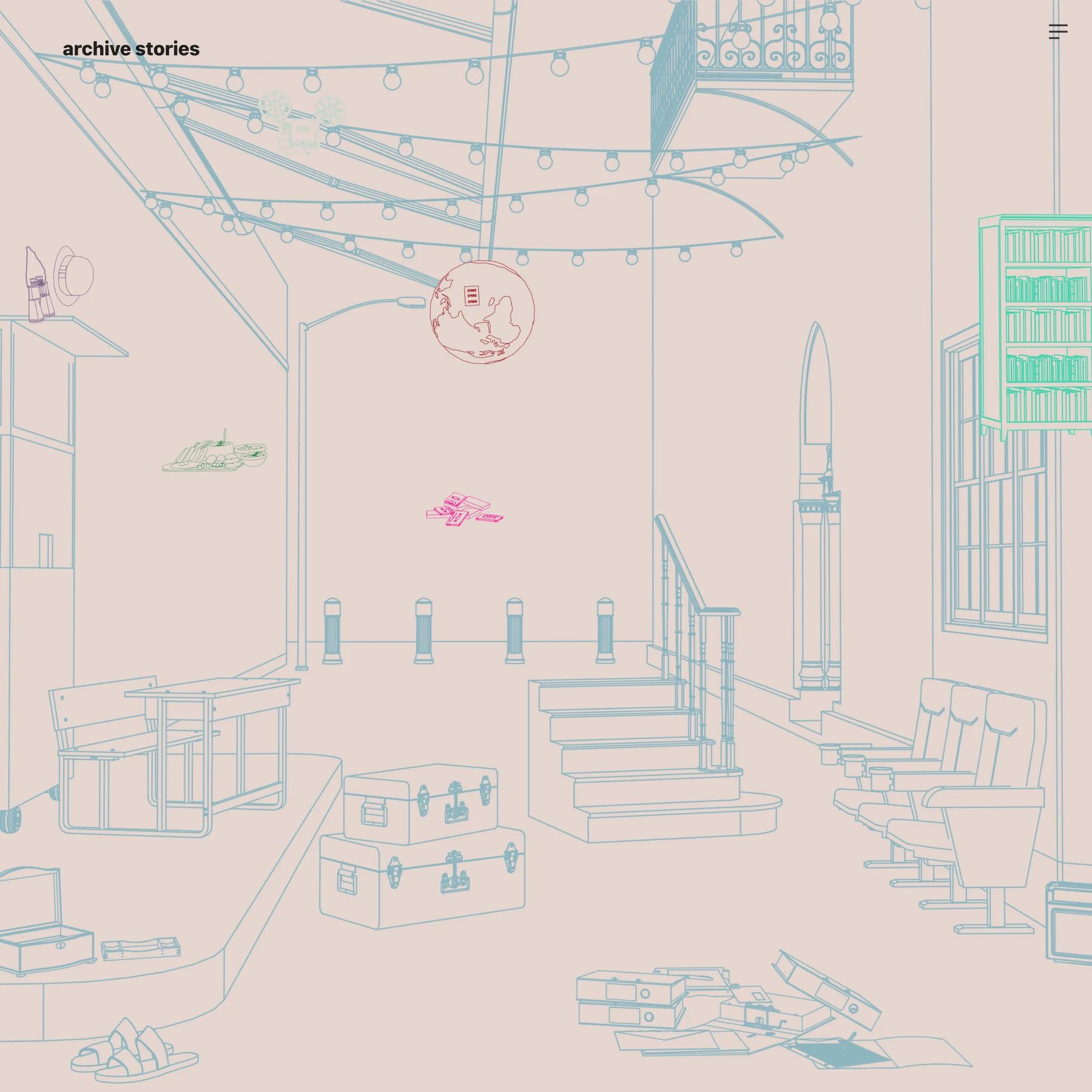
Building relationships between things is a form of authorship too.
Source: On Gathering - Mindy Seu
⚘ Mindy Seu, On Gathering: Collecting, sharing, and creating the Cyberfeminism Index
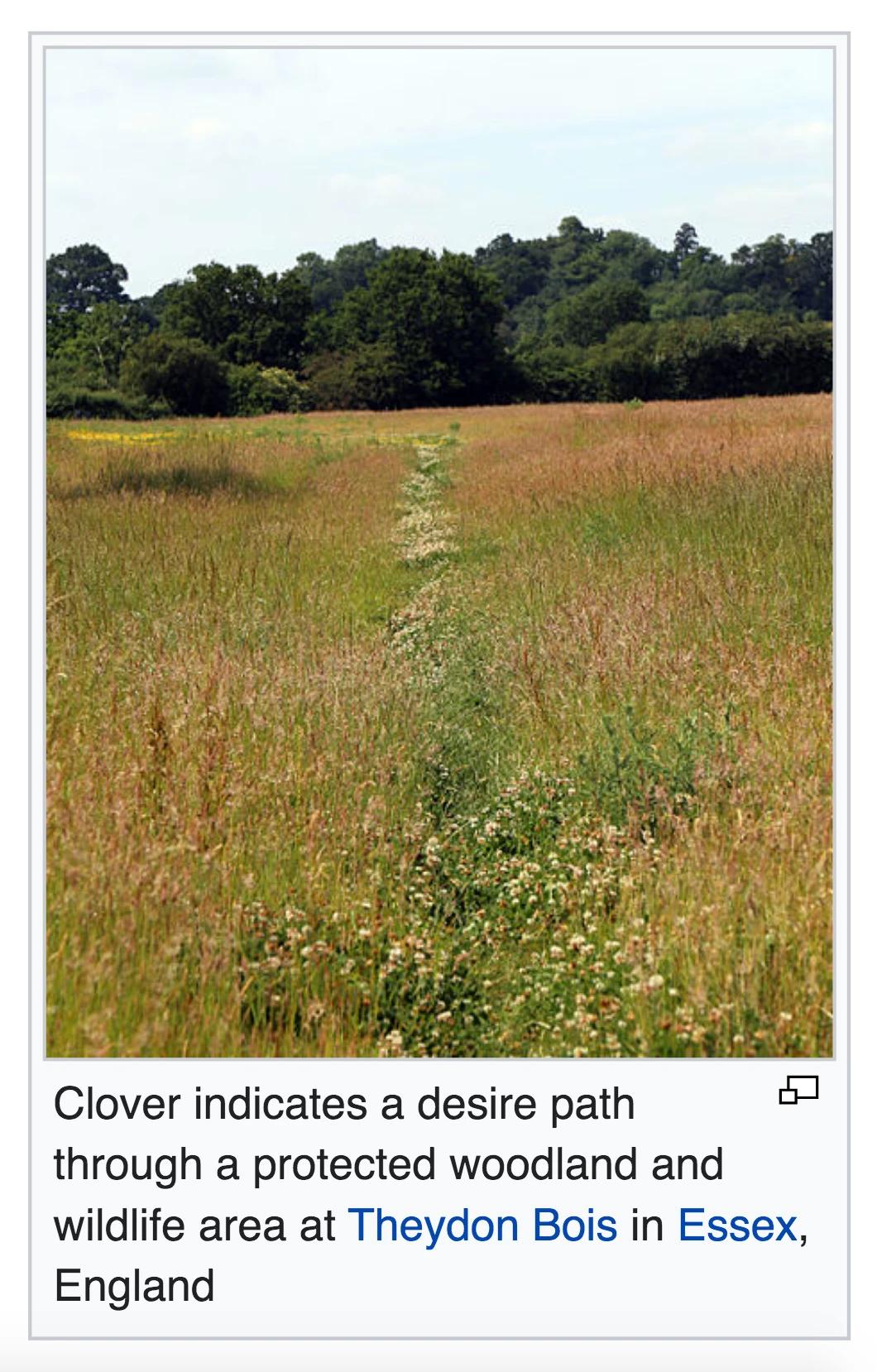
Valeria Luiselli, "Lost Children Archive", p. 54
What does it mean to document something, an object, our lives, a story? I suppose that documenting things-through the lens of a camera, on paper, or with a sound recording device--is really only a way of contributing one more layer, something like soot, to all the things already sedimented in a collective understanding of the world. ∆ Valeria Luiselli, "Lost Children Archive", p. 54
The theorist and artist, who both make work for digital spaces, discuss healing data trauma, transcending time, and embodying Githere’s concept ofAfropresentism.
Source: BOMB Magazine | Neema Githere and EthelTawe
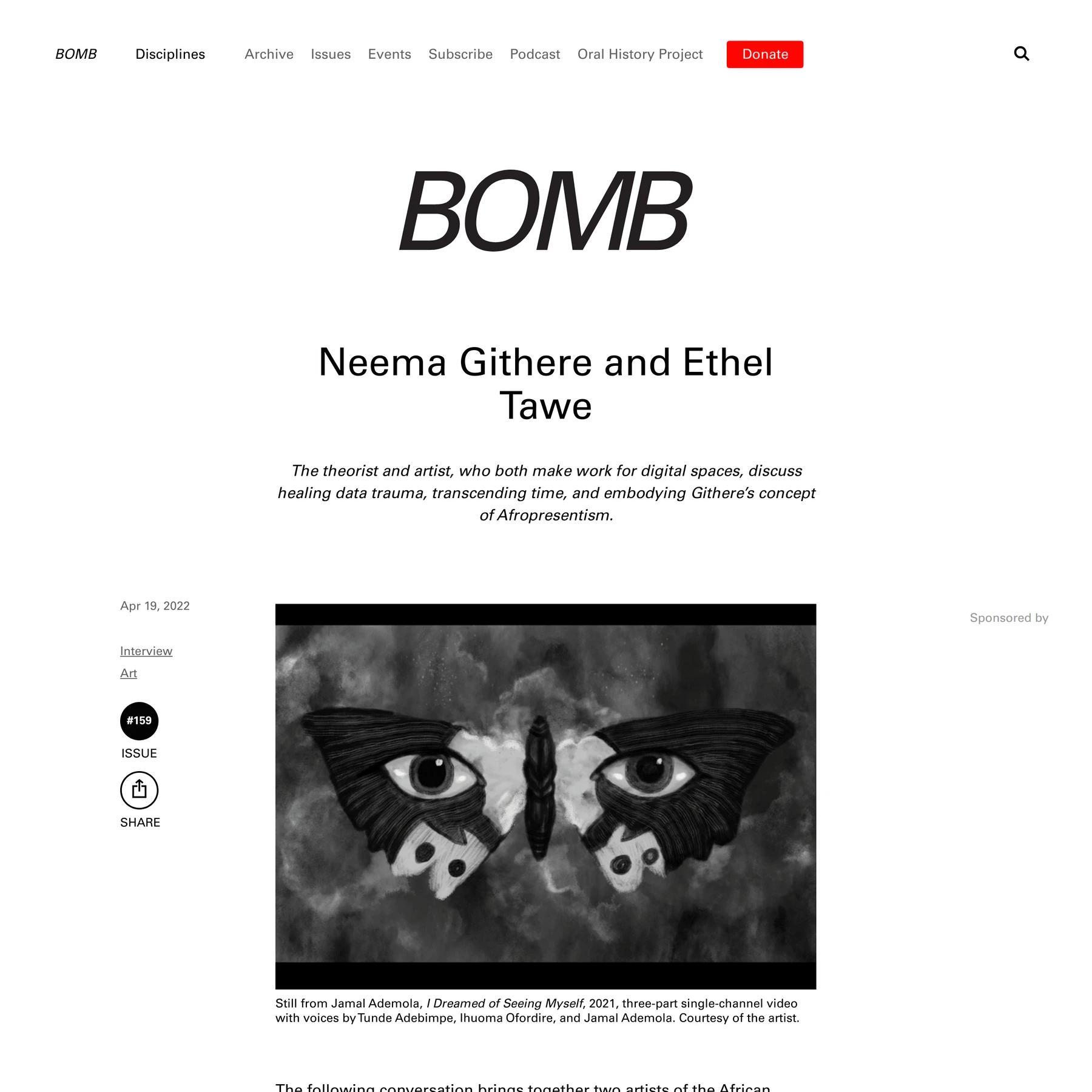
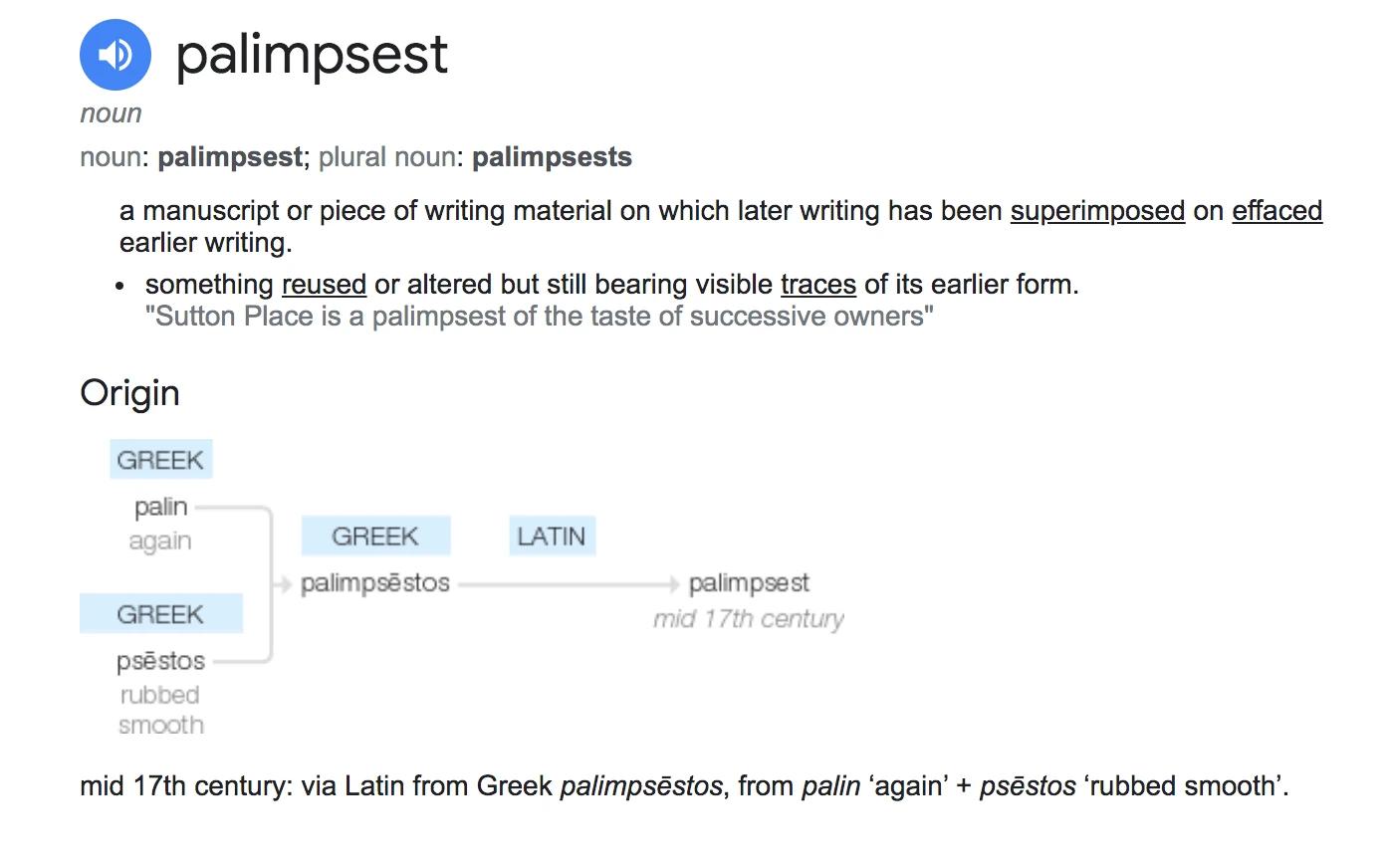
Source: 855ab1cc-6c7a-45ad-85d4-31a3647c1587.jpg
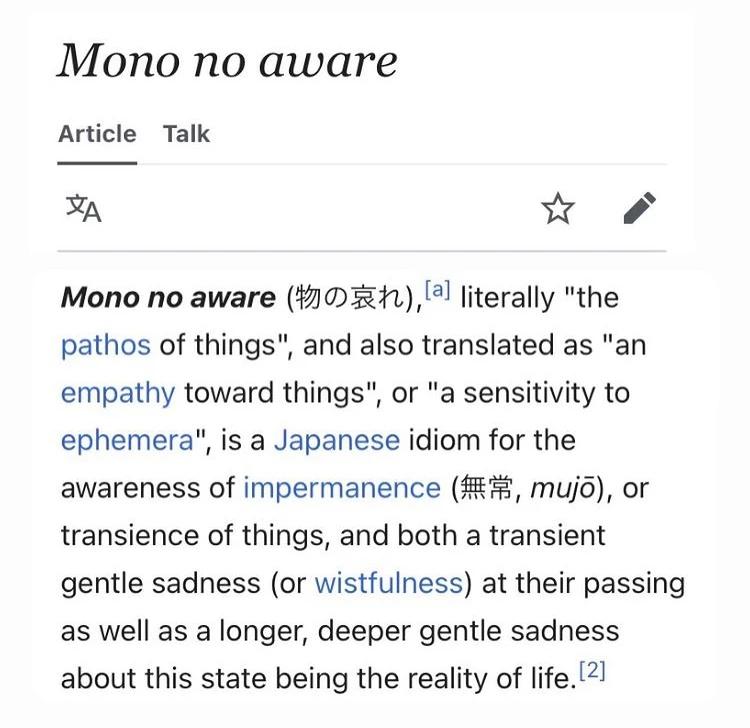
Source: https://forestta files wordpress com/2015/11/shishigamipace02.gif?w=1180
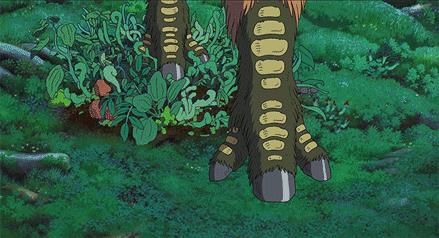
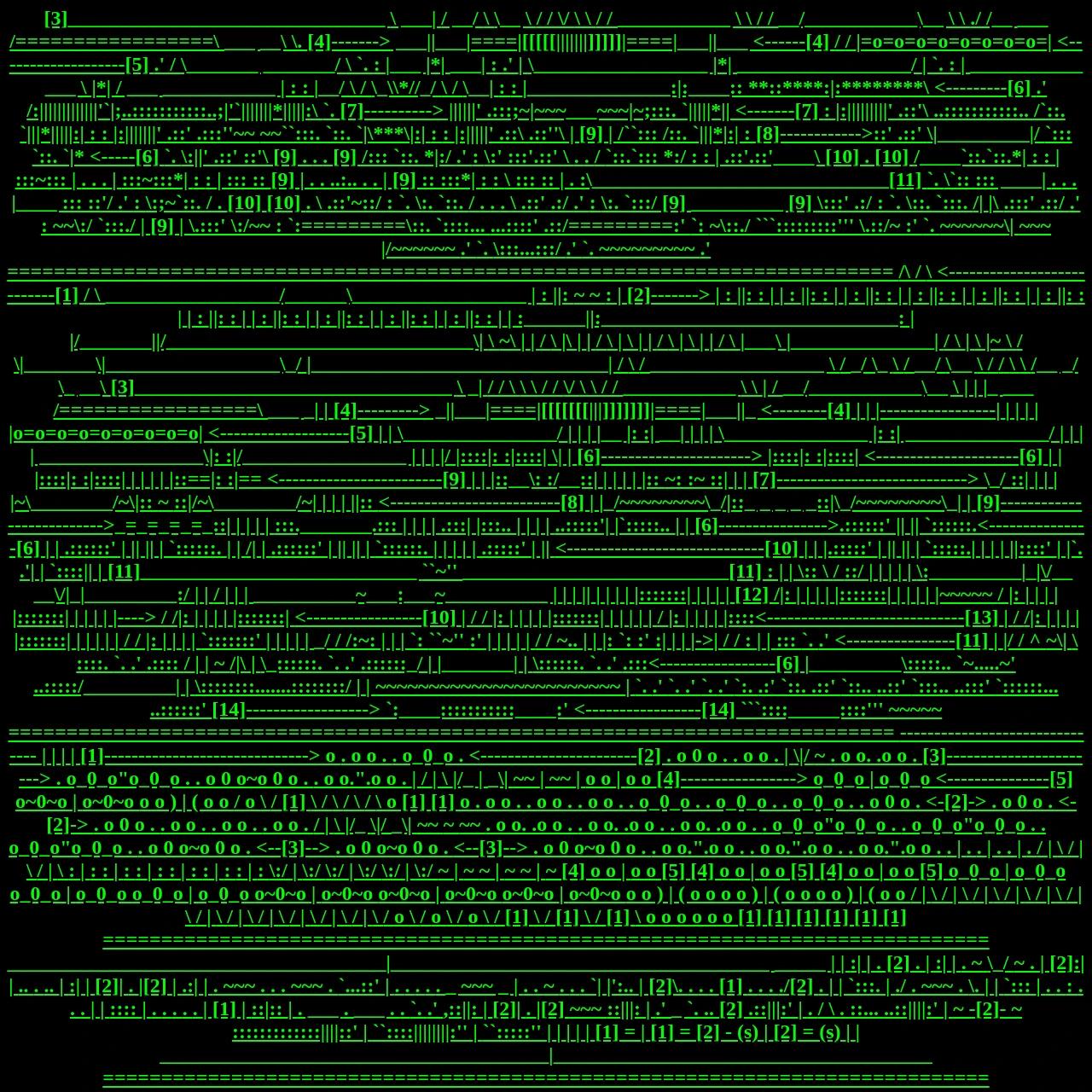
The taut, grimacing, duplicitous rictus — the modernAmerican smile rose out of a great emotional shift in the 18th century, theorizes Christina Kotchemidova, who teaches theory, gender, and intercultural communication at Spring Hill College inAlabama. But it is also based on a lie.
Prior to this shift, [Kotchemidova] believes, theAmerican emotional landscape revolved around negative emotions like sadness and melancholy, which were seen as indicative of compassion and nobleness. Informed by ideas from pre- and early Reformation European Christianity, bothAmericans and Europeans saw earthly suffering as noble and necessary for a happy afterlife. Literature, visual art, and theater in this period aimed to provoke sadness, and crying in public was
commonplace in Europe. Diderot and Voltaire, Kotchemidova writes, were seen crying repeatedly.
TheAge of Enlightenment pushed the culture in a different direction.As thinkers and artists embraced reason, they also began to believe that happiness was permissible during our earthly life as well as the afterlife.The culture of sadness began to be supplanted by one of cheerfulness, which in turn influenced a changing class structure.The emerging middle class took the ability to manage emotions as key to its identity. Business failures and sickness were linked to failures of emotional control, and cheerfulness to prosperity. Eventually, cheerfulness became a prerequisite for employment.
Source: gursky 99 cent studio.jpg.webp?itok=ptkp9mf9
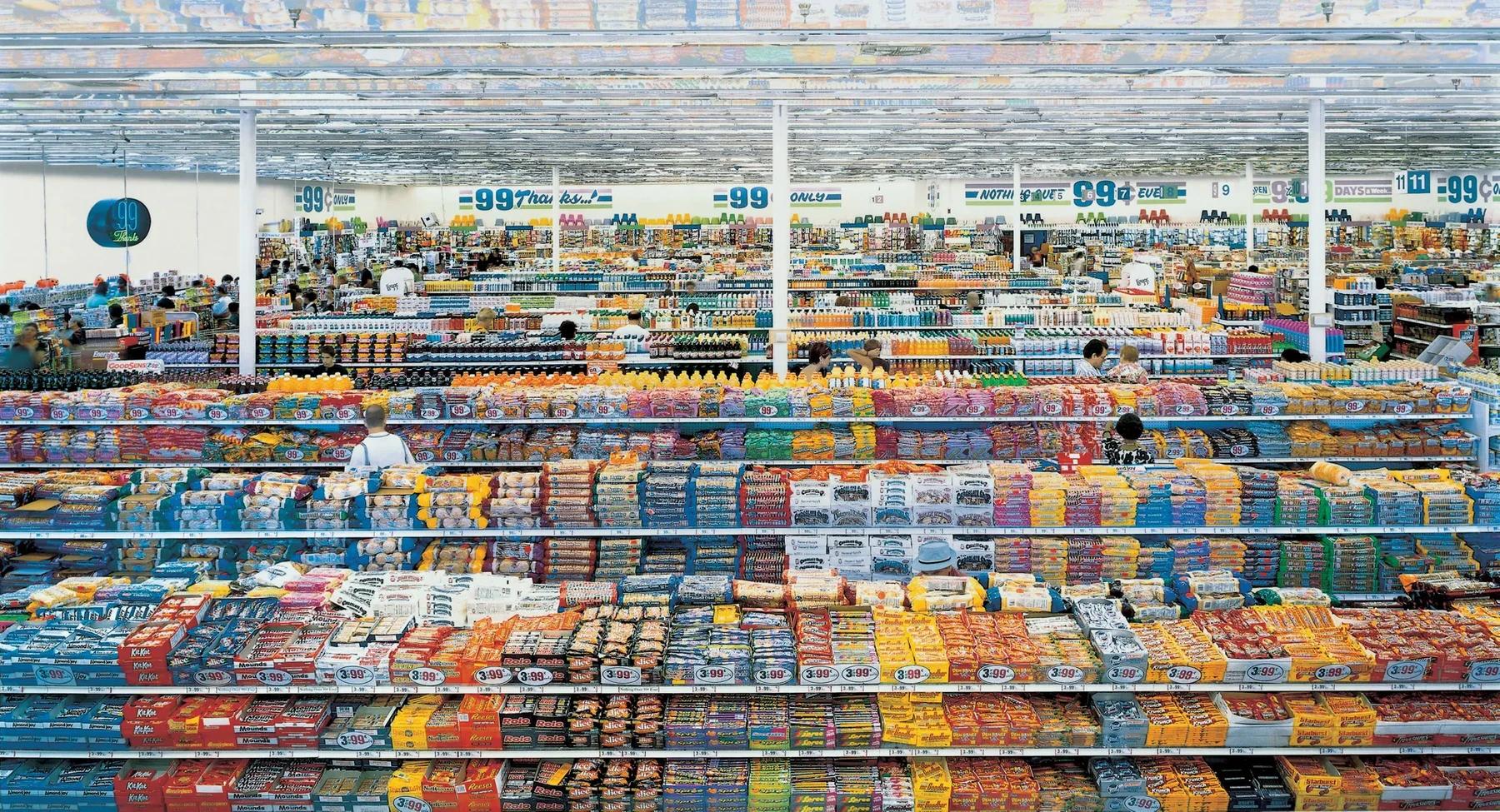

Cargo
Source: effydigiworld
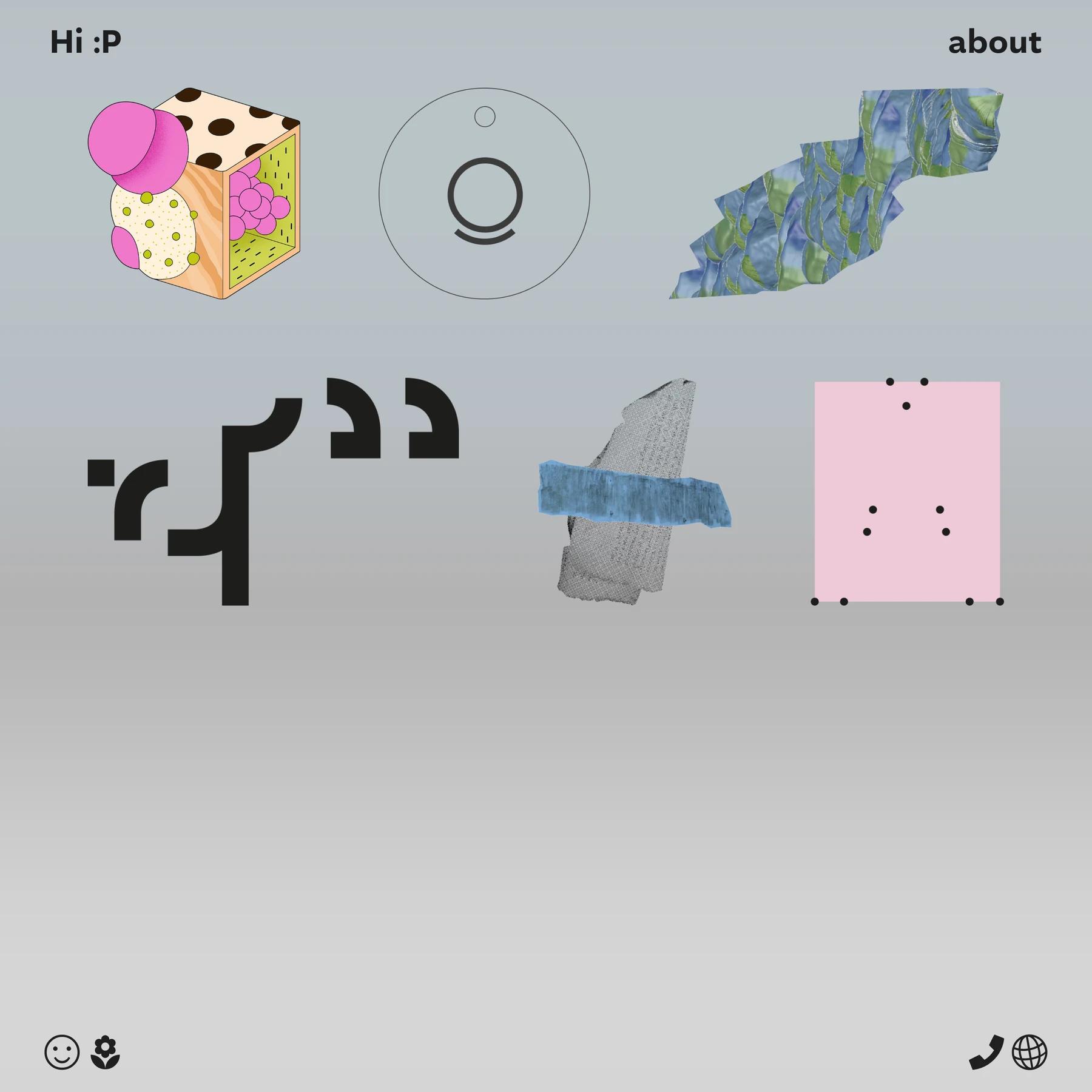
html energy is all around us and in this very website.
Source: html energy

“Where every report is a minority report” online publication based in Melbourne.
Source: Minority Report

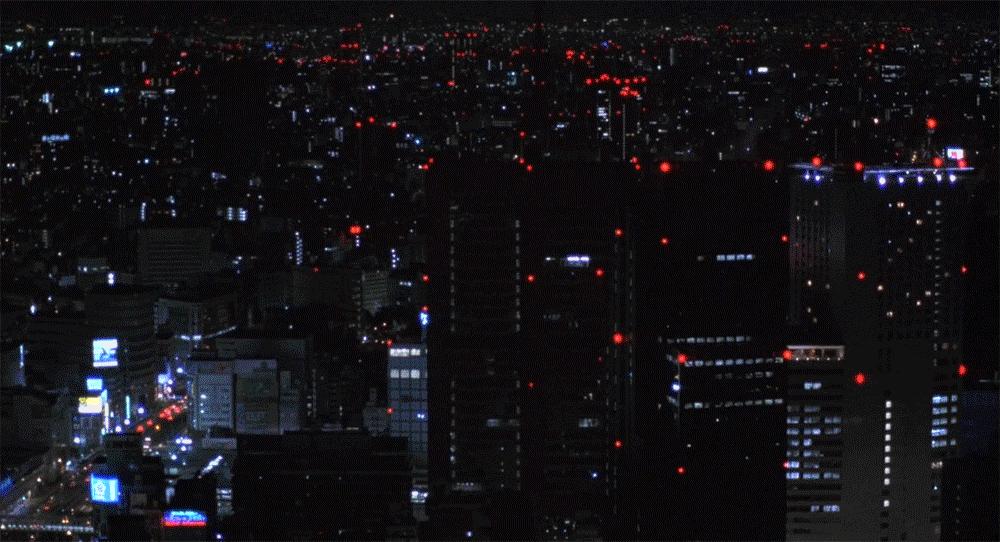
ANew Place 2 Drown showcases the poetry and artwork of brothers Jack &Archy Marshall The book depicts the creative process the brothers share as well as their social and home lives in South London. – 212 pages. 210mm x 290mm– Silver spine tape. 2 x silver slip-in poems– Released with a shor…
Source: PSAFETO
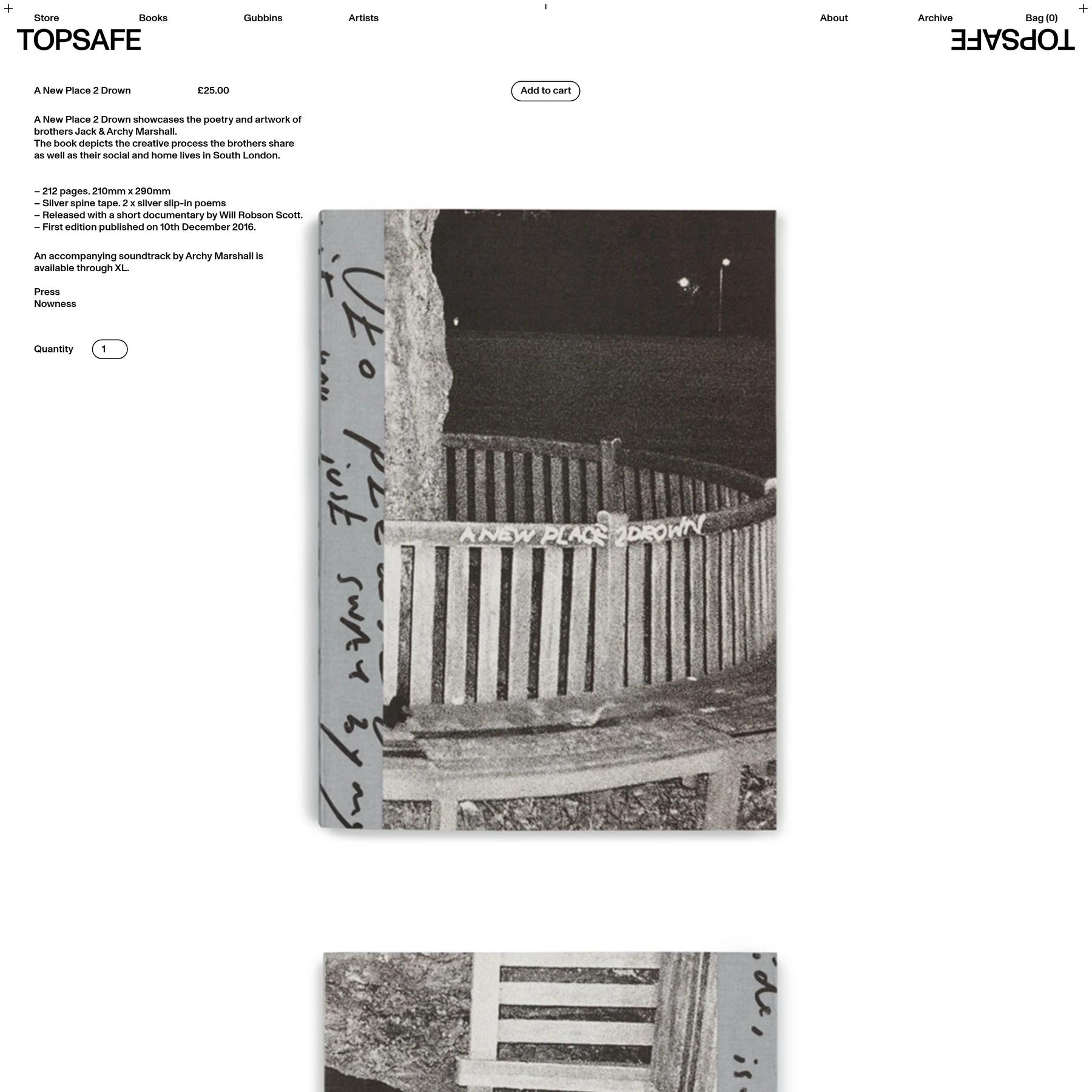
is not an infinite scroll

How a slow app made my relationships stronger, by Sara Hendren
Source: Care is not an infinite scroll | New Public Magazine
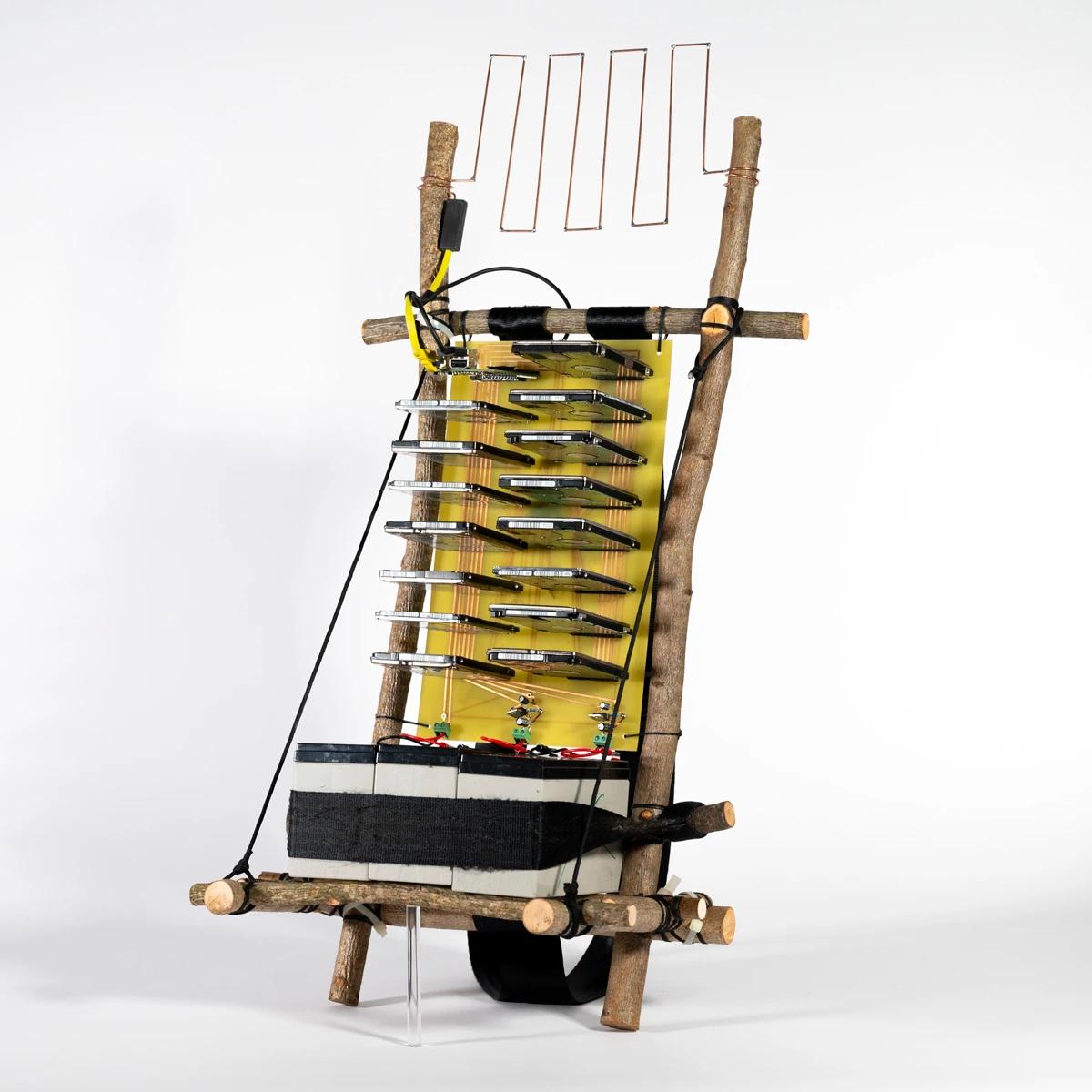
Anomadic storage device for transporting and sharing data within a dispersed and decentralised network, influenced by centuries old traditional pack frame structures built using natural materials.
(from Superflux's The Intersection (2021))
https://superflux.in/index.php/work/theintersection/
Source: the Intersection - Superflux
Source: 065f2165-b205-4671-9696-36aa6943ffbe.png
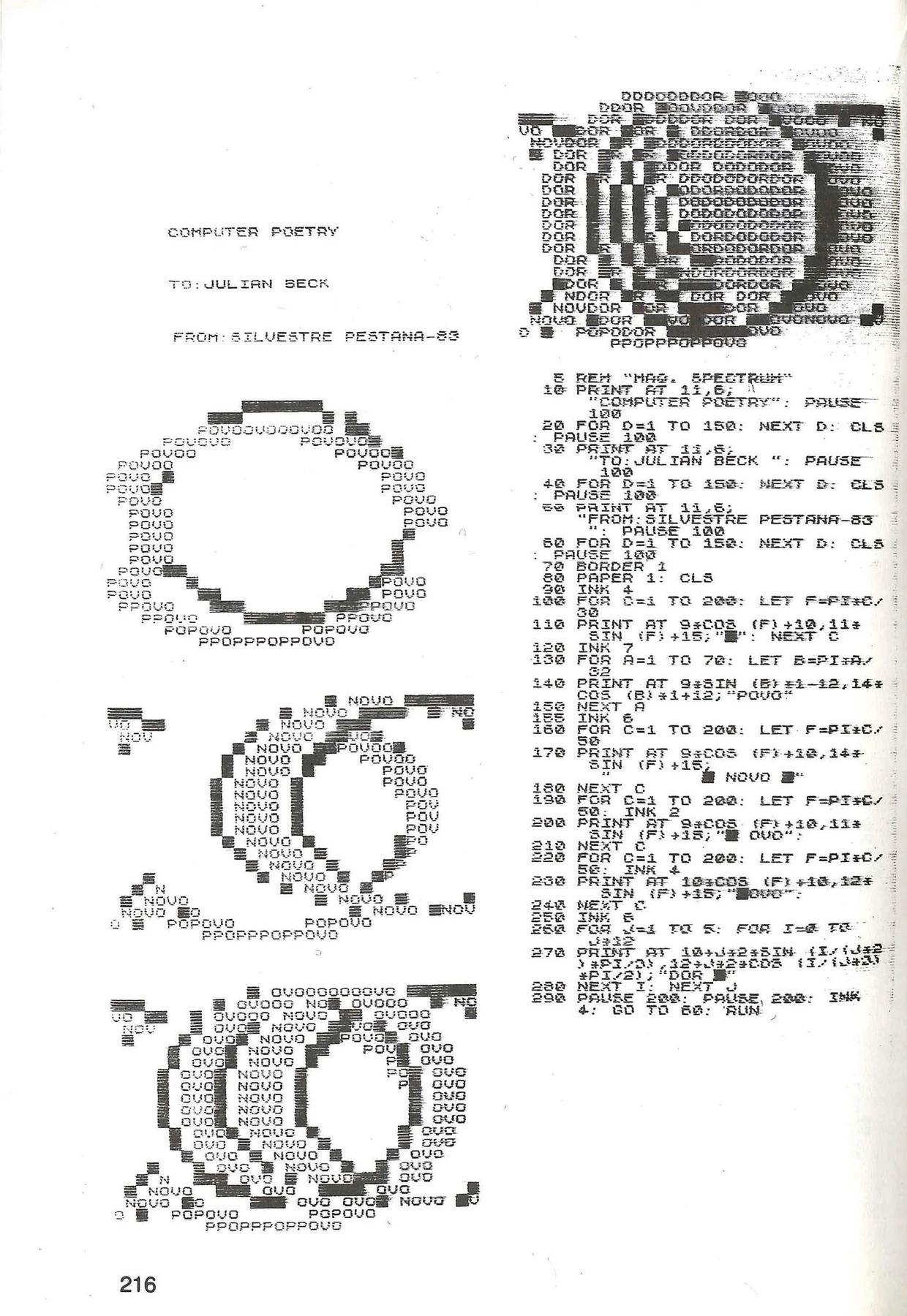
This is a chart of icons from various interfaces. Clicking on GUI names, section names or icons themselves will lead to the appropriate page:
Source: GUIdebook > Icons > Components

Source:The Internet’s Back-to-the-Land Movement Are.na

digitally store my work so that i can repeat what i've done in the physical world method 1: take a picture
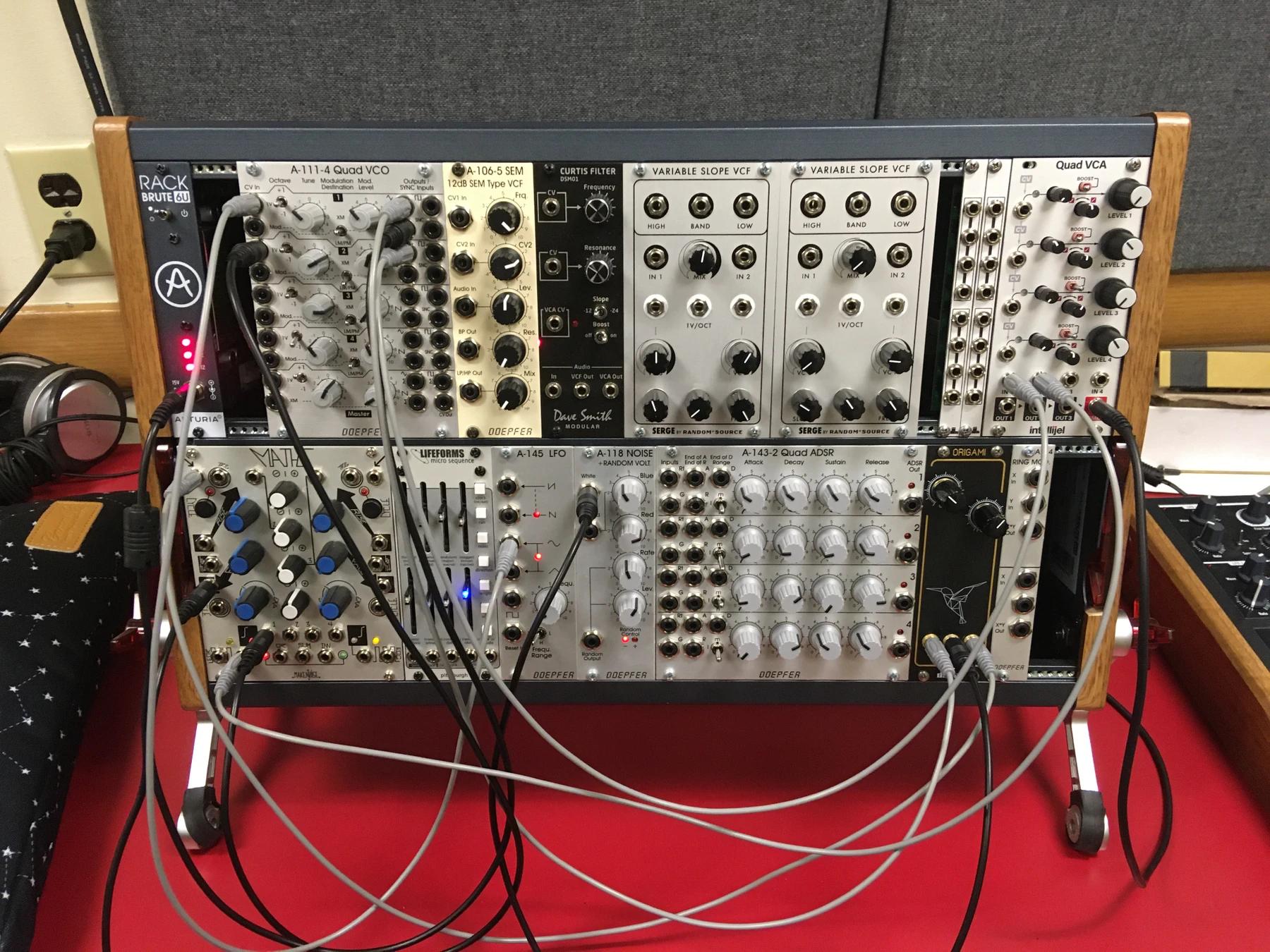

Source: WebGLWater

Source: Home /Twitter


Push Me PullYou is an award-winning local multiplayer game about friendship and wrestling. Joined at the waist, you and your partner share a long, wriggling body as you wrestle your opponents for control of the ball.
Source: Push Me PullYou on Steam


POSTCARDS, FAXES,AND EMAILPRINTOUTS lie wanly in a vitrine Aplywood shelving unit holds rows of informational leaflets. One gallery wall is plastered with graphs and charts. Another is covered in hundreds of seemingly identical photographs. On a bank of video monitors, talking heads are explaini…
Source: Claire Bishop on the superabundance of research-based art
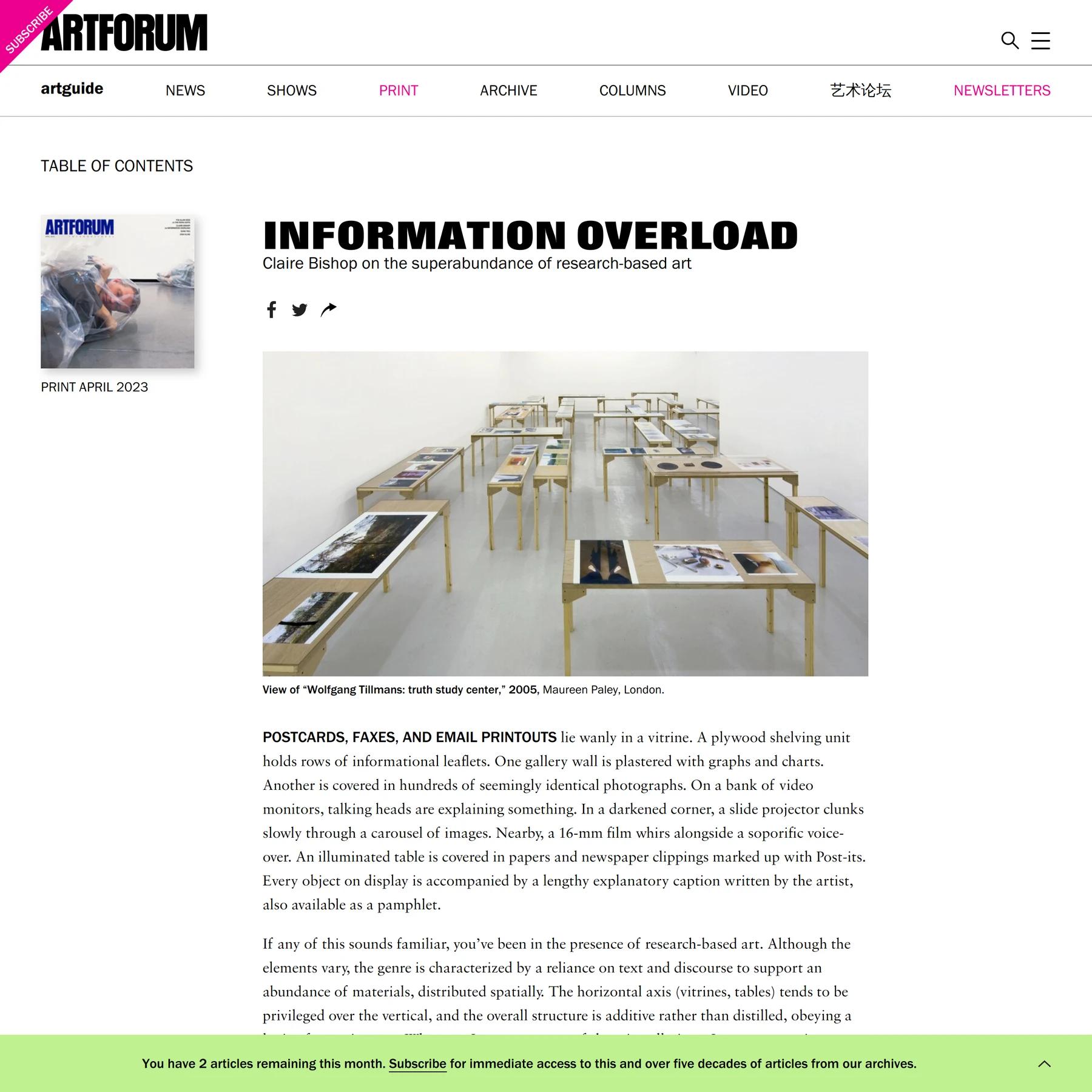

CriticalTexts in the Field of Material Culture Studies
From Lance Winn: Marx,The Communist Manifesto (gives us the language to critique material)
McLuhan, Understanding Media (apologies for claiming such an overused text but “the medium is the message”…e=mc….squared”
De Landa,AThousandYears of Nonlinear History (impossible where to even begin, start with things as an accumulation of energies)
The Electronic Disturbance byThe CriticalArt Ensemble (material is often now immaterial and yet somehow still affects us)
Formless:AUsers Guide by Krauss and Bois (Like all the above, they equip us
with language to describe things that we take for granted… better yet they have pictures as well, and an alternative history of art that does not let you see the history of making in the same way ever again.
From Bernie Herman:
JudyAttfield, WildThings.Attfield offers an extraordinary perspective on the relationship between objects and design through the notion of wildness. Wildness simply is the elusive and ambiguous nature of things in the construction of meaning–in historical, cultural, and critical contexts. Her work resonates far beyond her examples.
Francis Ponge, Soap. Ponge dedicates the medium of the “prose poem” to the explication of ordinary objects. In Soap he visits and revisits this humble object in ways that offer provocative insight into the very nature of things in their greater generality.The sleight of interpretation
that enables us to realize that soap is an object that diminishes in its actualization raises questions about how analysis similarly exaggerates and lessens an object. Unlike the current burst of books about things like salt and pencils, Ponge’s essay reminds us of the poetical and magical aspects of objects.
Lynn Meskell, Object Worlds ofAncient Egypt. Meskell’s discussion of the quality of agency in things is smart and informed. With implications that range far beyond her immediate topic, Object Worlds provides a cogent argument for object biographies.The discussion on agency raises the fundamental question of how objects “act” in/on the contexts they inhabit/furnish.
William Gibson, Count Zero. Gibson’s second cyberpunk novel, Count Zero works from an evocation of Joseph Cornell’s constructions in a near future defined by virtuality and artificial
intelligences. Set aside the science fiction associations and read this work of fiction as a meditation on the relationships between objects that questions the role that humans play in the production and consumption of desire and meaning.
David Howes, ed., Empire of the Senses.This is a great collection of essays that explores the full array of the senses (including proprioception) in the reception of the material world. Published by Berg, this is one of several readers that contain both reprinted and original essays that explore the complex terrain on which we engage materiality through the senses as well as the varied critical positions we bring to writing and interpretation.
From JulianYates: George Perec,ASpecies of Space and other Pieces, trans. John Sturrock (London: Penguin, 1997)
Michel de Certeau,The Practice of Everyday Life, trans. Steven Rendell (Minneapolis: University of Minnesota Press, 2002)
Michel Serres,The Parasite, trans.
Lawrence Schehr (Minneapolis: University of Minnesota Press, 2005)
William Pietz, “The Problem of the Fetish 1, 2 and 2A” Res 9, 13, and 16 (1985. 1987 and 1989)
ArjunAppadurai (ed),The Social Life of Things (Cambridge: Cambridge University Press, 1985)
From Marcy Dinius: Bill Brown, ed.Things. Chicago: University of Chicago Press, 2004.
Lisa Gitelman and Geoffrey B. Pingree, eds. New Media: 1740-1915. Cambridge, MA: MITPress, 2004.
D. F. McKenzie, Bibliography and the
Sociology ofTexts. Cambridge: Cambridge University Press, 1999.
Miles Orvell,The RealThing: Imitation andAuthenticity inAmerican Culture,1880-1940. Chapel Hill: University of North Carolina Press, 1989.
LaurelThatcher Ulrich,TheAge of Homespun: Objects and Stories in the Creation of anAmerican Myth. New York: Knopf, 2001.
FromArwen Mohun: Melvin Kranzberg, “At the Beginning,” Technology and Culture 1 (1959). Mel was the moving force in creating the Society for the History ofTechnology and its journal,Technology and Culture. This manifesto remains the most concise statement about why the history of technology should be important to all of us.
Donald Kraybill,The Riddle of the
Amish. Kraybill’s explanation of how the Amish have“negotiated with modernity” through their choices about technology powerfully argues against technological determinism. He shows how theAmish have made choices about using technology in accordance with their values and, by implication, how everyone else can too.
James Scott, Seeing Like a State explores the history of how technologies of “seeing”—mapping, counting— in the hands of well-intentioned states have created human disasters.
Lerman, Mohun, and Oldenziel, editors, Technology and Culture:AReader— most everything I know about gender and technology, I learned from working on this book.
Mike Rose,The Mind at Work is an educational sociologist’s thoughtful discussion of the changing nature of low-paid labor and skill.
Pierre Bourdieu, Distinction:ASocial Critique of the Judgment ofTaste:A theoretical examination of the relationship between objects, practices, and social relations.
Nan Enstad, Ladies of Labor, Girls of Adventure: Working Women, Popular Culture, and Labor Politics at theTurn of theTwentieth Century:The women who populate Enstad’s book are producers and consumers of fashion. It highlights the role of popular culture in constructing desires for objects.
Dick Hebdige, Subculture:The Meaning of Style:Abrilliant little book that “reads” punk style in 1970s Britain.Amust read for those interested in the history of youth culture and fashion.
KaralAnn Marling,As Seen onTV:The Visual Culture of Everyday Life in the 1950s: Marling treats such subjects as Disneyland, Mamie Eisenhower’s
fashion, power tools, and paintbynumbers art with sensitivity and intelligence.
Anne McClintock, “Soft-Soaping Empire: Commodity Racism and Imperial Advertising”:Asmart, oft-anthologized essay that demonstrates the cultural importance of one commodity— soap— in the British Empire.
Museum of ModernArt, MachineArt: The catalog accompanying the 1934 exhibition is a pictorial and textual manifesto on behalf of Bauhausinfluenced modernism, which influenced a generation ofAmerican designers.
Susan Strasser, Never Done:AHistory ofAmerican Housework and Waste and Want:ASocial History ofTrash: UD’s own Strasser examines the material transformation of theAmerican home and the environmental consequences of the proliferation of things in these classics.
Richard Longstreth, City Center to Regional Mall:Architecture, the Automobile, and Retailing in Los Angeles, 1920-1950:The transformation of vernacular, retail architecture told through images and keen, understated analysis.
Thorstein Veblen,TheTheory of the Leisure Class: First published in 1899, this social satire remains a powerful critique of the use of things for social advancement.
From George Basalla: Daniel Miller.The Comfort ofThings
D. Penney& Dr. Stasny.TheThings they Left Behind.This is a book about the abandoned suitcases left in an insane asylum by inmates after their death. Includes photos and biographies of key persons. Very moving.
Deborah Cohn. Household Gods (The British and their possessions).
Barbara Stafford, an art historian, several books about material culture. Her books are heavy on theory but very good.
John Mack.TheArt of SmallThings
Pablo Neruda. Ode to CommonThings
Roger-Pol Droit. How areThings (philosophy)
Lorraince Daston, ed.,Things thatTalk. MITPress.Abig book of essays.
Bill Brown.ASense ofThings (American literature &Things)
SherryTurkle. Evocative Objects. MIT Press.
Simon Holloway. Corrugated Iron: Building on the Frontier. Wonderful pictures of corrugated iron buildings around the world.
H.W. Longfellow’s long poem Keramos, about the history of pottery and the value of craftsmanship
From Margaret Stetz: Through the Wardrobe: Women’s Relationships withTheir Clothes. ed.Ali
Guy, et al. Berg, 2001
The Fashion Reader. ed. Linda Welters andAbby Lillethun. Berg, 2007
APerfect Fit: Clothes, Character, and the Promise ofAmerica, by Jenna
Weissman Joselit. Henry Holt, 2001.
Clothing as Material Culture. eds.
Susanne Kuchler and Daniel Miller. Berg, 2005
Sex and Suits. byAnne Hollander.
Kodansha, 1994
Source:
https://sites udel edu/materialculture/about/what-is-materialculture/
Source: Pinterest

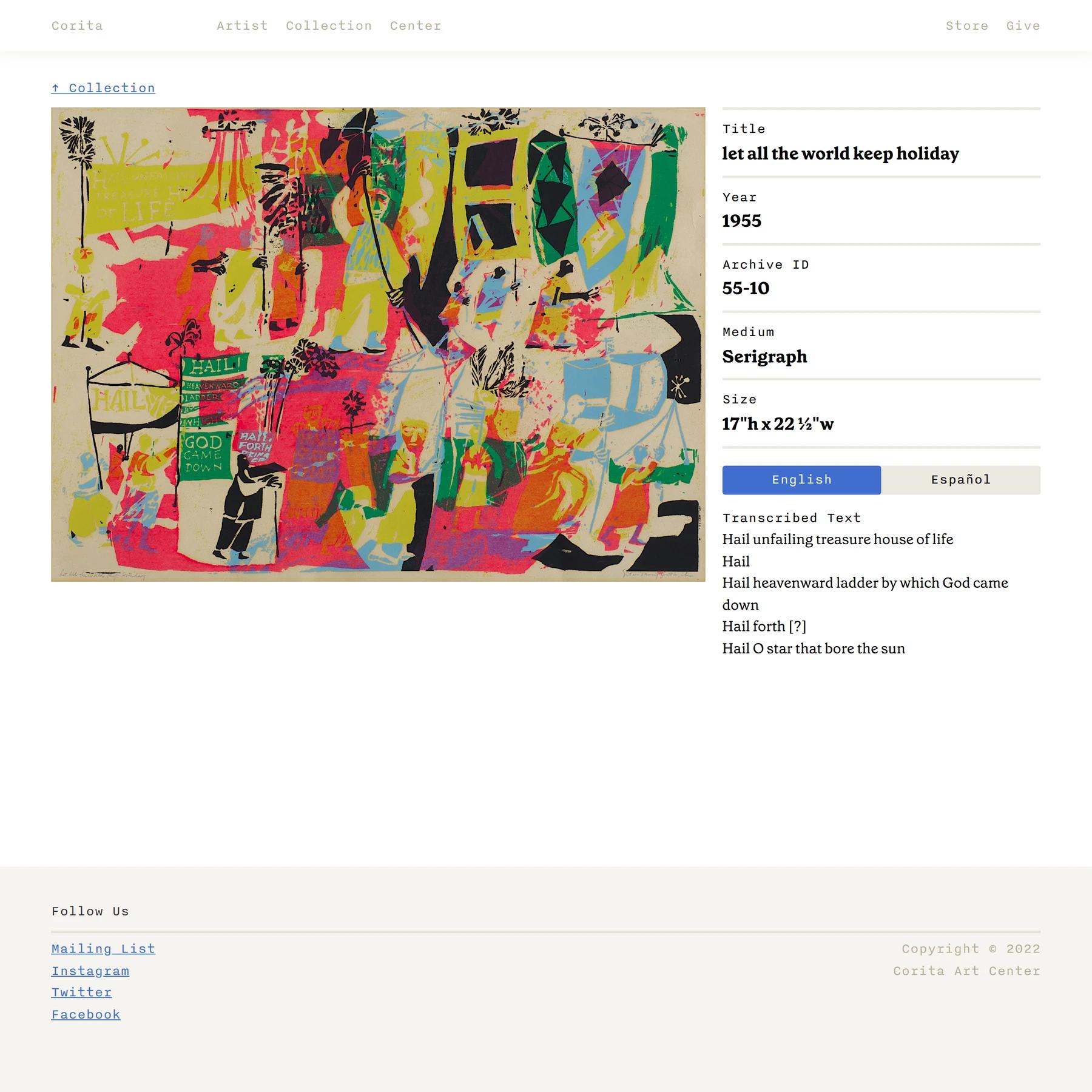
TextoTranscrito
Source: Piece
Source:Thomas Bizzarri &Alain Rodriguez – Graphic Design

Source: shirin-abedinirad-gugo-torelli art 014.gif

 Meg Miller, writer & editor
Meg Miller, writer & editor

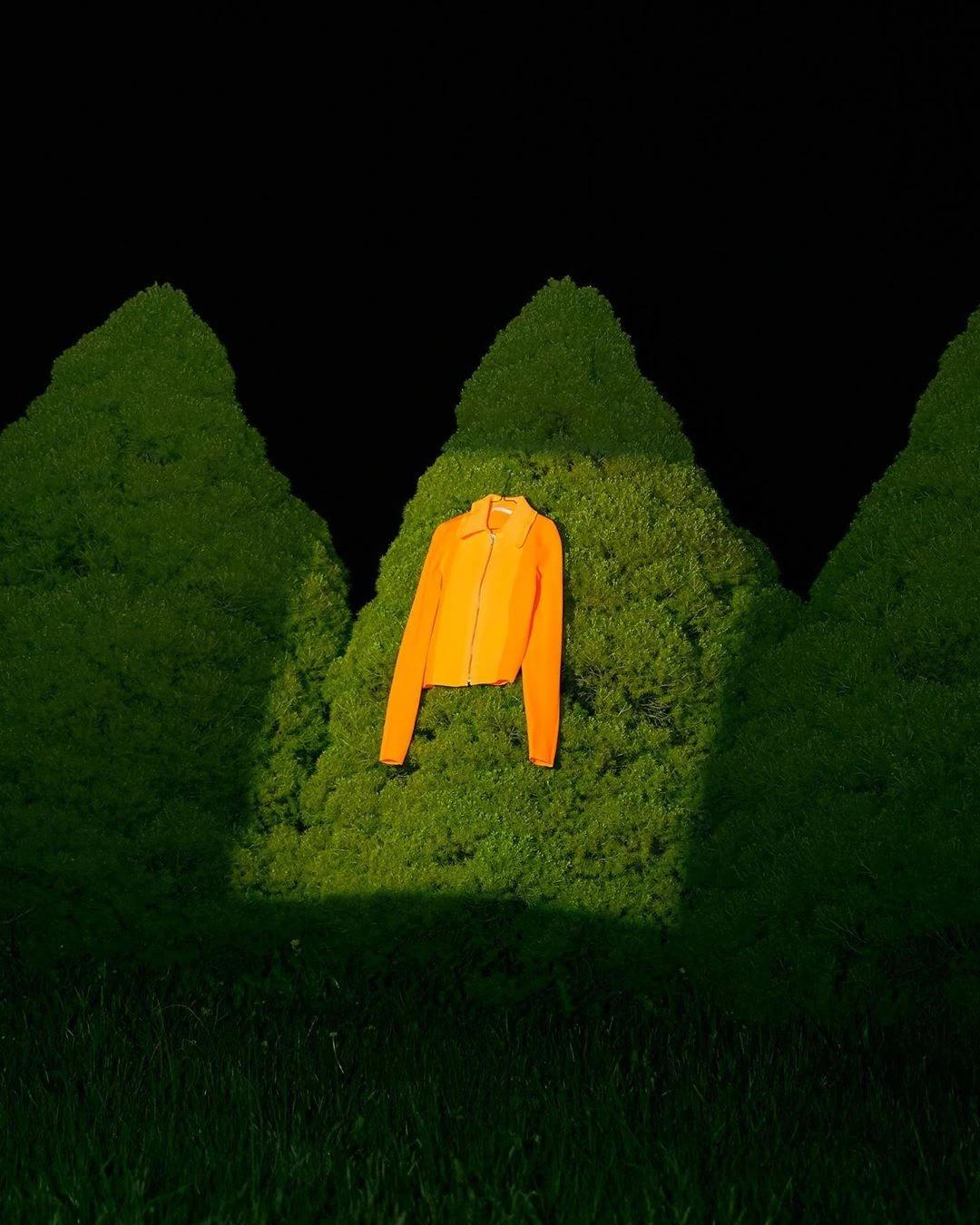
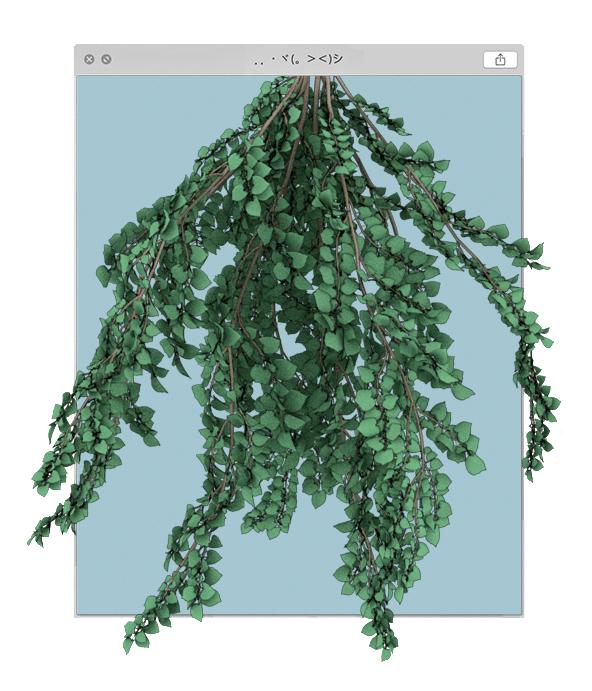
Create beautiful gradients right in your browser
Source: MESH - Create beautiful gradients
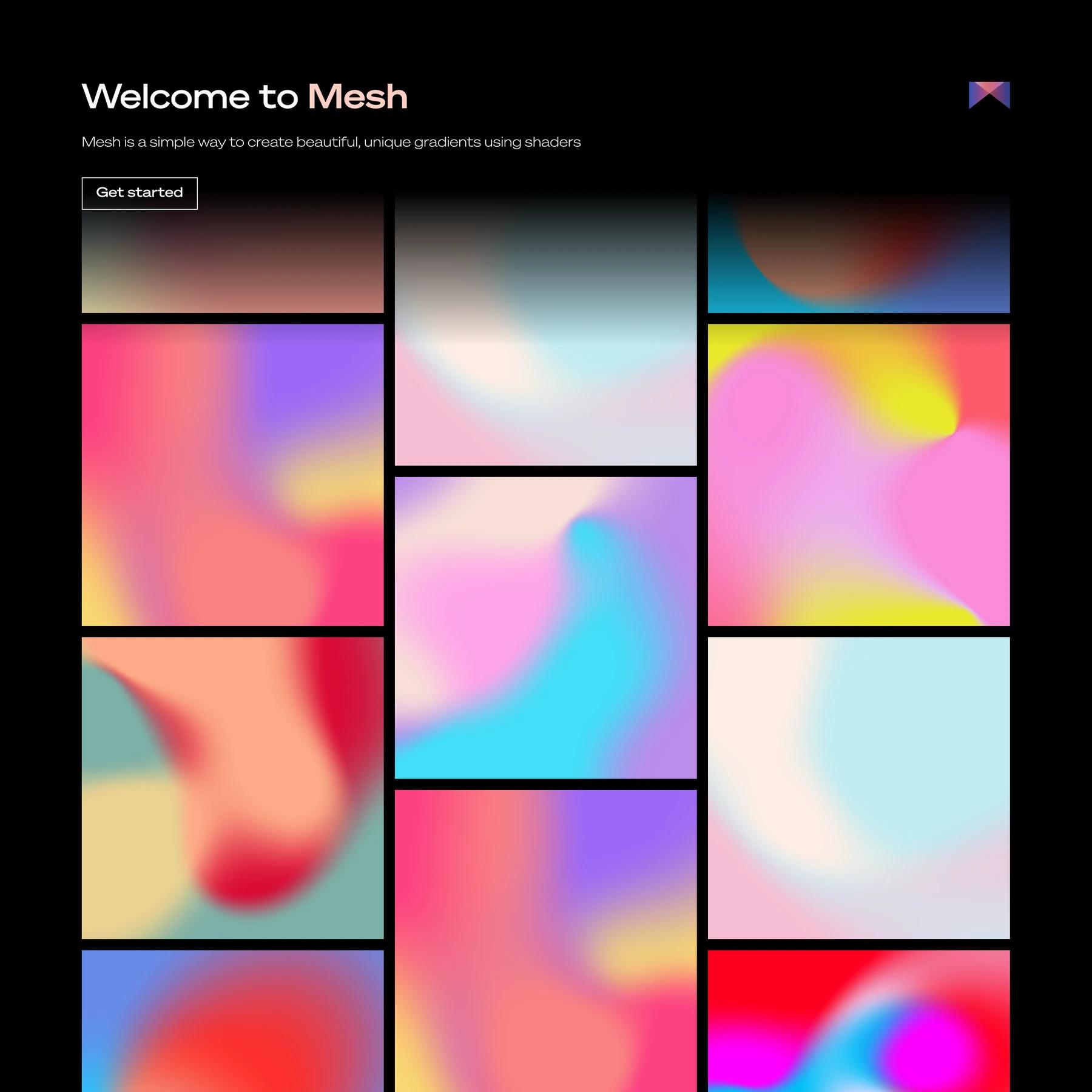
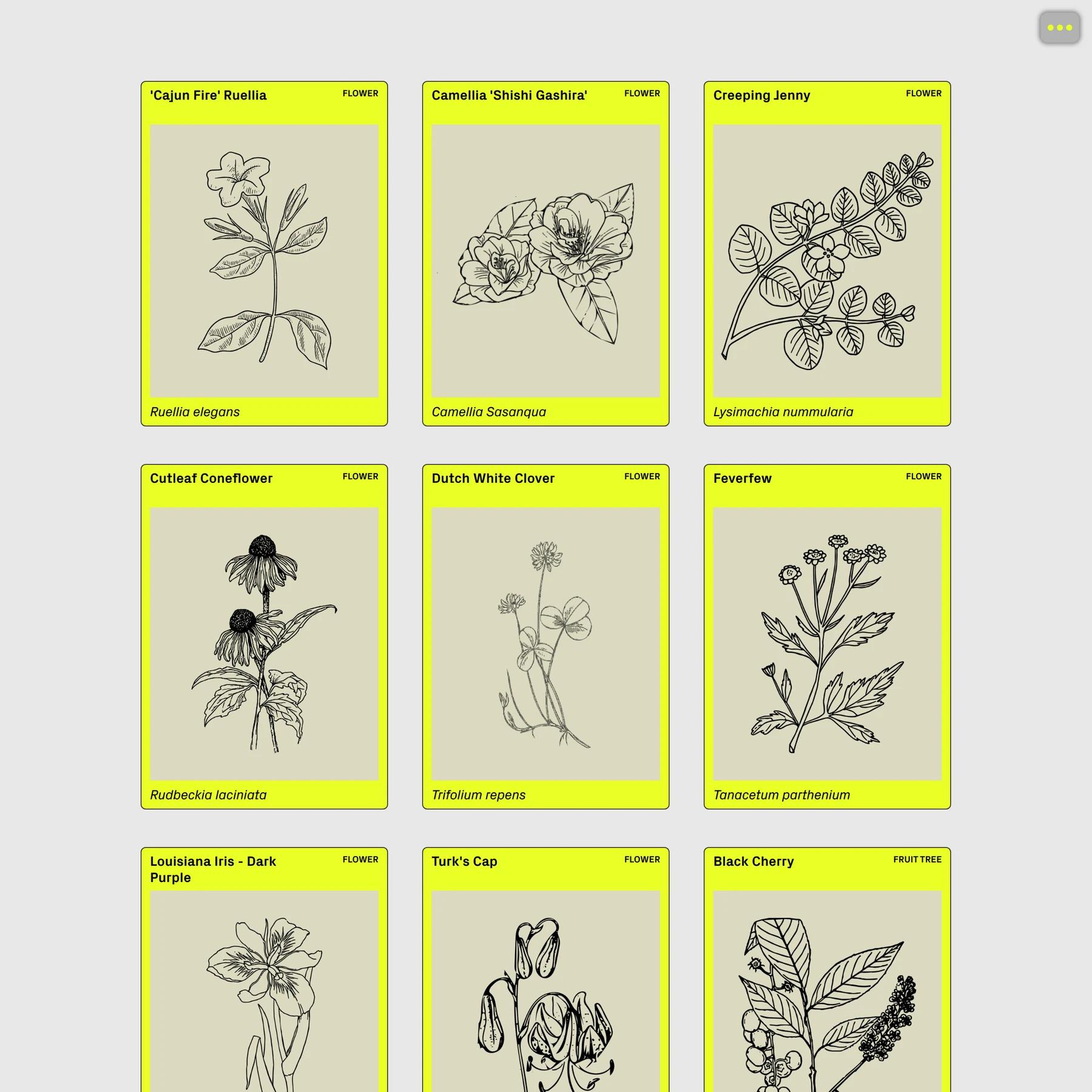



Source: Various Recorded Detritus

https://sites google com/site/bosackhumanities/full-texts/bjorkinterview-quotes
I'm the kind of person who when it comes to, say, something like language or just communicating on a daily basis, I feel like I'm trying to put an ocean through a straw

Detritus: a site dedicated to recycled culture.
Source: Detritus

TheArchive of Vibrant Matter is a dynamic archive of artefacts, materials, living things, matter and transforming practices It is composed of a physical archive, which will be presented within the Museum of Vibrant Matter of the Porto Design Biennale 2021, and the digital archive which you are exp…
Source:Archive of Vibrant Matter | Home Are.na

The world is not a collection of things, it is a collection of events.Astone is prototypical ‘thing’: we can ask ourselves where it will be tomorrow. Conversely, a kiss is an 'event’. It makes no sense to ask where the kiss will be tomorrow.The world is made up of networks of kisses, not of stones. On closer inspection, in fact, even the things that are most 'thing-like’are nothing more than long events.
| Carlo Rovelli
The Institute of ContemporaryArts in London supports radical art and culture through a vibrant programme of exhibitions, films, events, talks and debates.
Source: ICA| Institute of ContemporaryArts
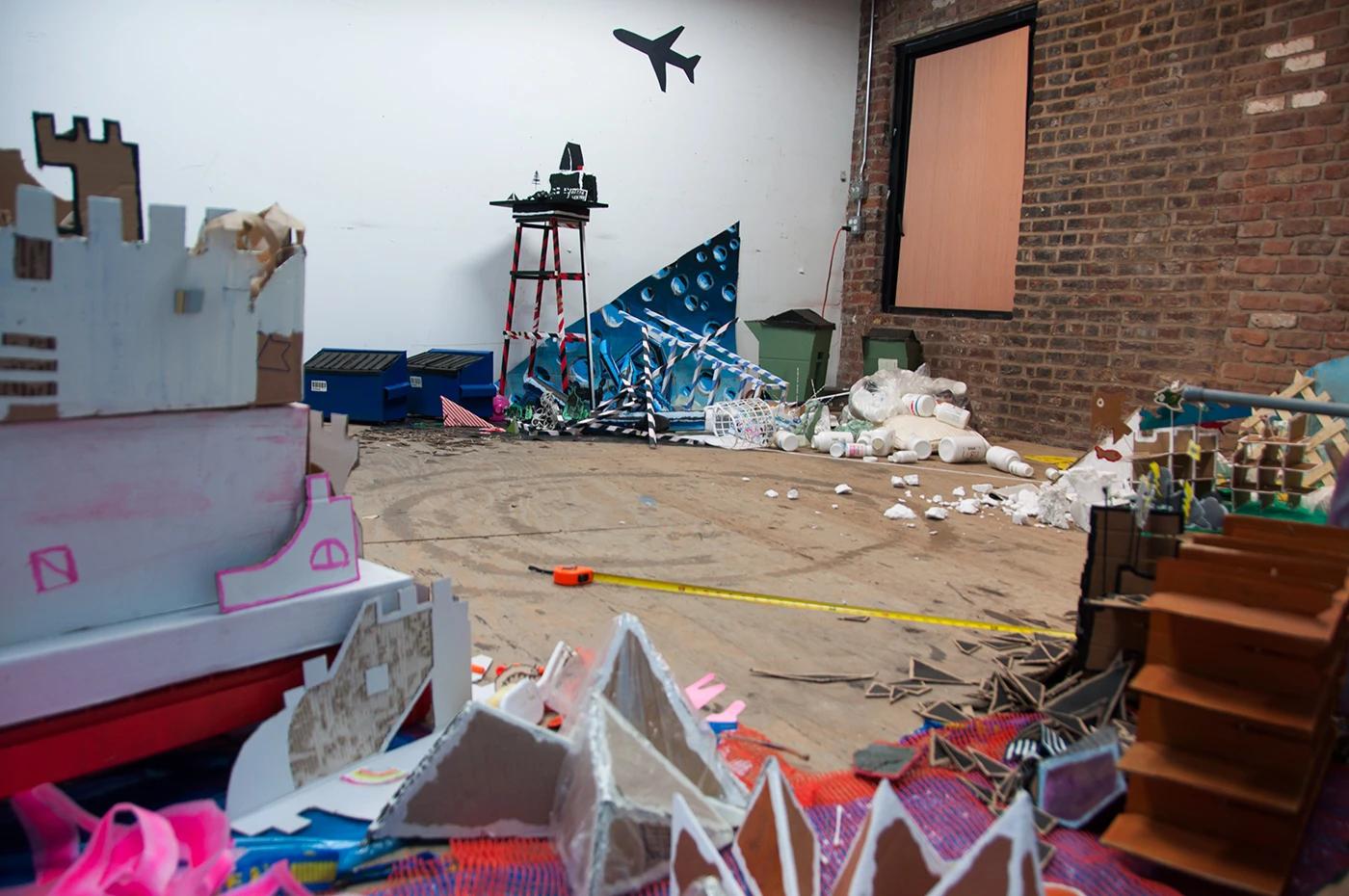
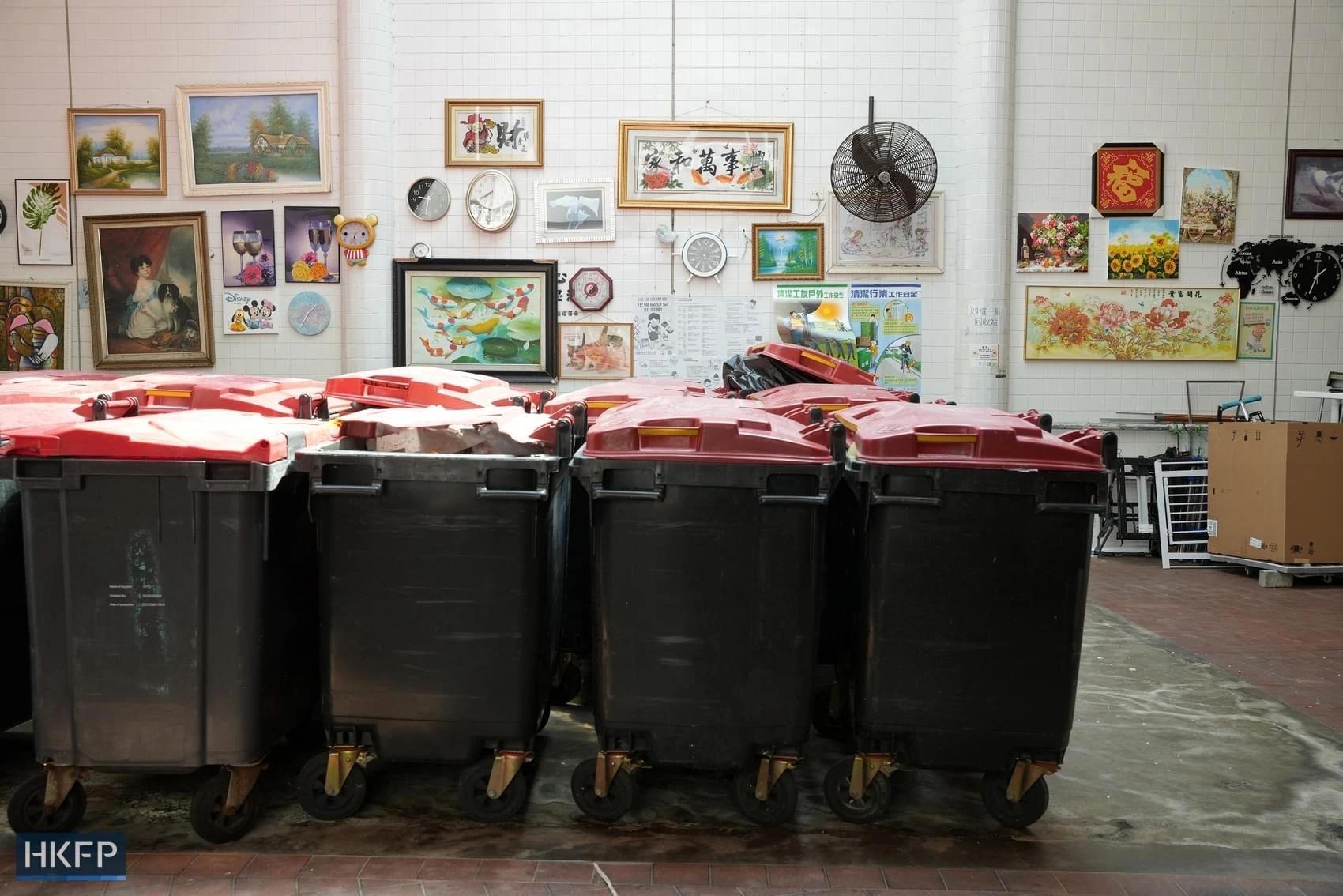
Source: tumblr o1s4bbndua1r3uv06o1 1280.gif

Source: (20) Pinterest
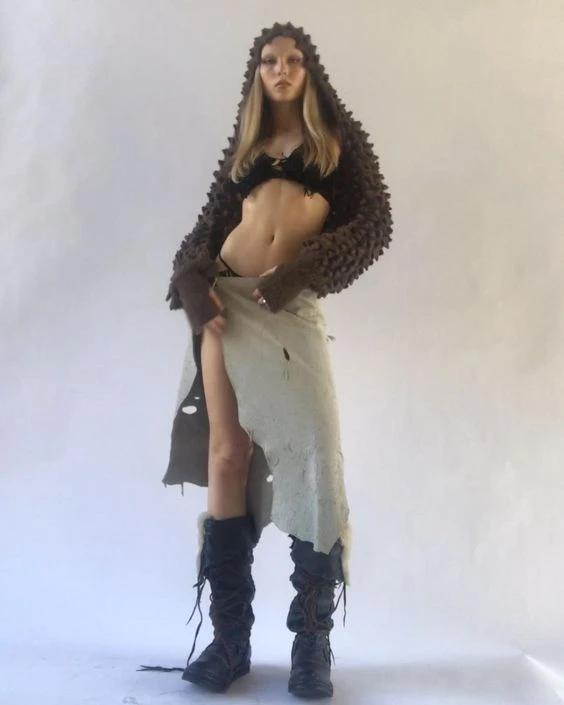
Source: Pinterest

Looks like you stepped away from yourscreen We've gone dark to save energy. Waste Not is a simple way to search an opensource database of sustainable suppliers. Find better:The beliefs we're built on Being truly zero waste is costly and difficult.
Source: Waste Not

Source: abrahamcampillo – Savee
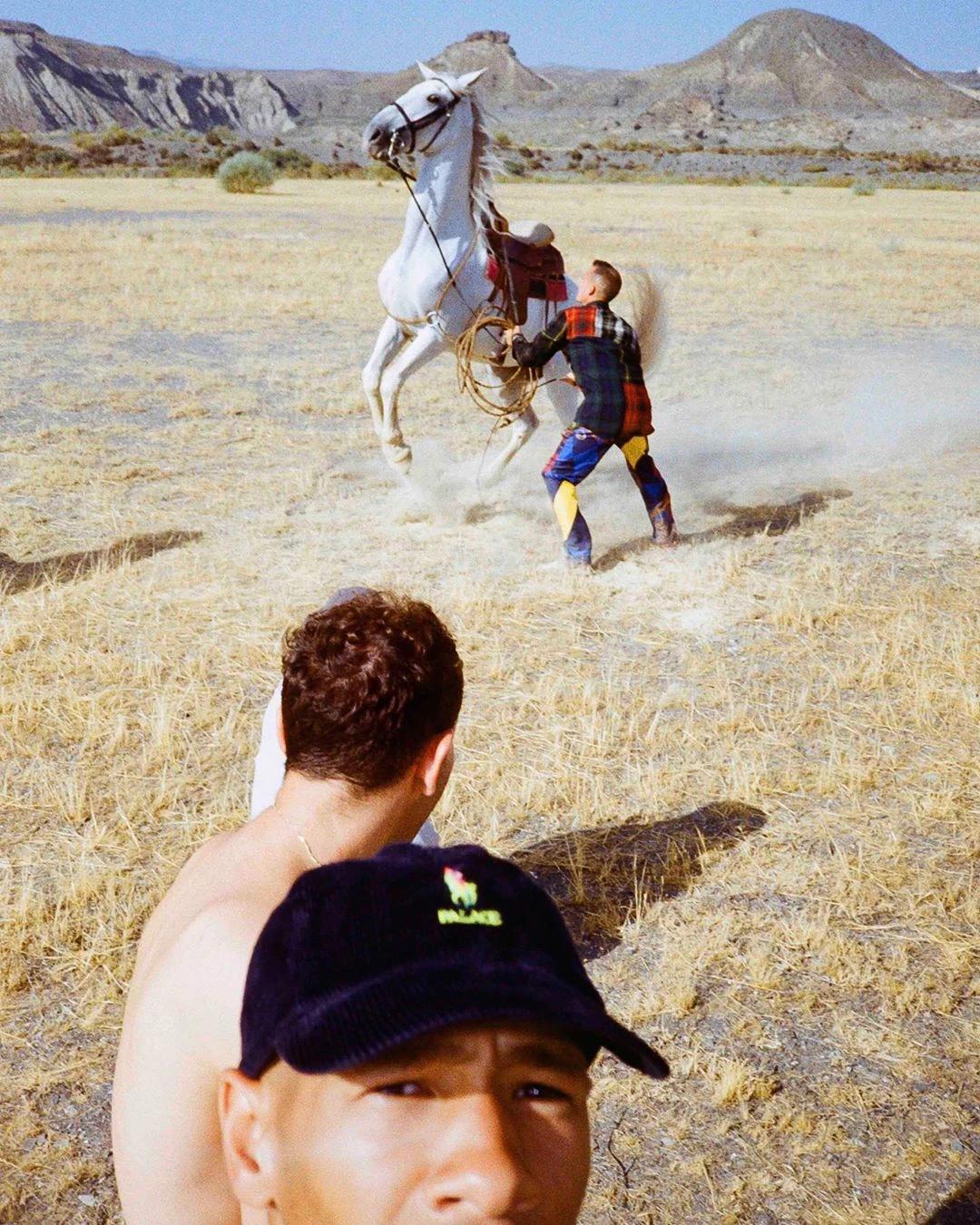
Source: ‘Future Flowers’Blossom in a Digital Collaboration
Presented at Japan’s DazaifuTenmangu Shrine | Colossal
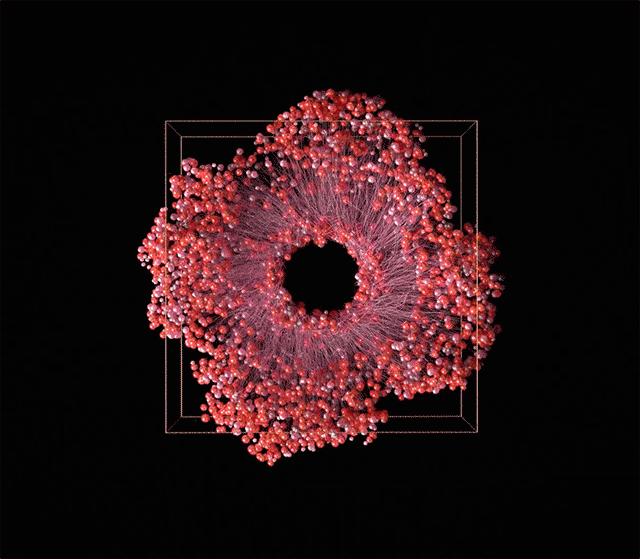
Source: Schemas of Uncertainty

https://wwwinstagram com/p/Cs9V9UEsdSm/
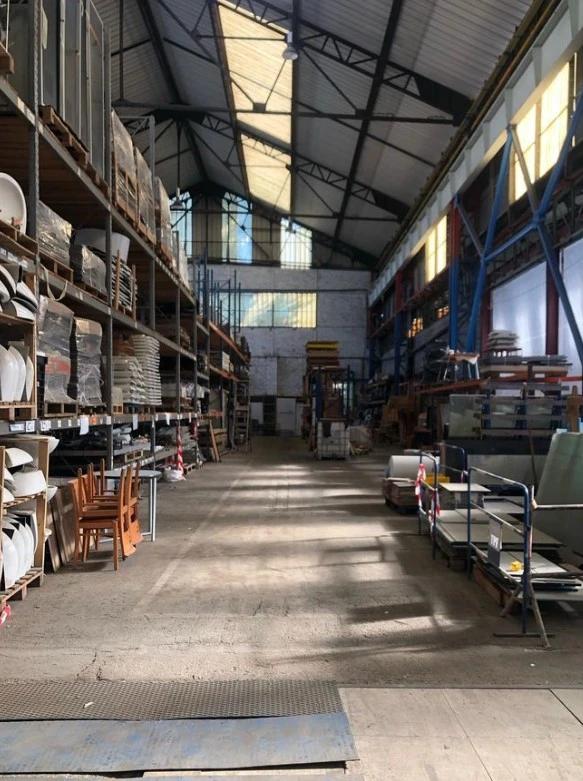

https://katiepaterson org/artwork/earth-moon-earth/

https://wwwantarctica govau/magazine/issue-34-june2018/science/antarctic-krill-break-down-microplastics/

—1 — Is it the end? Has the end finally come? No one is sure exactly when it’s happening. We have waited and waited.Along time now. Our entire lives. We did not know what the end would be like.
Source:The Dawn of Endcore | | FlashArt

Generating music using tone.js
Source: scrollbar-piano

Source: c0c5b6b7-39a5-47a8-81ff-2aeffa12d44f.jpg
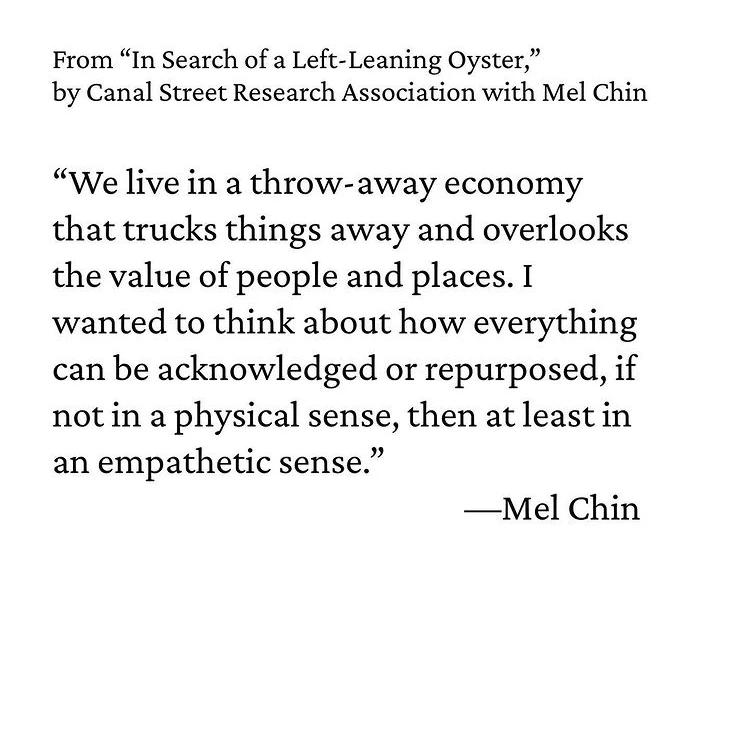
Source: ce71a07d5b4b16bf5a15c44a1510f3bd.jpg

Source: dieter roth design - Google Search
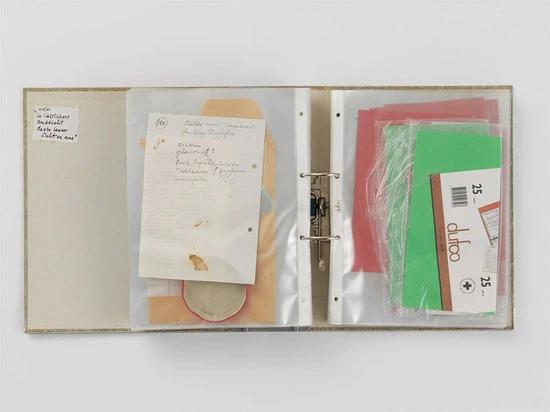
Source: massimo vignelli ibm - Google Search

This website allows users to visualize the air quality in any location.The digital particles are formed by pulling data from the current air pollutionAPI. Please refer to the key to reference what each graphic means.
Source: (DIGITAL) POLLUTION



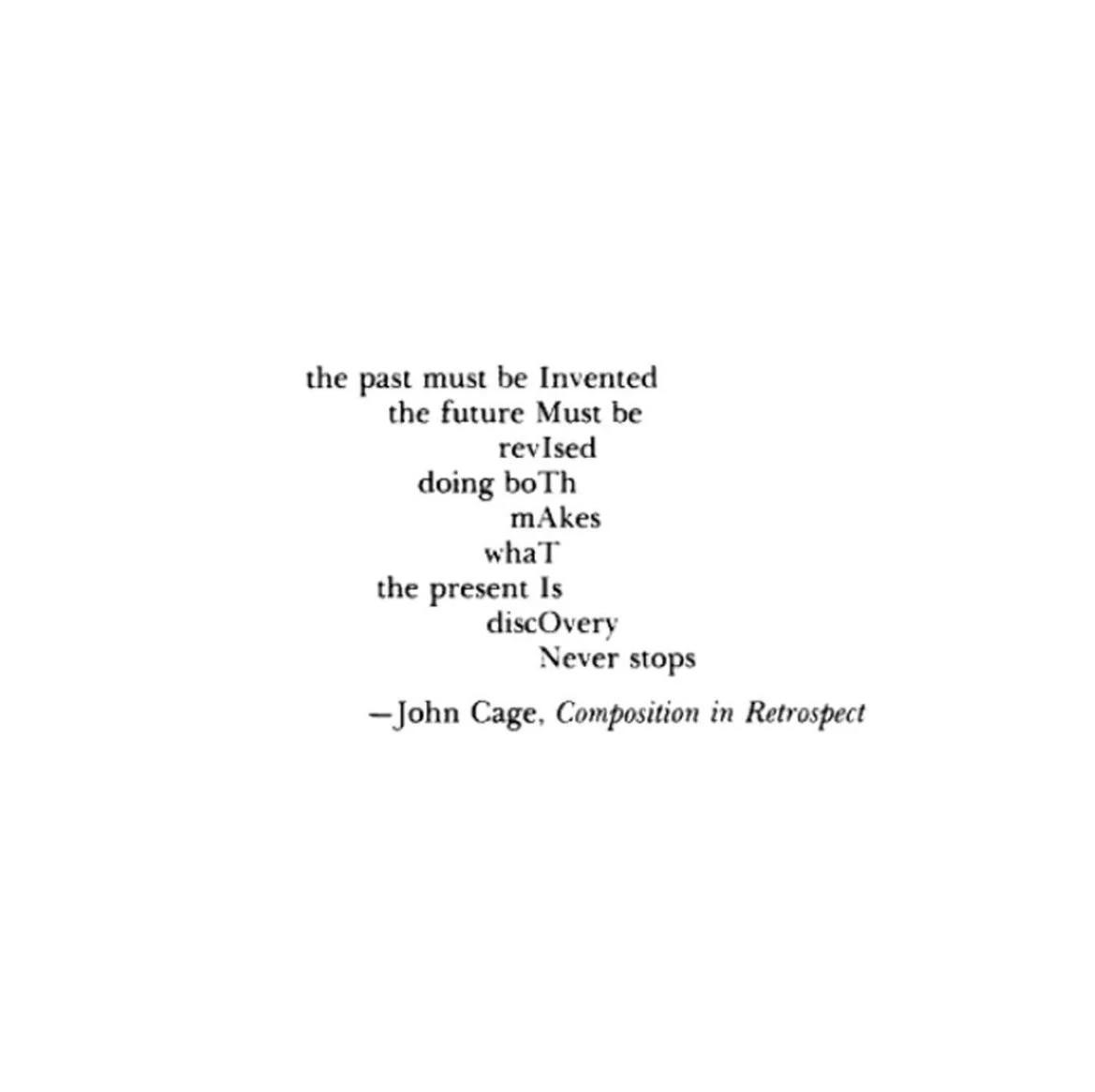
Source: 900x.jpg
 Sony Power Glove
Sony Power Glove

Always Hallways is the website accompanying the 2021 Offspring exhibition of DeAteliers The website features content organised by the second-year DeAteliers participants which form the background process of their works and tangents that have influenced them. In conversation with the participants,…
Source:Always Hallways

Satellite images provide a wealth of visual data from which we can visualize in interesting ways. Land Lines is an experiment that lets you explore Google Earth satellite imagery through gesture "Draw" to find satellite images that match your every line; "Drag" to create an infinite line of connected rivers, highways and coastlines.
Source: Land Lines
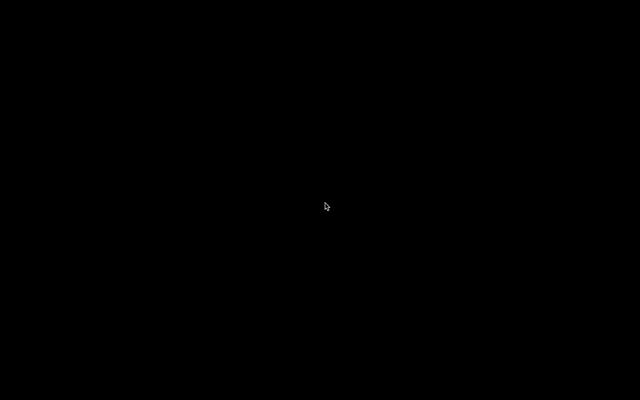

Modular garments that are interchangeable and allow for mix-andmatch creativity. Explore distant worlds, defy adversity, assemble and reinvent.
Source: Gauvain
Acollection of modern art is displayed in the study ofAldo Businaro’s Palladian-style villa, which was purchased by his grandfather in 1924 In the foreground, a pair of leather chairs designed byAfra andTobia Scarpa
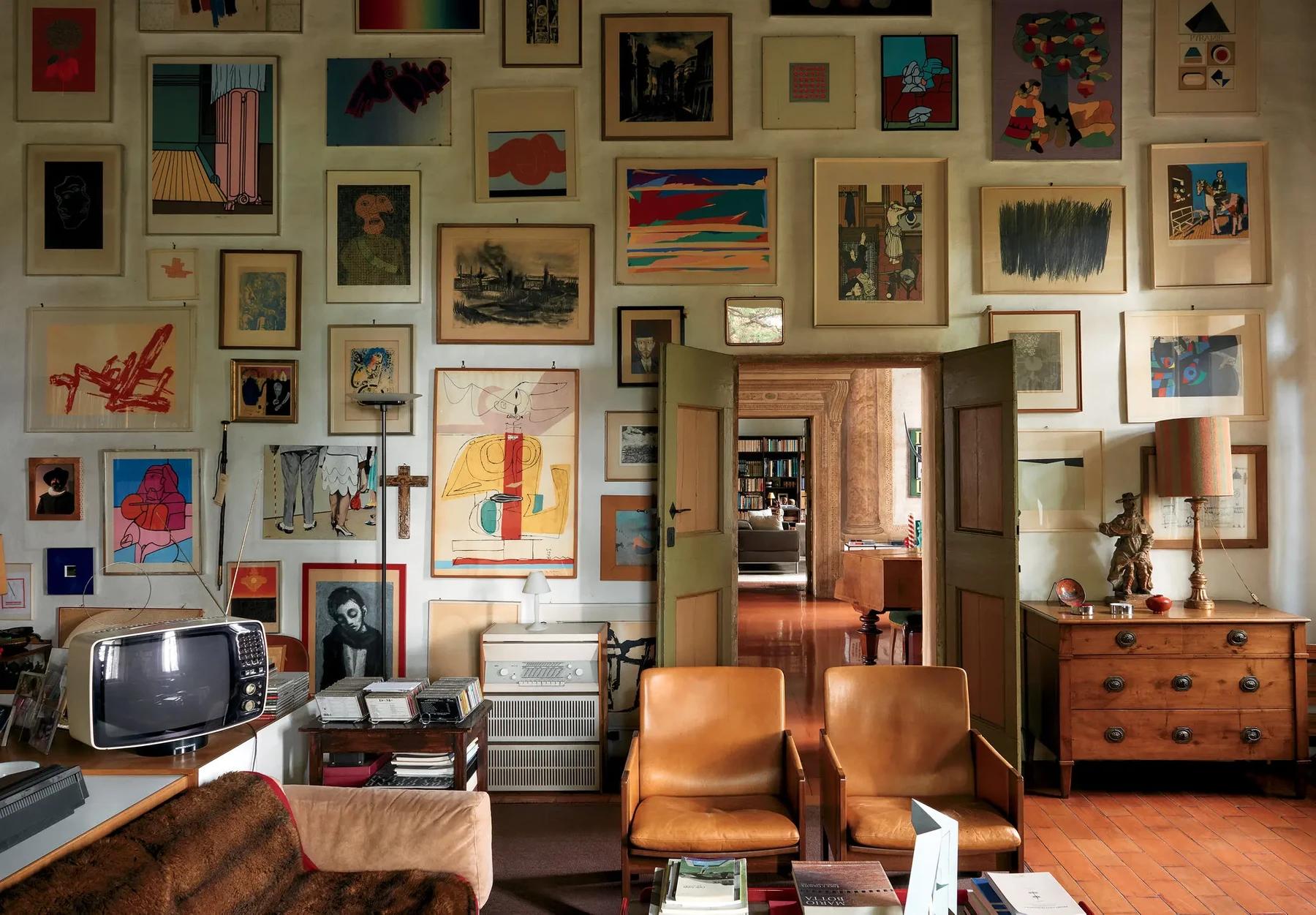
One of the largest contemporary art galleries in the UK, presenting free exhibitions, special events, and family activities.
Source: Home
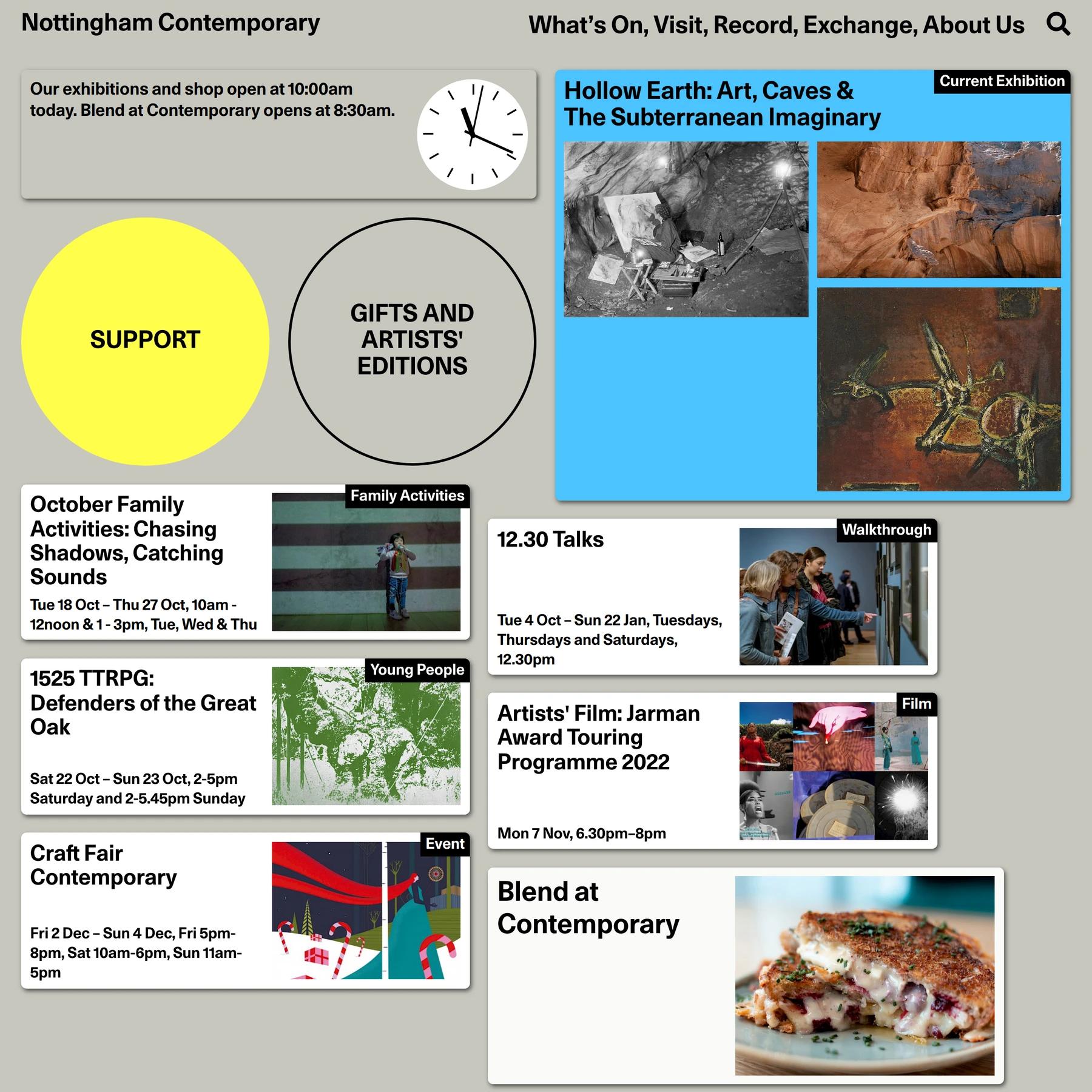
From Wikipedia, the free encyclopedia
Source: Category:Unique identifiers - Wikipedia

Source: 72ecddce8aa79e4a9a2a01cfc1818721.gif (538×534)

Web site created using create-react-app
Source: Shea Fitzpatrick

Source: magnets-engulfing-magnets.gif?w=640
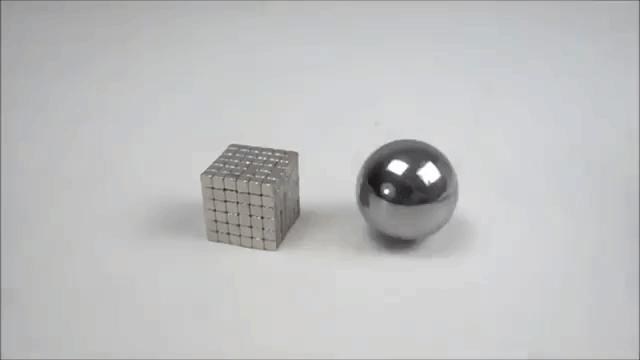
[My Own List of] CriticalTexts in the Field of Material Culture Studies
[My Own List of] CriticalTexts in the Field of Material Culture Studies
In Memory of Memory by Maria Stepanova
Ordinary Affects by Kathleen
Stewart
Illuminations by Walter Benjamin
Listening to Images byTina M.
Campt
The Senses Still by C. Nadia Seremetakis
A Billion Black Anthropocenes or None by KathrynYusoff
The Wretched of the Earth by Frantz Fanon
The Shape of Content by Ben Shahn
Source: Natural system simulation – Houdini Gubbins

let us join kim jong-un and hello kitty and build a fairyland for the people on mount paektu with glorious rainbows and flowers!
Source: Julia Kim Smith
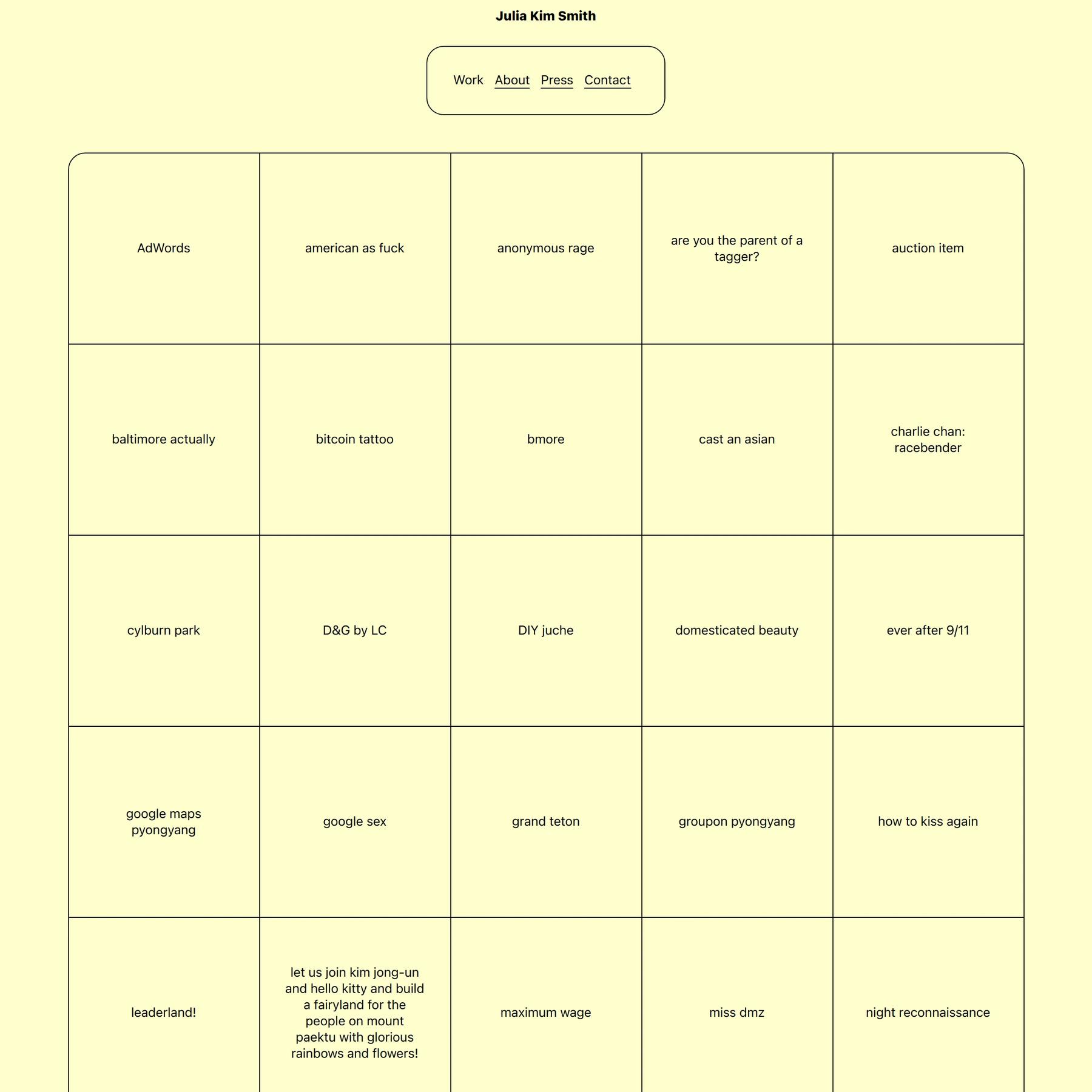
"There was a whole world of maintenance that nobody spoke about."
Source: tumblr nizxz1GNnD1rte5gyo3 400.gif

Sofía Clausse on Instagram: “writing as magic ↔ magic as writing S SPSPE SPELSPELL SPELLI

120 Likes, 9 Comments - Sofía Clausse (@sofiaclausse) on Instagram: “writing as magic ↔ magic as writing S SPSPE SPEL SPELLSPELLI SPELLIN SPELLING…”
Source: Sofía Clausse on Instagram: “writing as magic ↔ magic as writing S SPSPE SPELSPELLSPELLI SPELLIN SPELL...




ASimple Heart by Gustave Flaubert
Source:ASimple Heart, Chapter I - FÉLICITÉ
Through its projectASimple Heart, inspired by and named after Flaubert’s famous novel, Un cœur simple, DOGMAtakes a stand against the city of entertainment and artifice by placing the “workers” at the heart of urban organization. For this project, DOGMAsought to insert a wall around an existing…
Source: Frac centre

Mindy Seu is a NewYork-based designer who currently teaches at Rutgers andYale
Source: Mindy Seu


JamesTaylor-Foster works in the fields of architecture, design, eculture and technology. He is the Curator of Contemporary Architecture and Design atArkDes.
Source:Archive - JamesTaylor-Foster
An open protocol for building social Web applications. Part of the Beaker browser project. Unwalled.Garden is a kind of “Souped up RSS.” Every user has a website, they publish their content as fi...
Source: Unwalled Garden �� Digital Garden
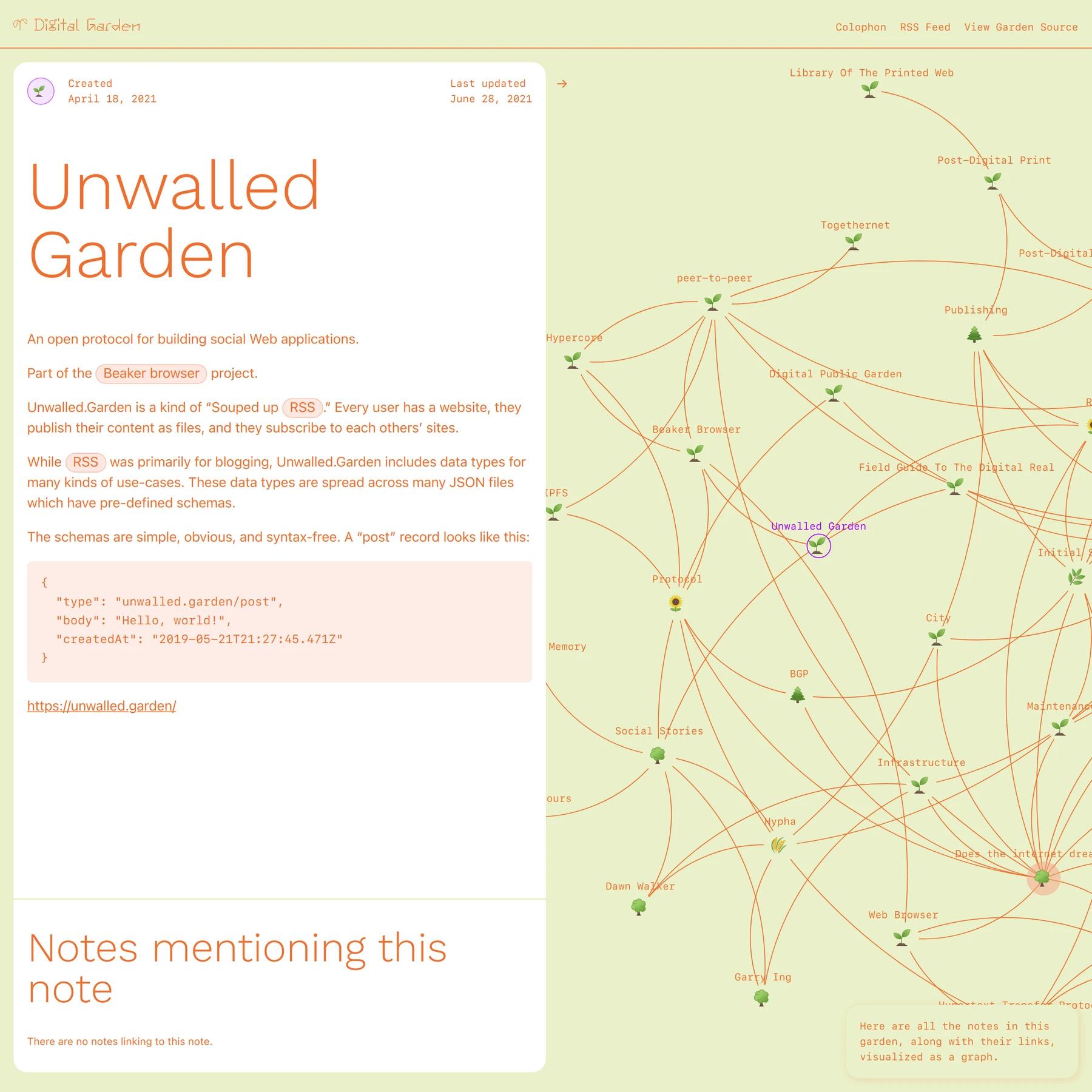
Source: Psychedelic LoopingAnimations by Colin Macfadyen –
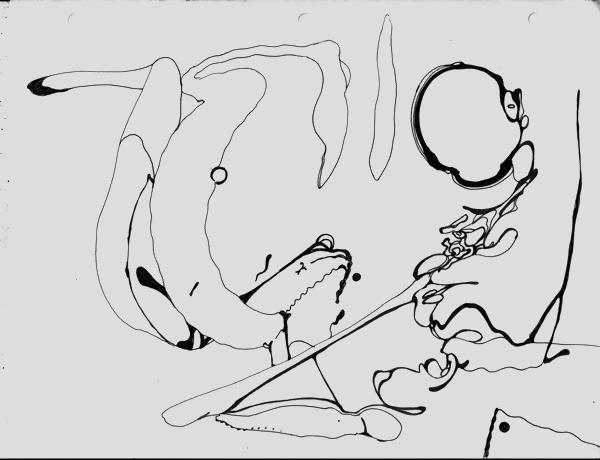
BOOOOOOOM! – CREATE * INSPIRE * COMMUNITY*ART*
DESIGN * MUSIC * FILM
PHOTO
PROJECTS
Content Management System
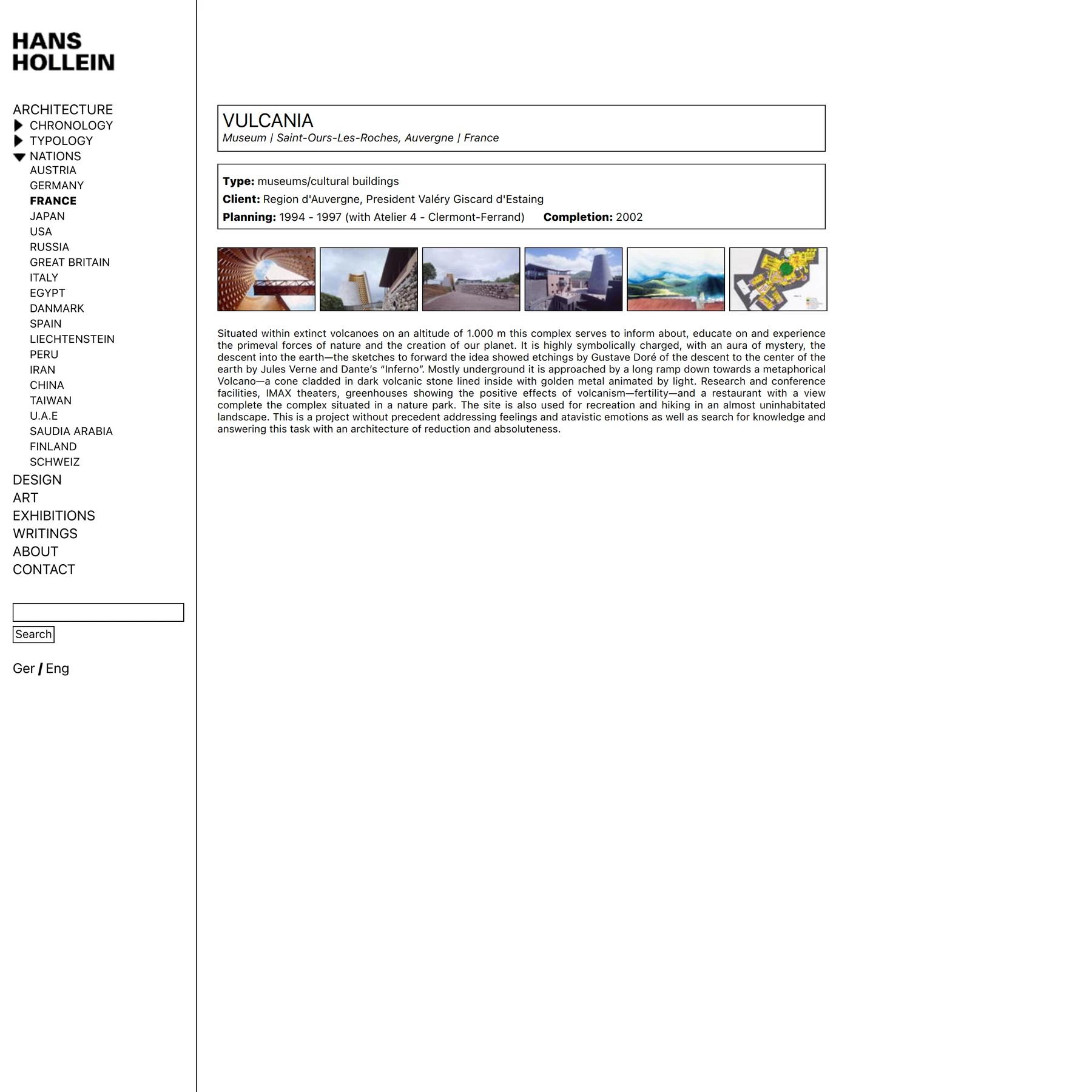
Source: 320 Vulcania / France / Nations /Architecture / Home -
HANS HOLLEIN.COM
Source: Ishkur’s Guide to Electronic Music
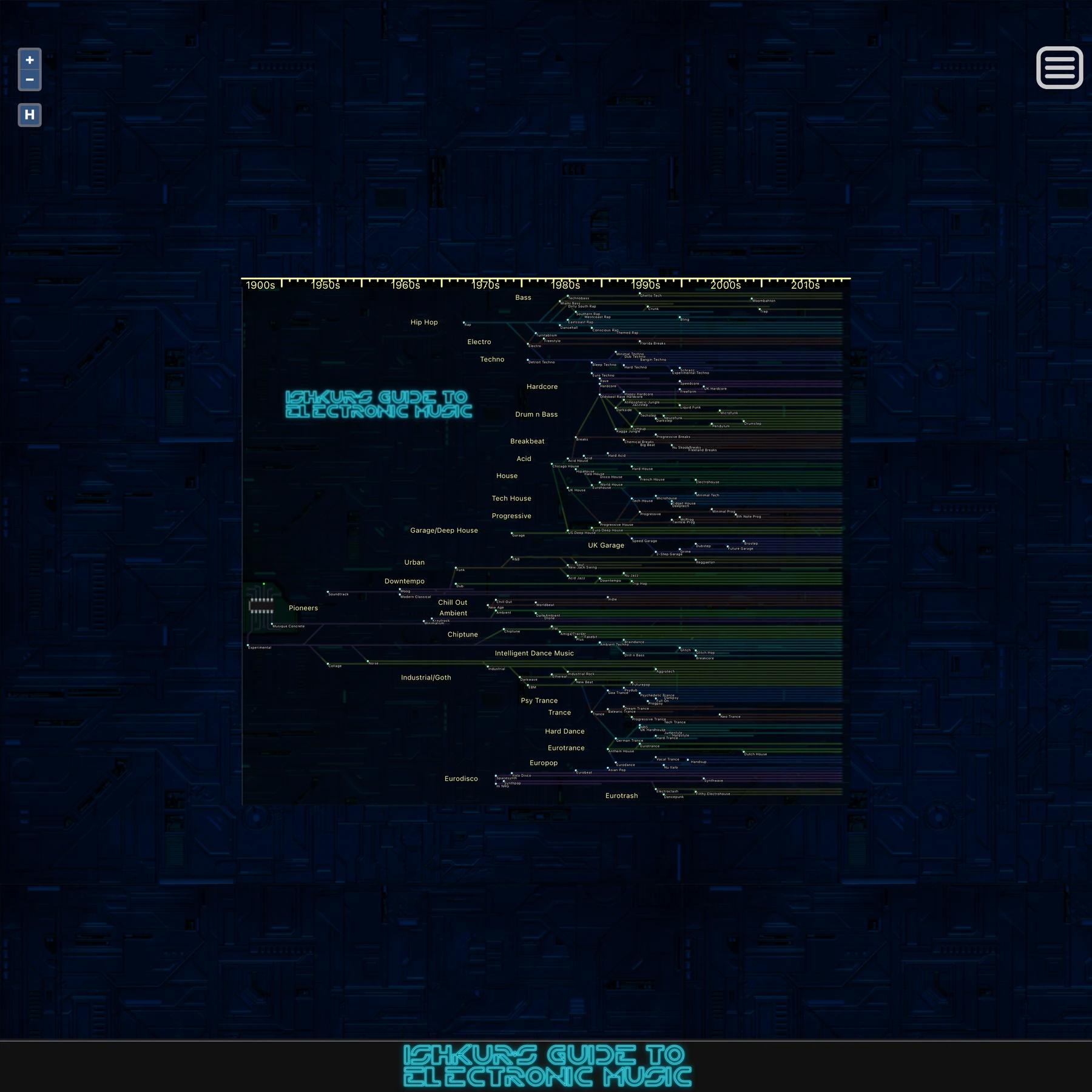

“The more I thought about this asymptotic relation between things and persons, the more I realized that the problem is not, as it seems, a desire to treat things as persons, but a difficulty in being sure we treat persons as persons.”
Source: norkwwd
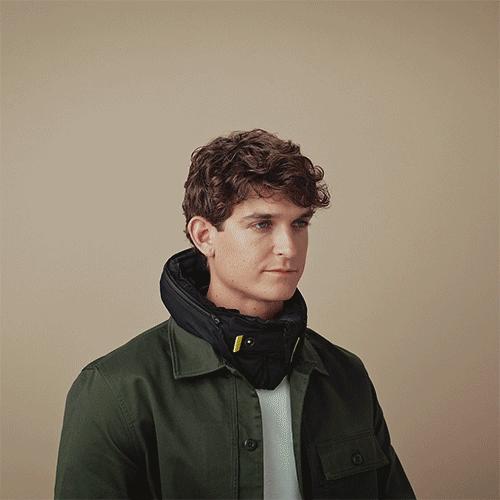
Source: 9ae0a555130ce996f61a0fefac8f9737f4cf283f.jpg


gravel dimensions variable
Installation view, The Gate, Karma, NewYork, 2013
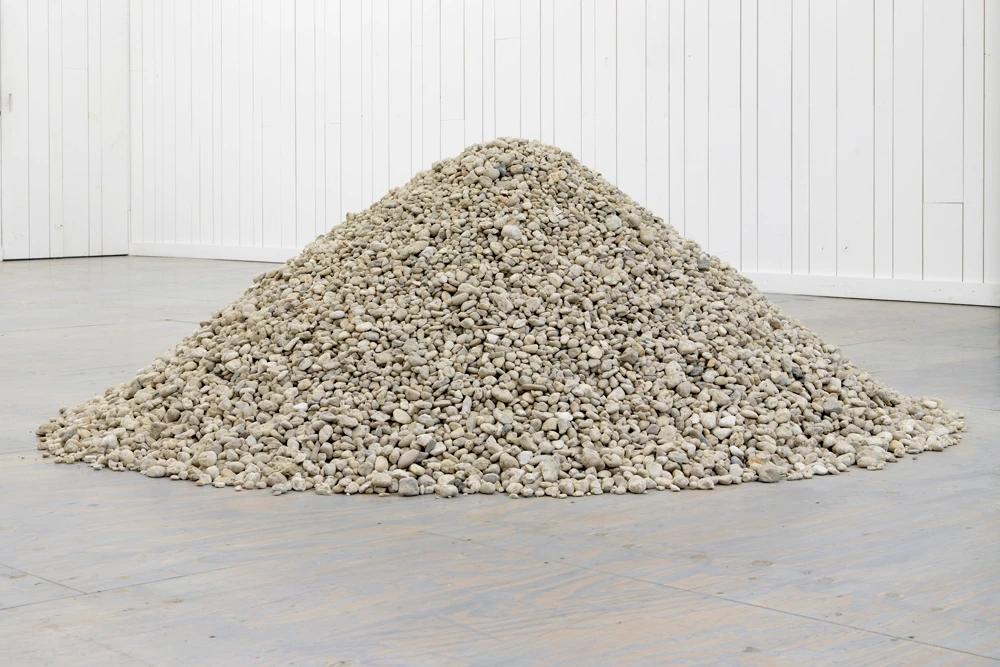
Hi, I’m Jon Chen currently a student at the Rhode Island School of Design studying sculpture with a concentration in Computation(CTC). I’m currently interning atThe NewYorkTimes R&D, previously atThe Google Creative Lab and [Untitled].
Source: Jon Chen



Source: Manvydas Kugis – Savee
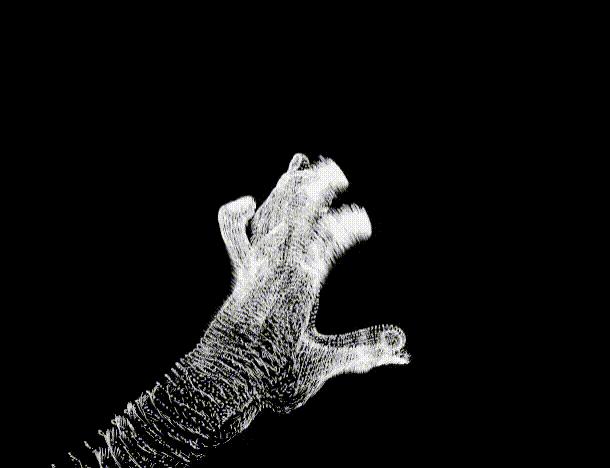


http://www.davidrokeby.com/machine.html
Source: main-mfft.jpg

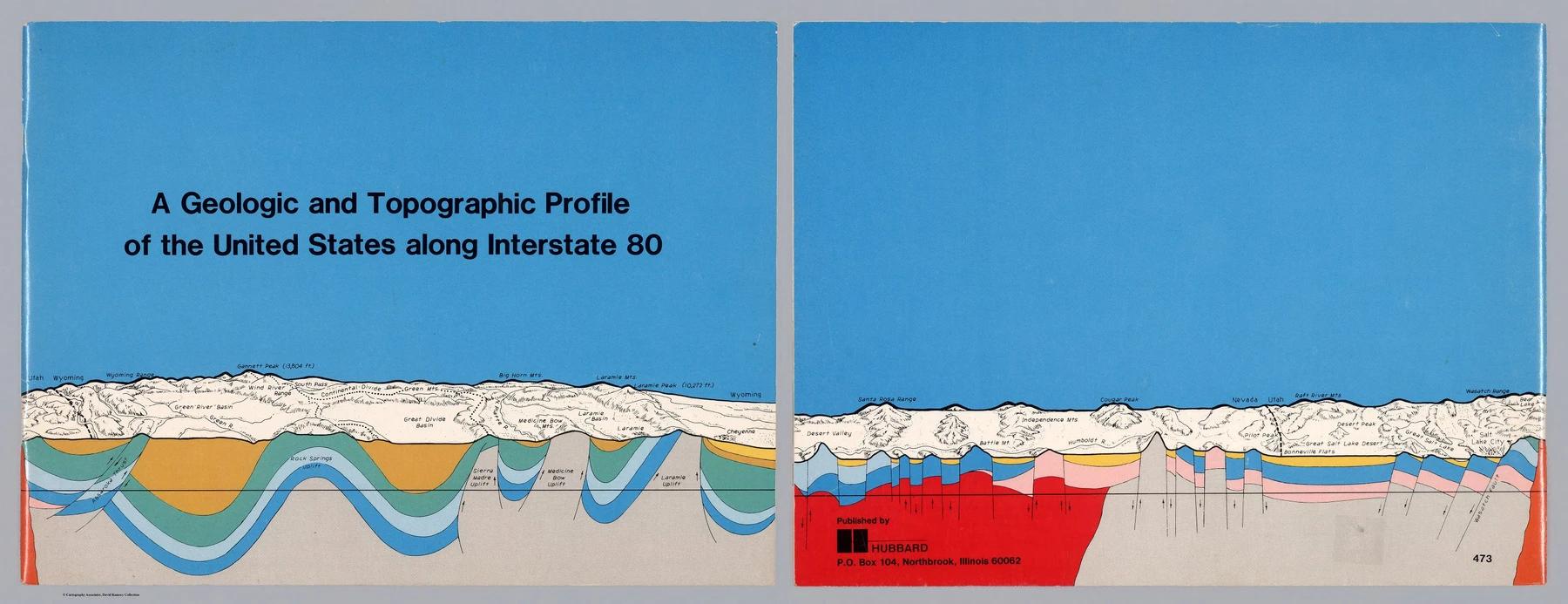
Source: 0-uyioye4zir4j1y3j.
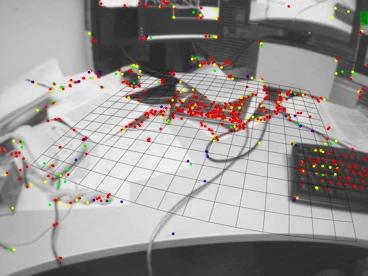
Source: Point CLoud LandscapeTest
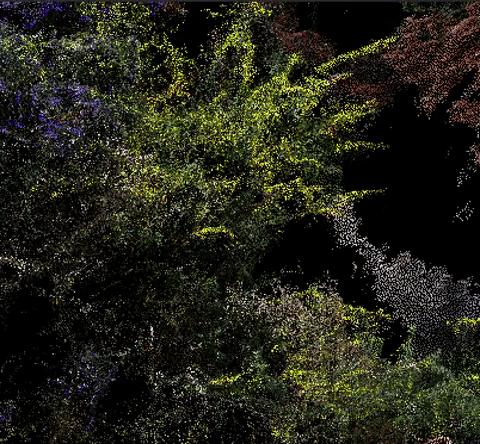
Garden as though you will live forever.
Source: http://wildflowers.garden/
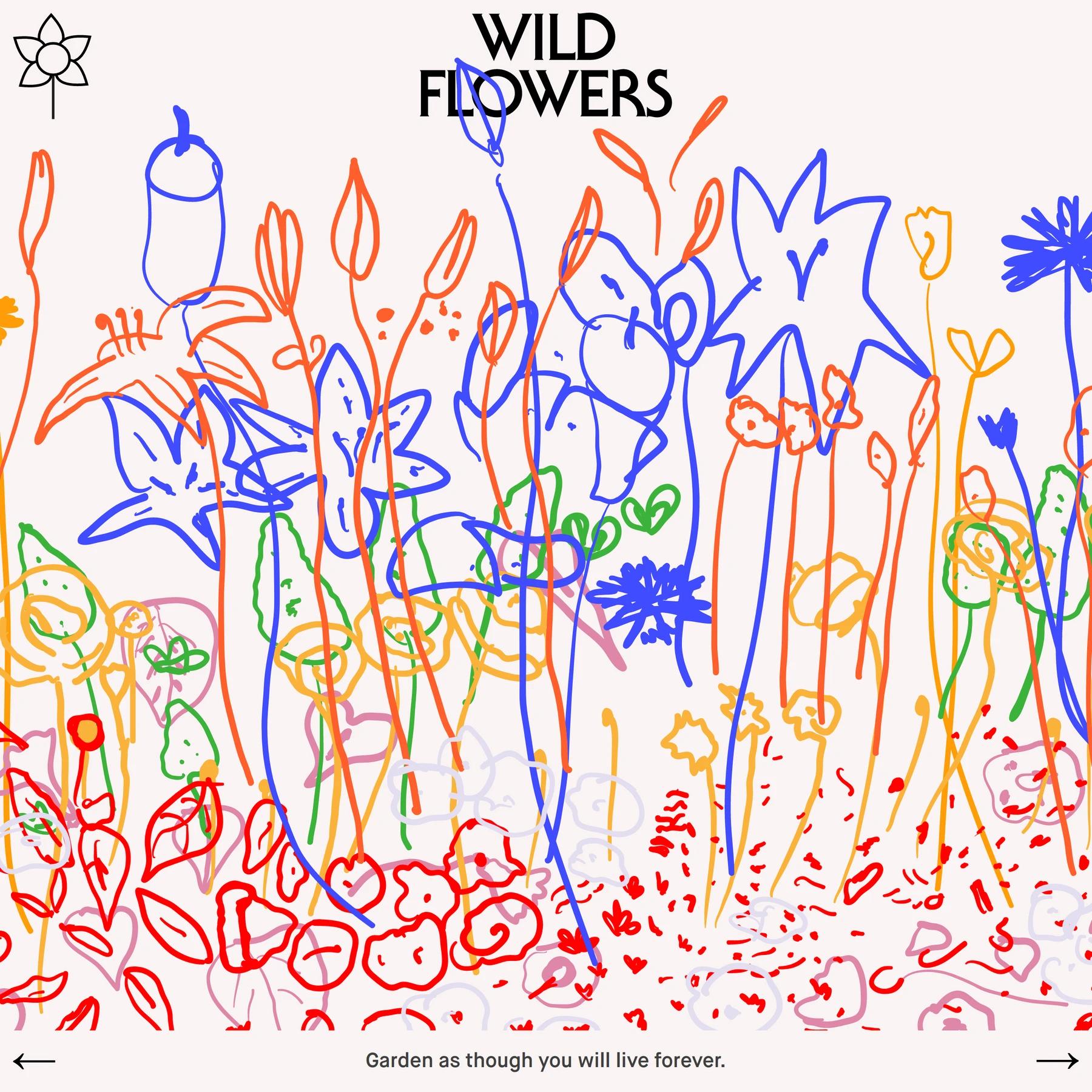

"The Long Goodbye" is a two-colored zincography (zinc plate lithography) that comes as a jazzy fold-out poster.The drawings for both color layers were made directly on the zinc plates and only existed for the time being of the printing process itself.The plates were washed out afterwards and handed over to the next user.
Source: Stefanie Leinhos
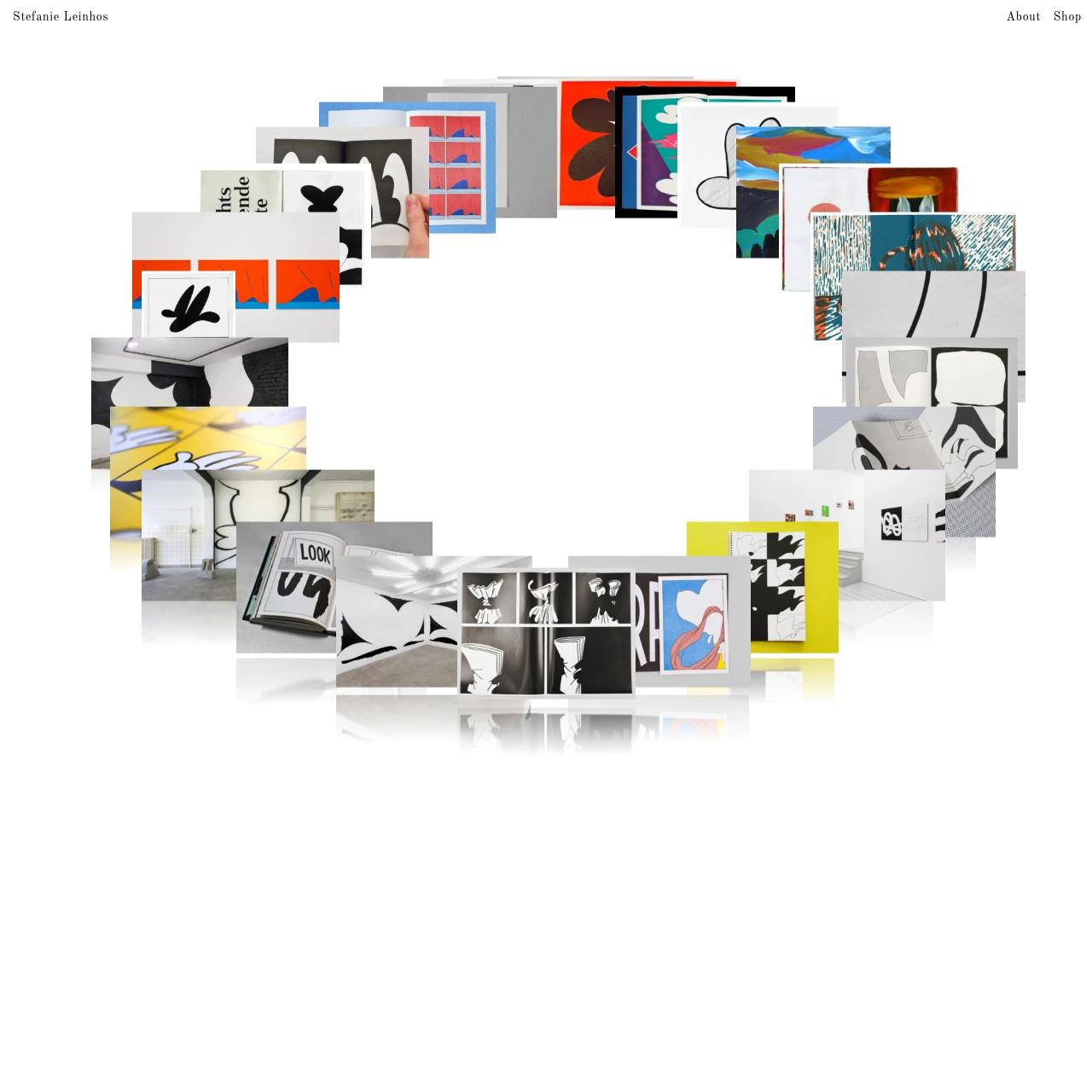
TreeSenseProject fromYedan Qian and Xin Liu is a virtual reality experience where you can become a tree, and provides sense of tactility through Electrical Muscle Stimulation (EMS):TreeSense is a sensory VR system that transforms a person into a tree, from a seedling to its full-size form, to its final destiny.
Source: prosthetic knowledge TreeSense Project fromYedan Qian and Xin Liu is a...

Source: C4VarT6WEAIQfdz.jpg (355×207)
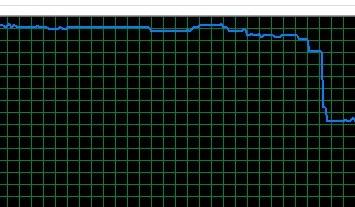
Source: 1cbcc0ab2356ec45c58e76b43f5c7c80.jpg

Animating URLs with Javascript and Emojis
Source: matthew rayfield world
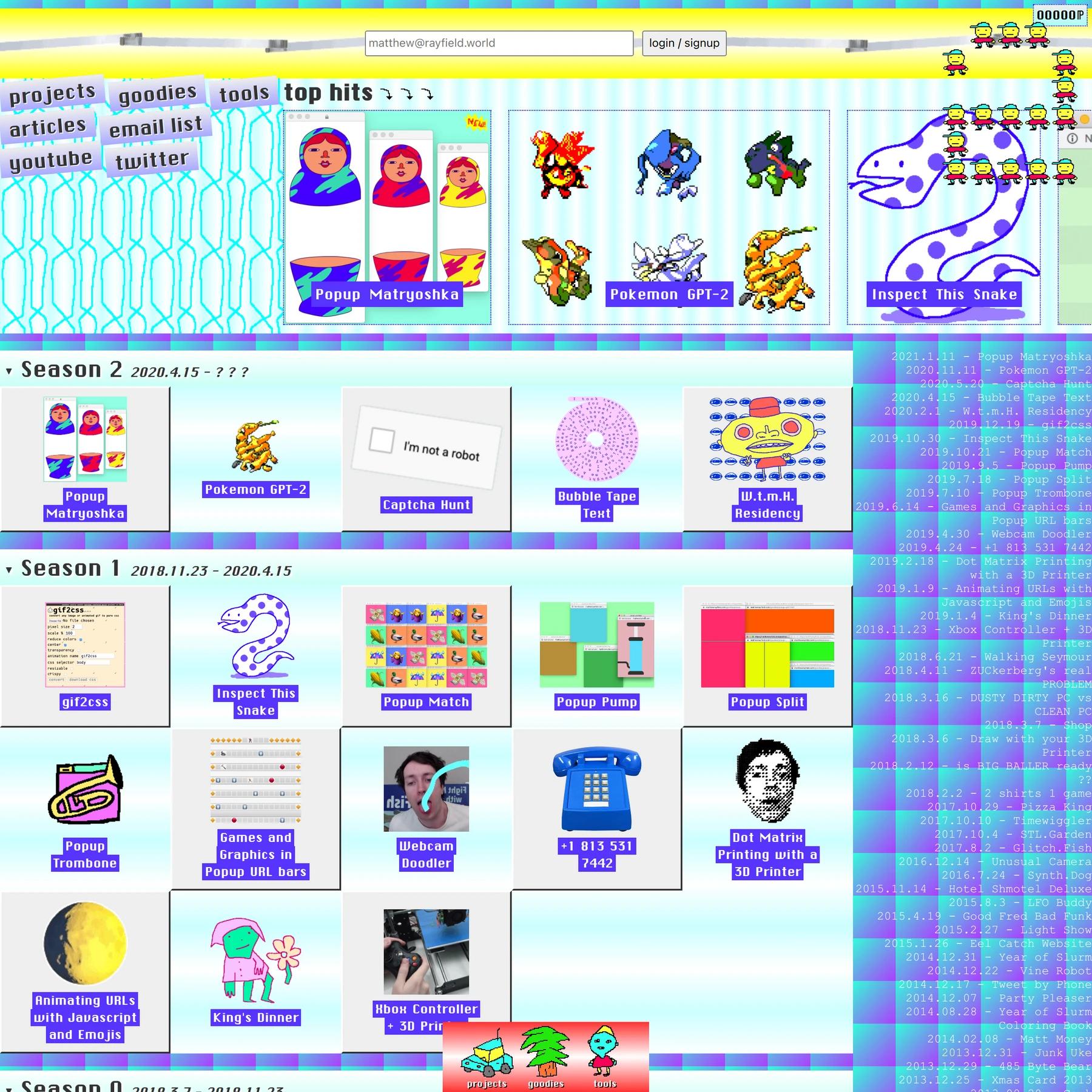
Source: 05.jpg
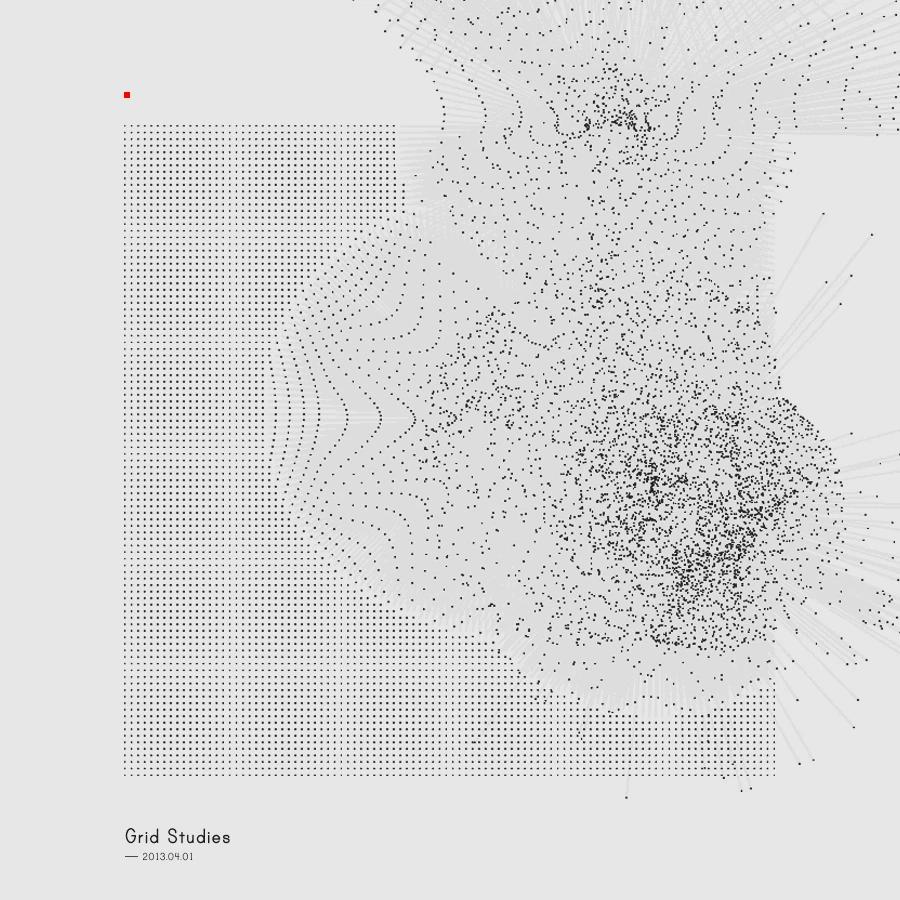
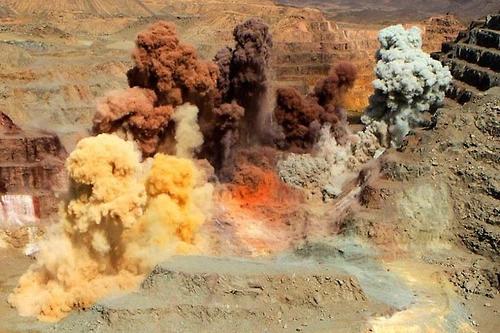
Other Office is the design practice of Simon Sweeney and Shauna Buckley. We make identities, websites, installations and printed matter.
Source: Other Office
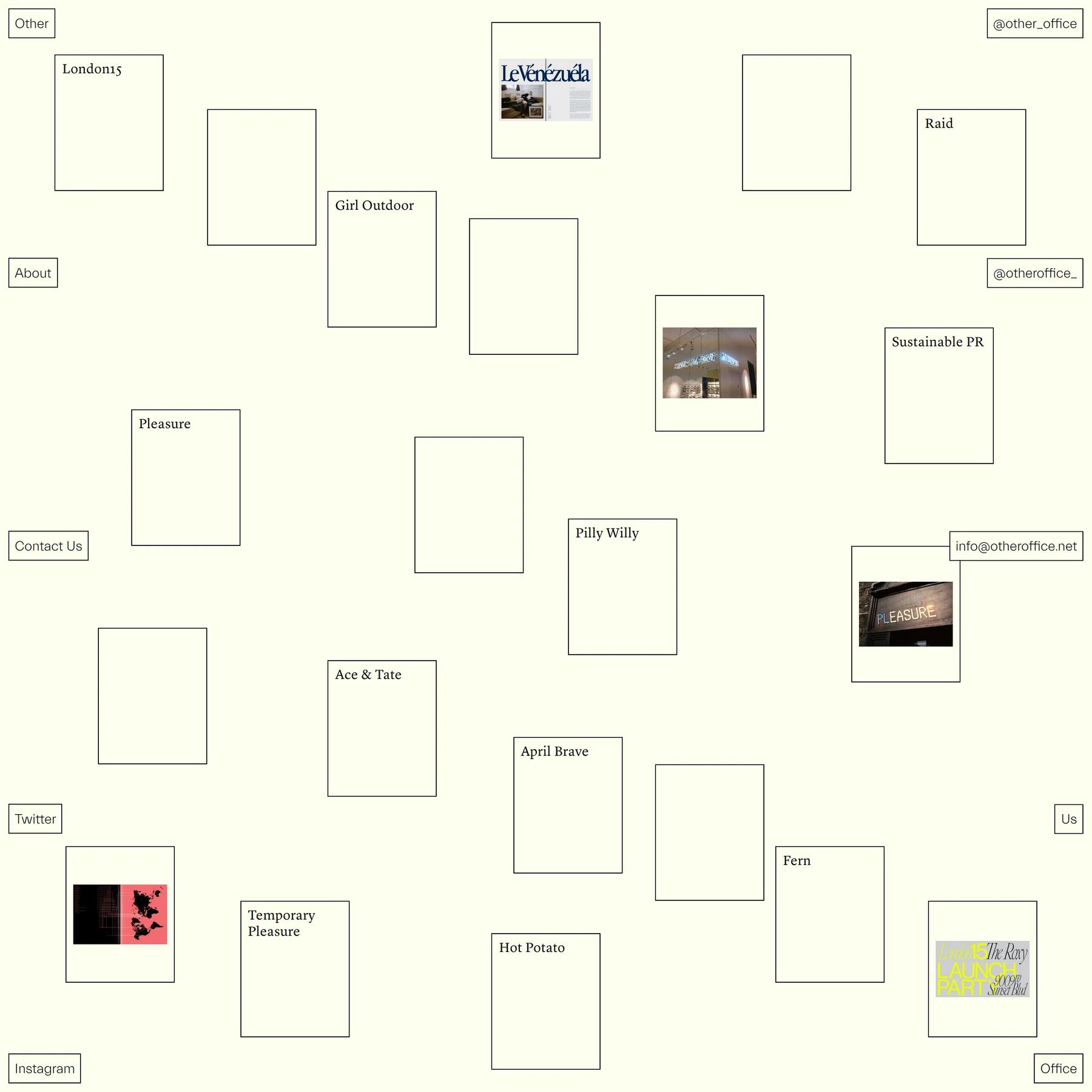

Computer Modern is the original family of typefaces used by the typesetting programTeX It was created by Donald Knuth with his Metafont program, and was most recently updated in 1992.[1]
Computer Modern, or variants of it, remains very widely used in scientific publishing, especially in discipline…
Source: Free Font Library

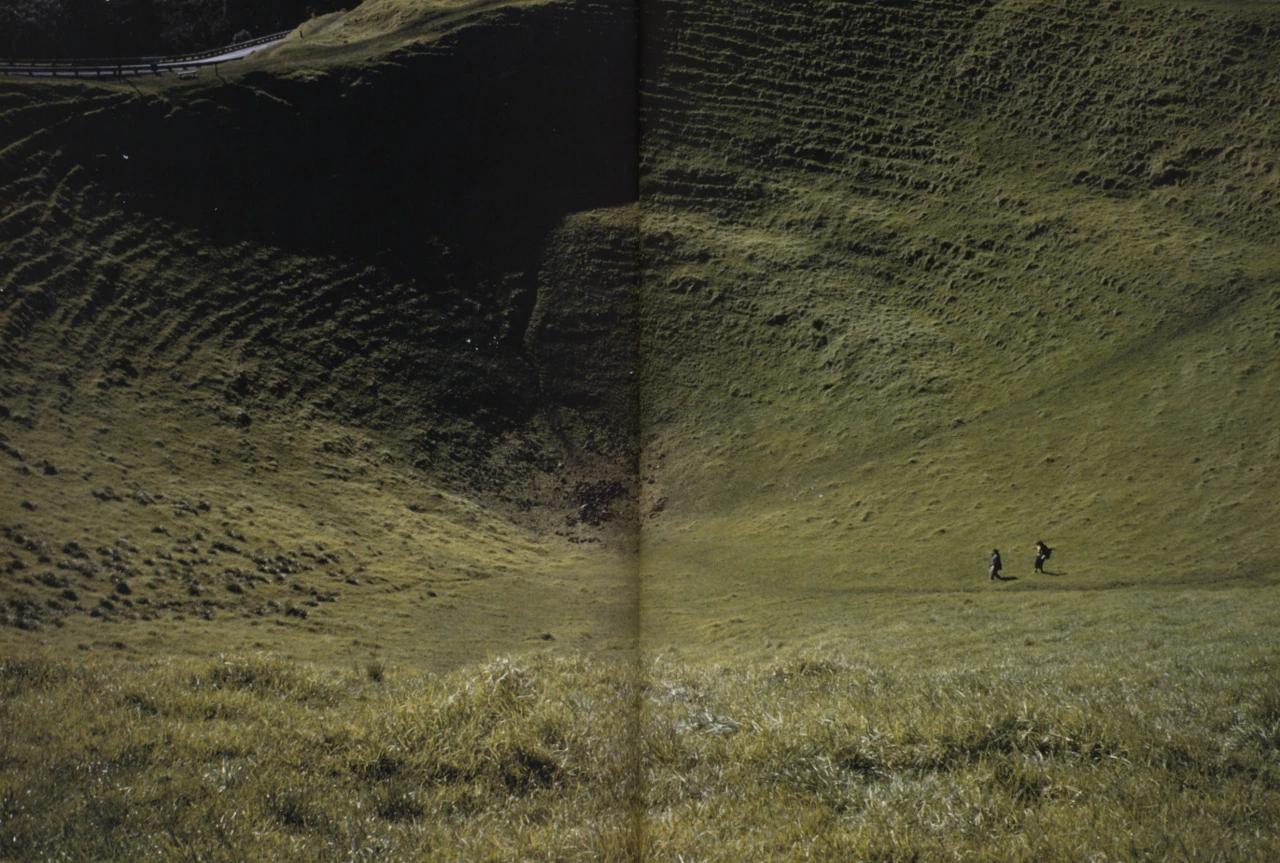
Recipe:
Source:The Edge of the Moment: Kairos and Climate Crisis, 2022


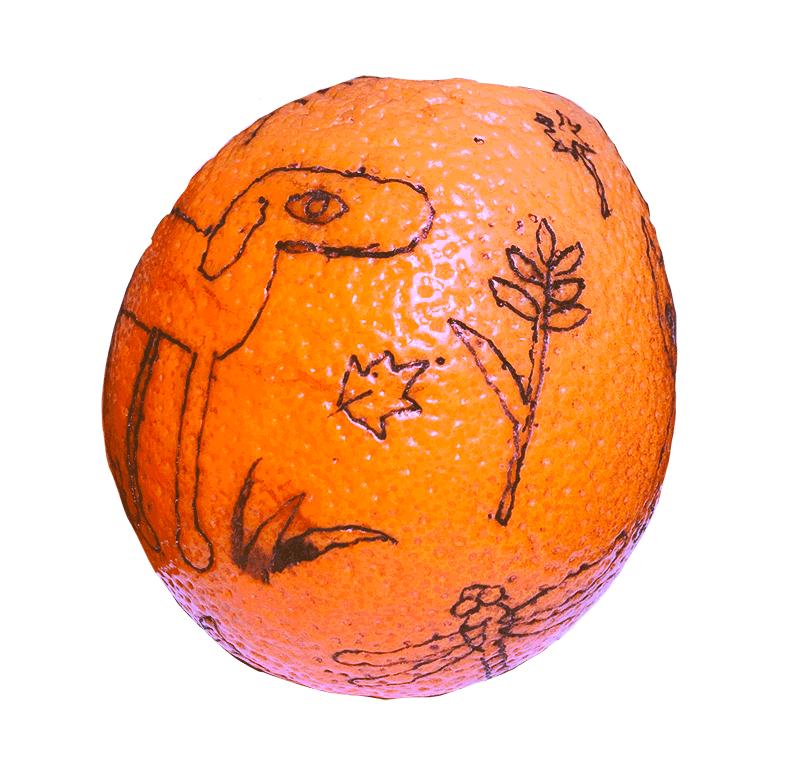
Source: backseatfrying.net

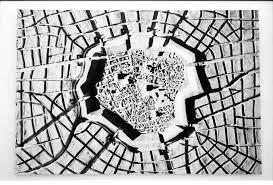
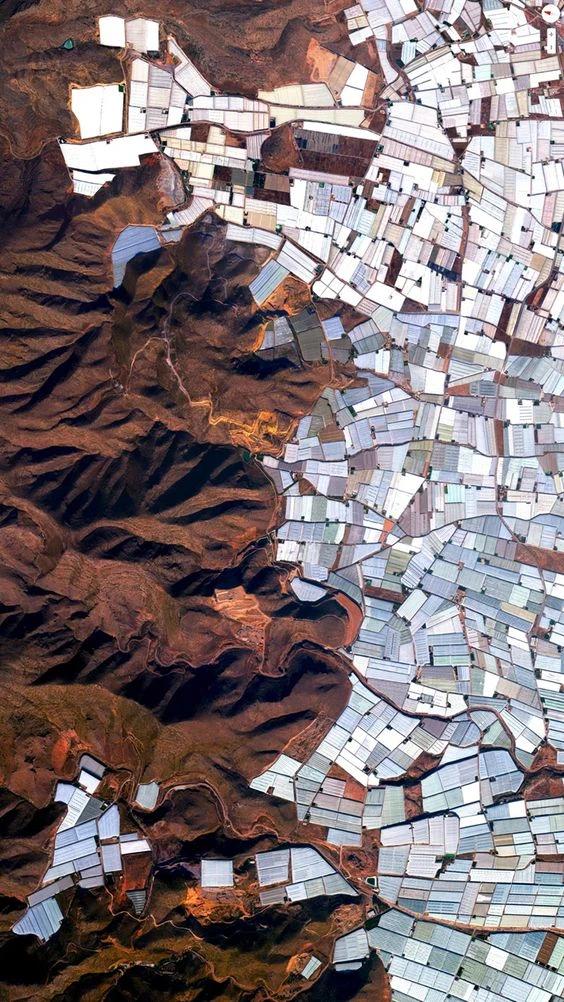
Source: 5a1524ffb18c9488a3ae91041aa518f9.jpg


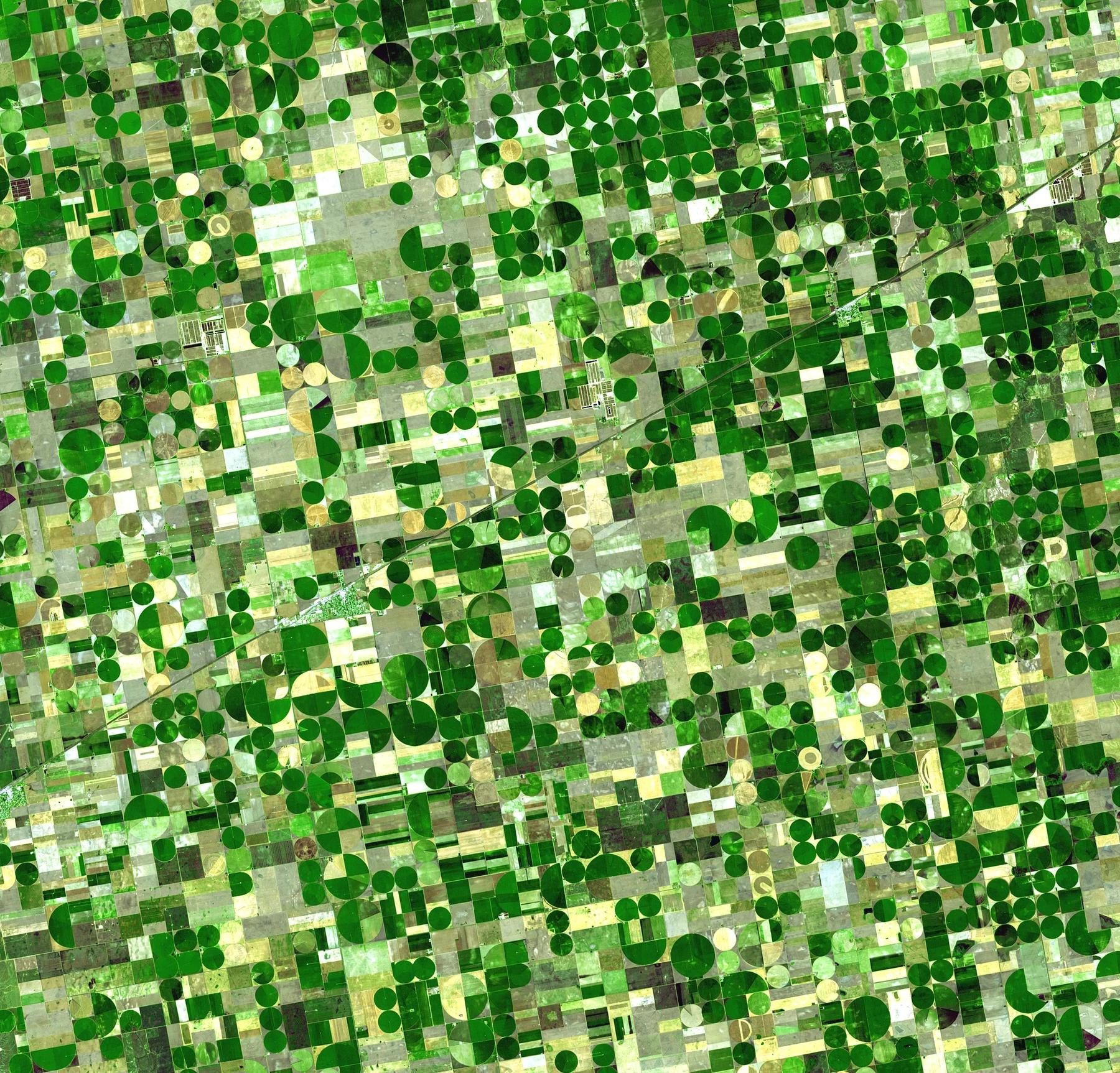
Source: https://graphics-library.net/?page=2

Hey you! Welcome to Moon We deliver the best cakes in London, same day. We pack every cake with all necessary utensils so you can enjoy every moment of your celebration, hassle free. Enjoy!
Source: Moon Delivers Cakes -The best cakes in London, delivered same day.
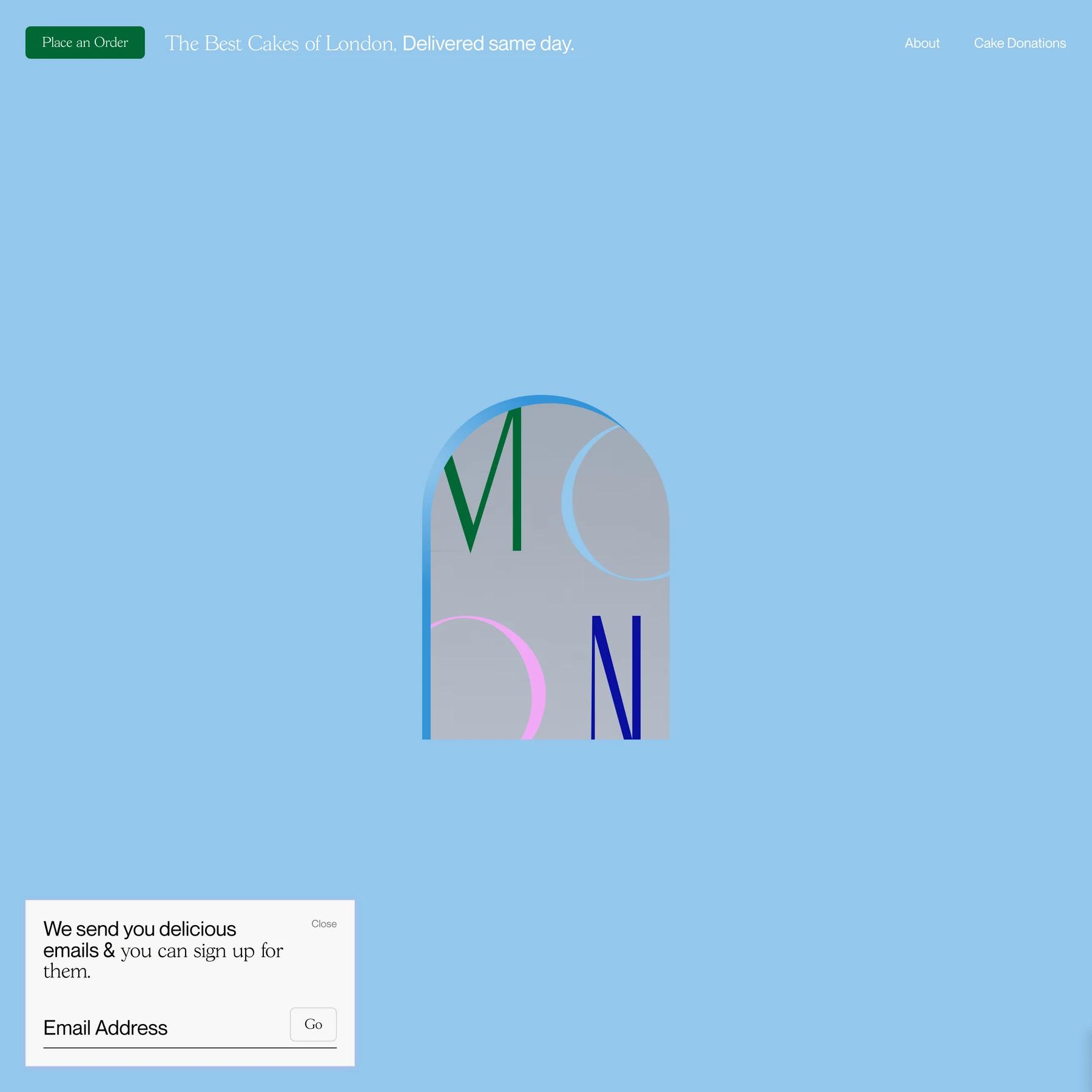


Source: ec8e3be1-5c24-4bb9-9ccf-9a8d070e5c87.gif
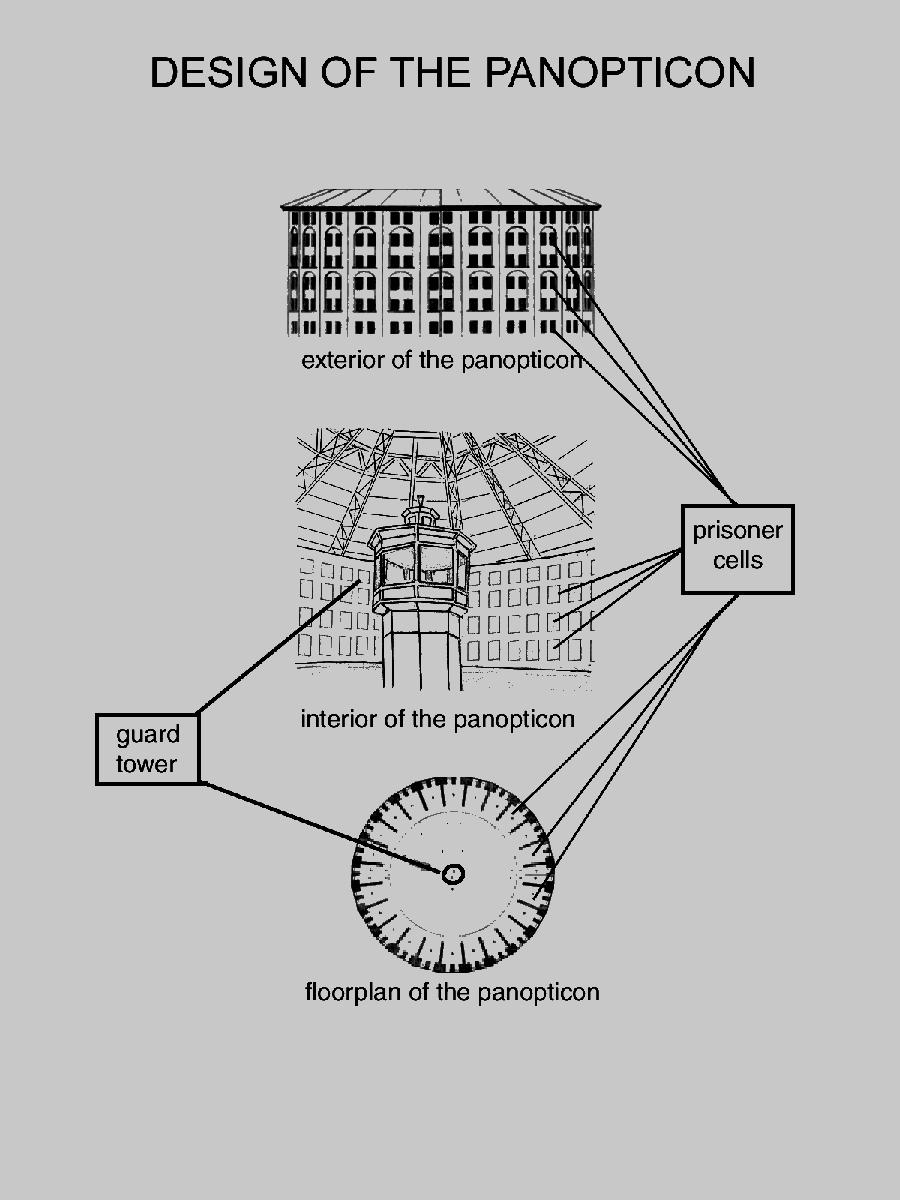
Cargo

Source: Natalia Ruiz
Source: 15e9426b-c36a-4360-99ad-25ca4685d7bd.jpg


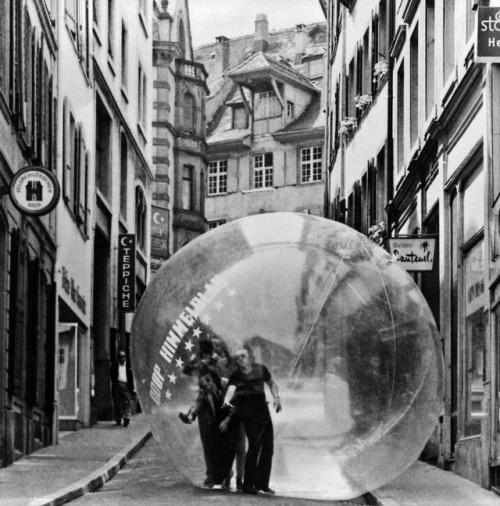
Source: 36430ecdcc1eb2f5e672bd5ca793e7cb.jpg
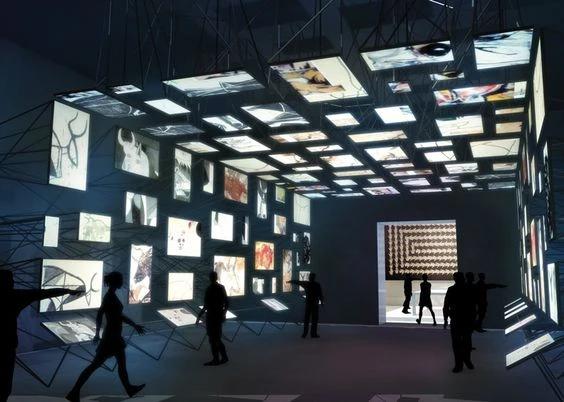
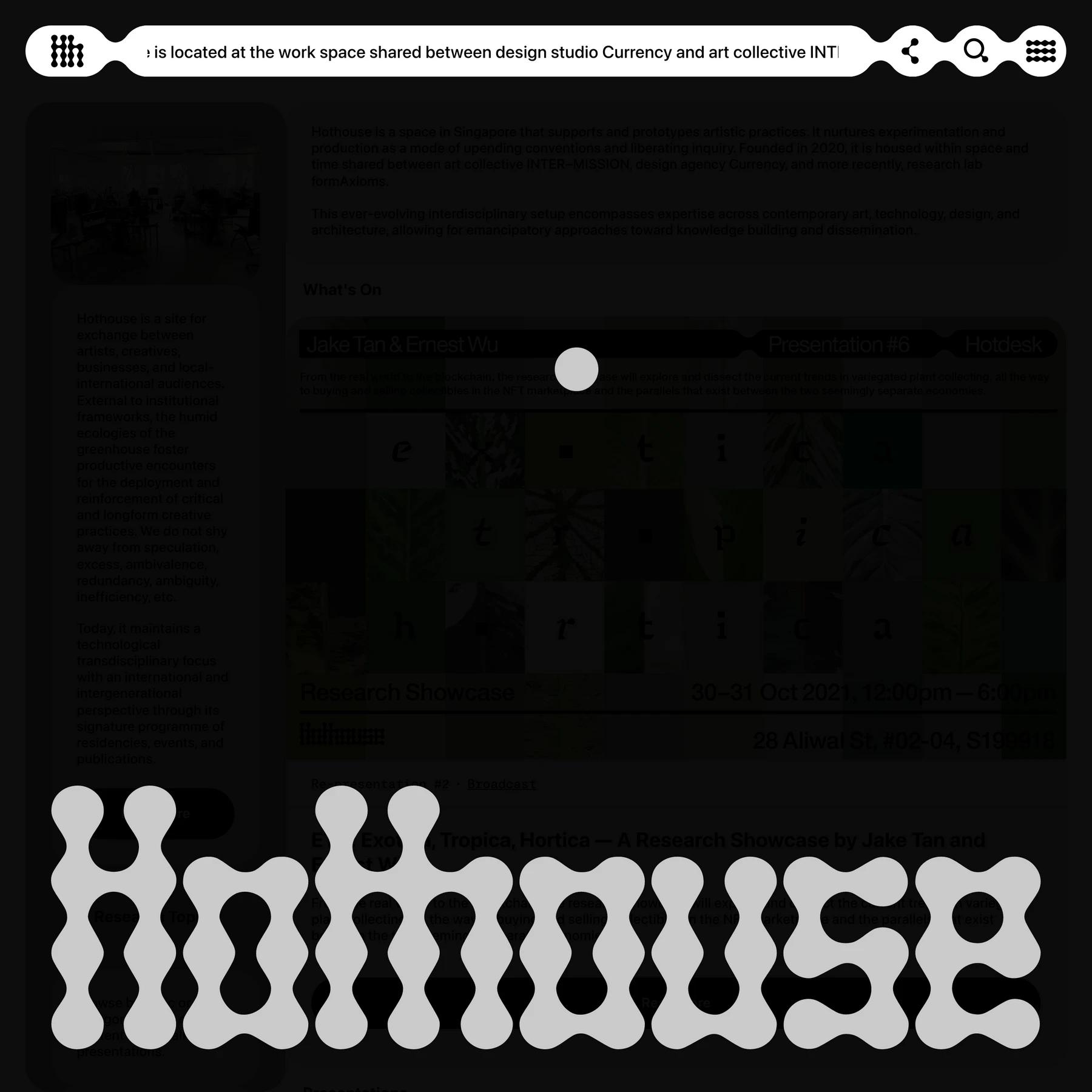
An interdisciplinary project space keen on developing critical and long form creative practices that does not shy away from excess and layers.
Source: Hothouse
Source: http://img ffffound com/staticdata/assets/6/2c7242b752be9ebf69c2e6406139fdcc4e9f2b69 m gif

Source: 5344e080-179d-4fa9-8ee5-fdbc179bb24b.jpg
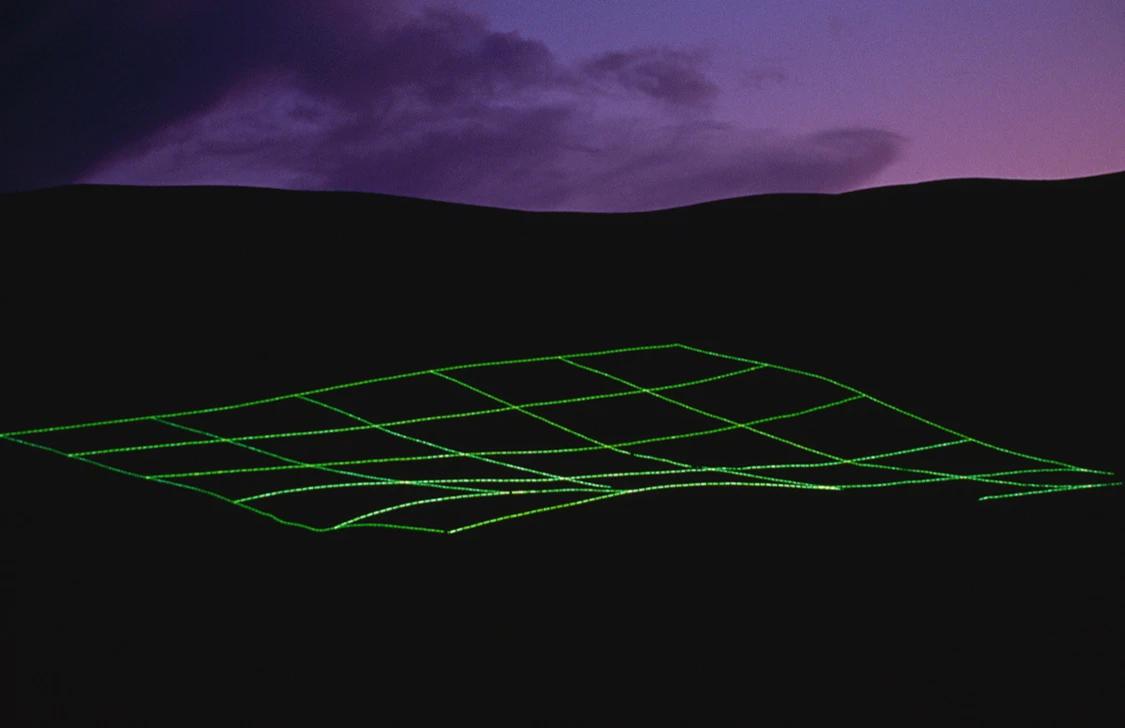
Source: locomotiva 02.jpg
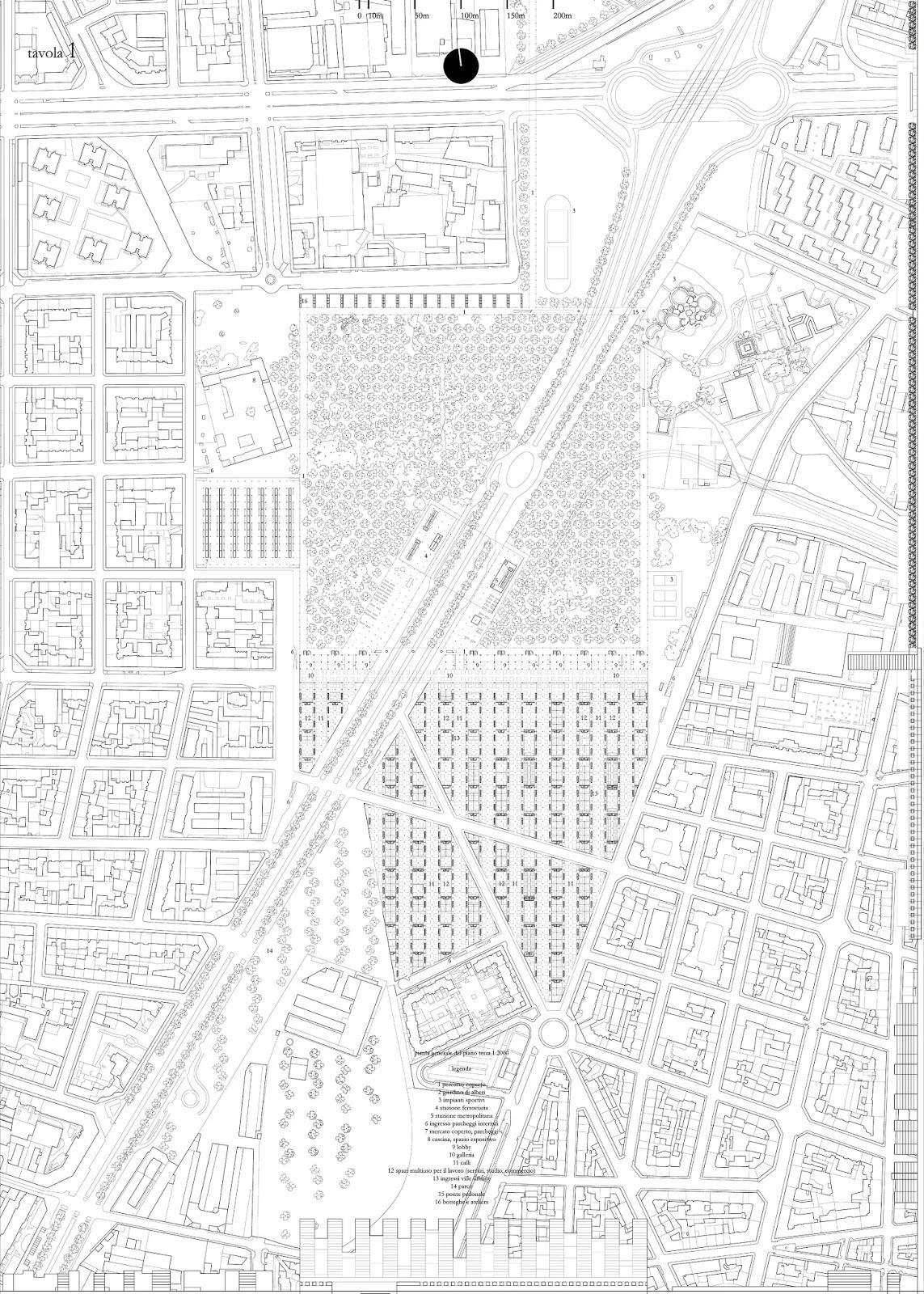
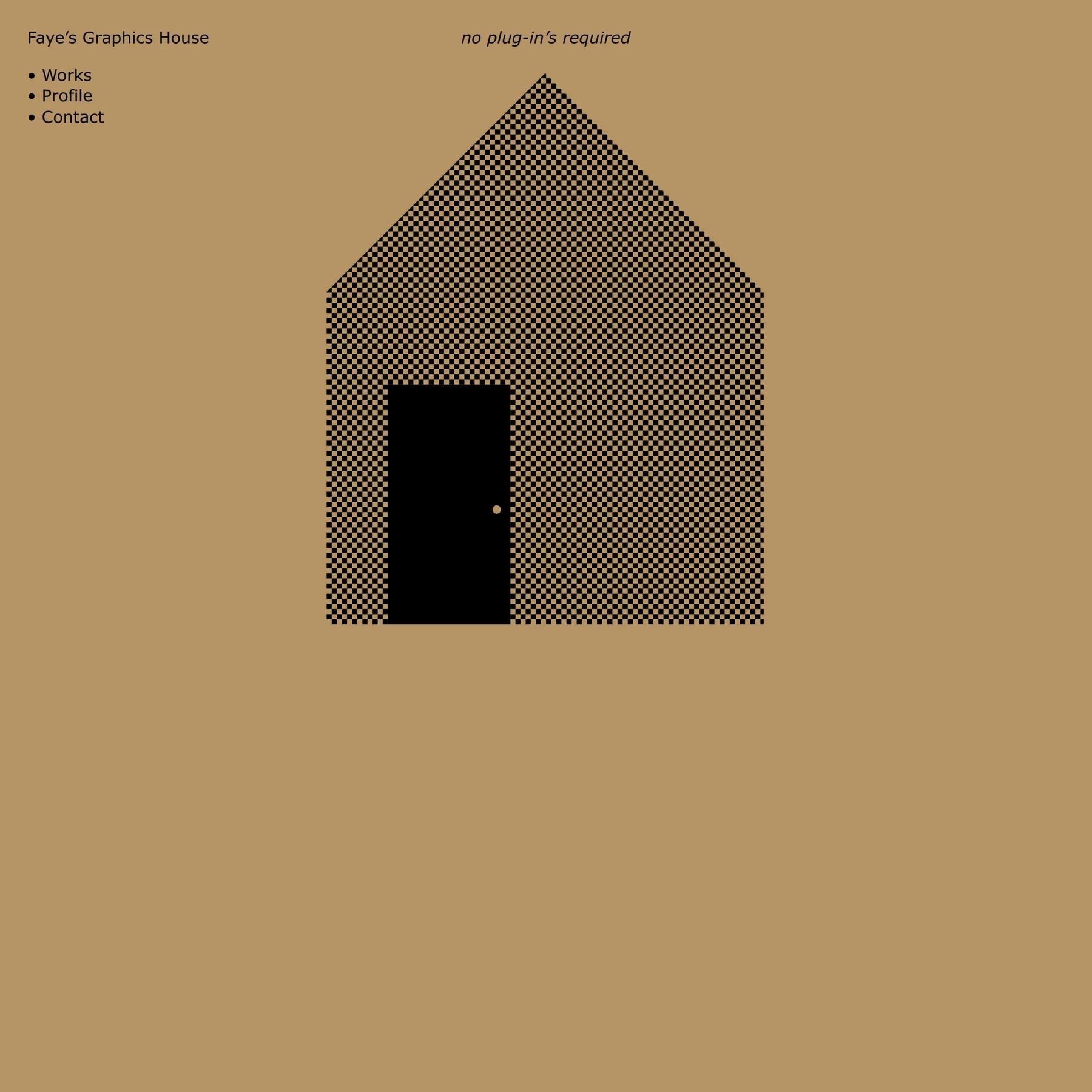
no plug-in’s required
Source: Faye’s Graphics House
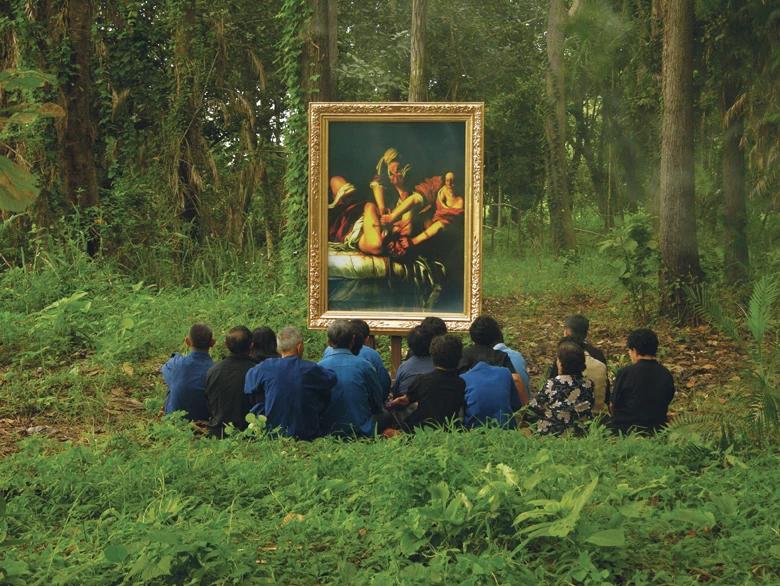
Source: ad agnesfield hr.jpg (2100×1415)
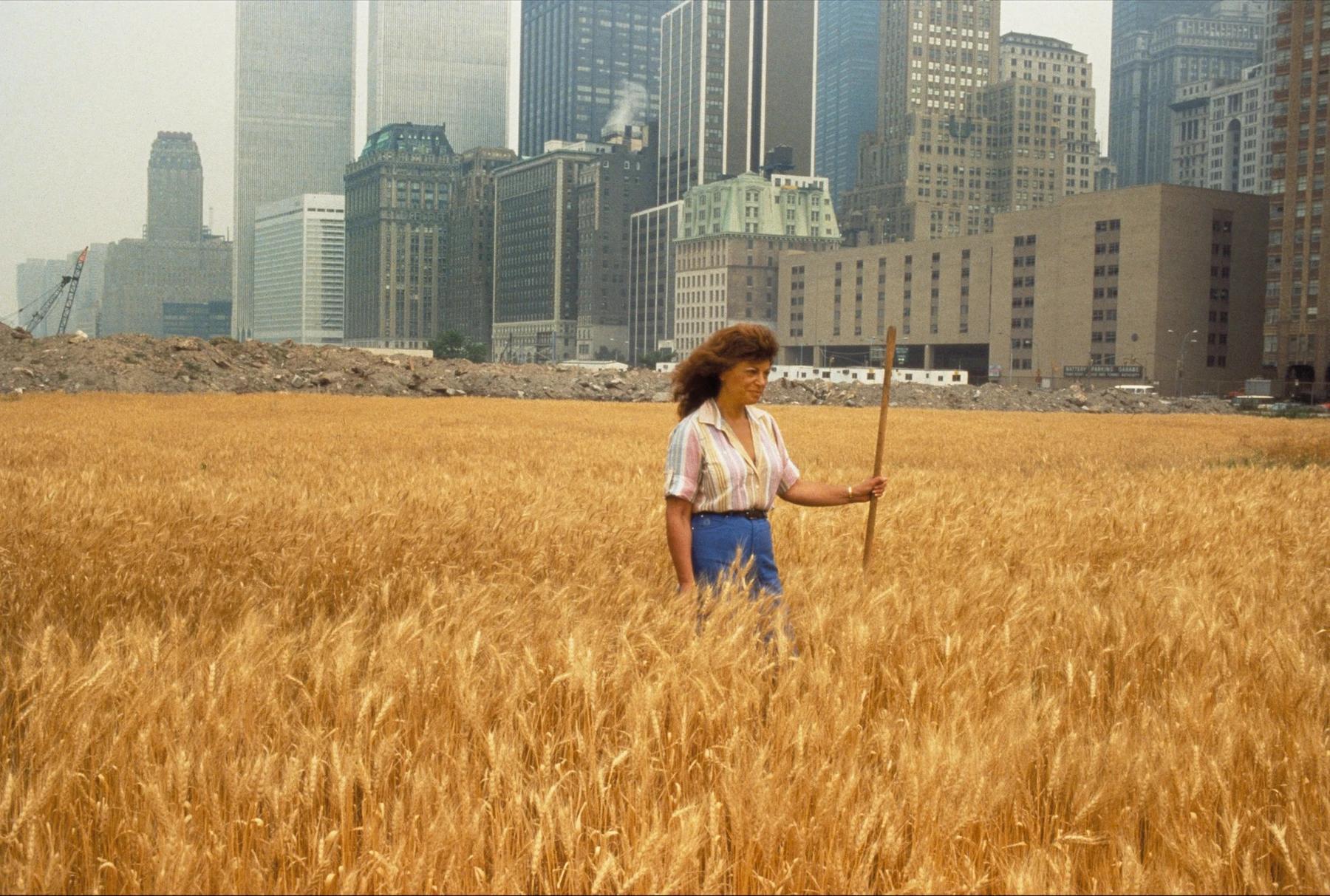
Source: 12374b72-8574-4c57-b3bd-9d6ee97b280a.png
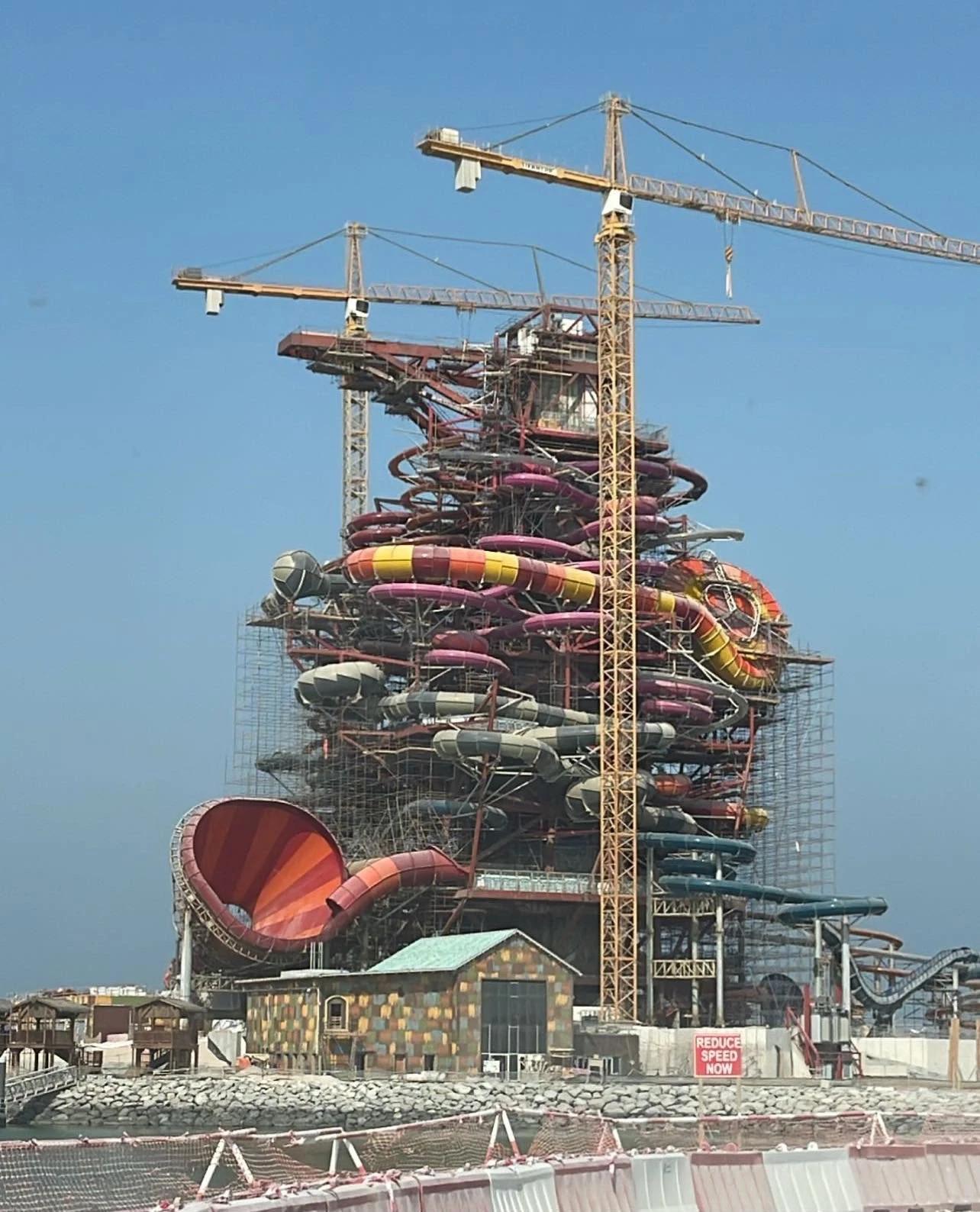
Source: IntroducingTidal - X, the moonshot factory


BeAr is an architecture office based in Bilbao that explores the possibilities of architecture as a discursive practice. Directed by AneArce and Iñigo Berasategui
Source: BeArArchitects
Source: img 3802.jpg
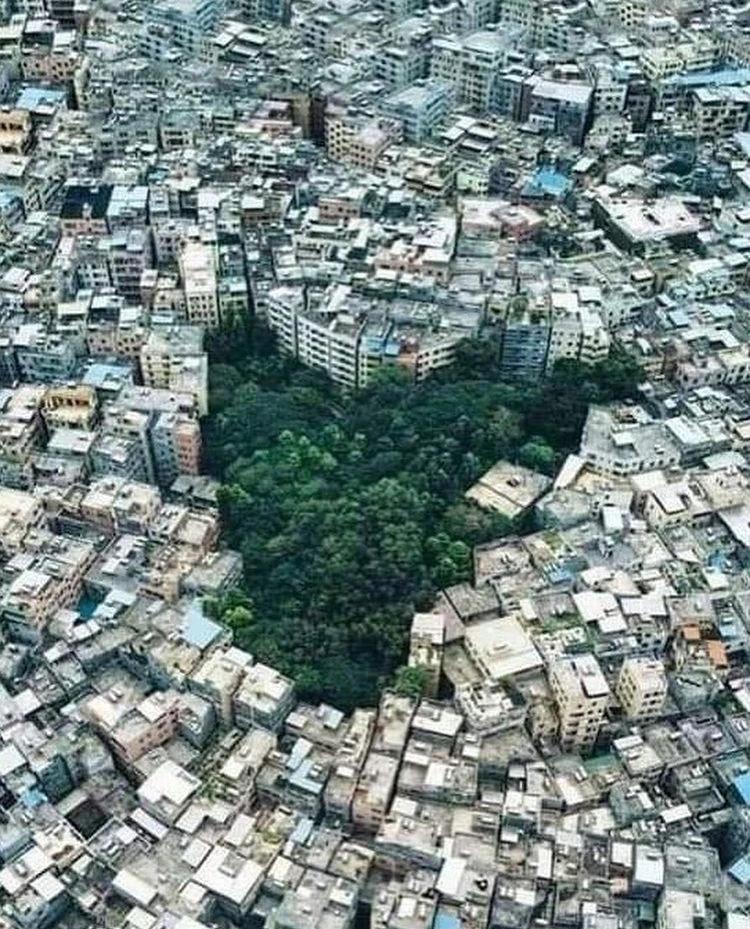
Source: img 2496.jpg
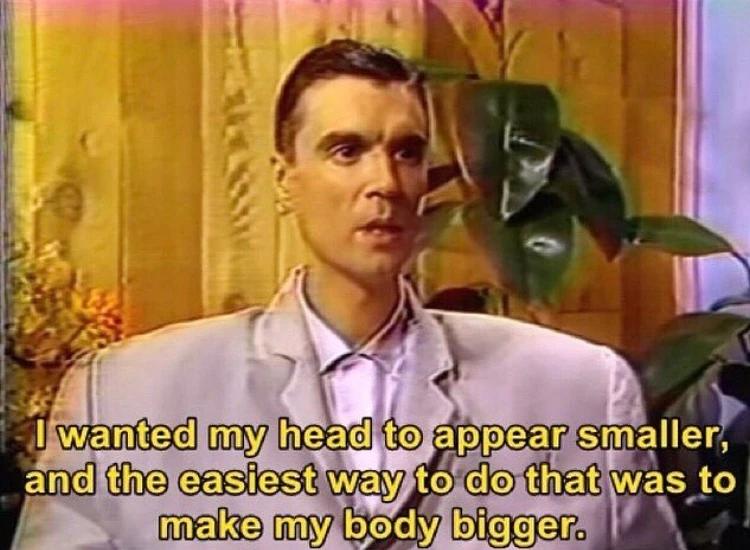
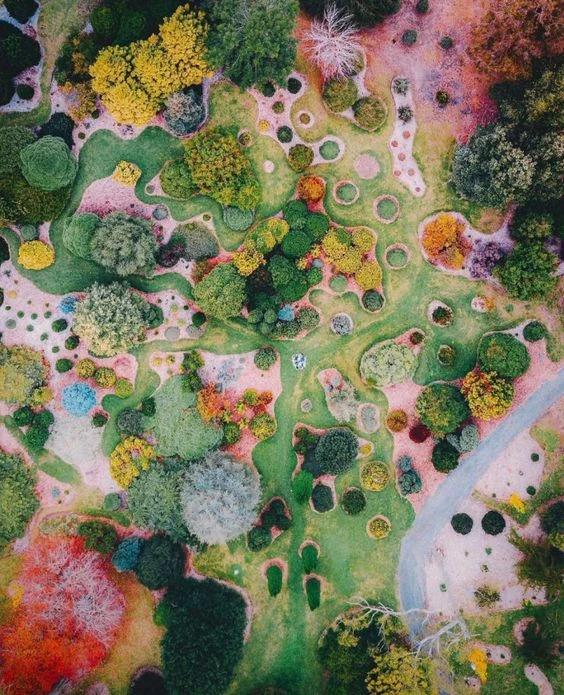


"Nothing is built on stone; all is built on sand, but we must build as if sand were stone."
–Jorge Luis Borges, In Praise of Darkness
"To me the important thing is not to offer any specific hope of betterment but, by offering an imagined but persuasive alternative reality, to dislodge my mind, and so the reader’s mind, from the lazy, timorous habit of thinking that the way we live now is the only way people can live. It is that inertia that allows the institutions of injustice to continue unquestioned."
∆ Ursula K. Le Guinhttps://theglobetrottingturtle com/11-things-i-wish-i-knew-beforehiking-acatenango-volcano/
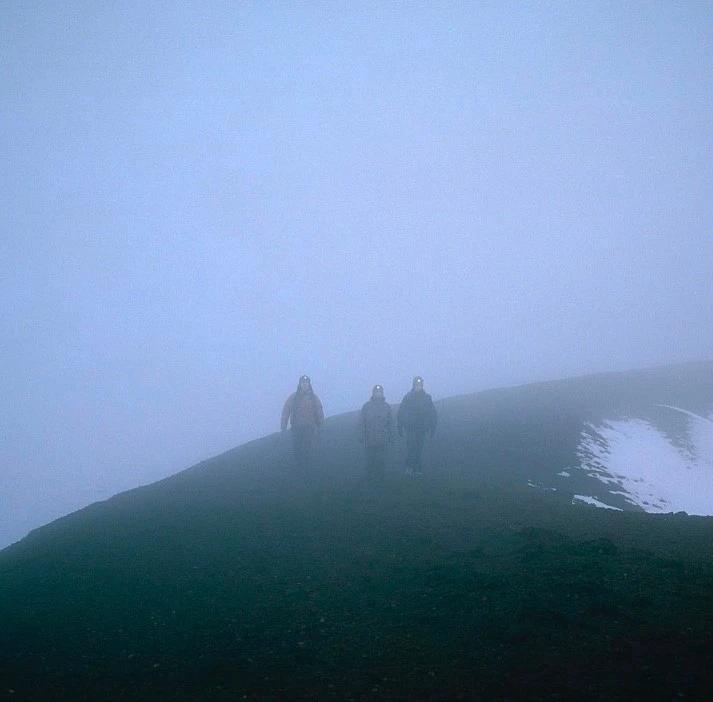
Adesign marketplace from Sight.
Source:Tienda Design Store
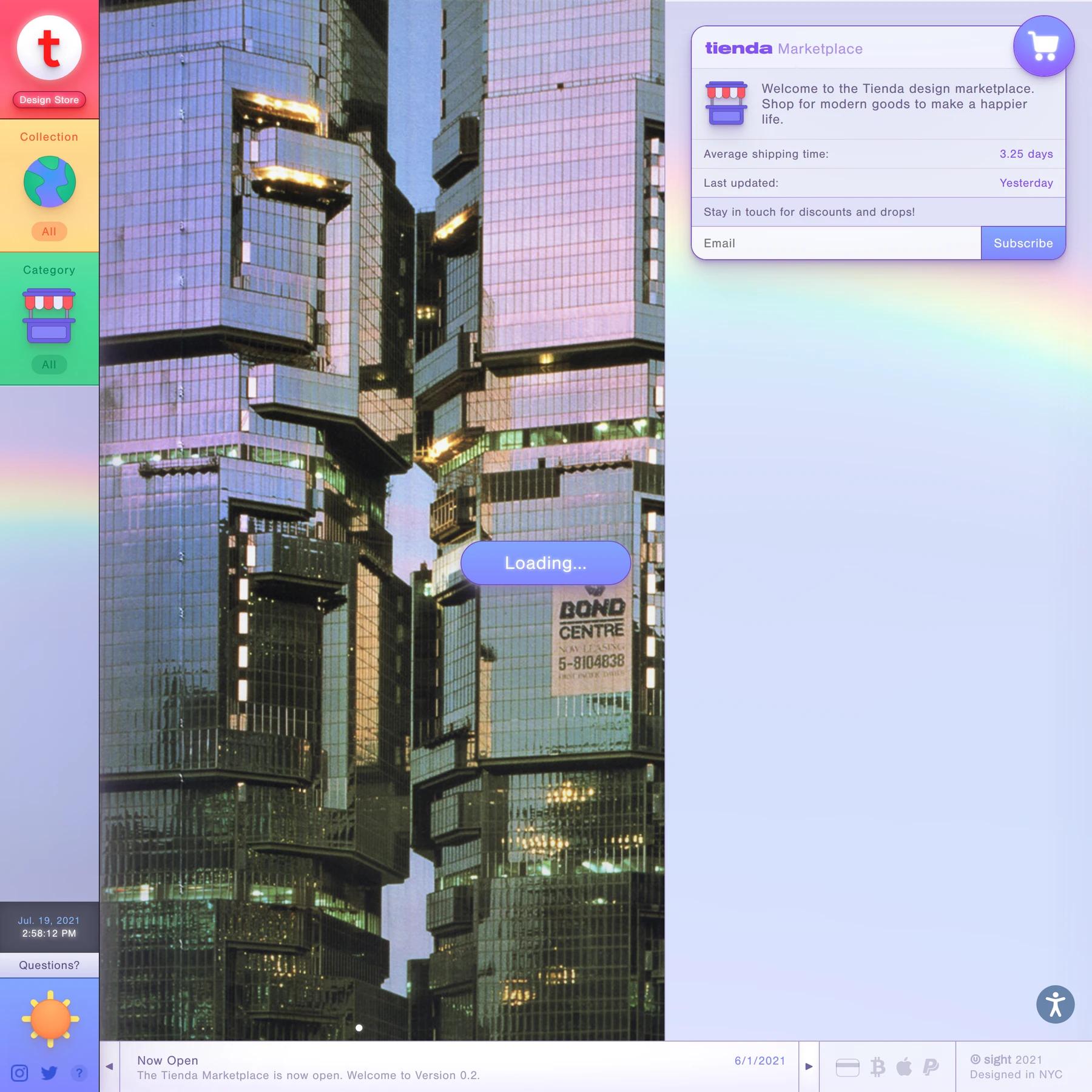
New narratives for contemporary design practices.
Source: profiler.
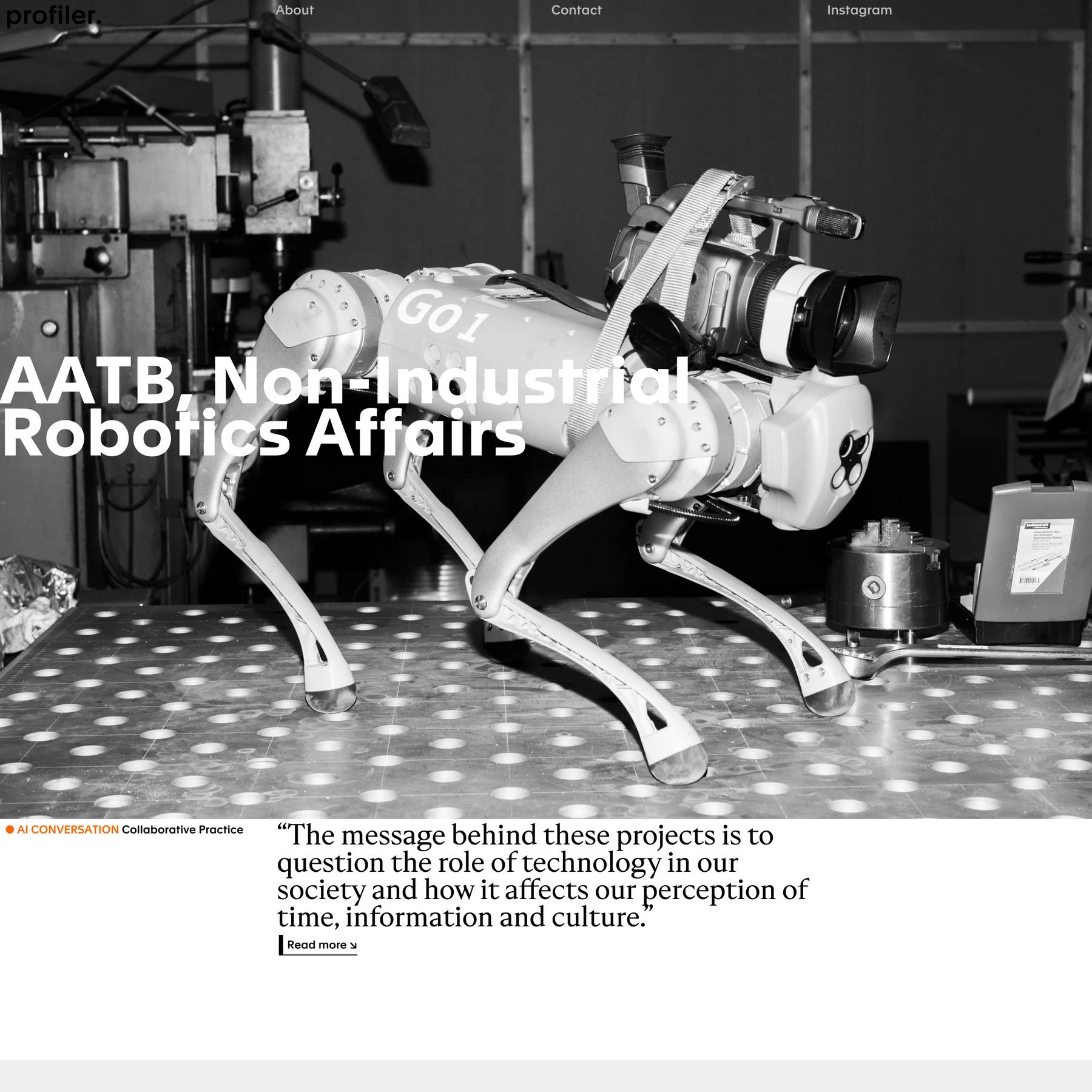
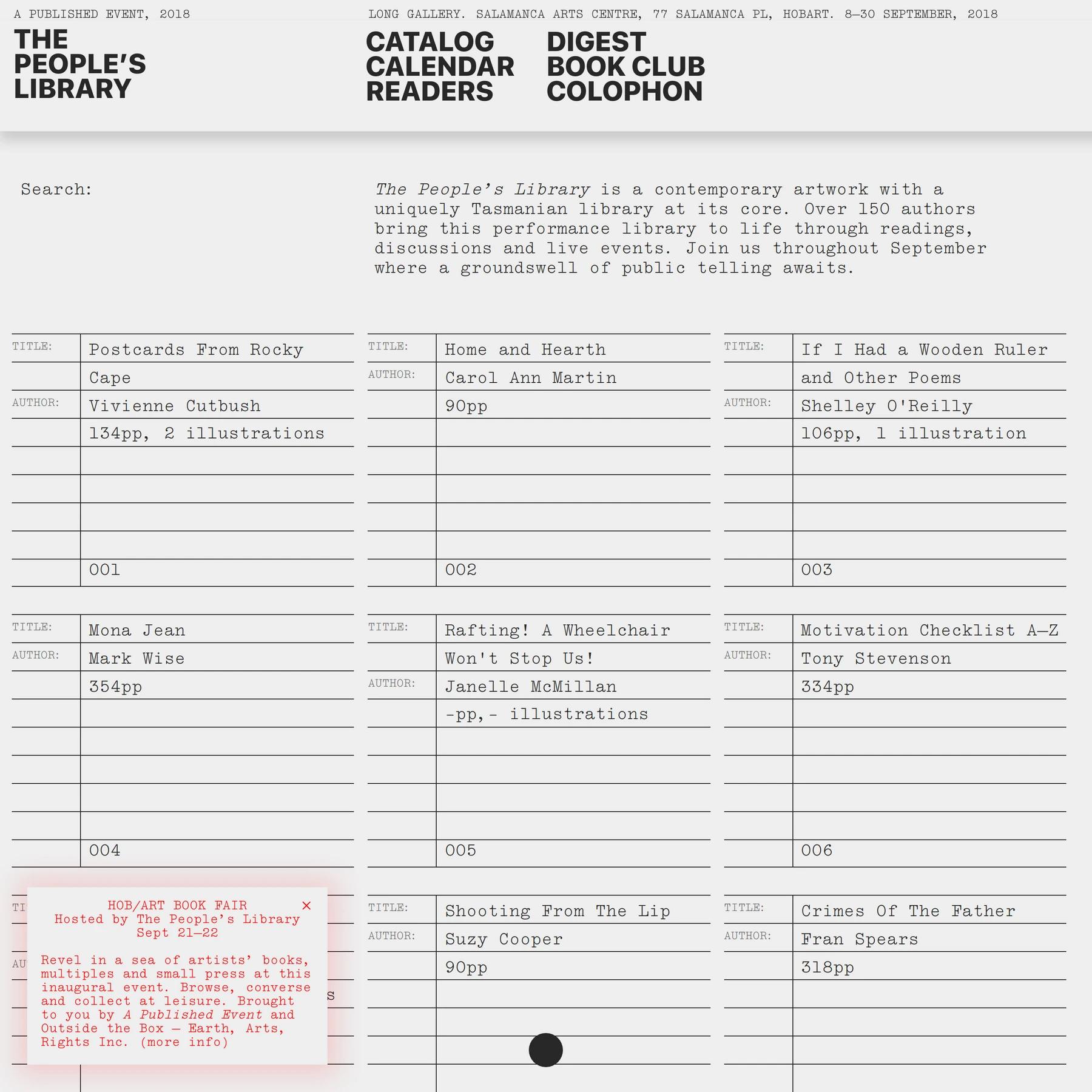
Just one sip and you’ll be hooked.
Source: Gossip’s Café

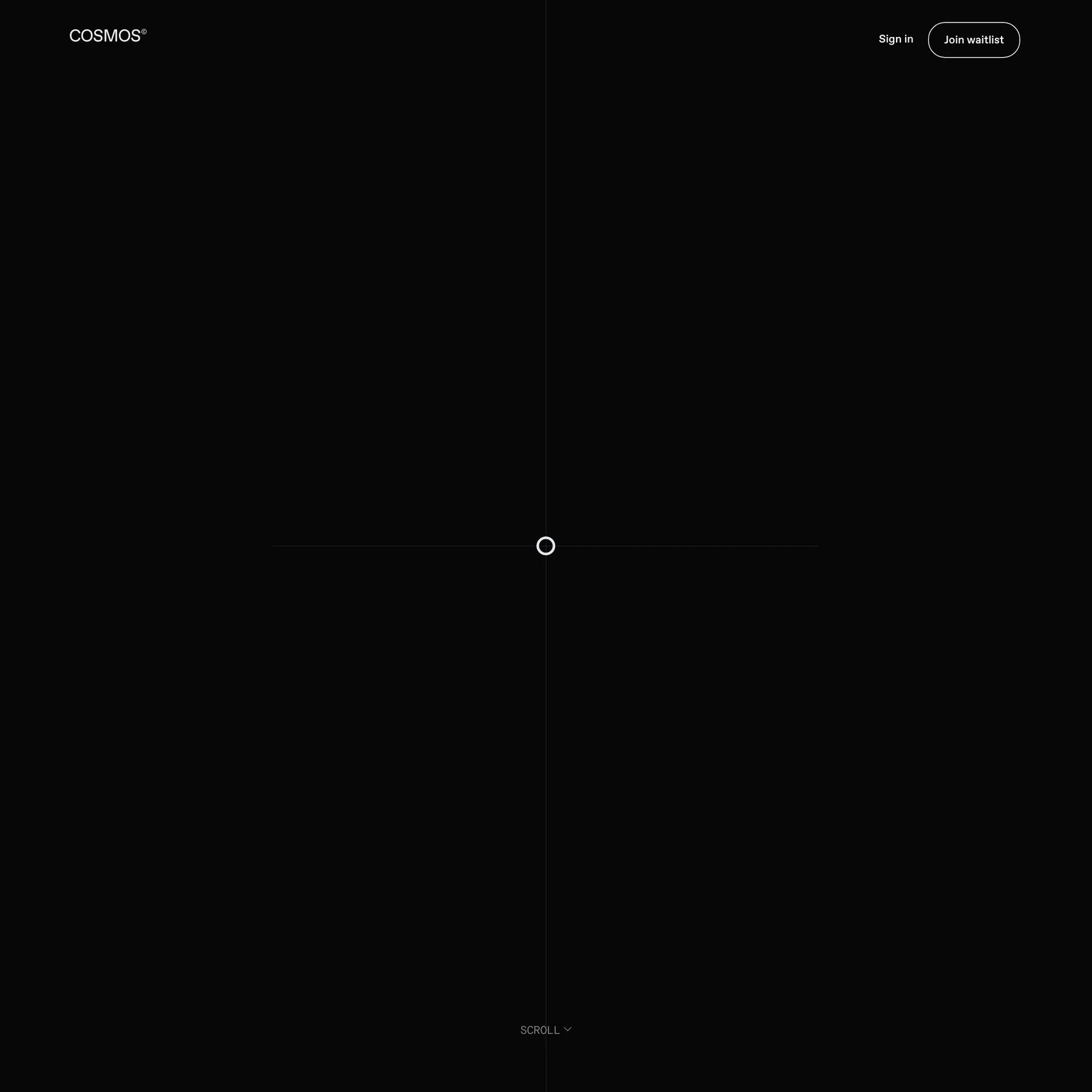
Areal site of Sohyeon
Source:Areal site of Sohyeon


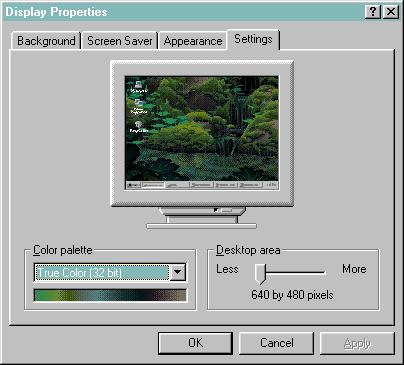
Apublishing platform to reimagine established relationships between reader, text, and author, and to fully utilize the affordances the web offers in the presentation of text.
Source: Reading Machines

Photographers’virtual gallery | an Okey Studio website
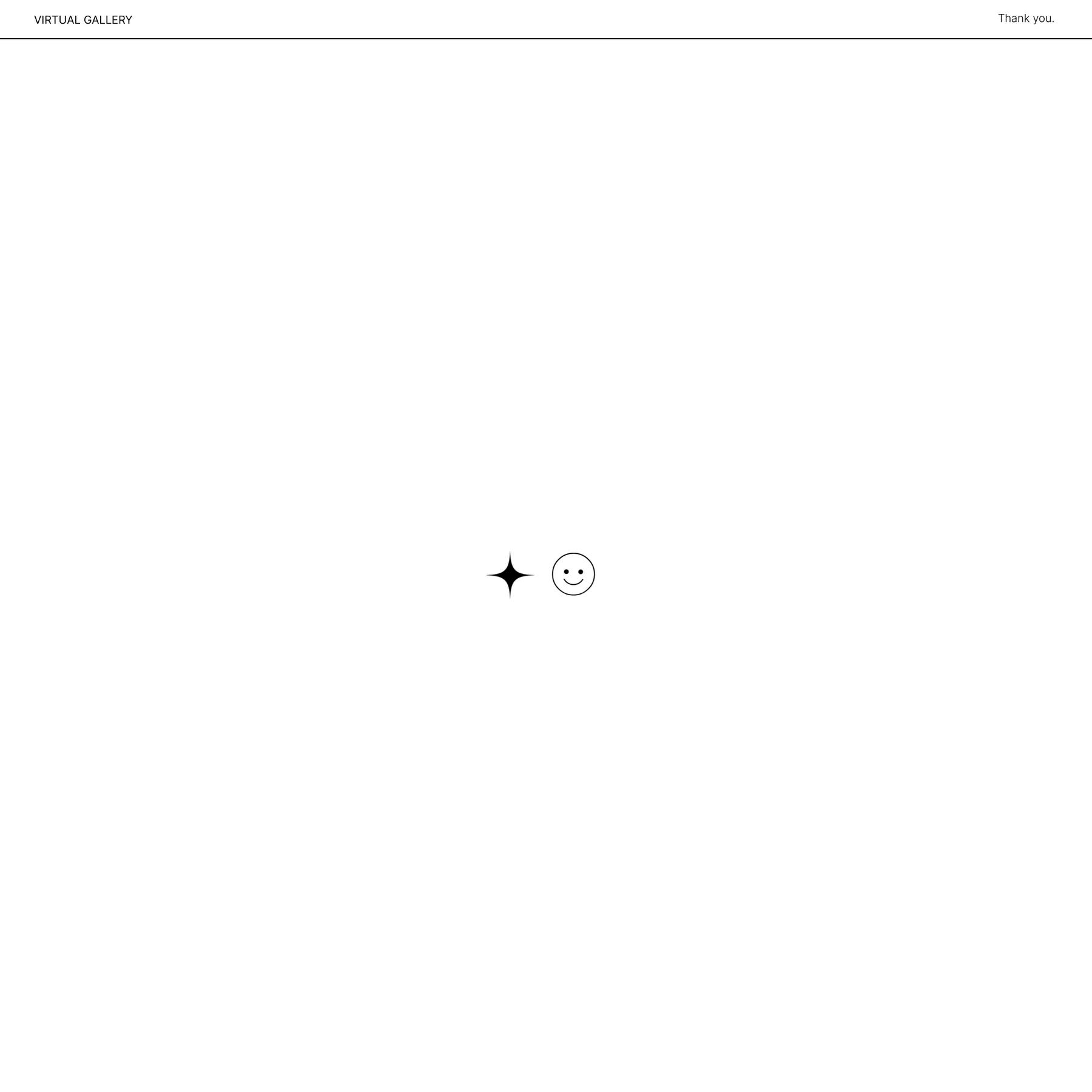
Made with a lot of love and a bit of code by Okey Studio, this website wants to showcase the photos of a few photographers who share their beautiful shots online. Like a little virtual gallery experience, we celebrate their talent.
Source: Photographers’virtual gallery | an Okey Studio website
Source:

Source: tumblr njlb1poixj1s1vzkoo1 500.gifv

Source: FraserMuggeridgestudio FPG GifShow collatedgif.gif

Source: c64ae918-a99b-4483-ba01-bf6e5d998b4c.jpg
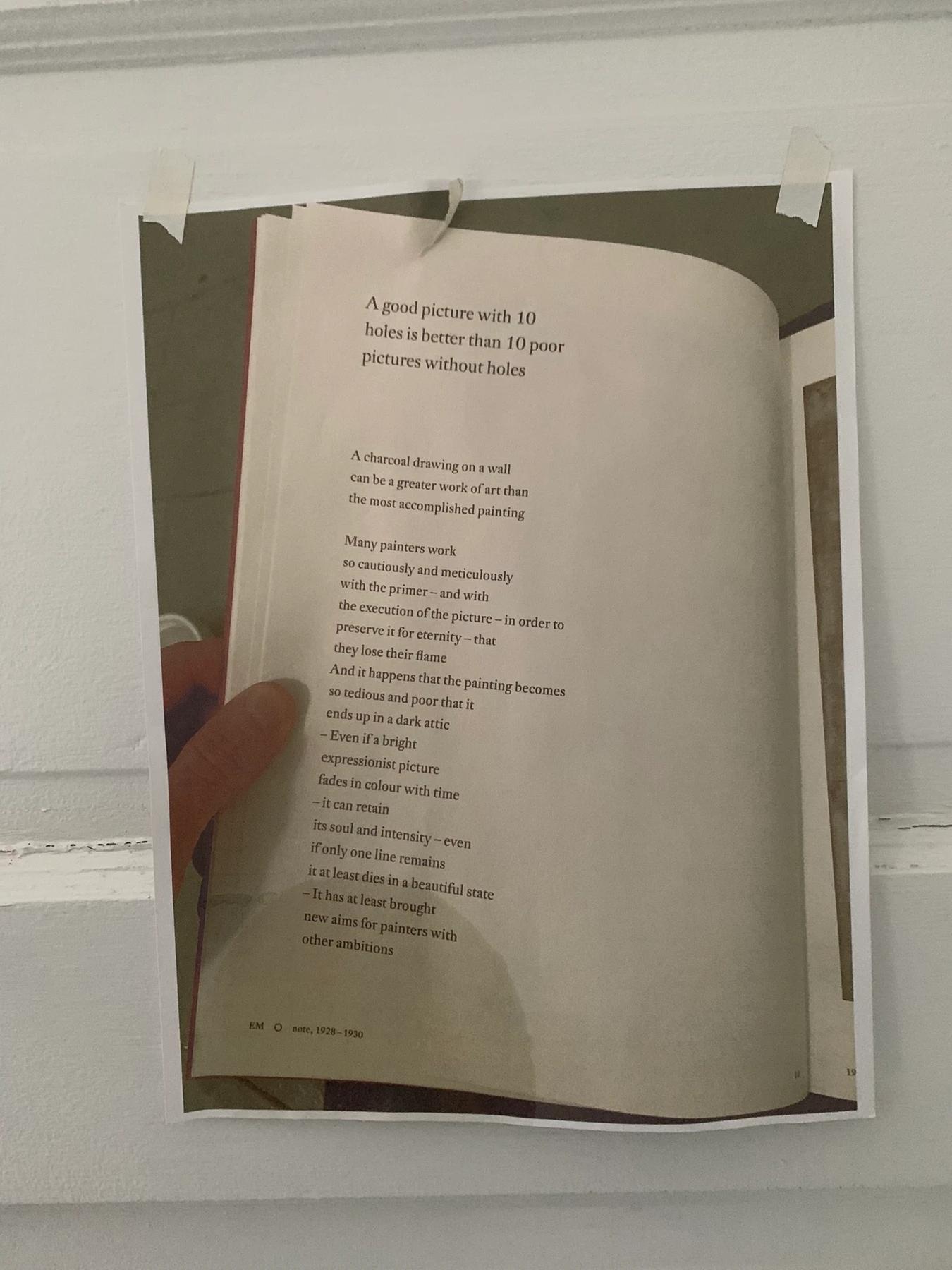
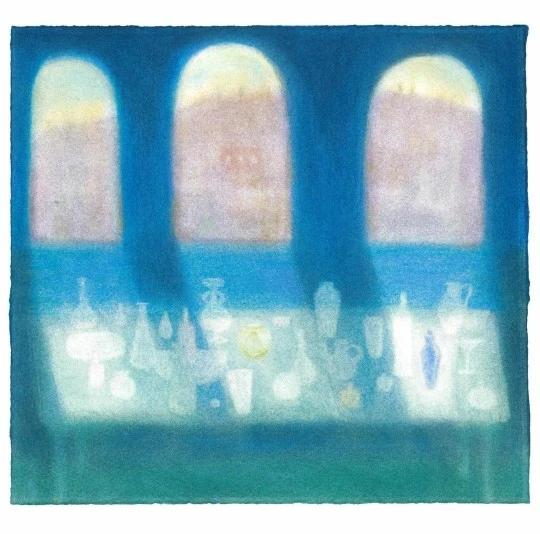
Source: 5b8b0ccd-9025-4860-a0c2-c2181a92628b.png



Gian Ugo Polesello,Aldo Rossi, Luca Meda. Casabella 278 1963, 49
RNDRD |Apartial index of published architectural rendering
Source: Gian Ugo Polesello,Aldo Rossi, Luca Meda Casabella 278 1963, 49

Post-office is a cooperative space as prototype of our collective futures Aplace to make full democratic use of, or simply work, read and think from--especially on new worlds beyond profit. We want to get free from rent and bosses, and free to be creative again, free to cooperate with each other and the planet.
Source: post-office coming soon

Source: Start
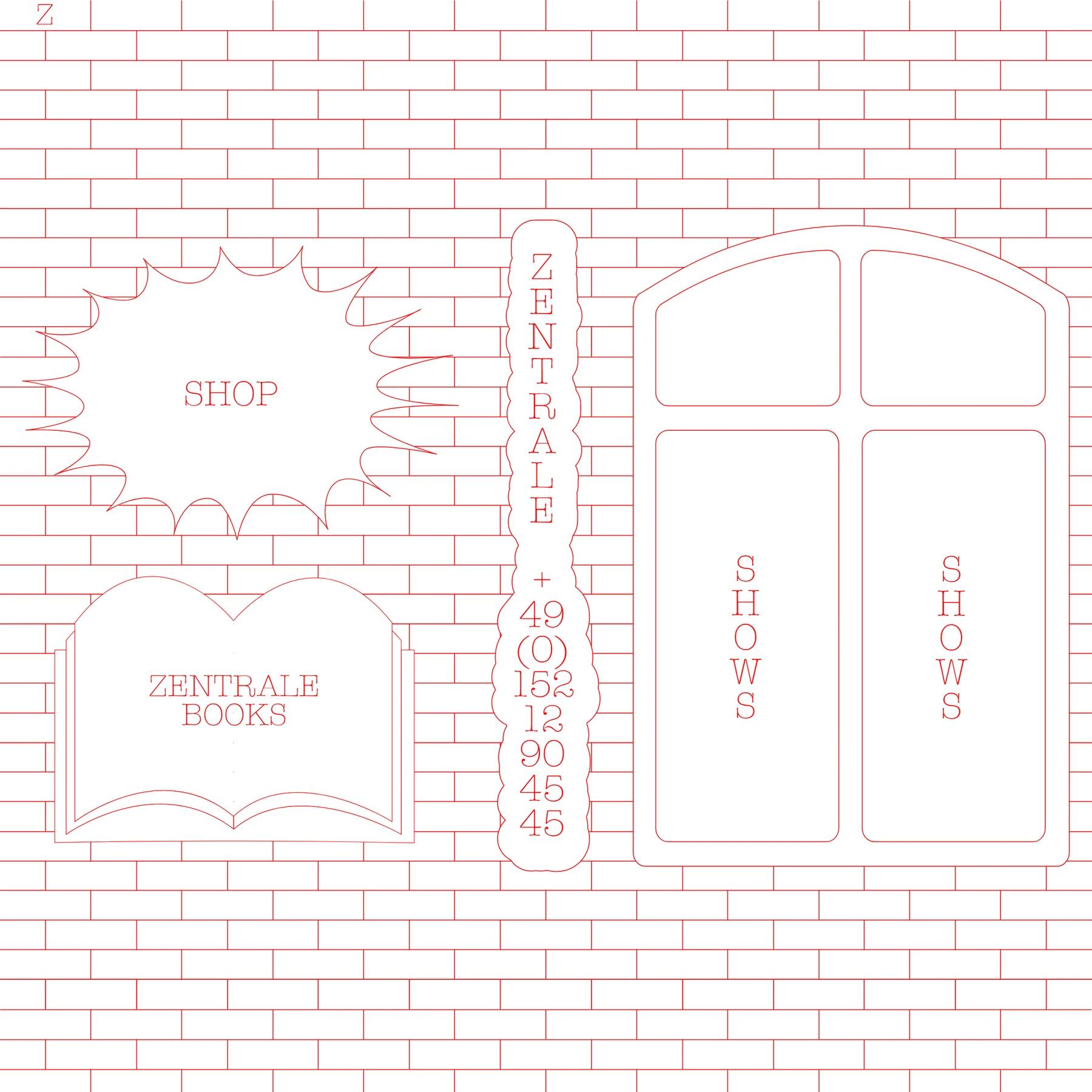
Speak, Draw! is a collaborative canvas where you can draw along with anyone on the web by speaking. It utilises p5.js and Web SpeechAPI, and takes drawings from Quick, Draw! dataset.
Source: Speak, Draw!

https://wwwinstagram com/p/Cs9V9UEsdSm/
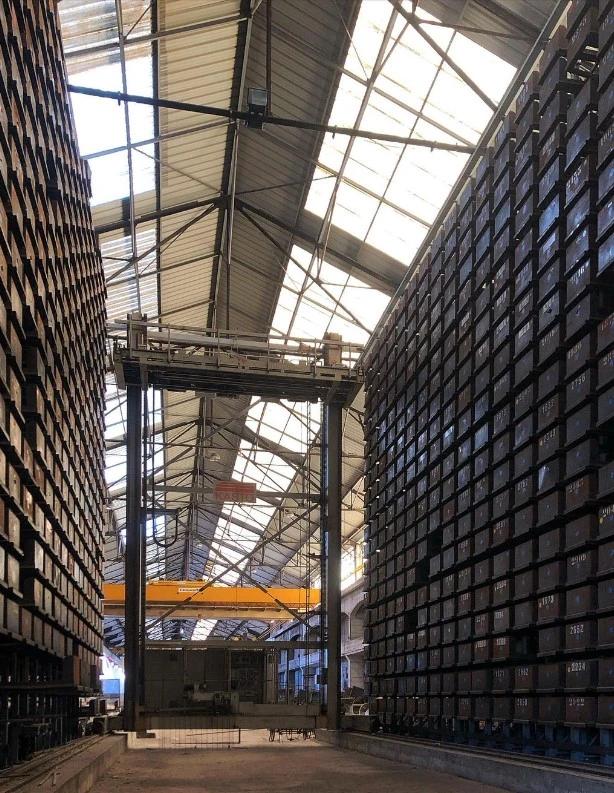

Earth-Moon-Earth (E.M.E.) radio is a form of transmission whereby messages are sent in Morse code from Earth, reflected off the surface of the Moon, and then received back on Earth.The Moon reflects only part of the information back: some is absorbed in its shadows or lost in its craters
Katie Paterson Earth Moon EarthSource:AltText as Poetry Workbook


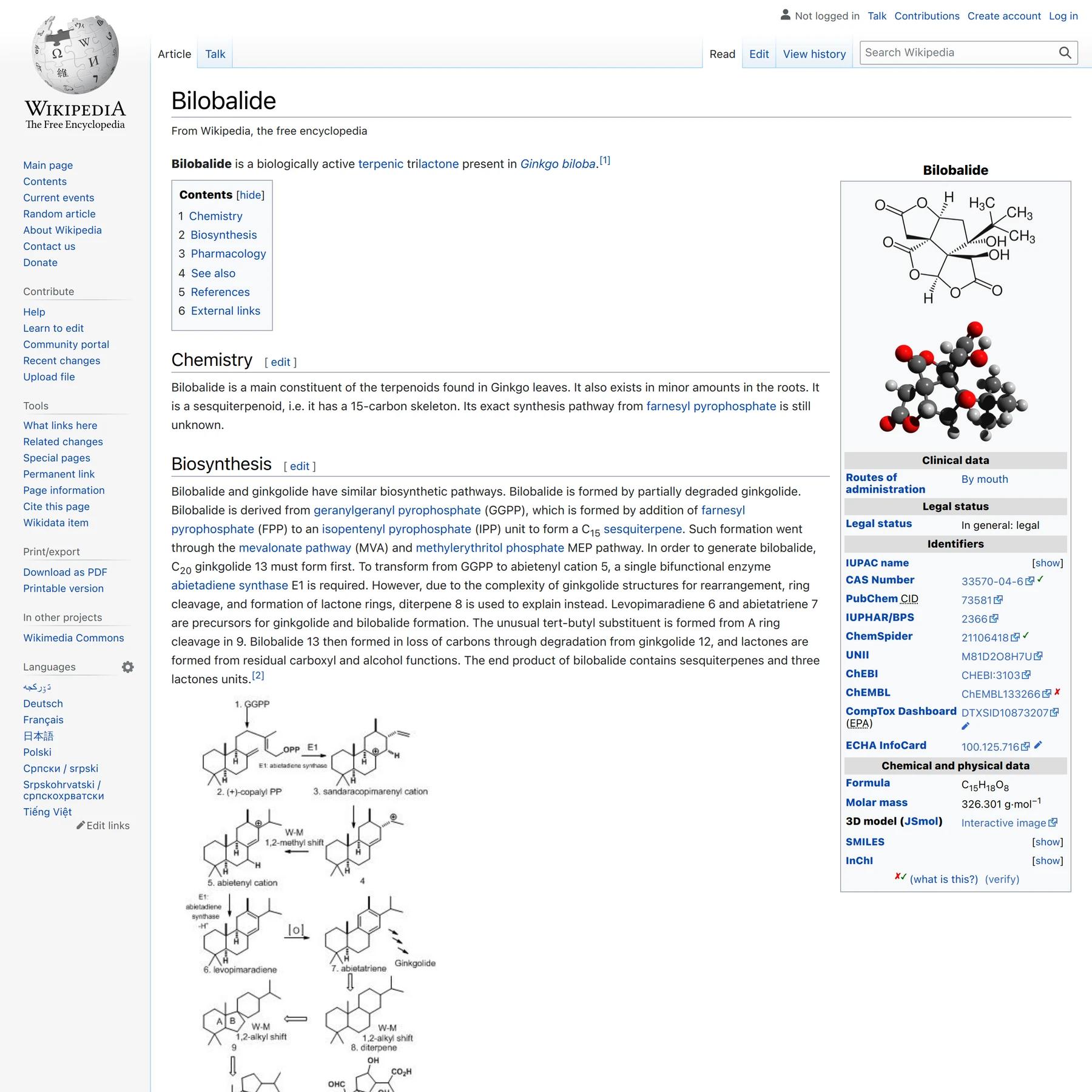
IUPAC name
Source: Bilobalide - Wikipedia
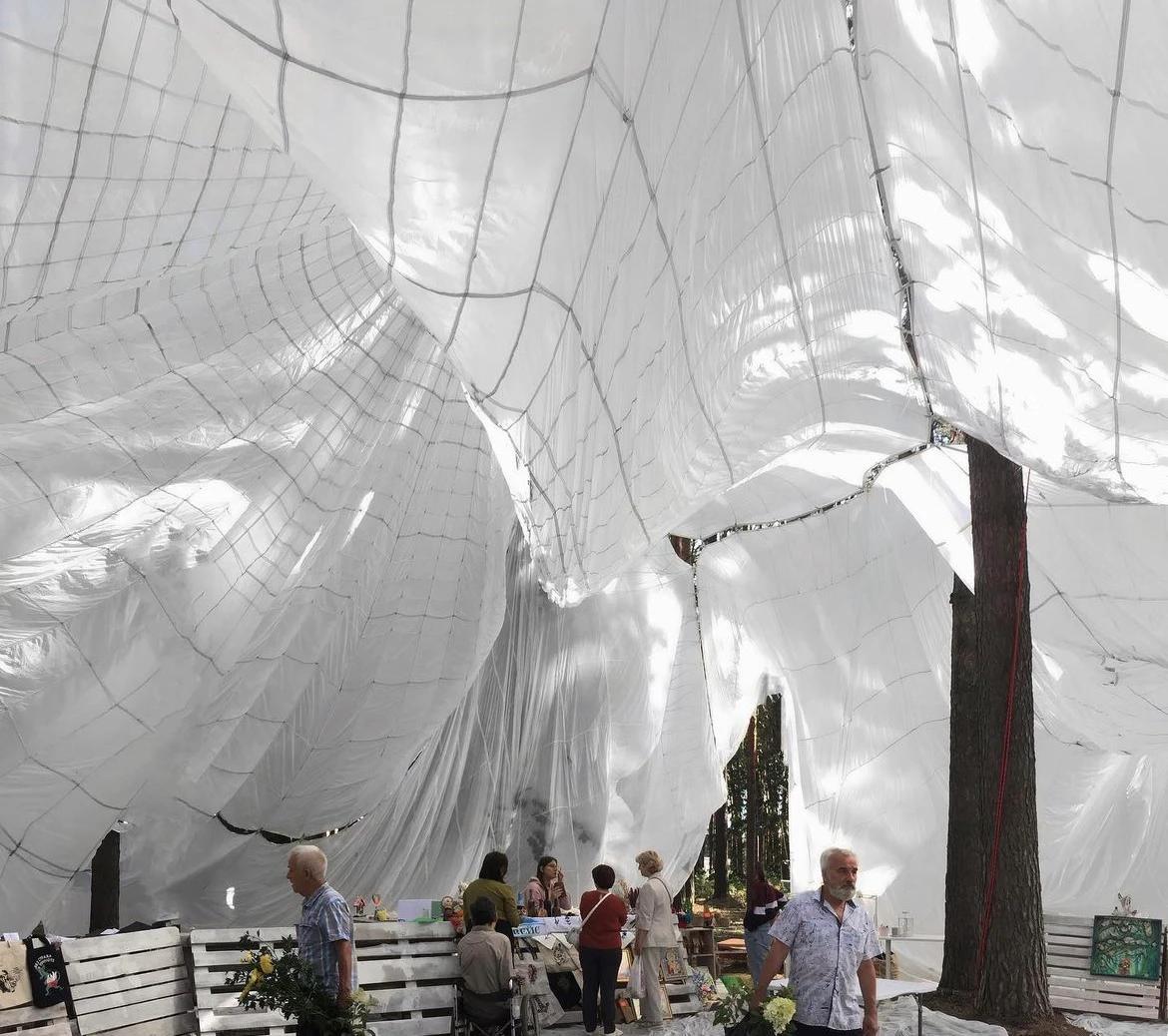
“Coming back to Paris,” she said, after a moment, “is always so lovely, no matter where you’ve been.” We got into a cab and our driver made a wide, reckless circle into the stream of traffic. “I should think that even if you returned here in some awful sorrow, you might—well, you might find it possible here to begin to be reconciled.”

2 entries downloaded on Sept. 2, 2020, 8:13 p.m. 2 entries downloaded on Oct 21, 2020, 12:25 a m 4 entries downloaded on Oct. 21, 2020, 12:30 a.m. 2 entries downloaded on Oct. 21, 2020, 12:35 a.m. 1 entry downloaded on Oct. 21, 2020, 12:35 a.m. 2 entries downloaded on Oct.
Source: Index - Cyberfeminism Index
Hundredrabbits create open source low-power hardware, tools and toys aboard a sailboat named Pino
Source: Hundred Rabbits
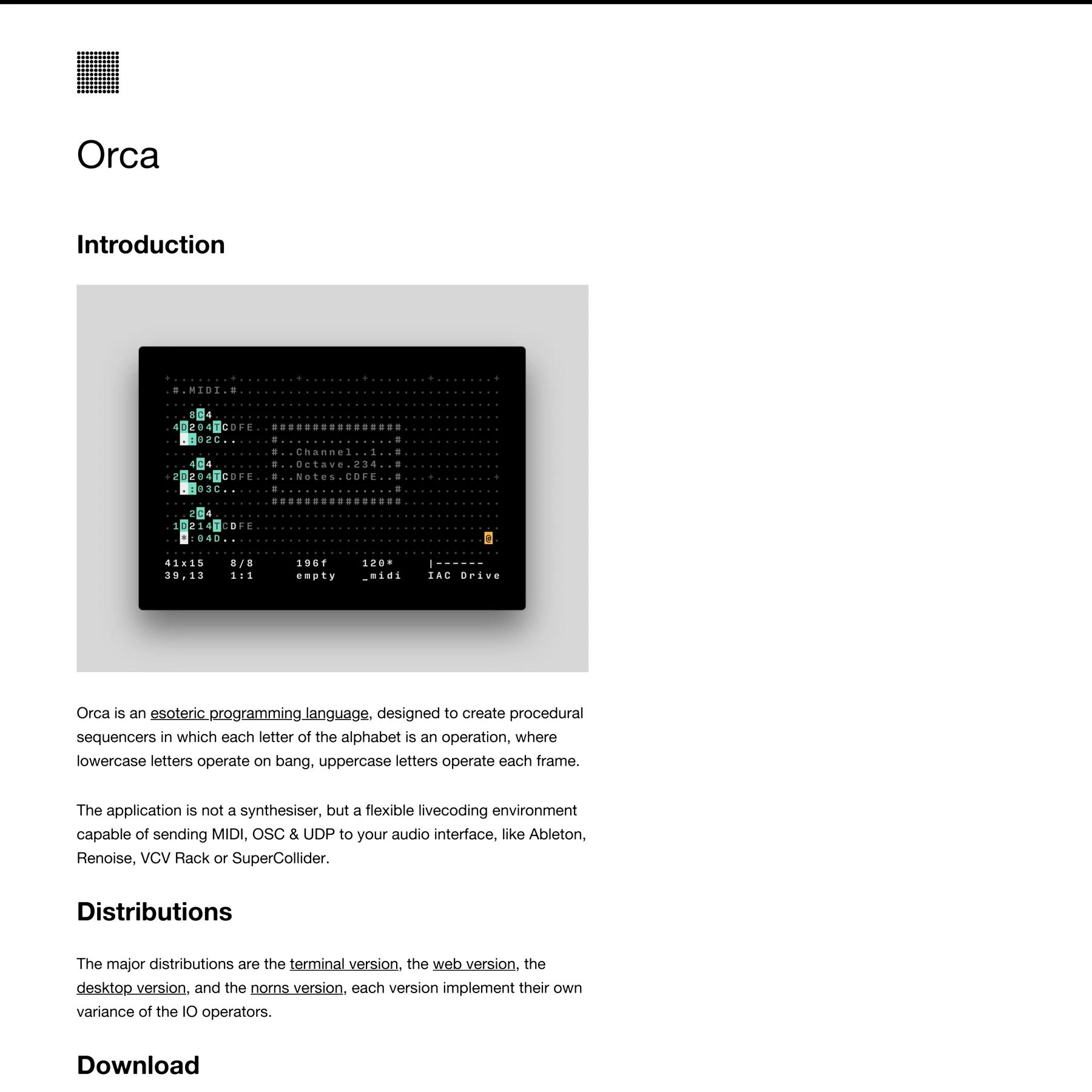
Source: merlin 136801893 ed24b928-702c-453c-bcc6712245863820-mobilemasterat3x.jpg

Awhile ago we wrote about British castles and how they became an inspiration for Louis Kahn’s research on “servant” and “served” spaces.Afurther historical example on the use of the thickness of a wall as an inhabitable volume may be found in some of the fortified churches sprawled all over…
Source: Walls as Rooms / 2: Fortified Churches inTransylvania
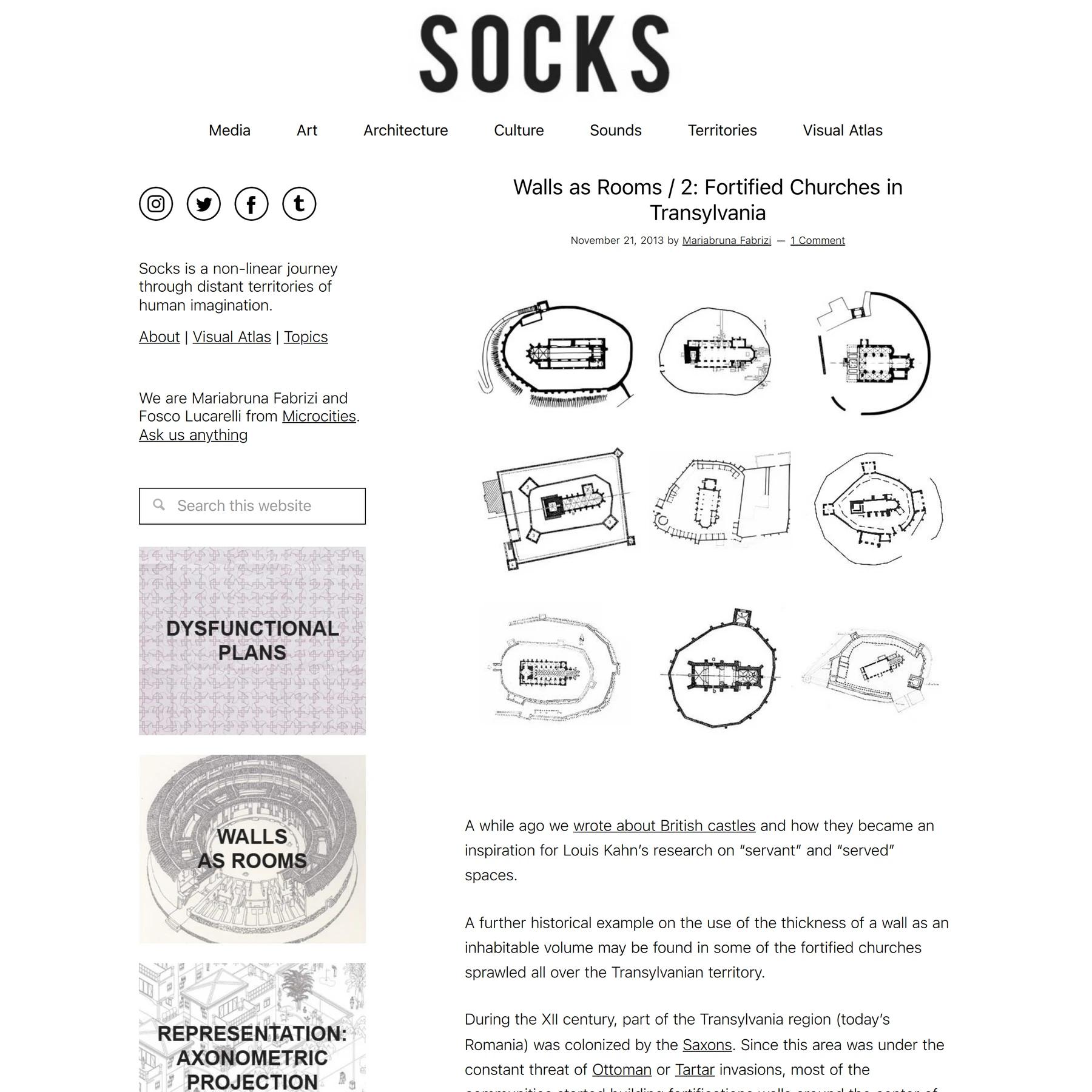
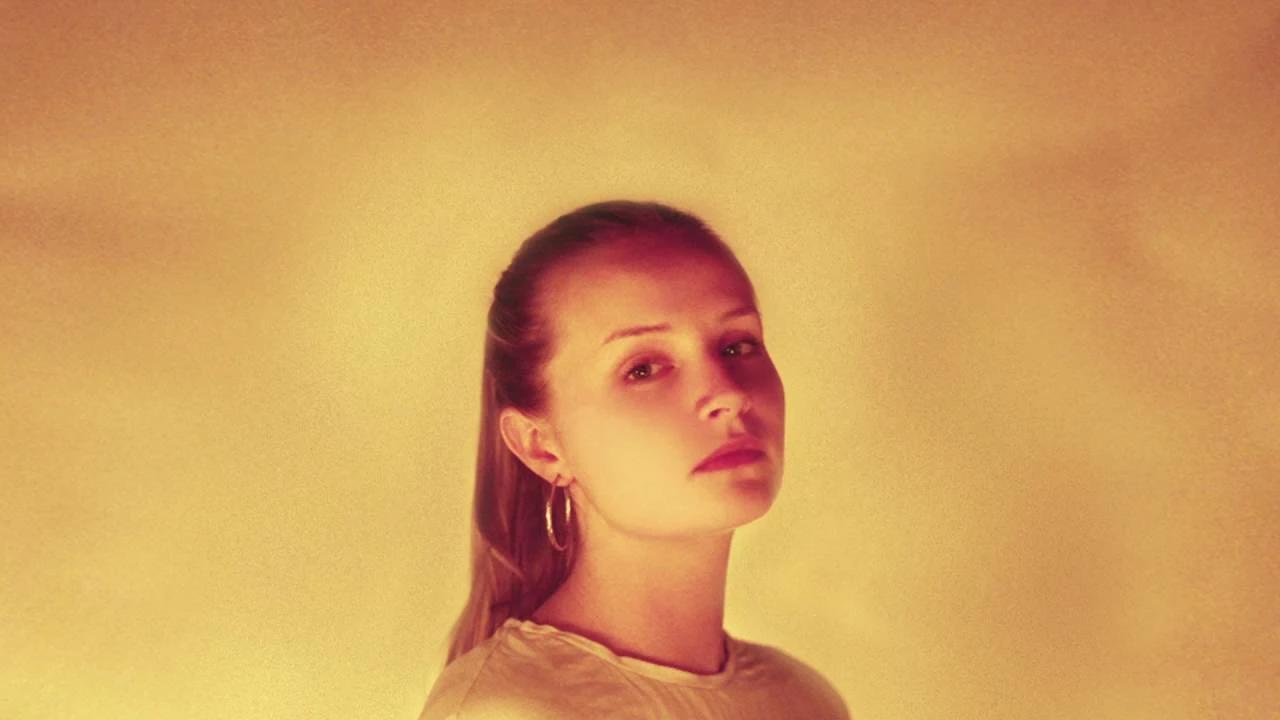
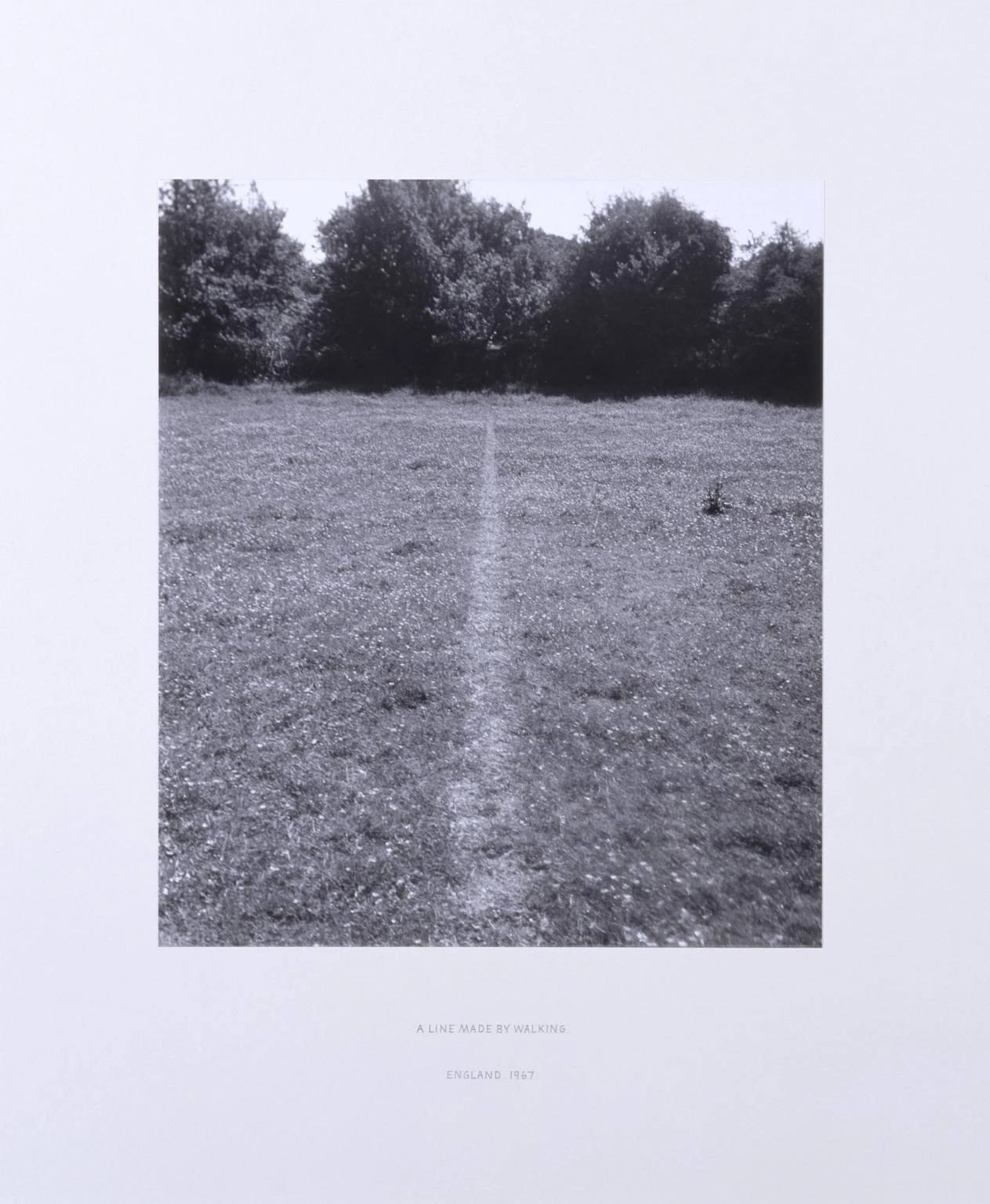
This formative piece was made on one of Long’s journeys to St Martin’s from his home in Bristol. Between hitchhiking lifts, he stopped in a field in Wiltshire where he walked backwards and forwards until the flattened turf caught the sunlight and became visible as a line. He photographed this work, and recorded his physical interventions within the landscape.
Although this artwork underplays the artist’s corporeal presence, it anticipates a widespread interest in performative art practice.This piece demonstrates how Long had already found a visual language for his lifelong concerns with impermanence, motion and relativity. - Gallery label, May 2007
Photograph, gelatin silver print on paper and graphite on board
Image: 375 × 324 mm
framed: 623 × 826 × 26 mm
Richard Long,Aline made by walking (1967)Source:ASCIICKER - Let's kick someASCII

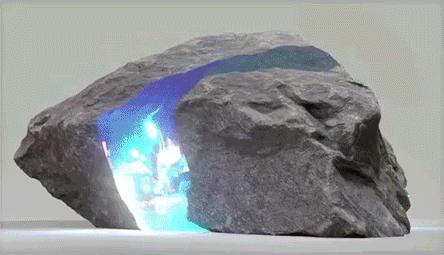

Source: EzekielAquino

I wanted to communicate the type of shots I wanted to capture to my group members so I made this small storyboard of ideas. I wanted to match a similar energy to the killer stalking his prey in a horror movie, capturing life from that more ominous point of view.
Source: fd422074-ea39-417e-9312-c99f0c509b77.jpg
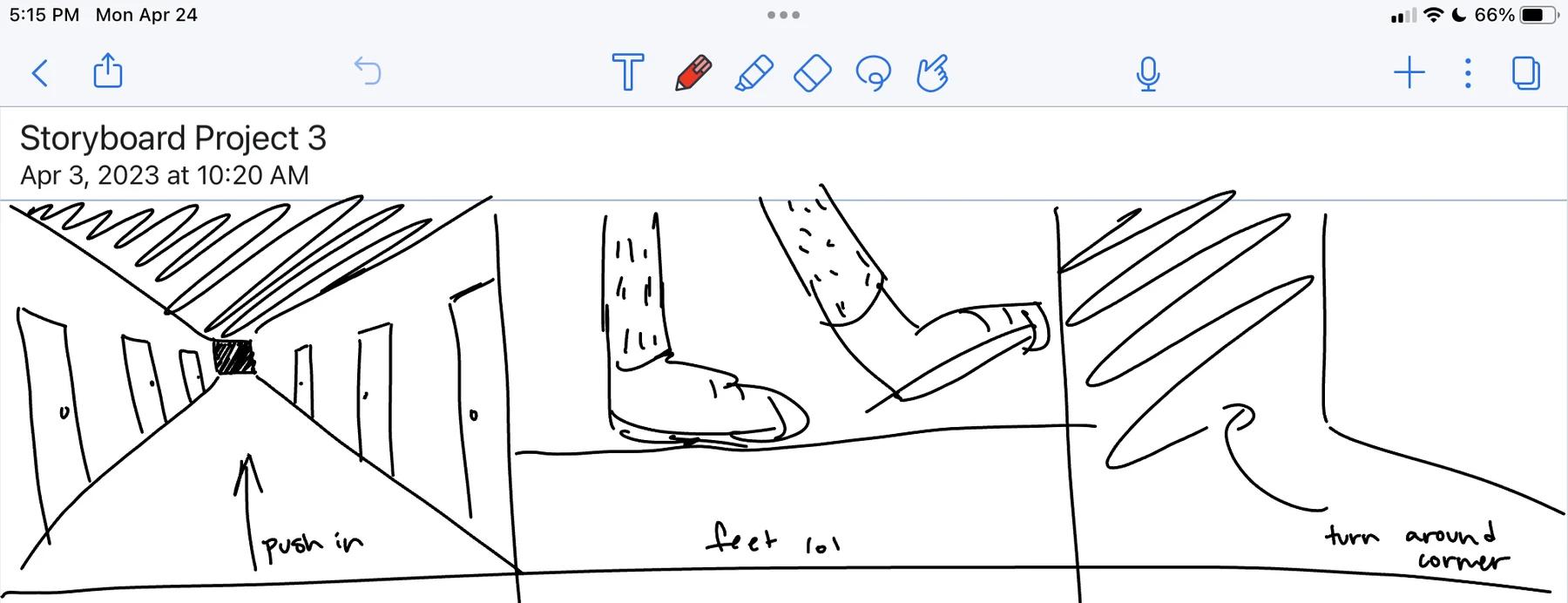
Source: MURANOTEGET- Simona Vanth

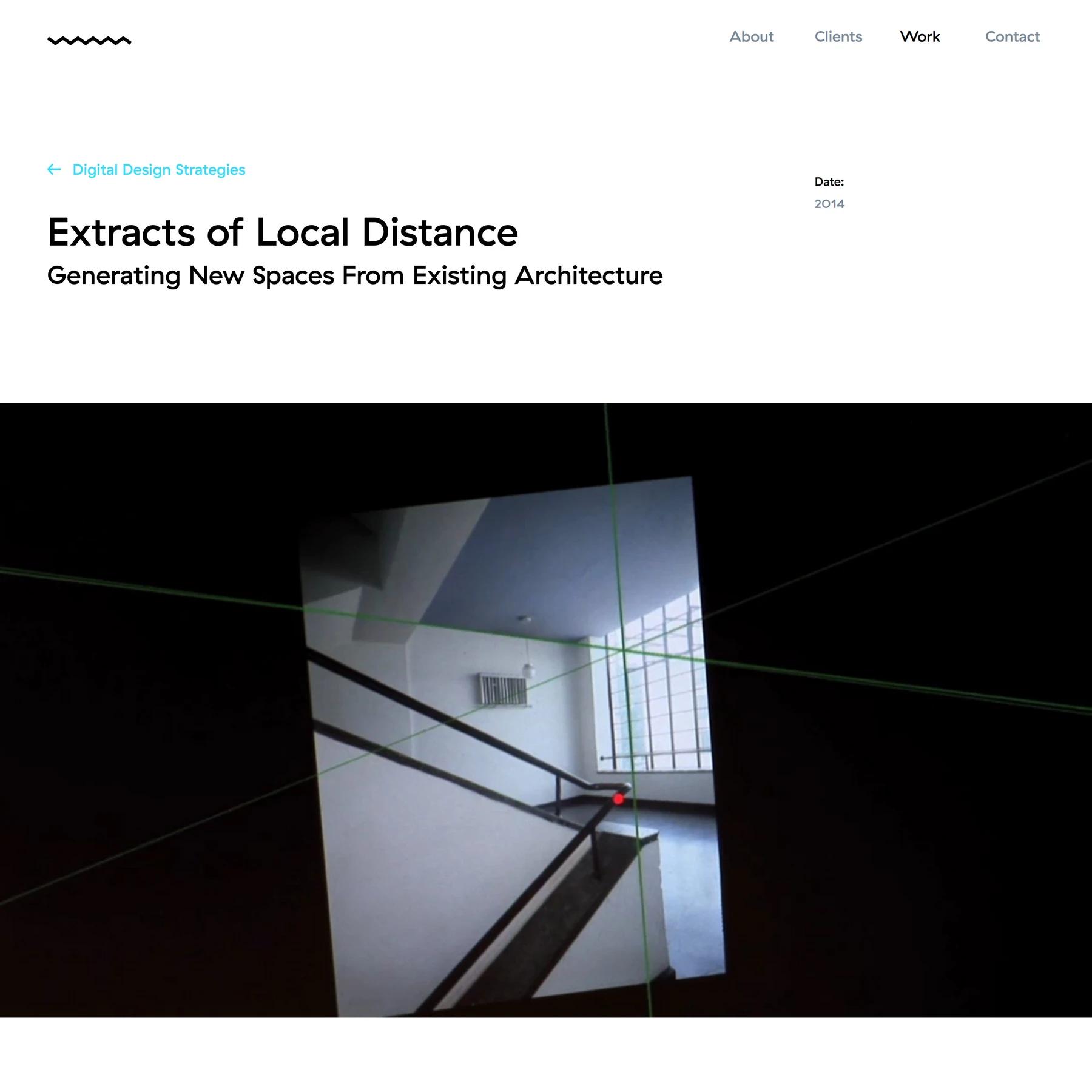
FELD is a design company passionate about uniting the physical and the digital to find new ways of communicating stories and creating experiences.
Source: FELD Studio for digital crafts
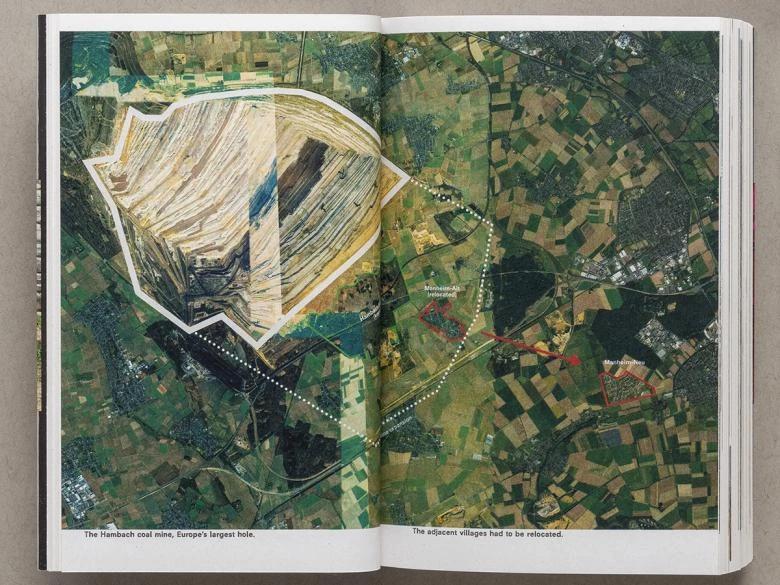

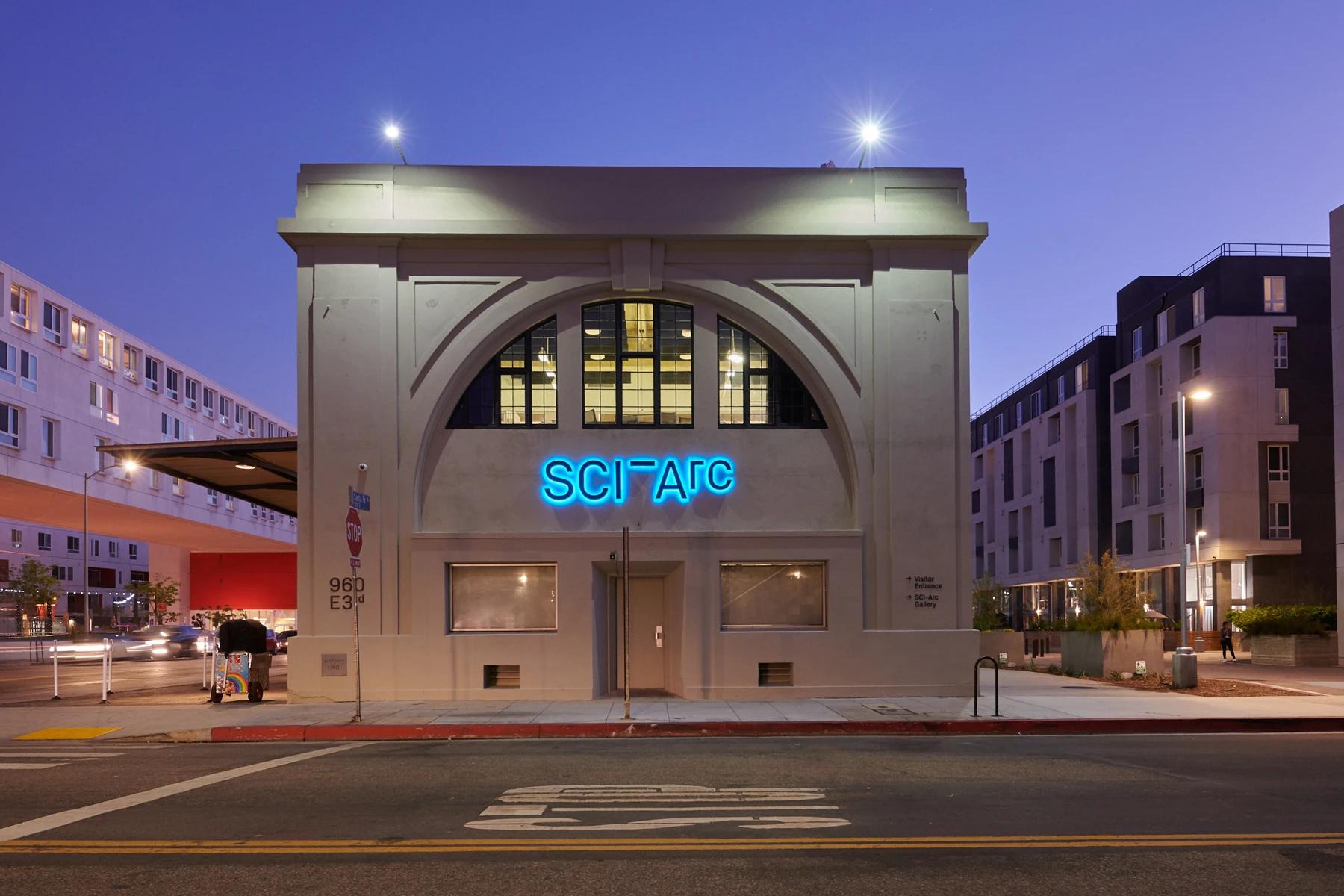
Among other initiatives,Thomas J. Watson Sr. insisted on wellgroomed, dark-suited salesmen when leading IBM from 1914 onwards. | Image composite from J.L. Jolley, Data Study, 1968.
Source:ABrief History of Databases ·Avant.org

Source: CAPC in Bordeaux - Google Search

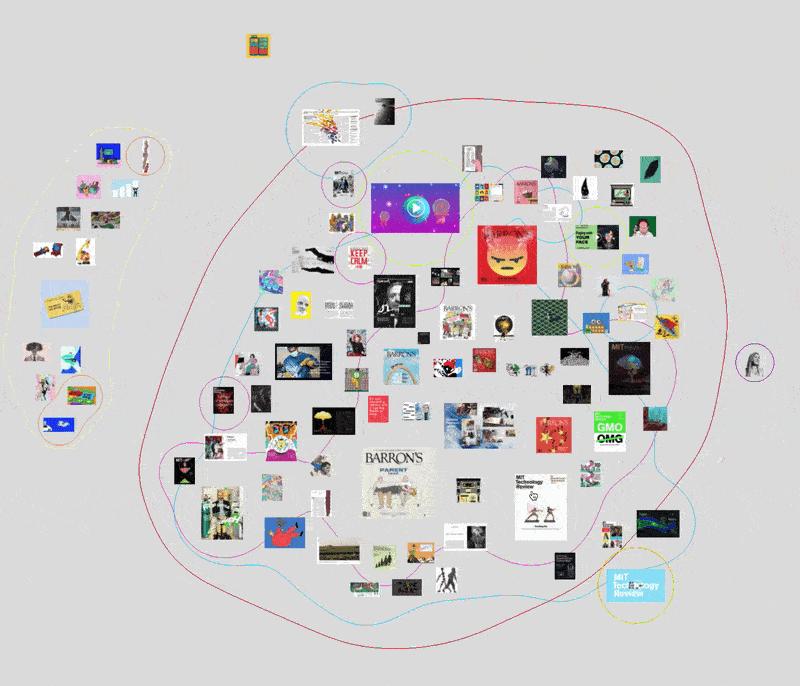 Source: Lynne Carty
Source: Lynne Carty
Aseries of experimental map interfaces from enhanced disorientation to playful geo-imagination.
Source: displayce

“Research is a ceremony for building closer relationship with an idea”
-Shawn Wilson, ‘Research is Ceremony: Researching within an Indigenous Paradigm’.
1. Gradual ending of the idea of linear time as the dominent mode by which narrative is presented (BulletTime). We experience this in our digital lives (non chronological social feeds)
2. Infinite world uninterrupted by cuts, the perfect loop, the infinite scroll.
3. Unbound freedom of movement. Moving through space where the physical laws don't rule our movements, only the camera's will does.The point of view stopped being the representation of a possible human observer.
4. 360 movement, ending the horizontal, ending the primacy of the horizon as the orienting ground plane on which we construct the world.
5. Camera Intifada.Aworld composed entirely of shards, debris, flowing, rushing passed the viewer's eyes, through the frame, only to be pushed, played, penetrated, surrounding.
We moved from a reality under which the audience is an observer to one where they become the protagonist.
Source: Drawing from noise, and then making animated loopy GIFs from there. – necessary-disorder tutorials
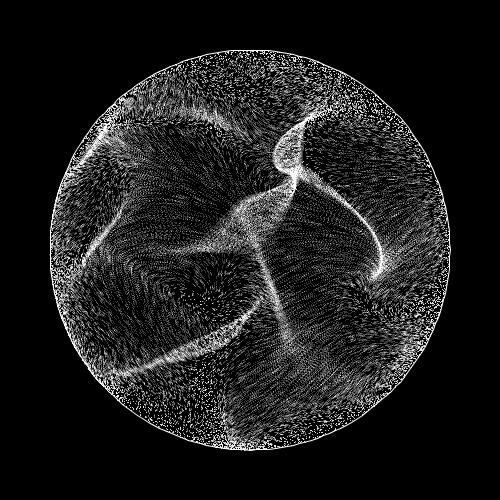
What type of climate best describe the internet?
Polar: cold and dry, with long, dark winters
Mountain: rocky, temperature decrease with elevation
Mediterranean: hot, dry summers and cool, wet winters
Desert: hot and dry year around with very little rainfall
Tropical: hot and wet all year, with temperatures remaining at around 80–82ºF (27–28ºC)
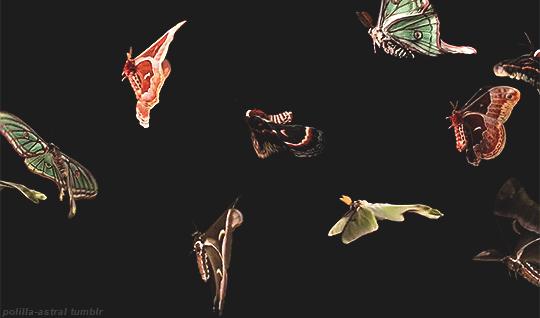
a kinetic type generator from kielm
Source: SPACETYPE GENERATOR

Source: http://tilde.town/~troido/cadastre/town.html

Visualize country borders from different times in history (2000 BC1994)
Source: Historic Borders
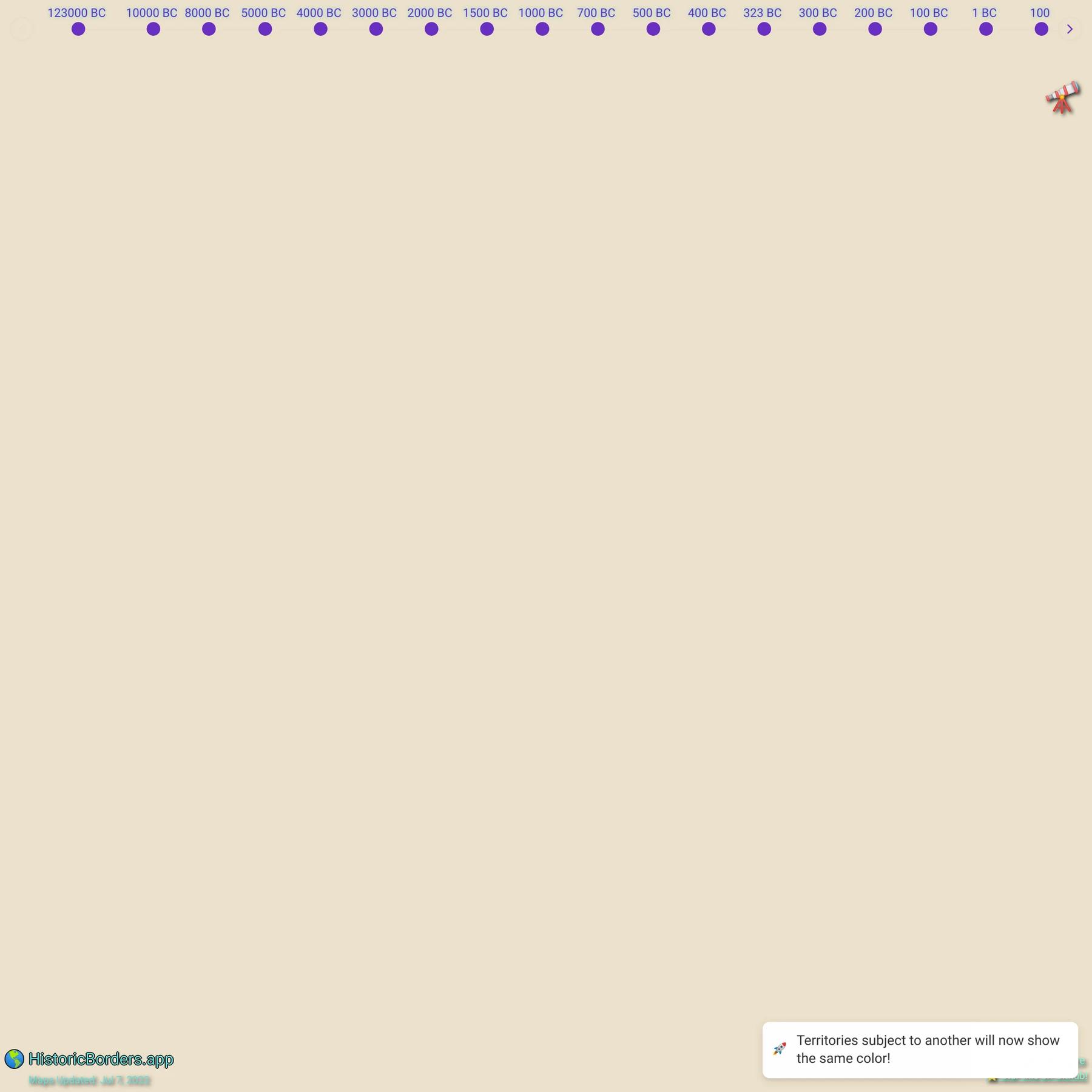

Websitesite 2020-ToolAsite to archive websites I made Blinking Five 2020 JokeA5-second countdown animation made with CSS that failed Don't Forget toTake a Selfie withYour Herbs 2020CampaignAn experiment to archive a specific content, in this case selfies with with herbs without using SNS Reading
Log―In Search of LostTime 2022-Tool Atracker to fisnish reading 6 volumes long book, In Search of LostTime by Marcel Proust as part of achieving Doable List
Source: Websitesite
Cargo
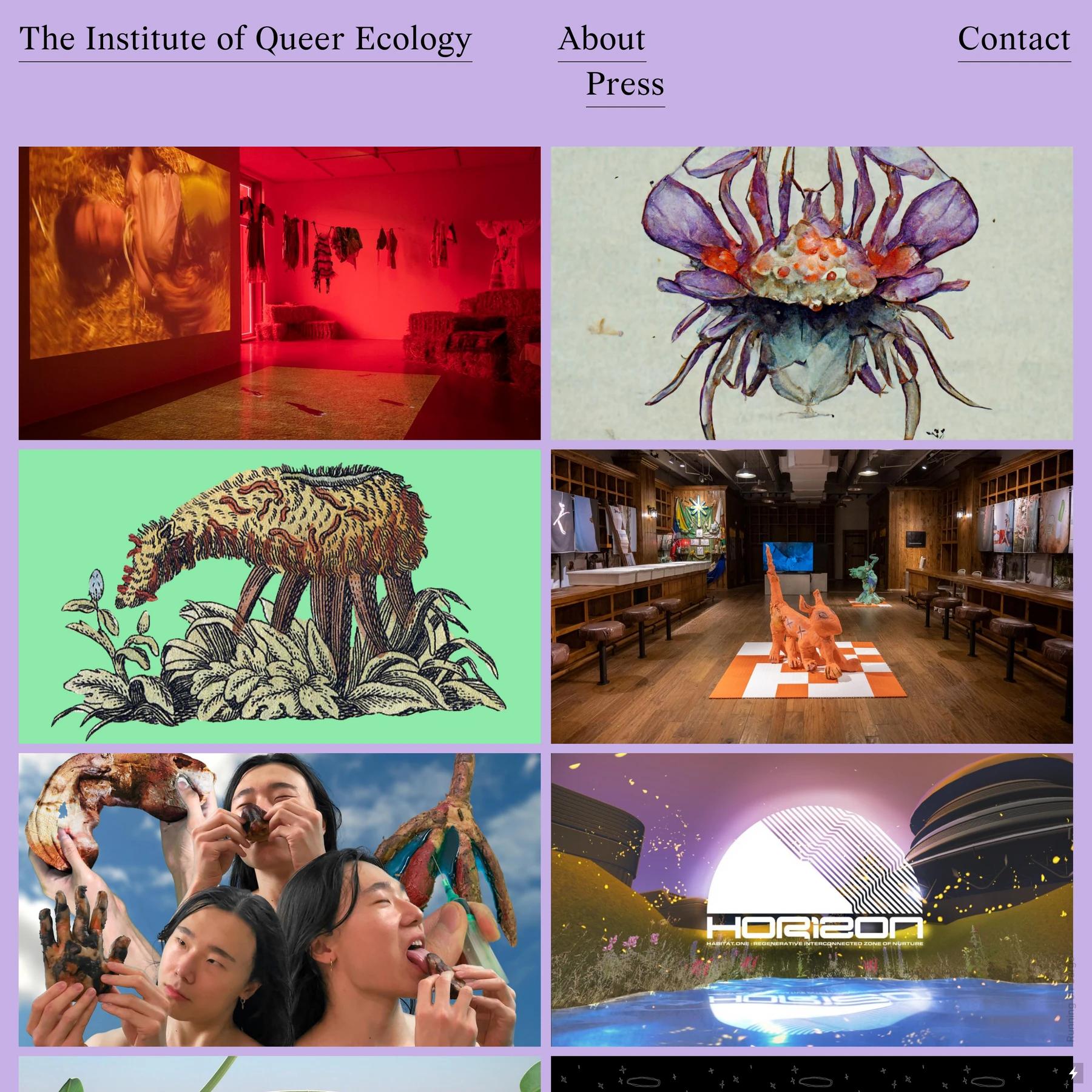
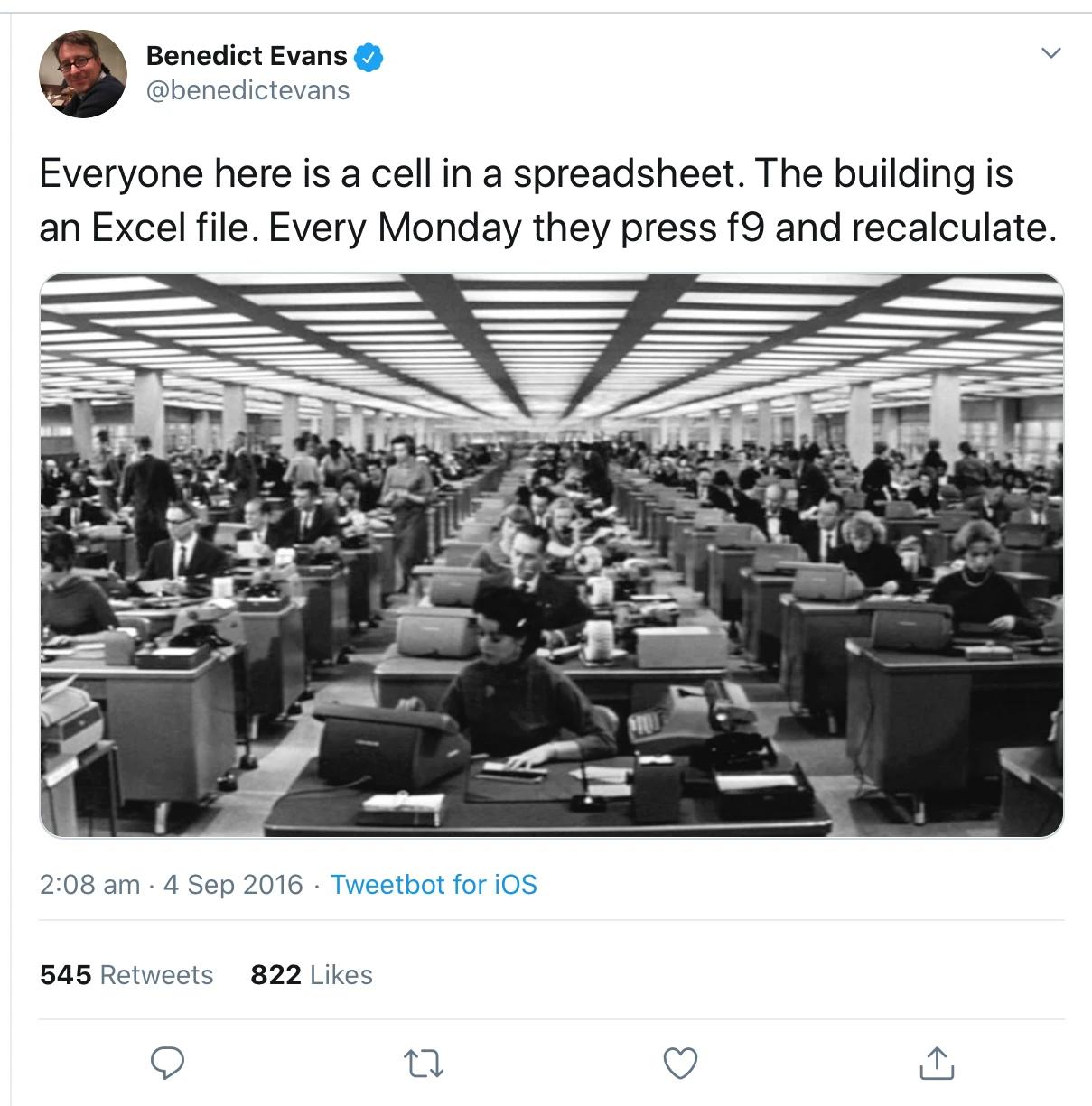
Tomb Index is the first published monograph of graphic designer David Rudnick’s work, designed and published byTerrain [designers of DanielArnold – Pickpocket].The book is an extreme graphic design opus, containing a number of production techniques that are unique to this publication.It catalogue…
Source:TOMB INDEX | ELARA.WORLD

Source: david rudnick-3.png?w=2000

Source: matty bovan-slide-jem7-superjumbo.jpg?format=1000w

Source: 5fc6cfc6cfe905c6a78c77a6e34bdf2a-mood-boardspunk.jpg

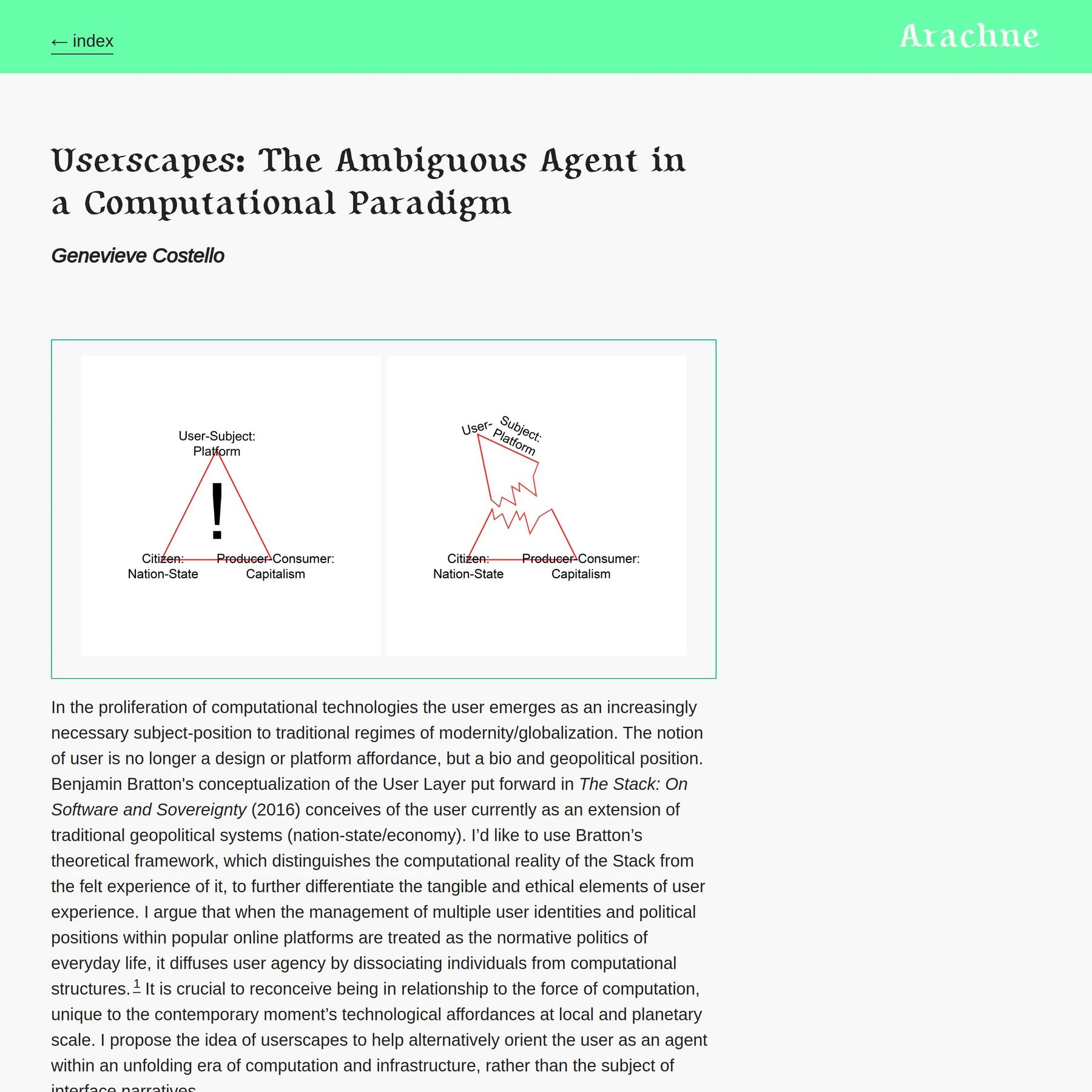
In the proliferation of computational technologies the user emerges as an increasingly necessary subject-position to traditional regimes of modernity/globalization The notion of user is no longer a design or platform affordance, but a bio and geopolitical position. Benjamin Bratton’s conceptualizat…
Source: Userscapes:TheAmbiguousAgent in a Computational Paradigm
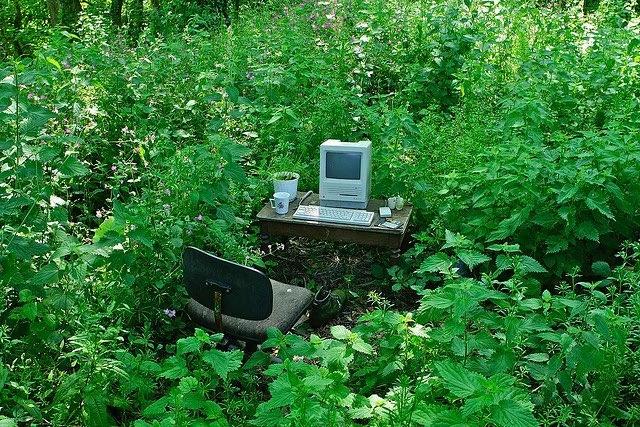
Source: Balenciaga: High Summer 21 is here | Milled

The 1989 competition entry for a resort in Santo Domingo, was for Elia Zenghelis (teacher, co-founder and former partner of OMA) and Eleni Gigantes the occasion for questioning the limits and the conventional relationship between city and nature. Whereas the dense urban core usually moves…
Source:The Pleasures of Suburban Life: LasTerrenas Resort (Elia...


The project culminated in an exhibition Michael Jackobs curated at the GSD, Harvard (Mountains and the Rise of Landscape, with a section on faux mountains, January to March 2019)
ISBN: 978-1-943532-55-1 Binding: Softbound Pages: 208pp Publication
Date: June 2022 Size: 6.25” x 9.5” Portrait…
Source: Faux Mountains – Oro Editions – Publishers of Architecture,Art, and Design
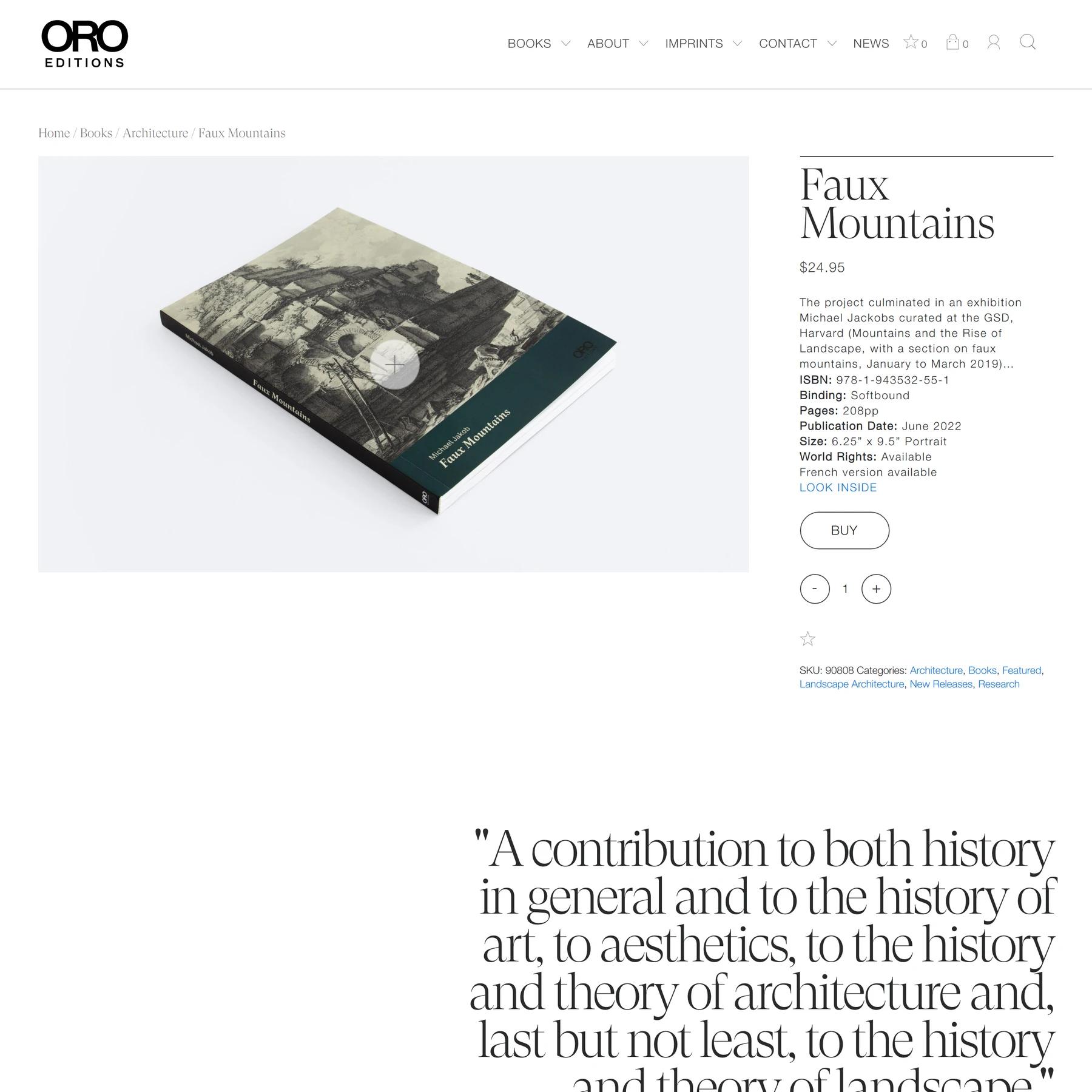
Source: scenius - Google Search

Consider Charles Darwin, who throughout his life alternated between geology, zoology, psychology and botany, always with a couple of projects in the foreground, others in the background, everything feeding not competing for attention. He undertook his celebrated voyage on the Beagle with “an ample and unprofessional vagueness in his goals”. If you want proof as a digital gardener that arranging and rearranging can work, the Curious Mind book is worth a read.

Learning and memory are by default automatic processes; their efficacy is proportional to the relevance that the thing to be learned has to your life (frequency, neurons firing together, synaptic pruning, interconnections, etc.). You could say that this relevance acts as filter for incoming information.
There are reasons why you might want to sneak information past this filter ("artificial learning"):
I. To learn abstract knowledge that is far removed from daily life (e.g. math).This is done using analogies, mnemonics, examples, anthropomorphism, etc.
II. To interfere with the process of "natural learning" with the goal of improving learning mechanisms, for example when learning a skill like playing the piano.This is done using deliberate practice, analysis, etc. See these methods as gardening techniques. We either let the garden of the mind grow naturally or we sculpt it deliberately.
Anetwork for shaping Softer digital futures
Source: Softer

Source: mg 8367.jpg?format=750w
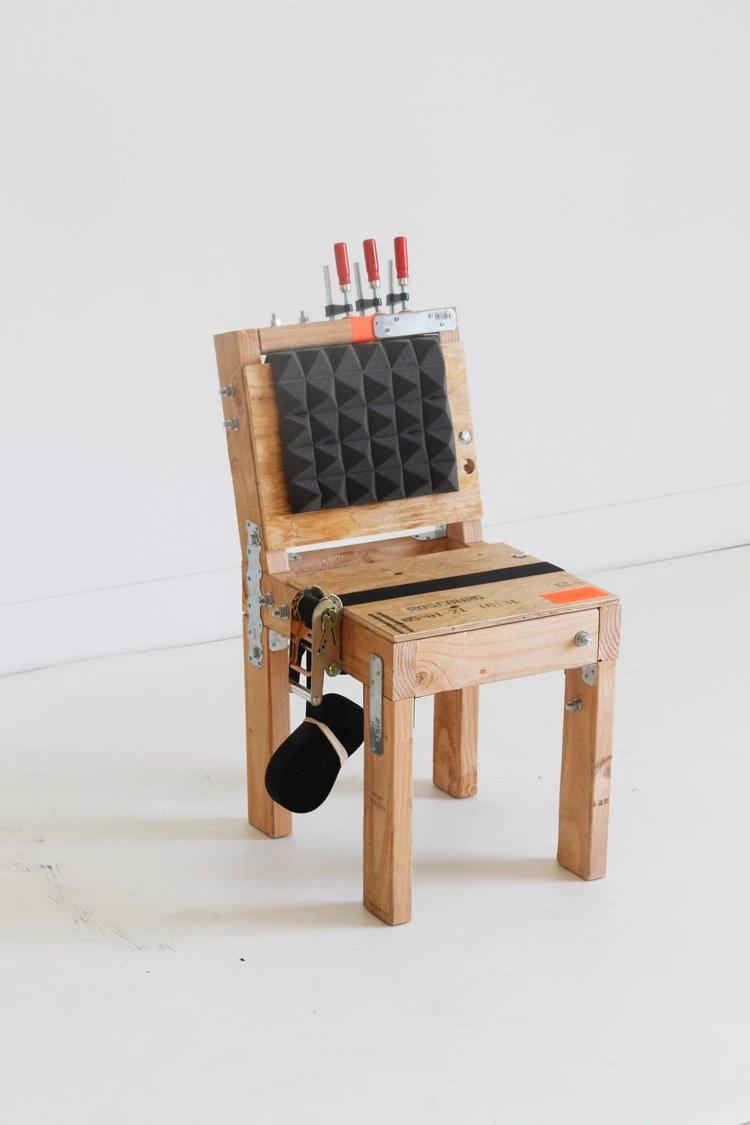
“Any fact becomes important when it’s connected to another.”
― Umberto Eco, Foucault’s Pendulum
Assemblage, as used in Deleuze and Guattari'sAThousand Plateaus, refers to a site where material practices intersect with discursive formations.An assemblage contains "lines of articulation or segmentarity, strata and territories; but also lines of flight, movements of deterritorialization and destratificaion. Comparative rates of flow on these lines produce phenomena of relative slowness and viscosity, or, on the contrary, of acceleration and rupture. All this, lines and measurable speeds, constitutes an assemblage" (A Thousand Plateaus, p.4)